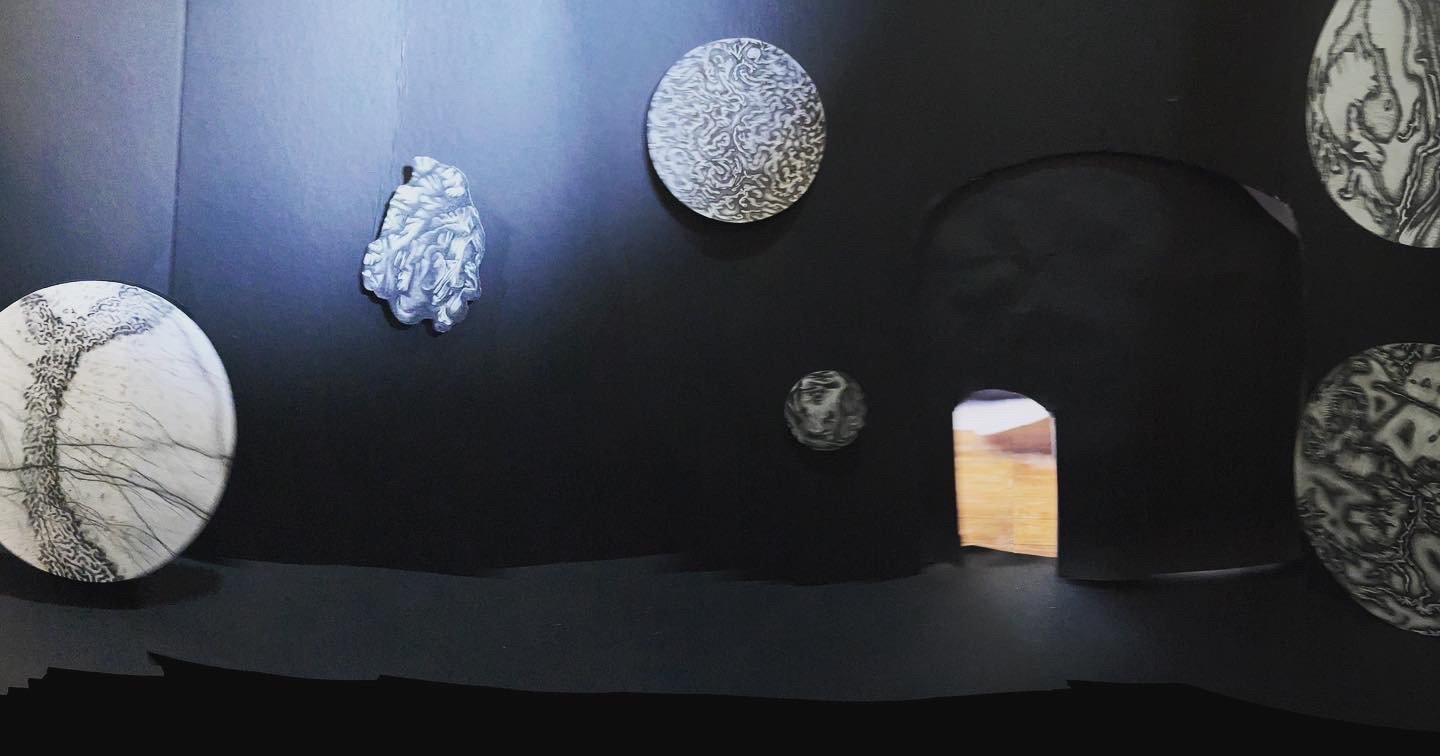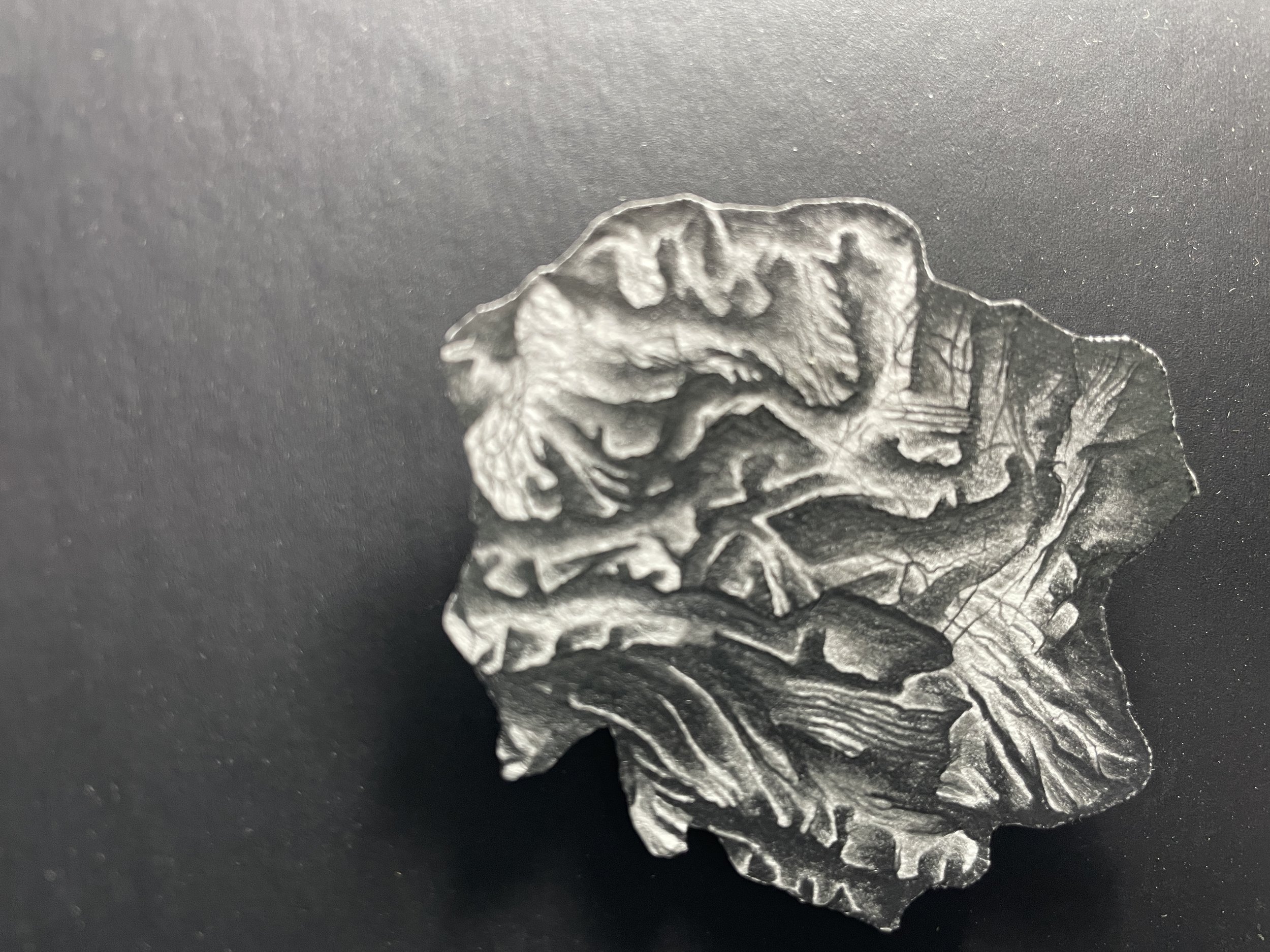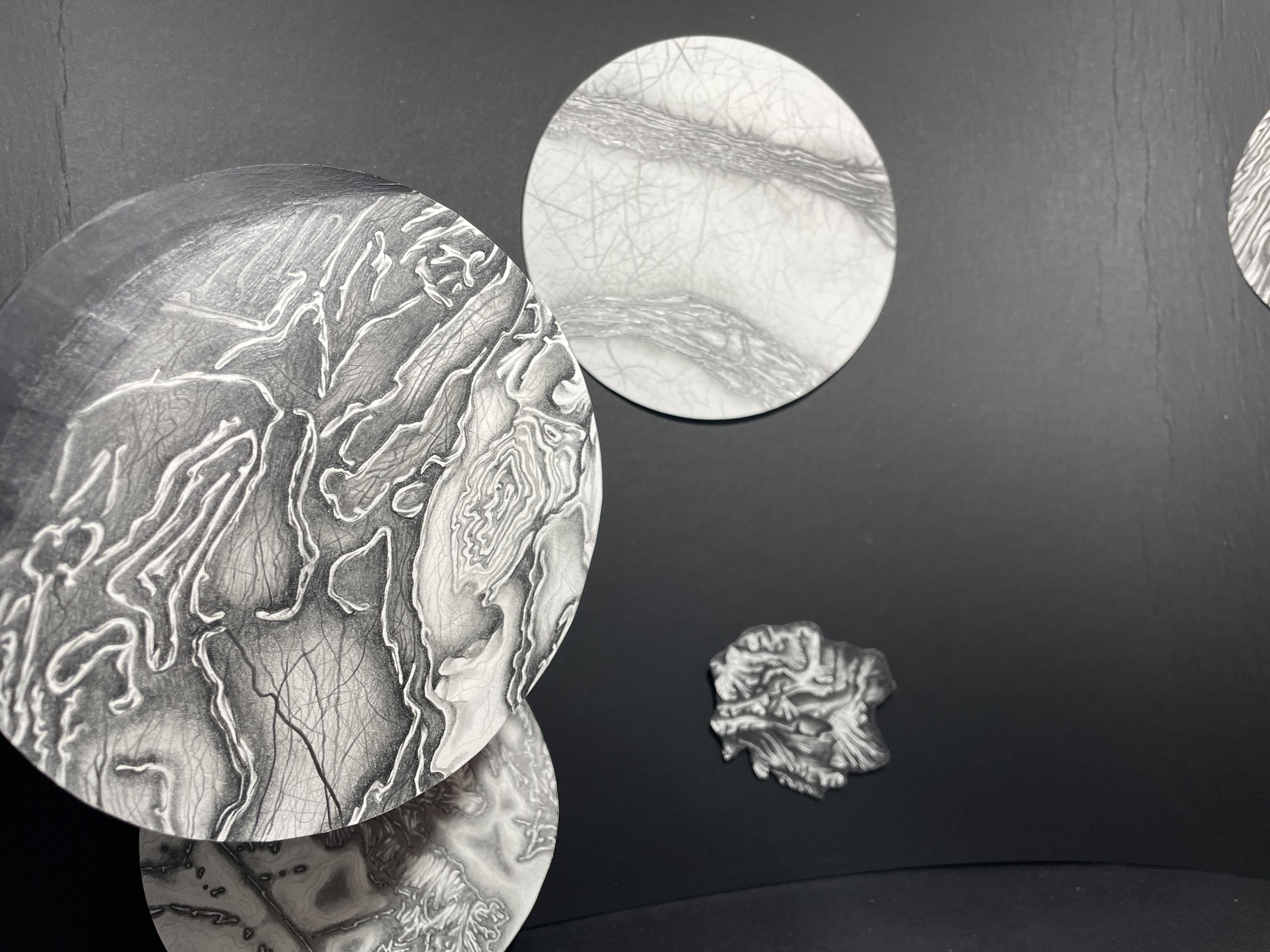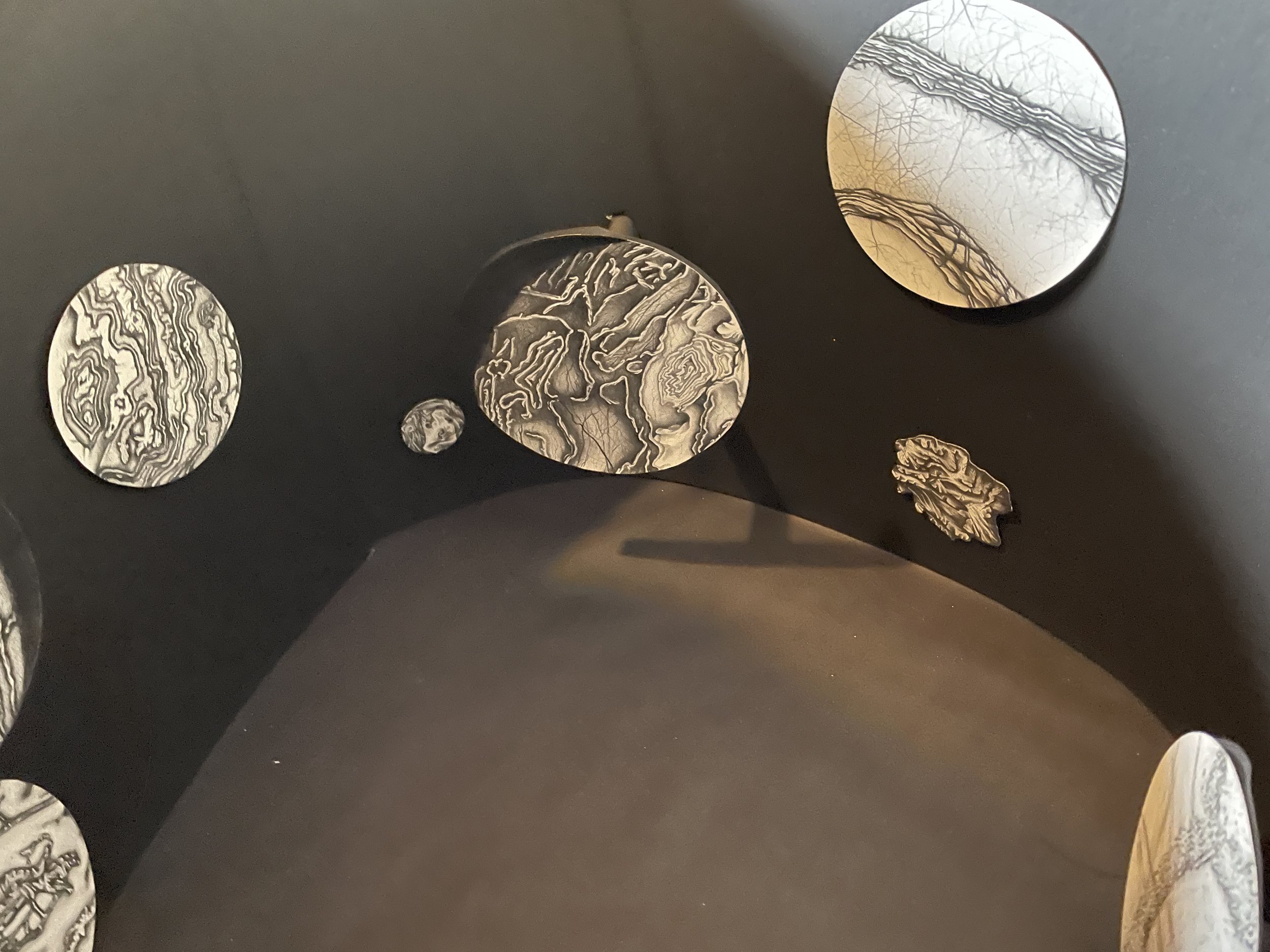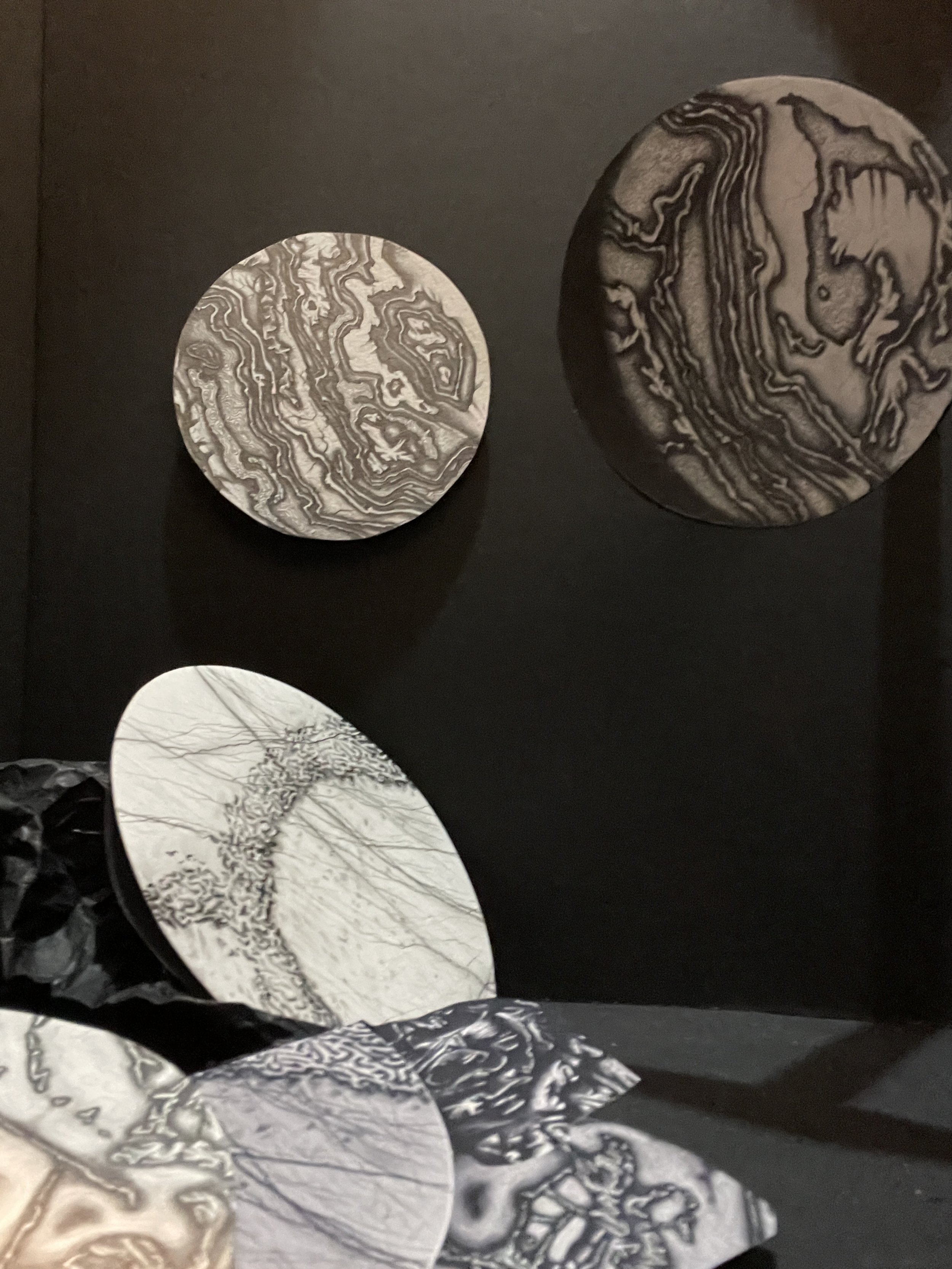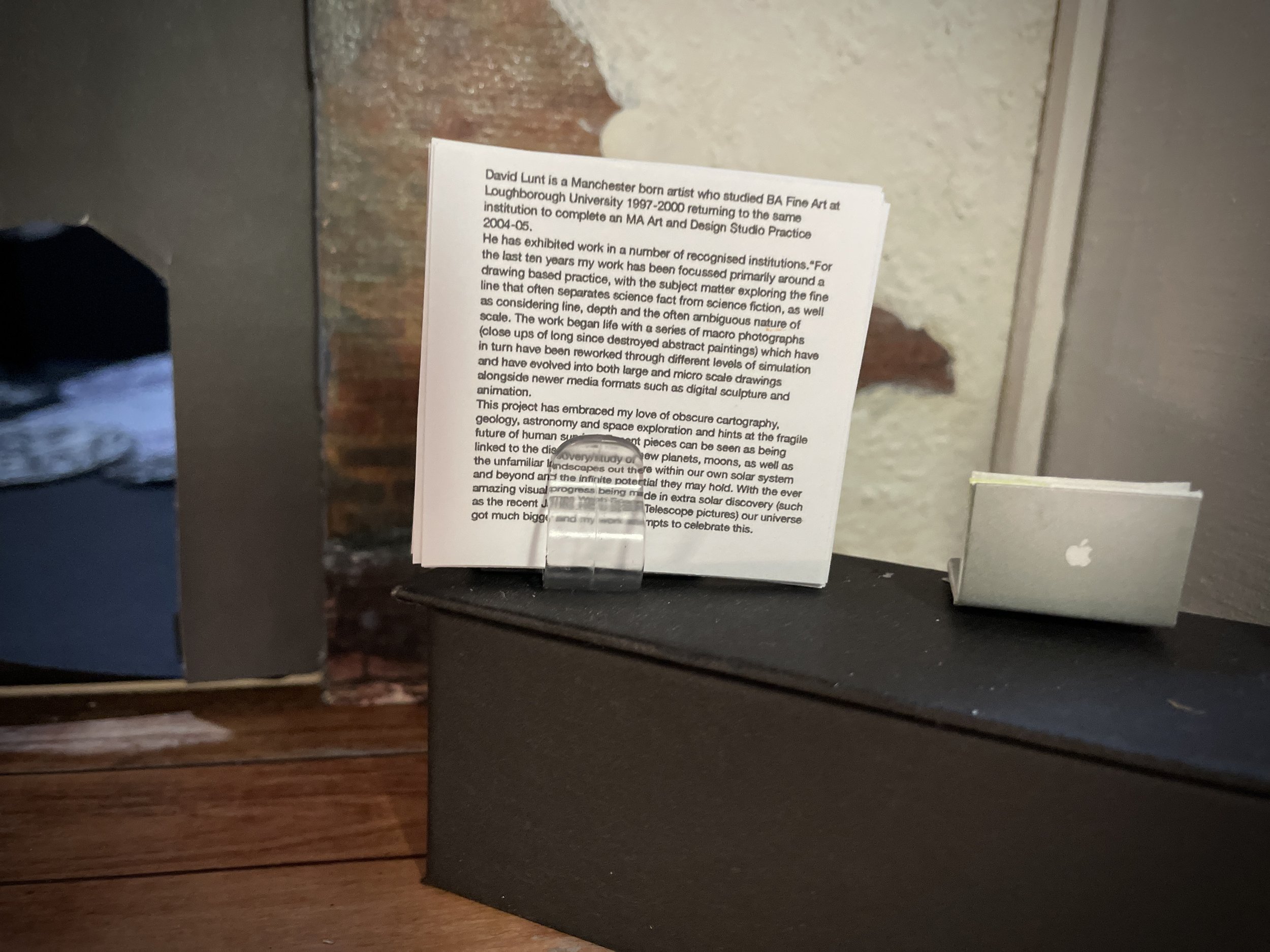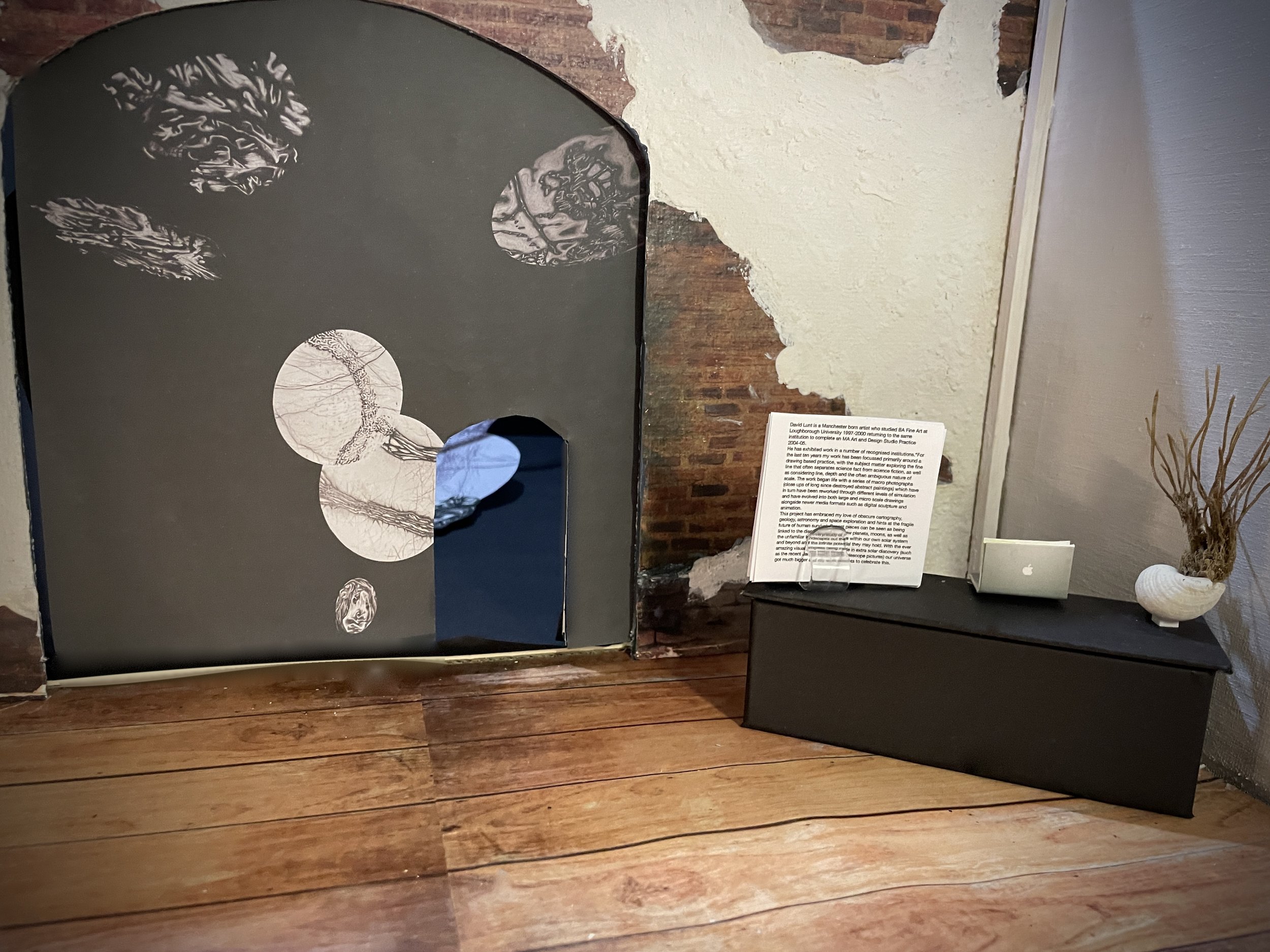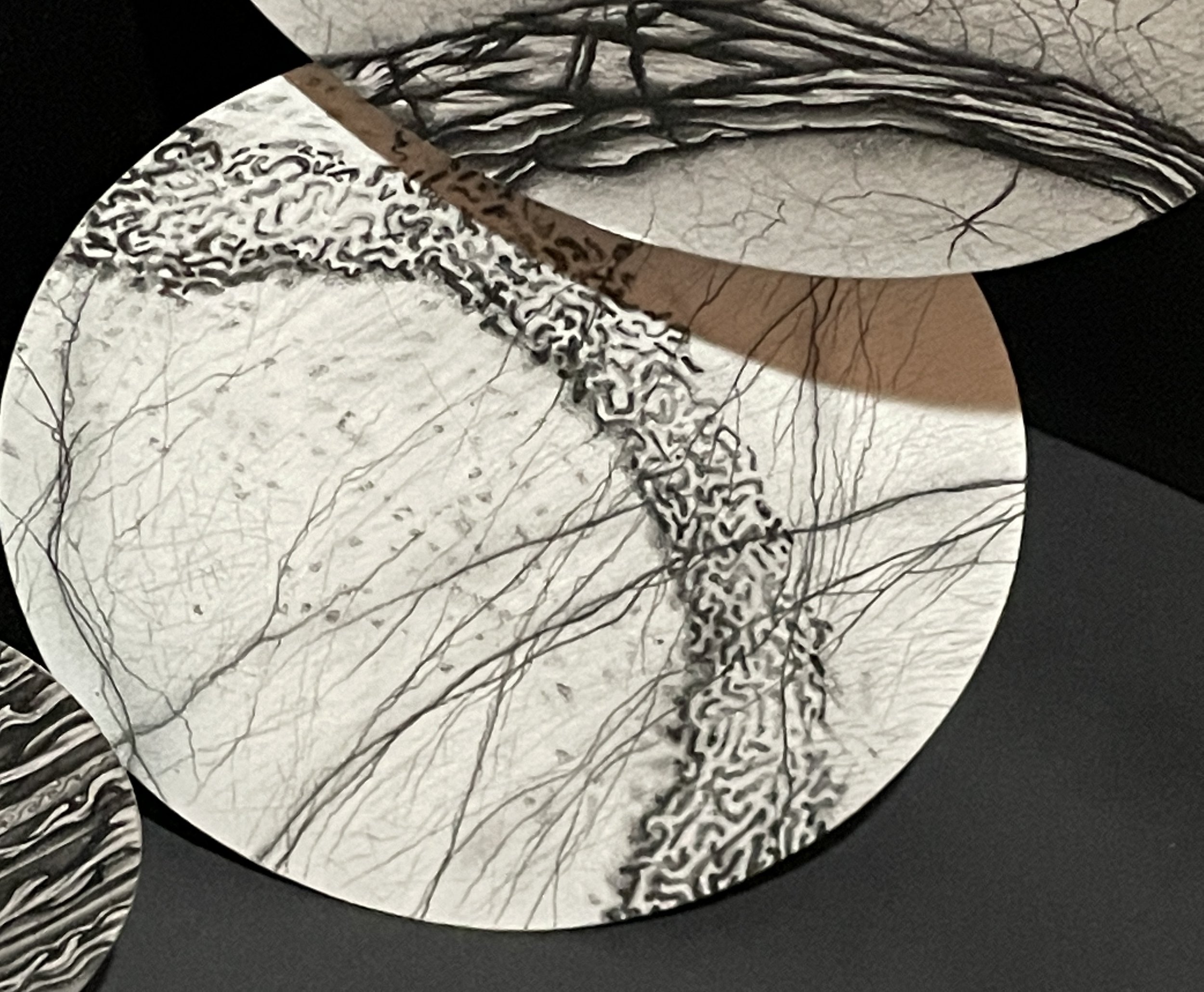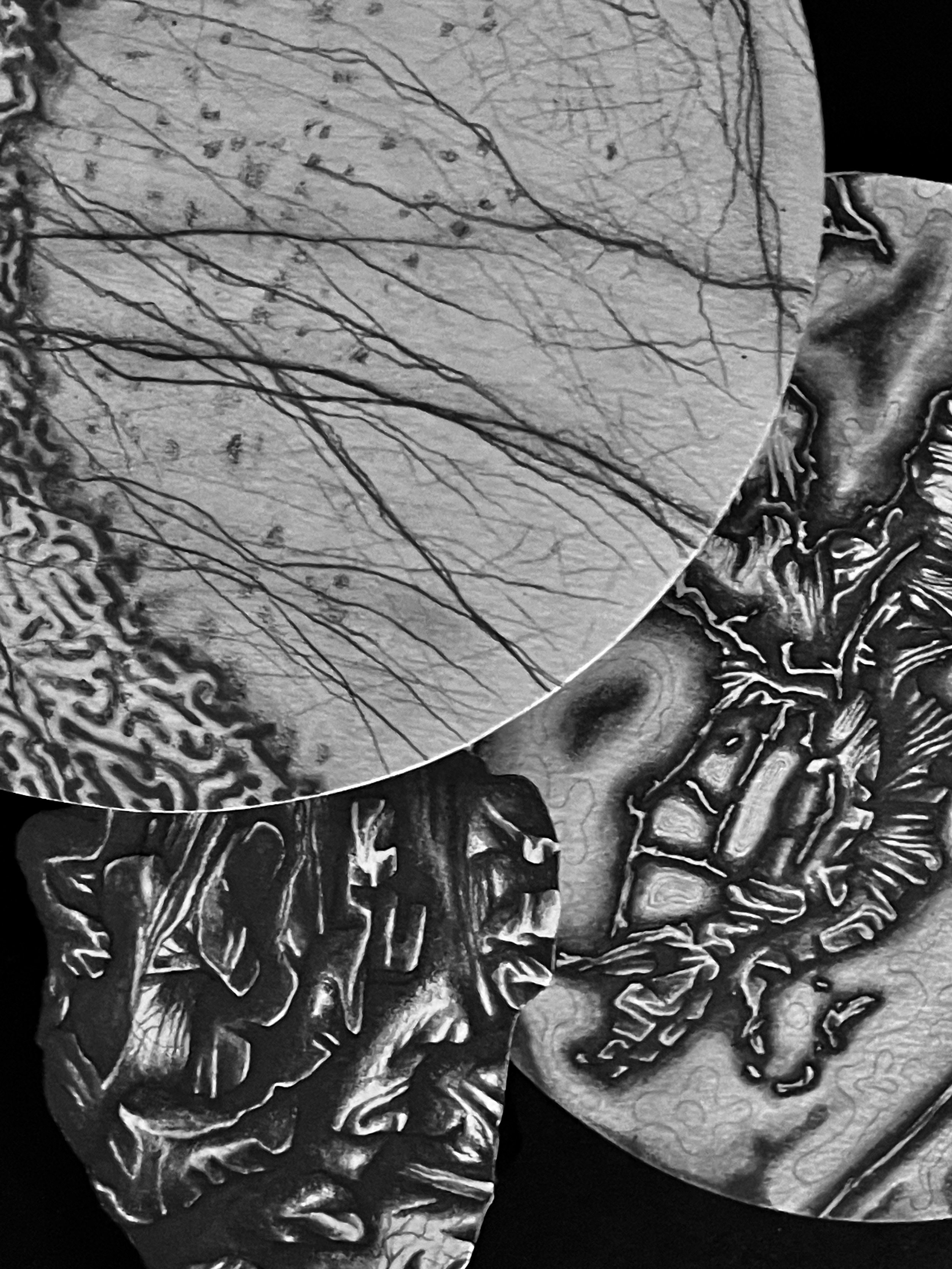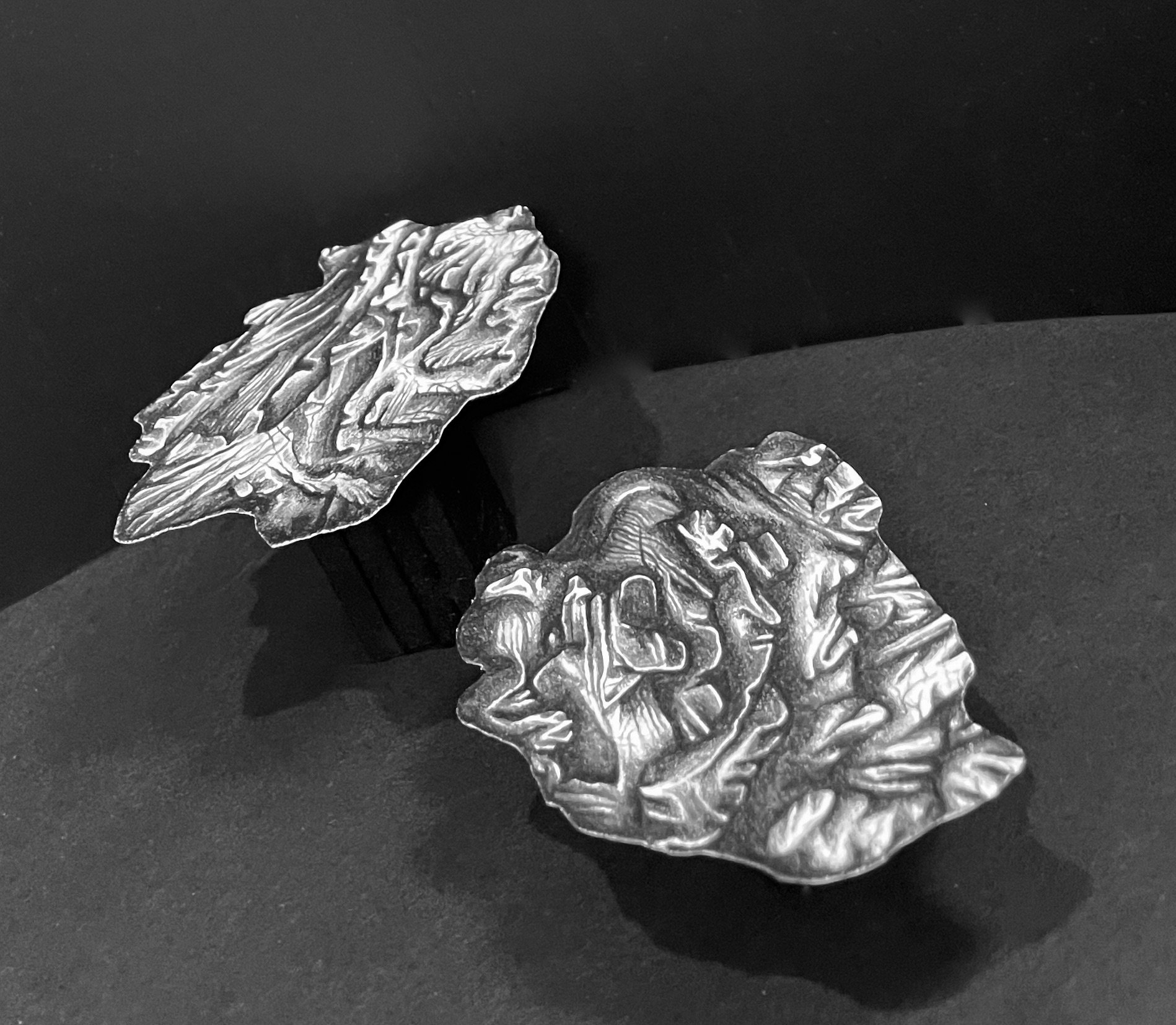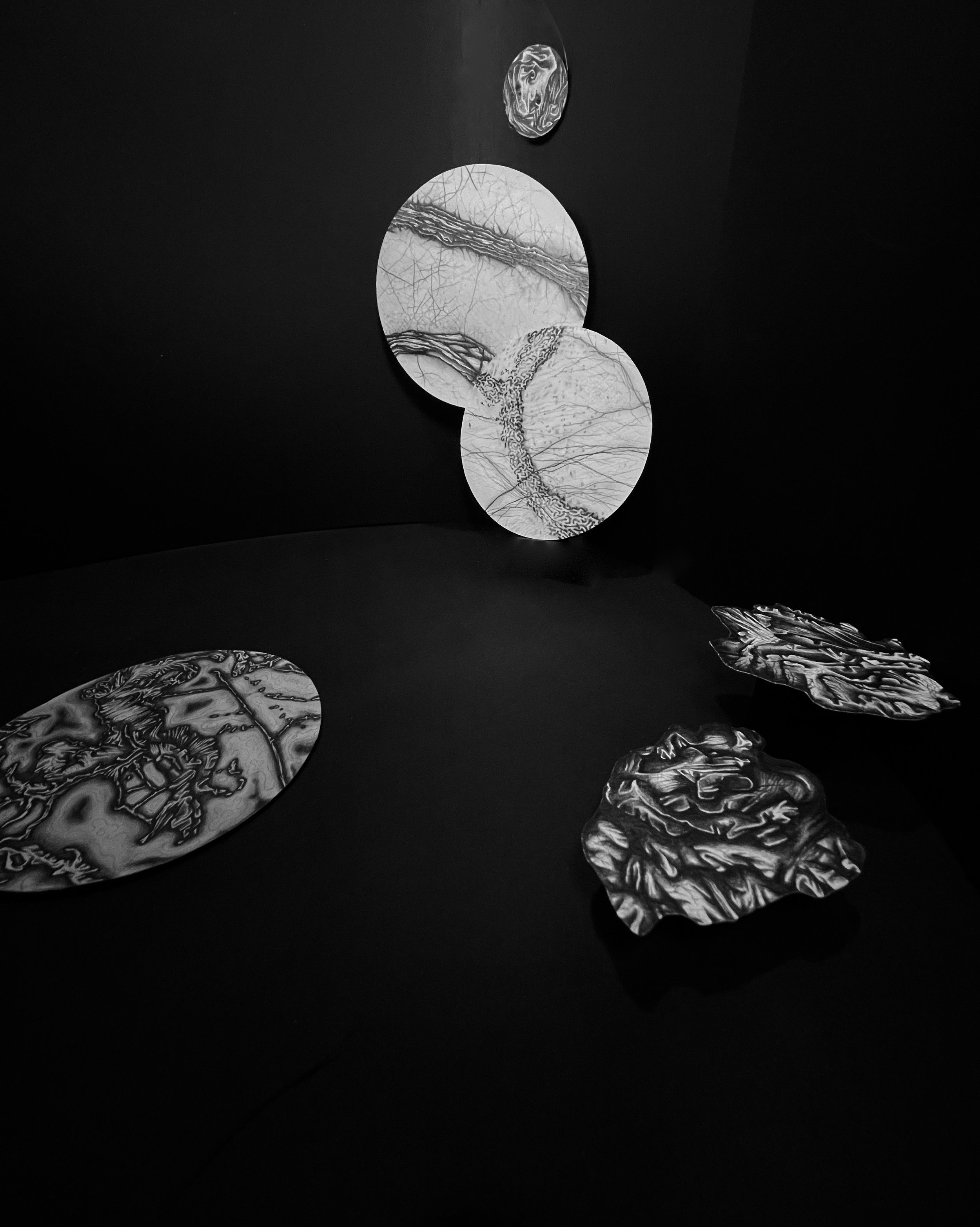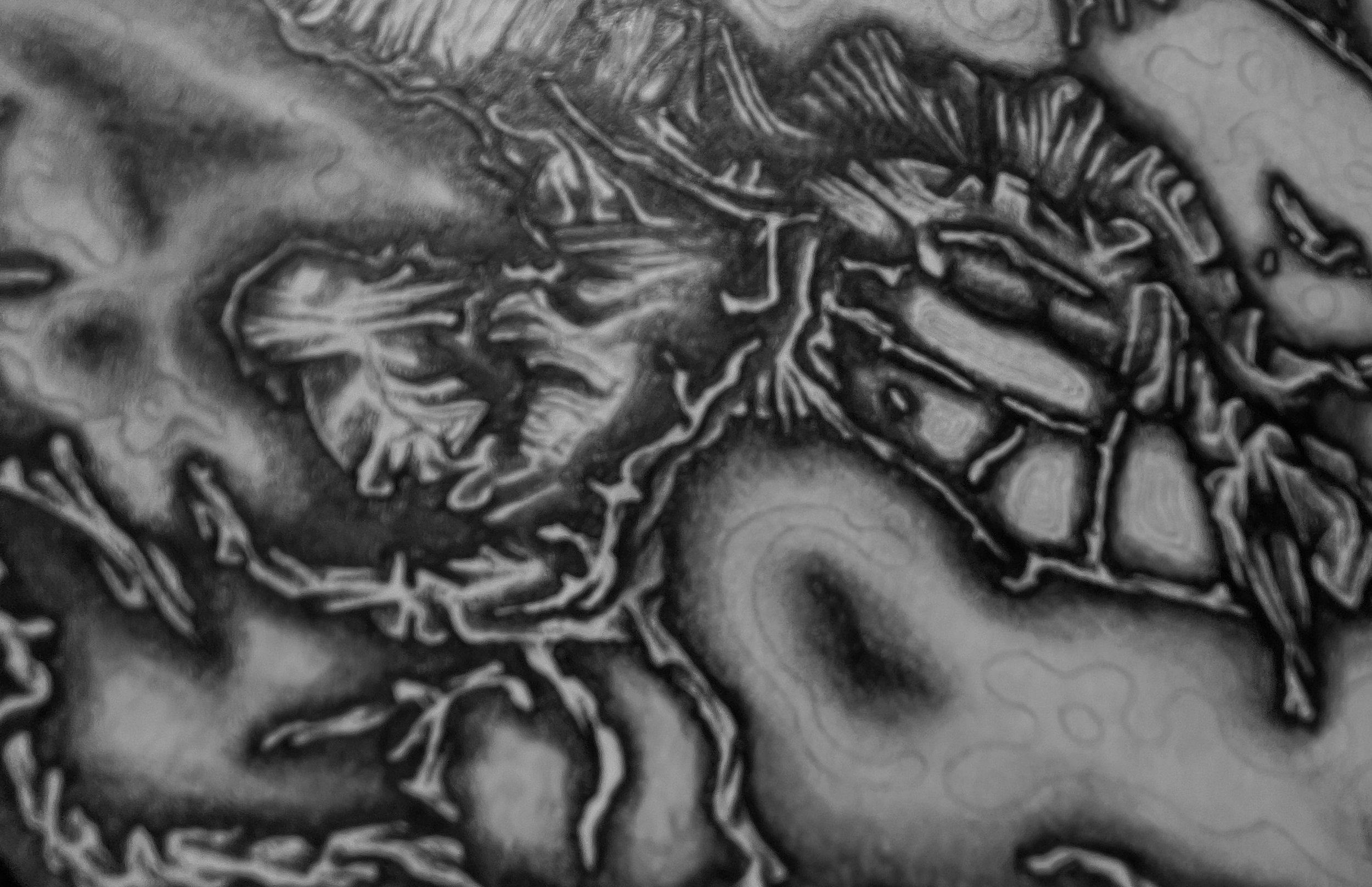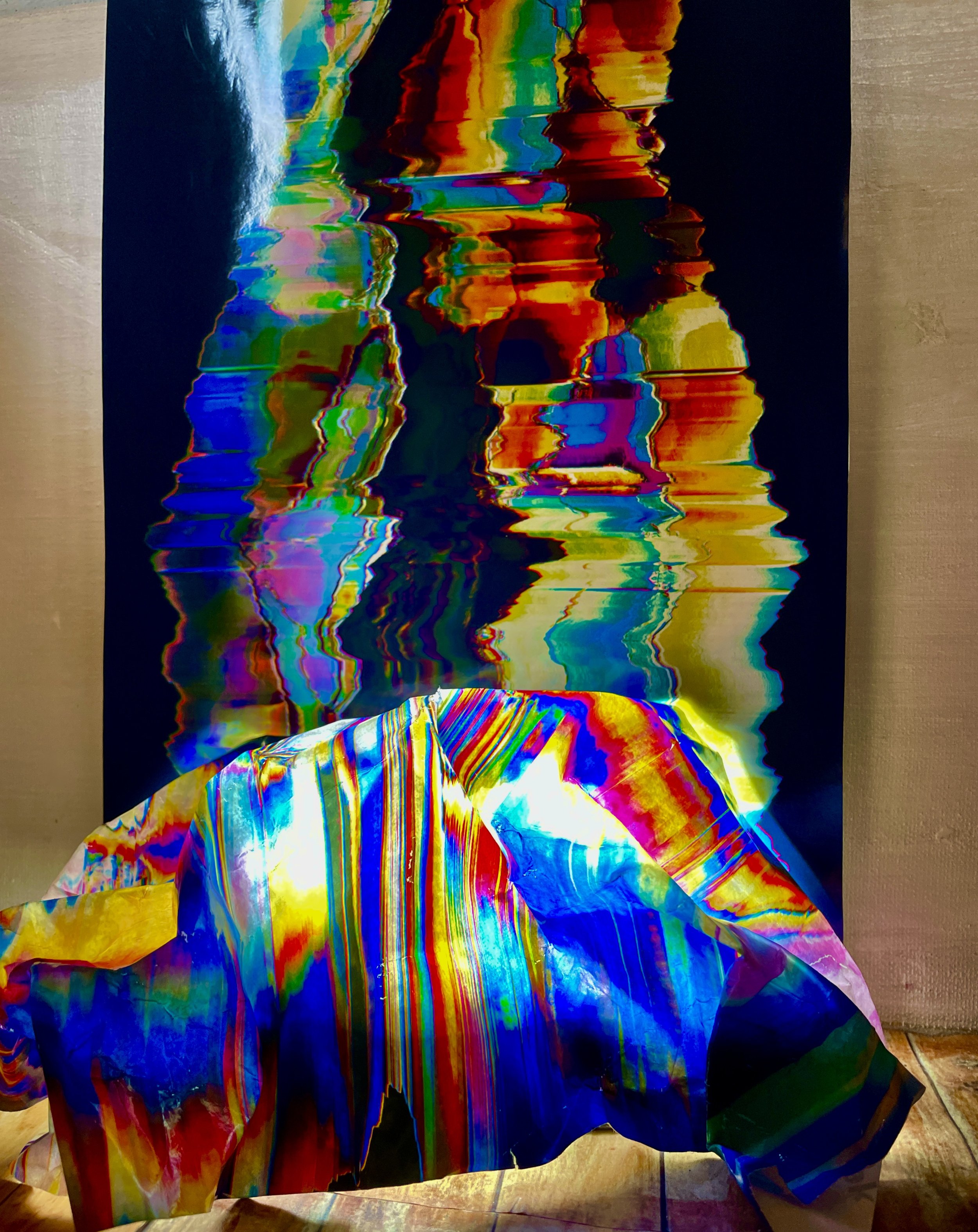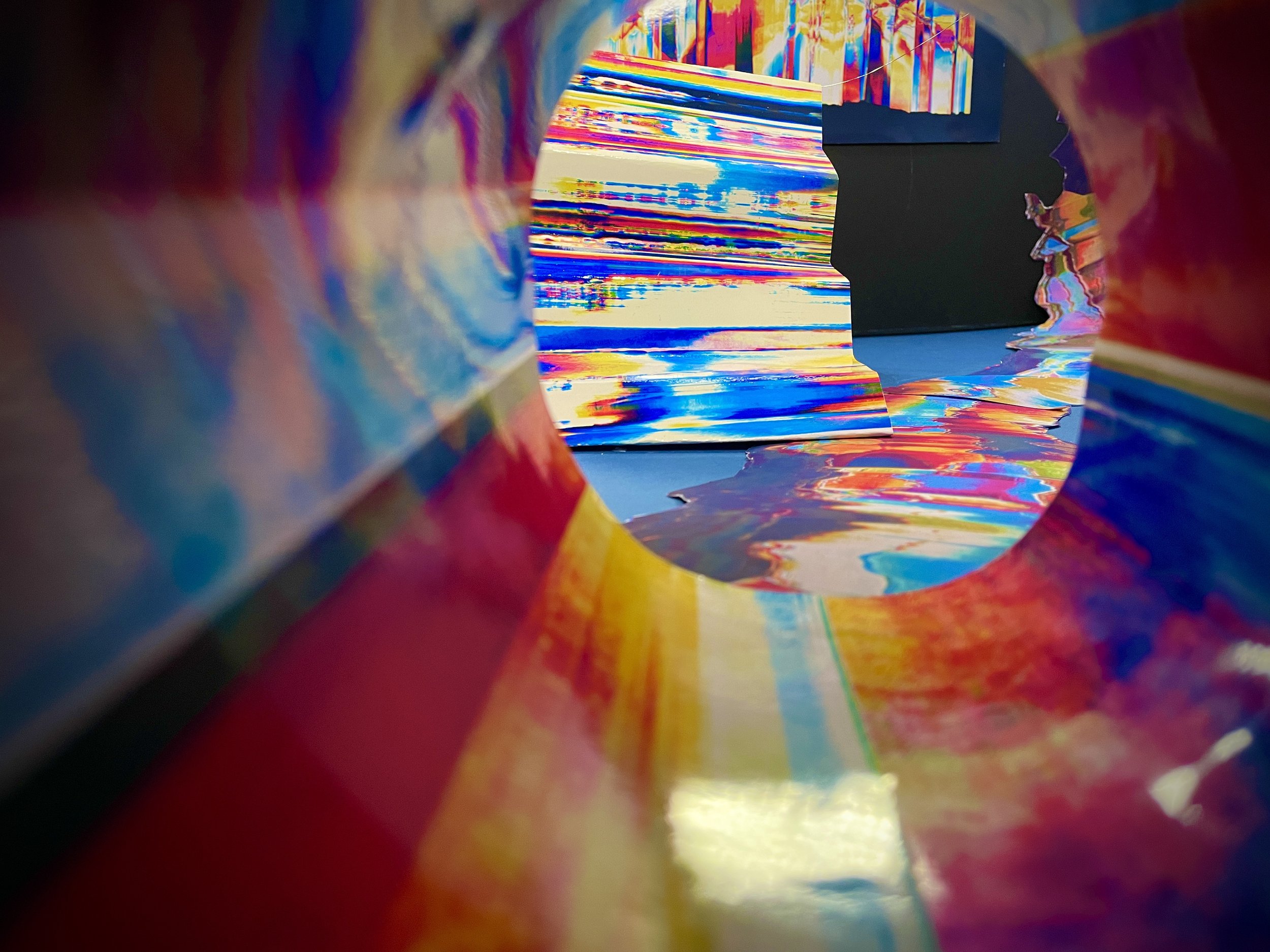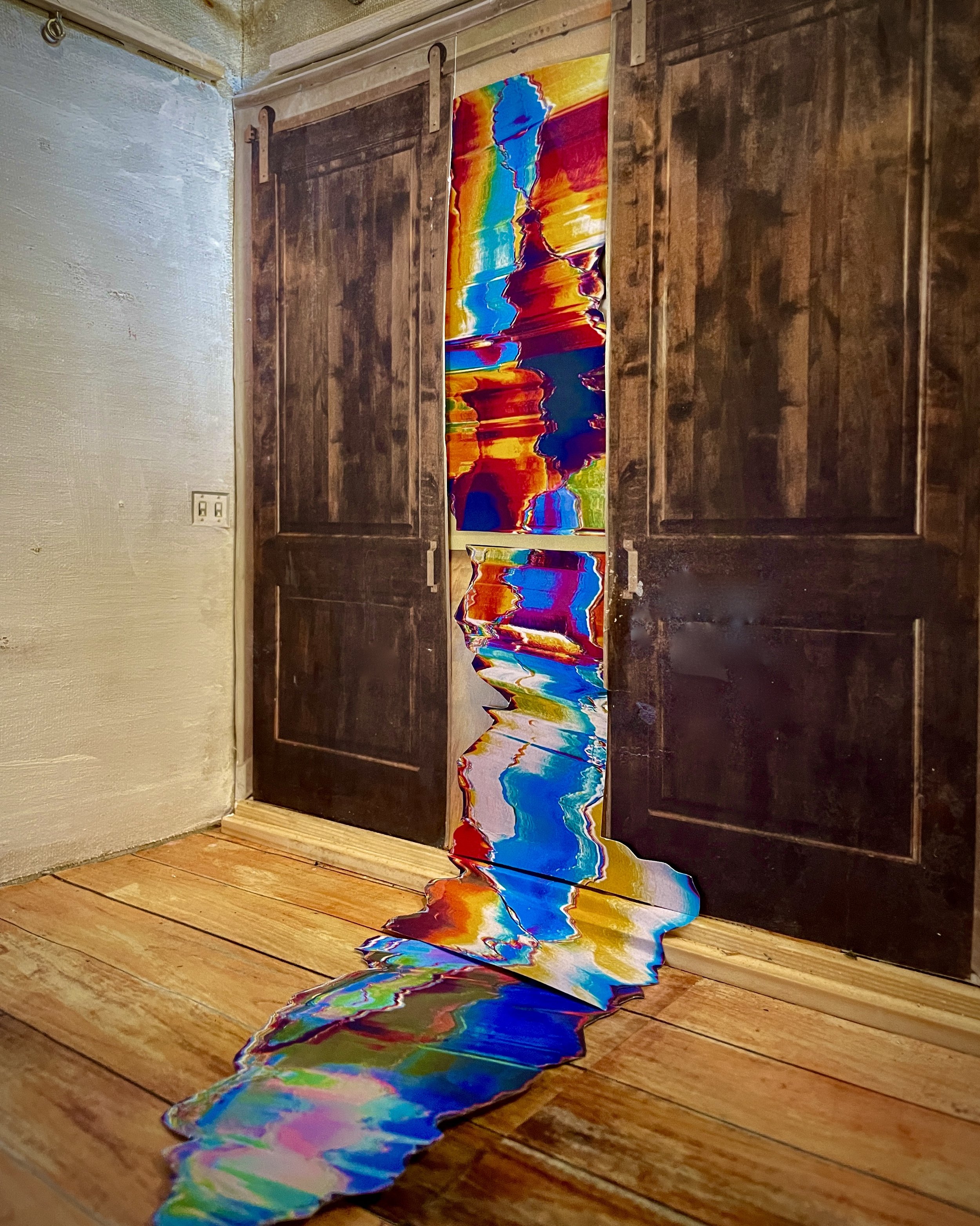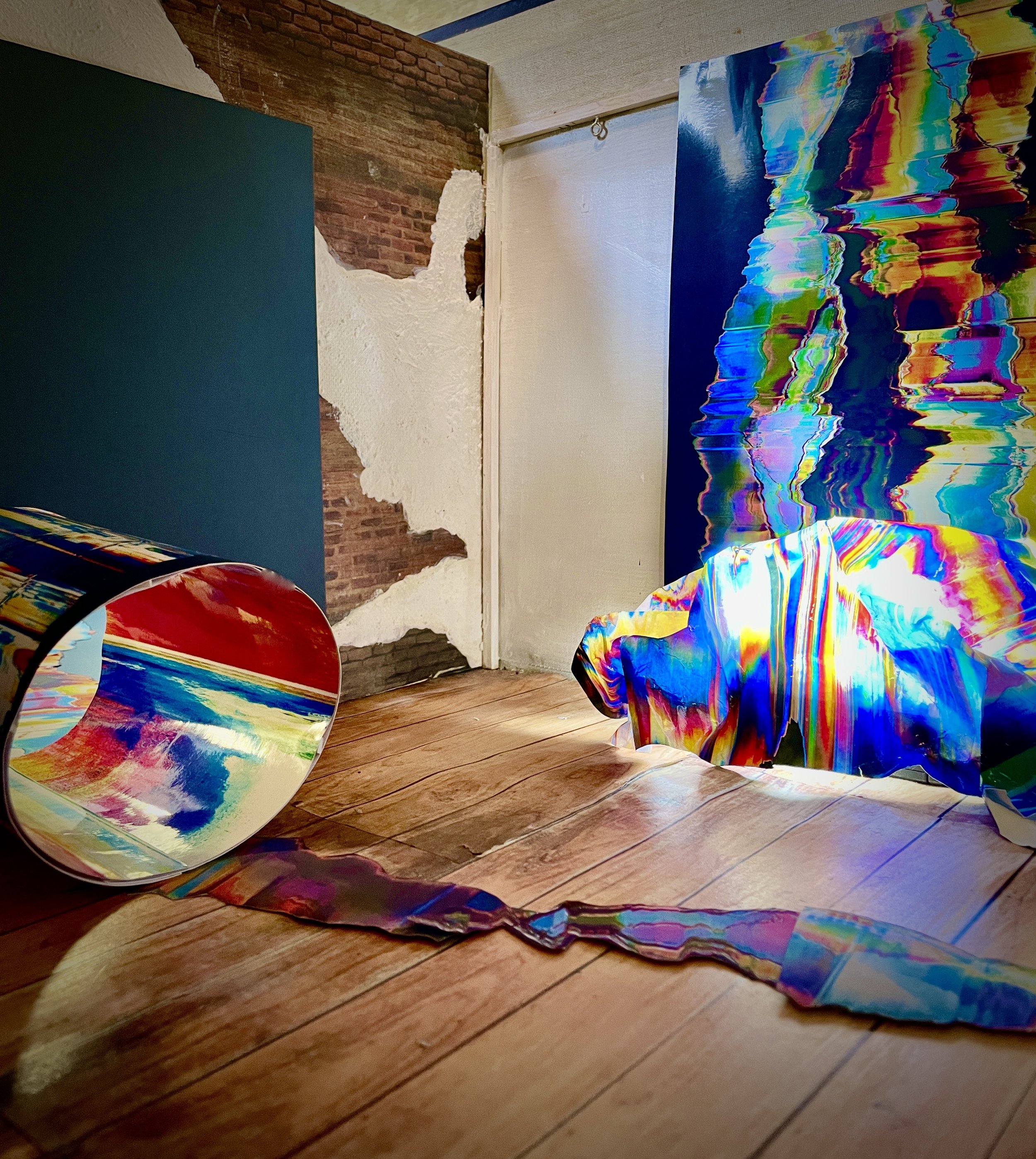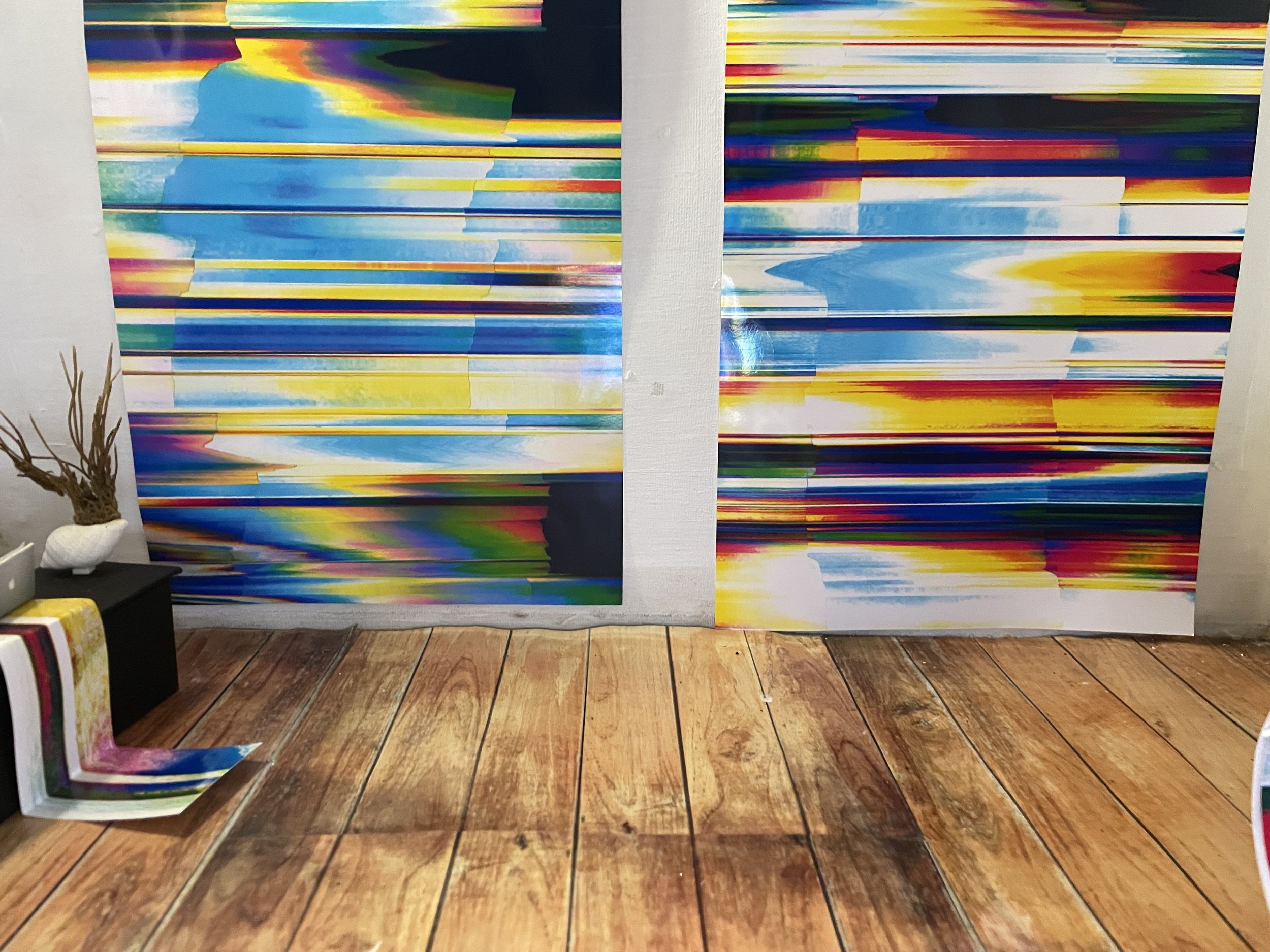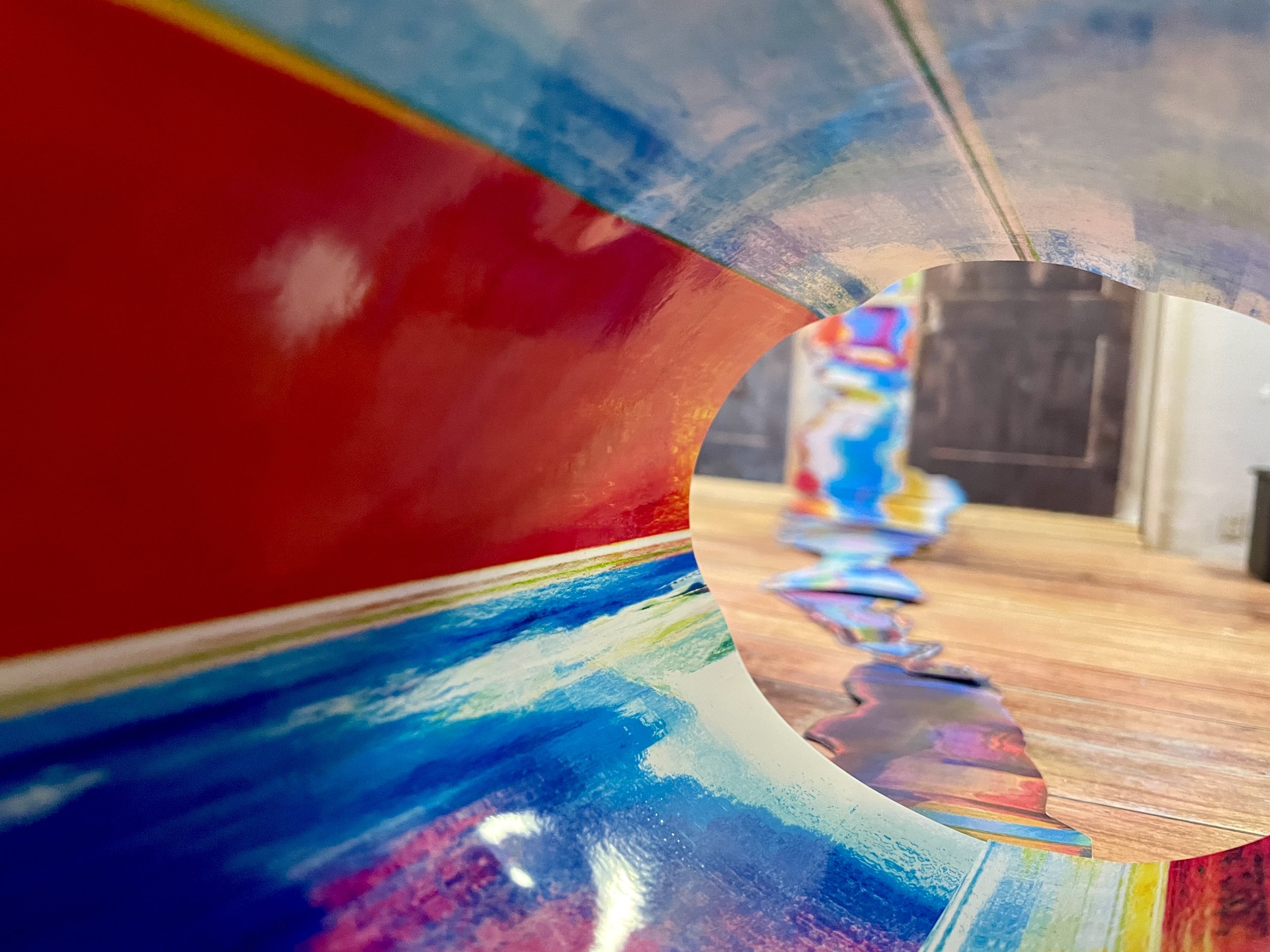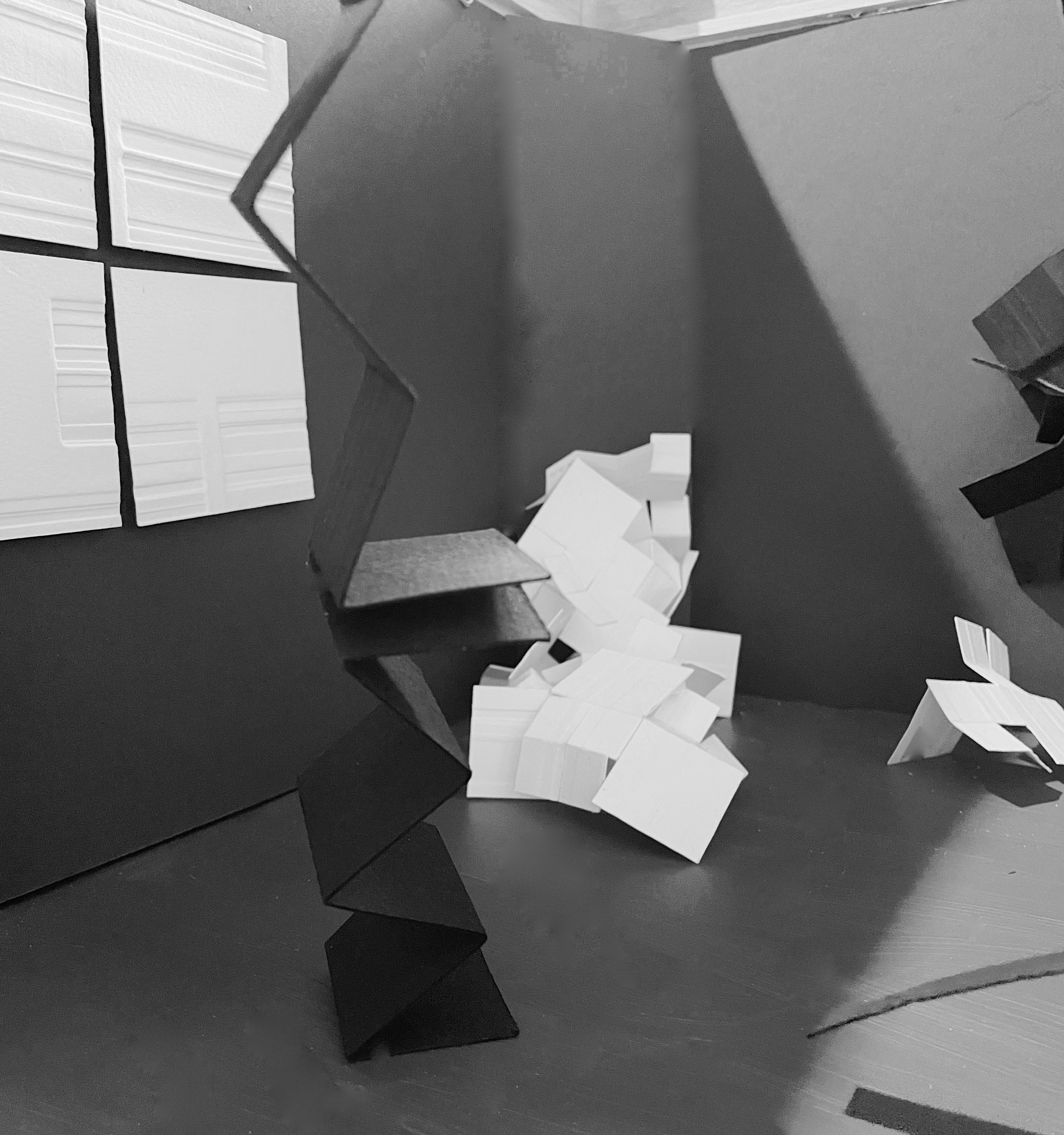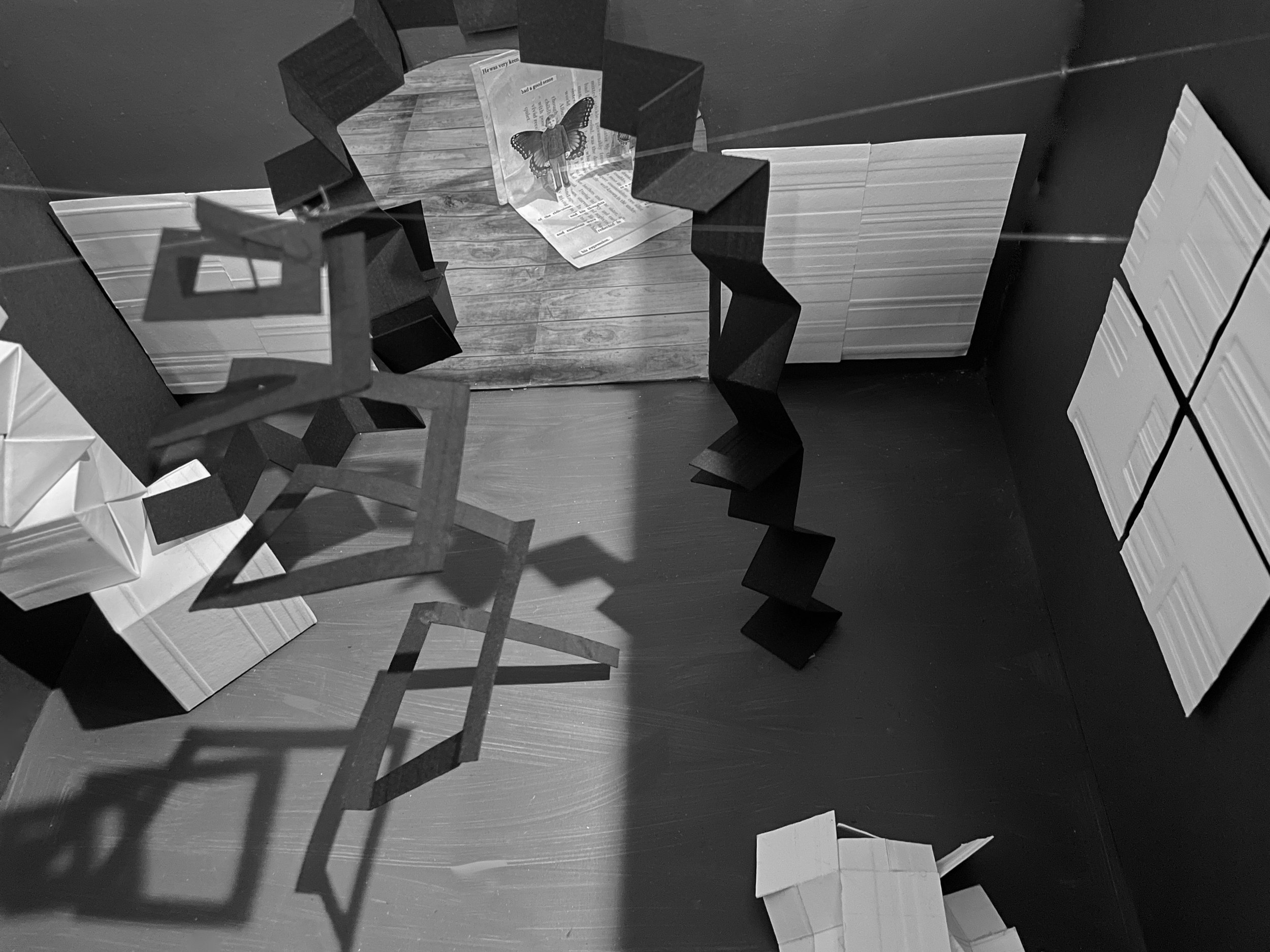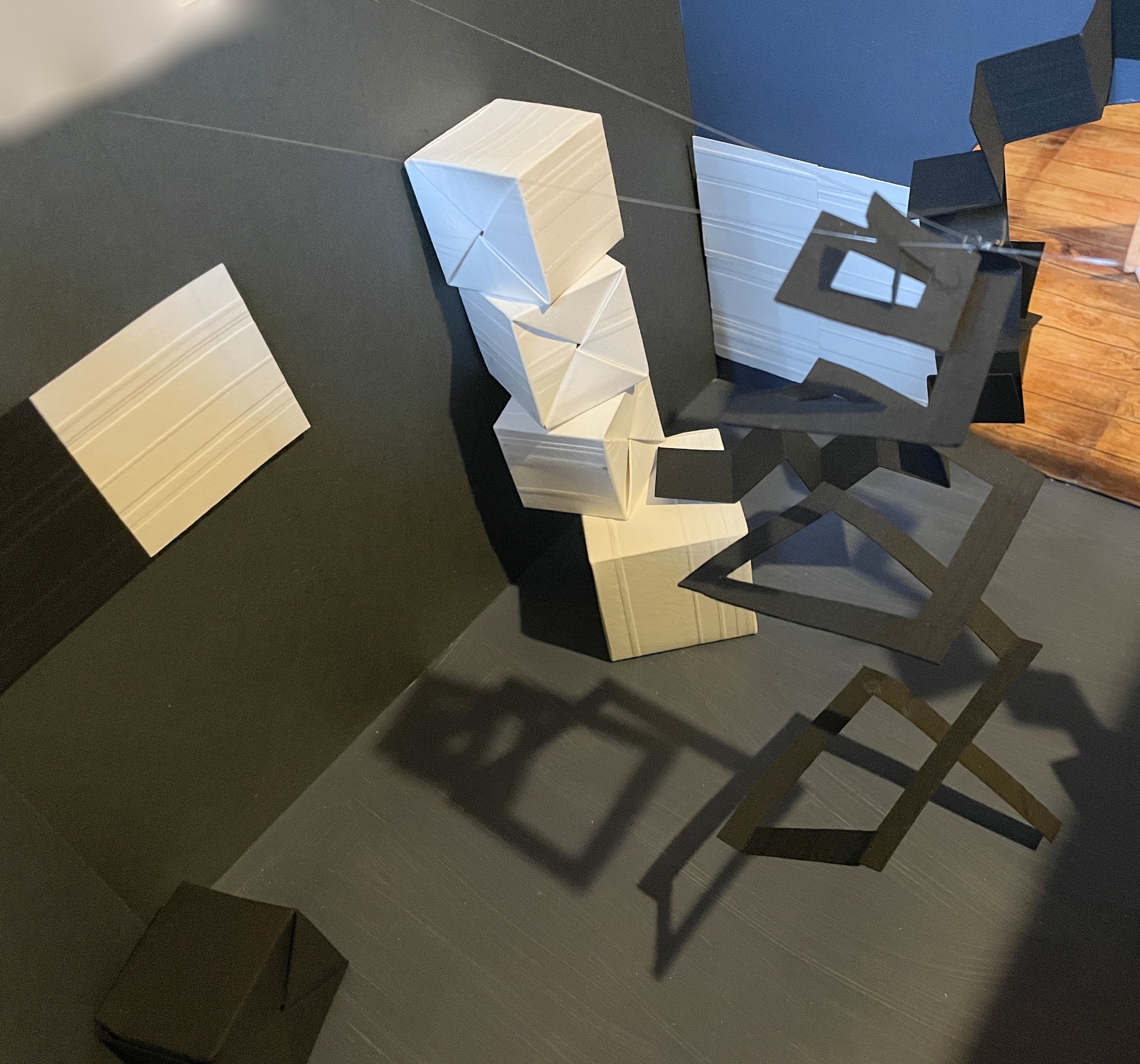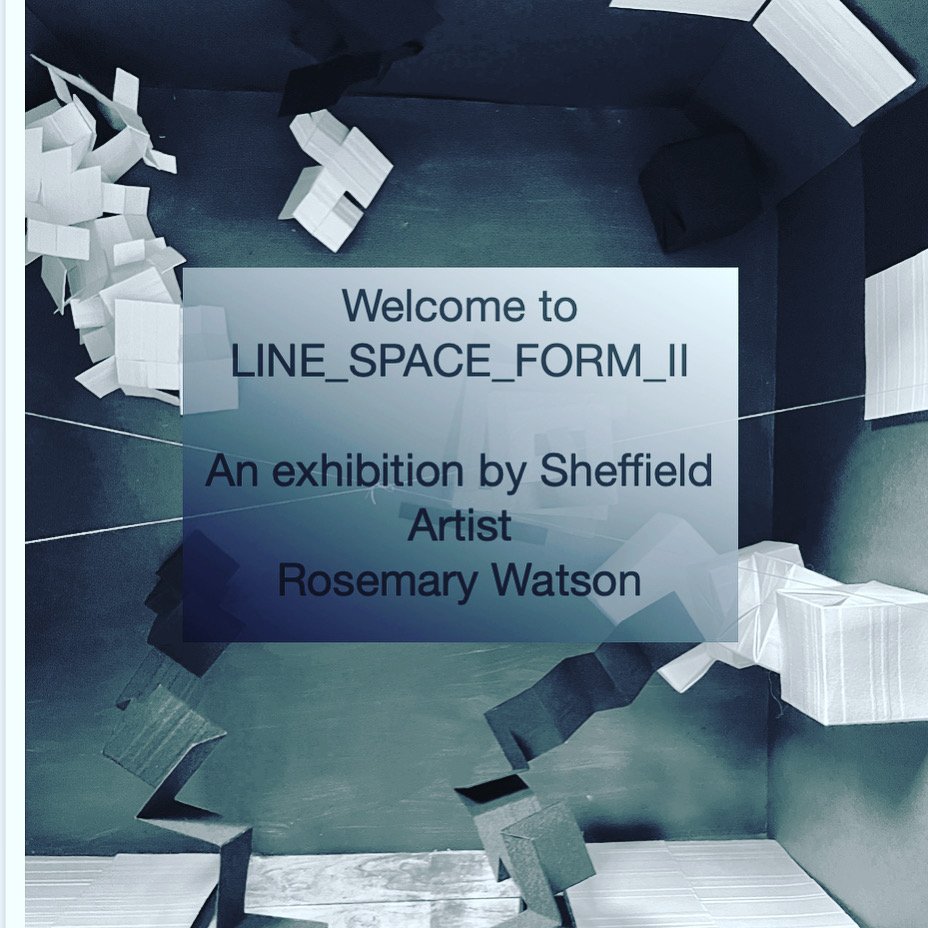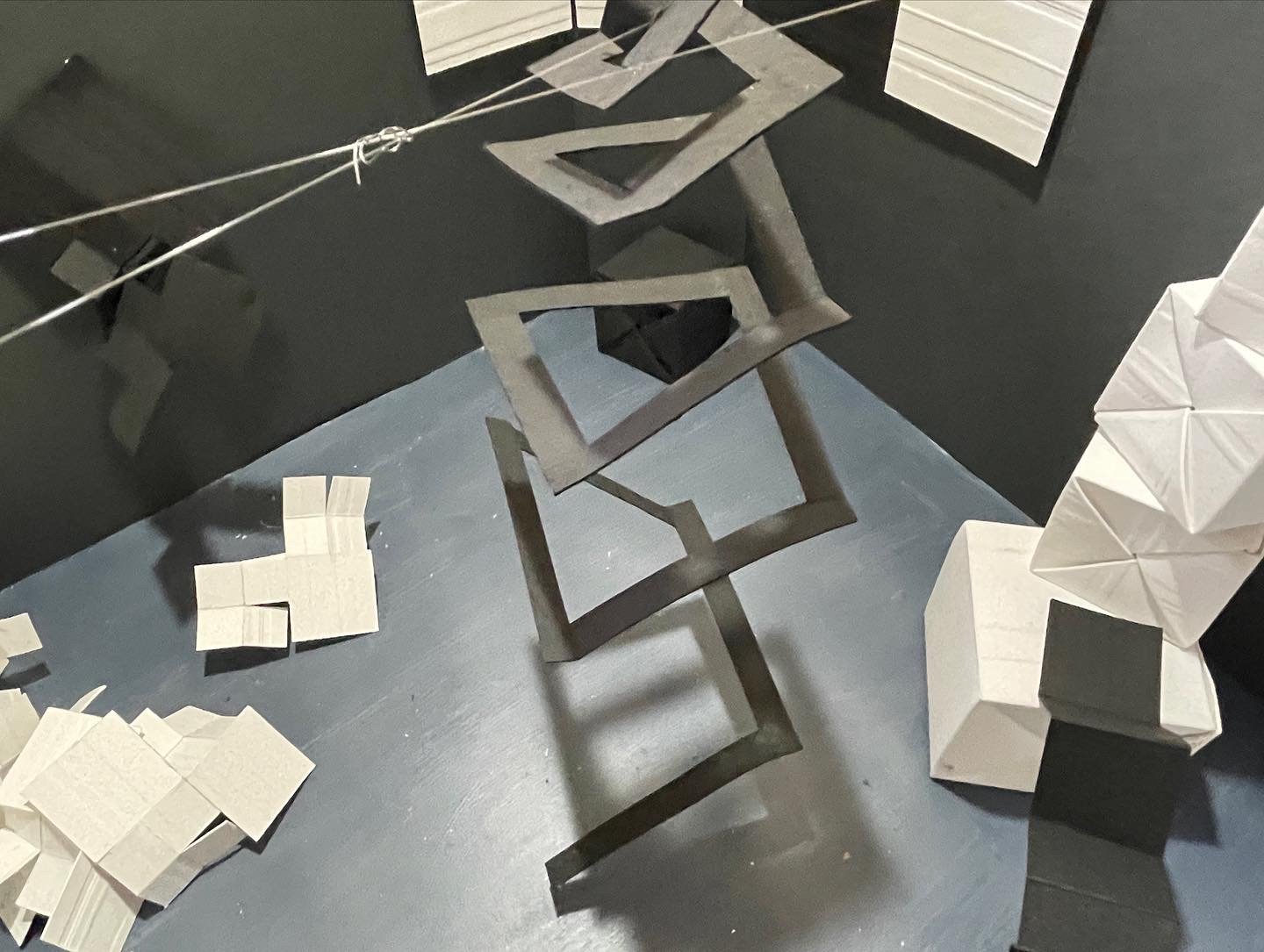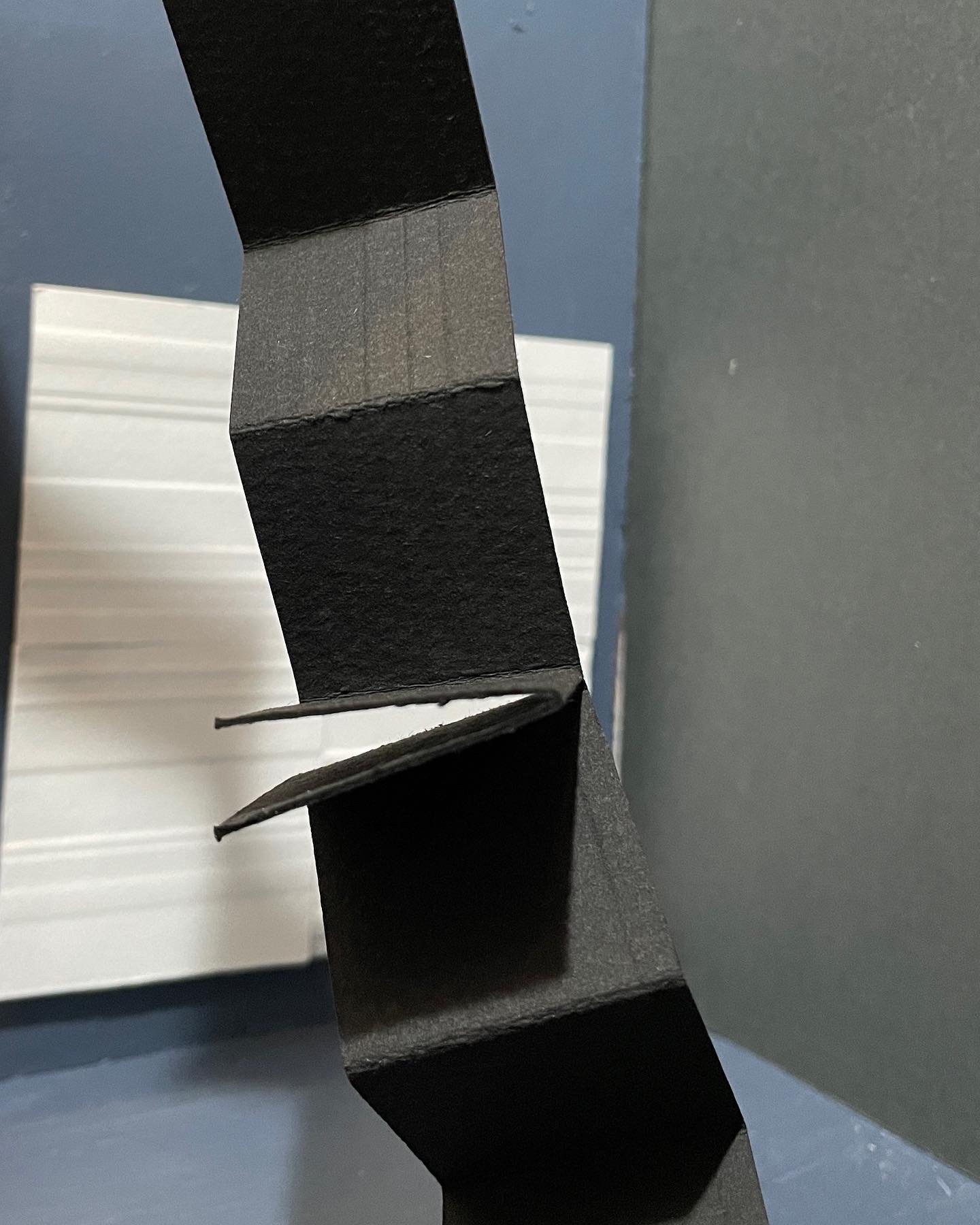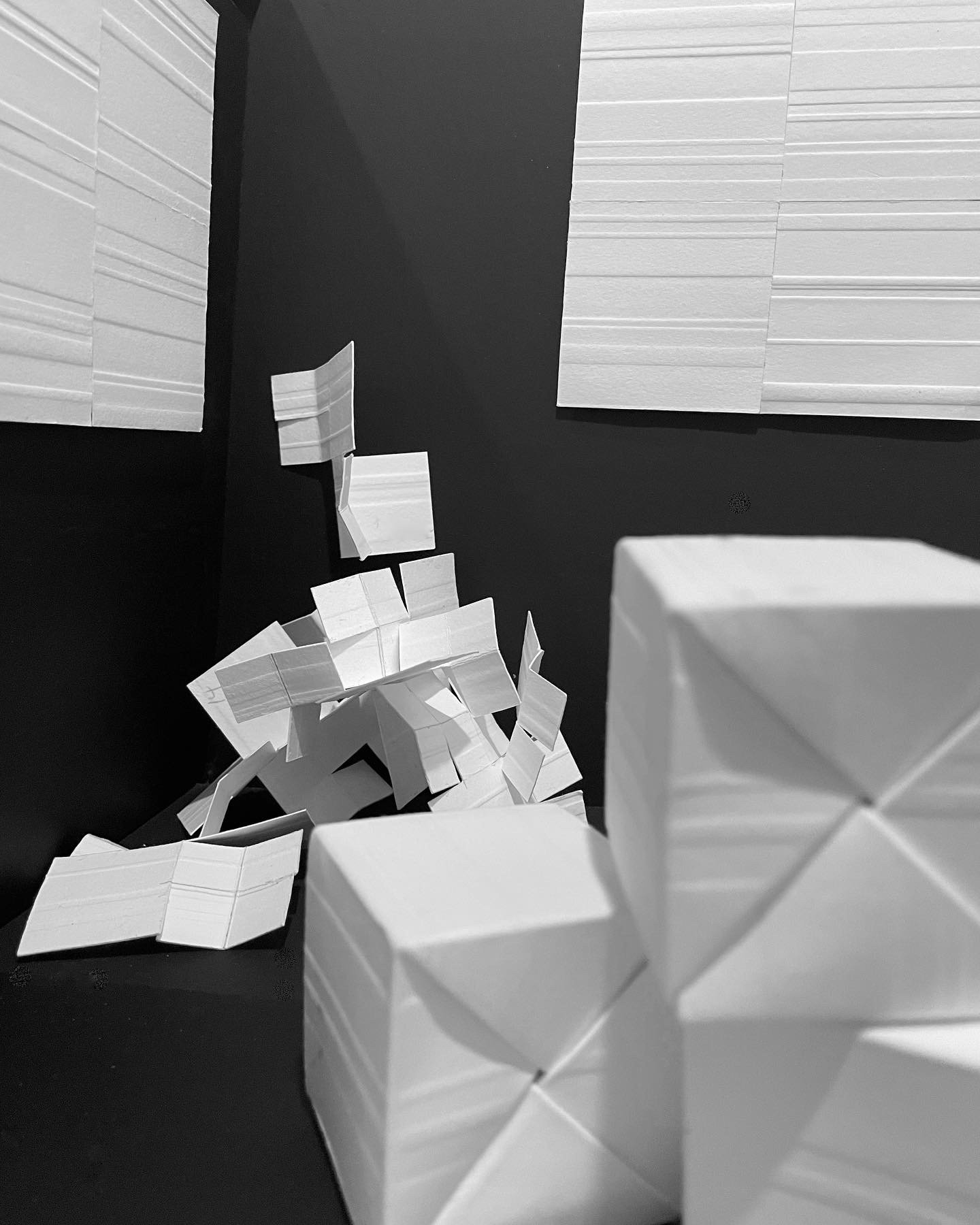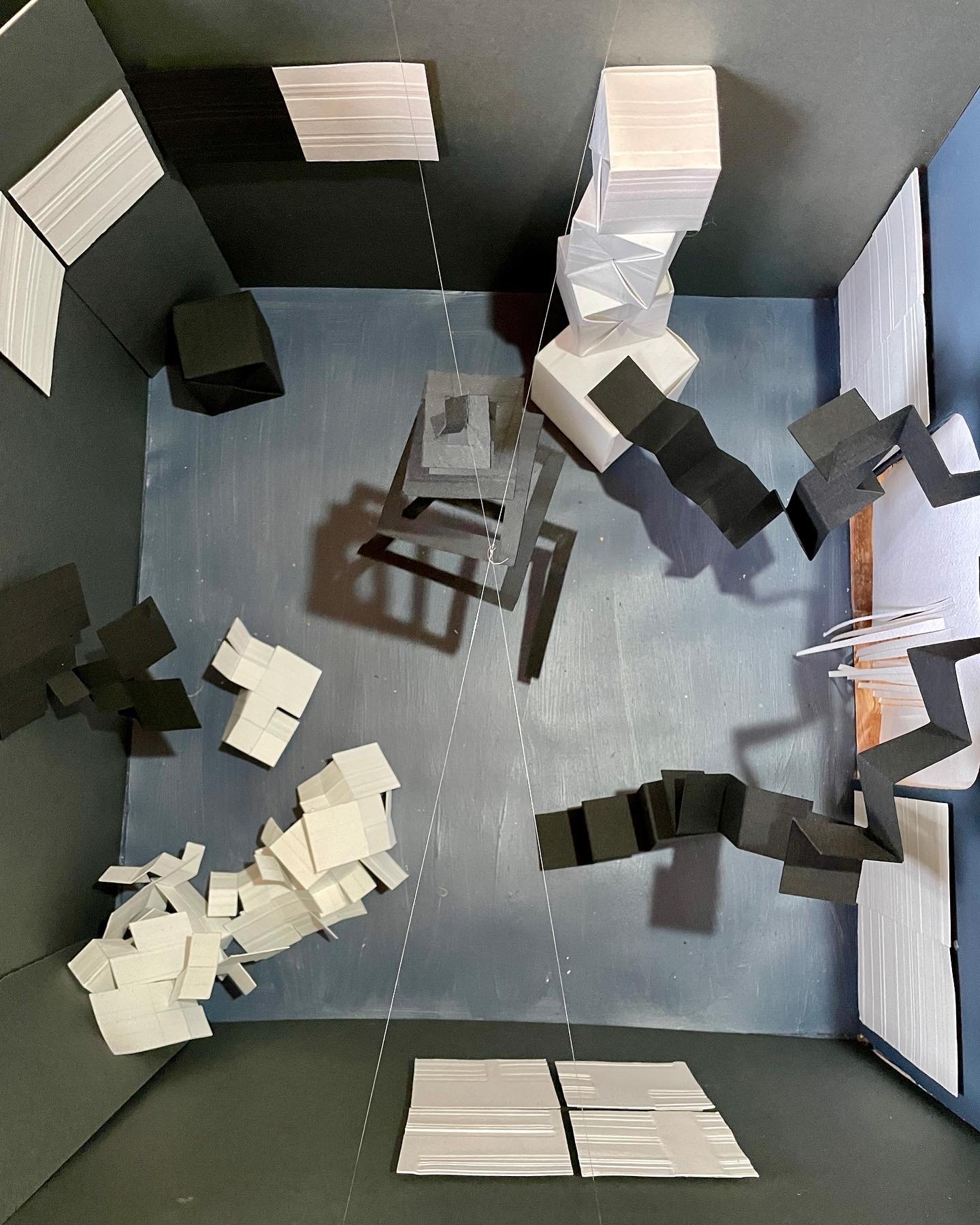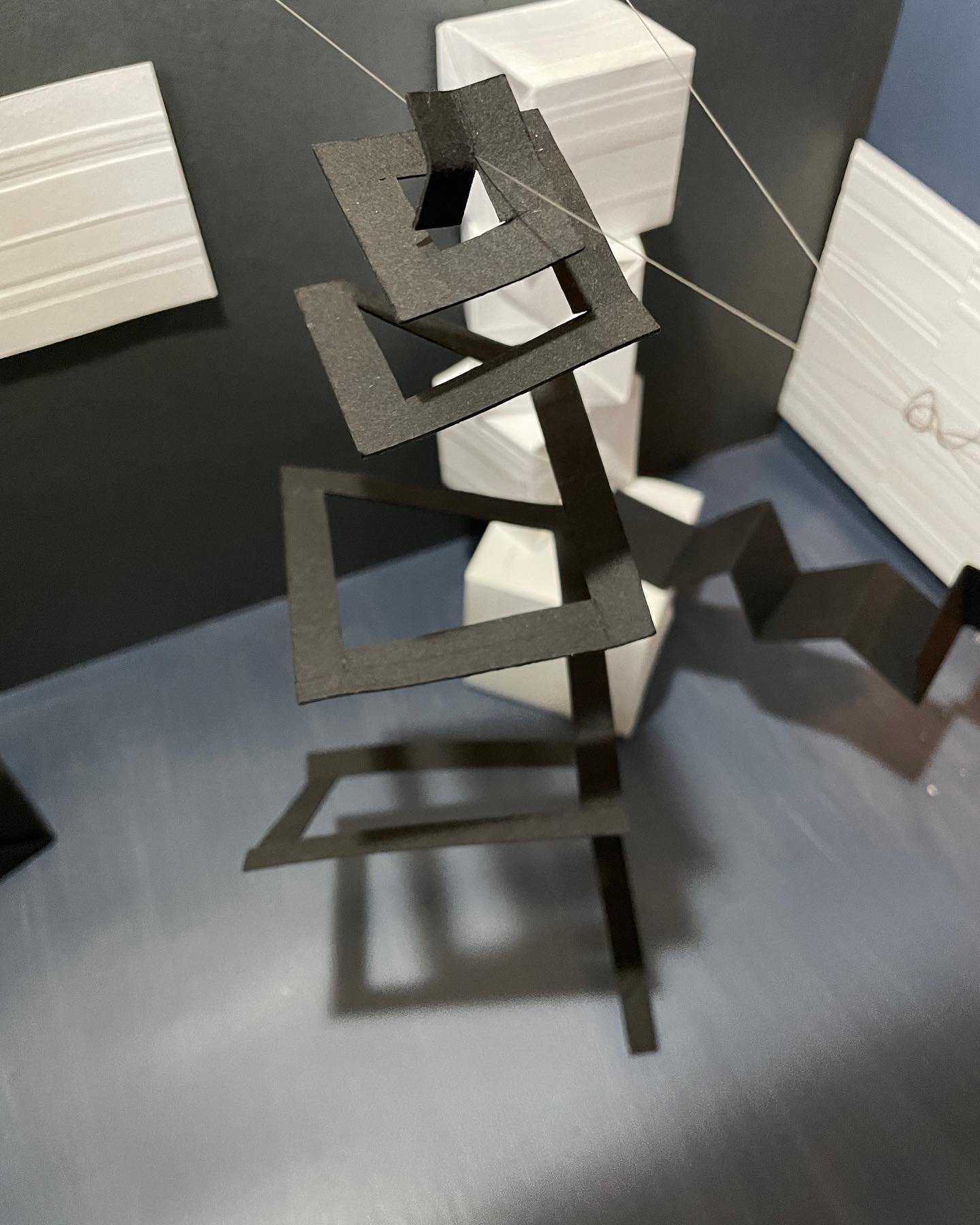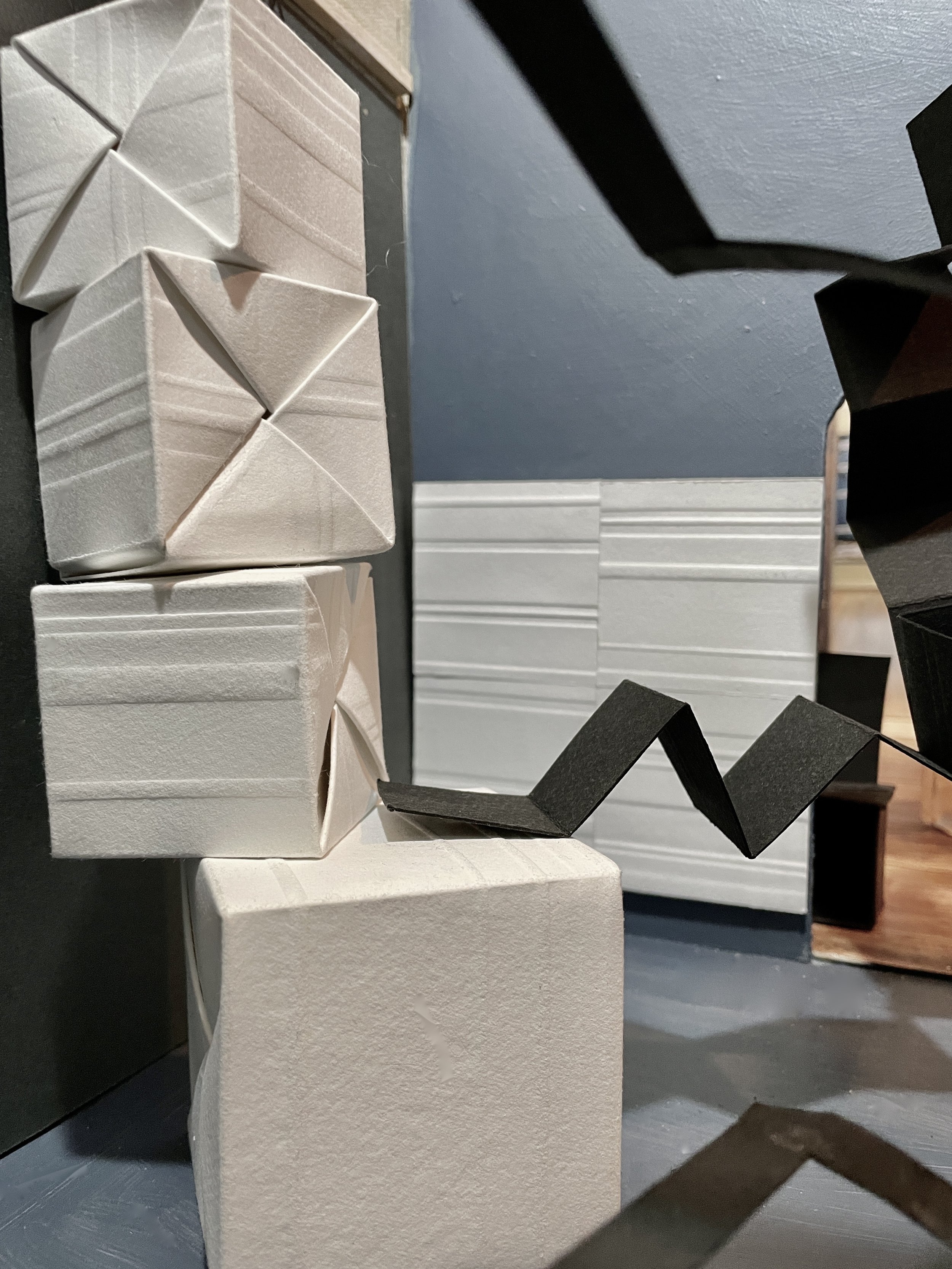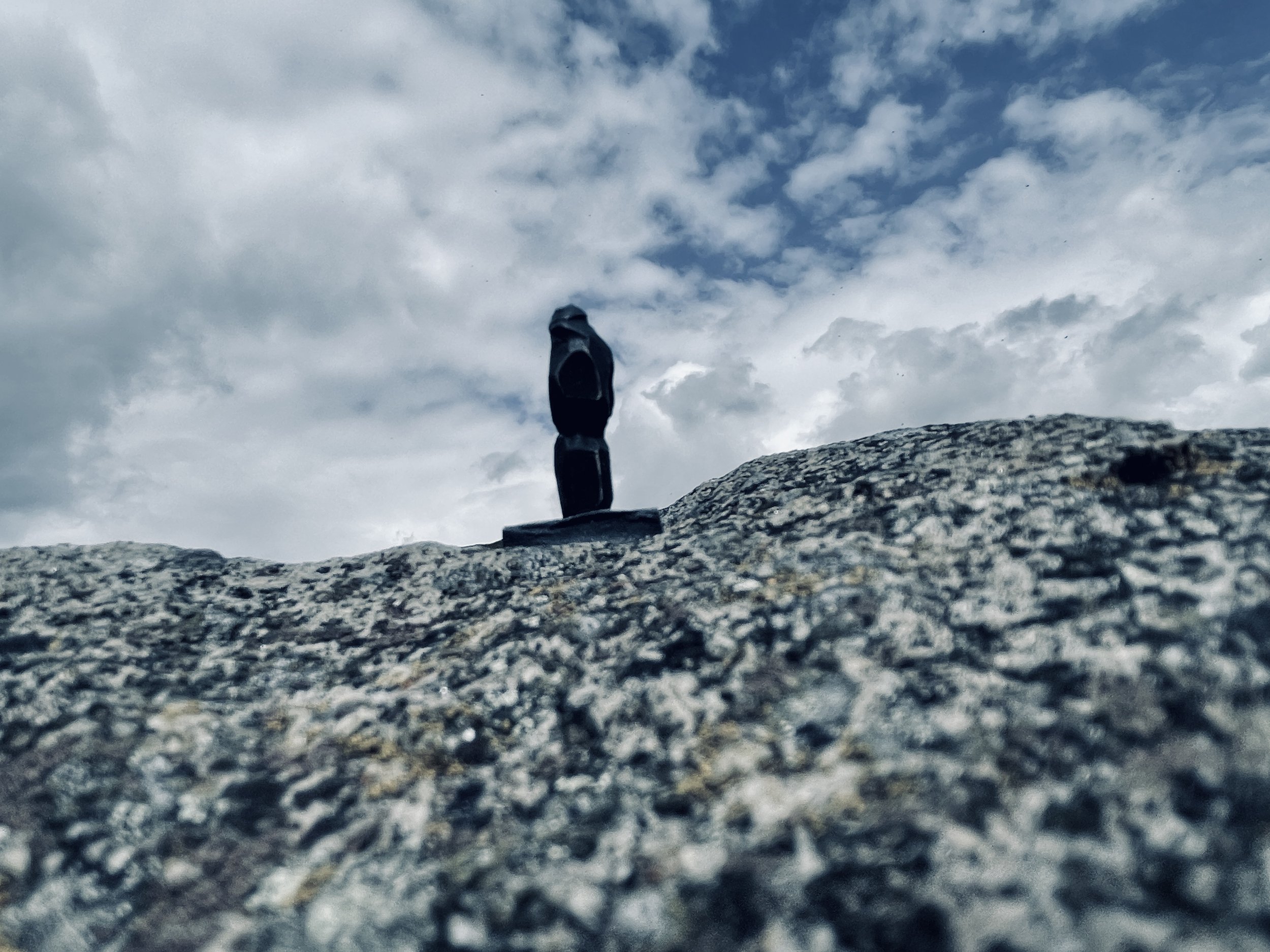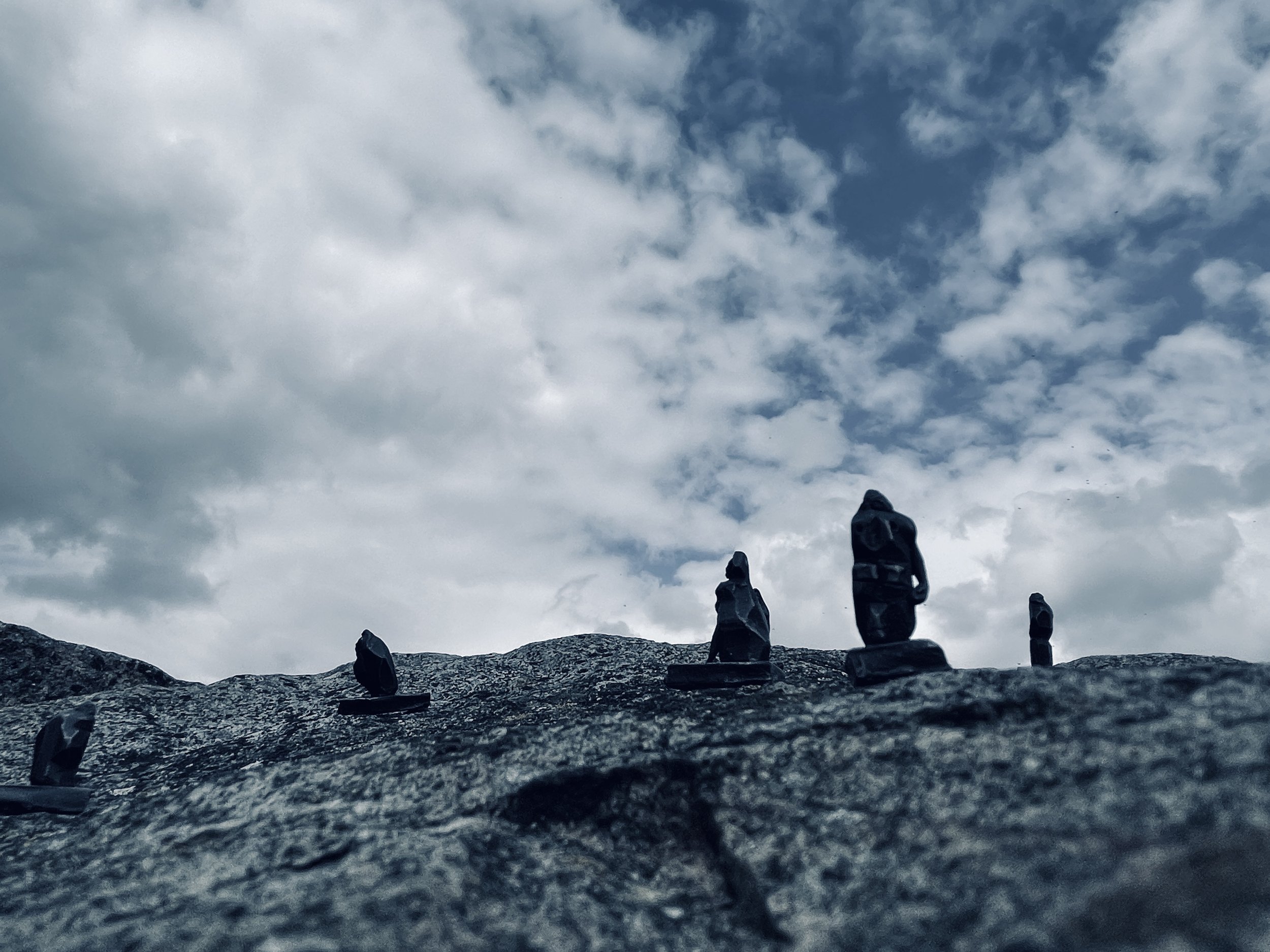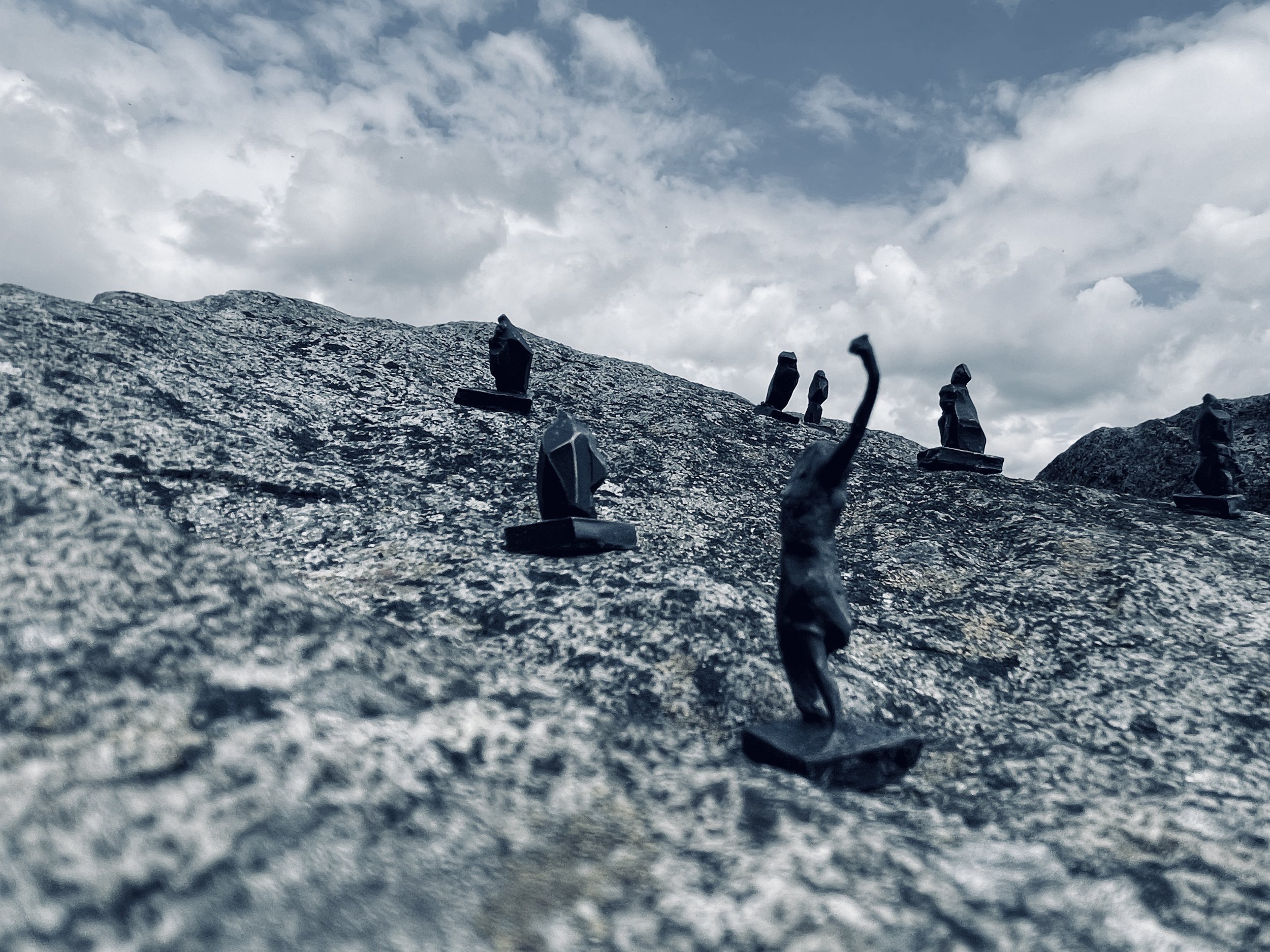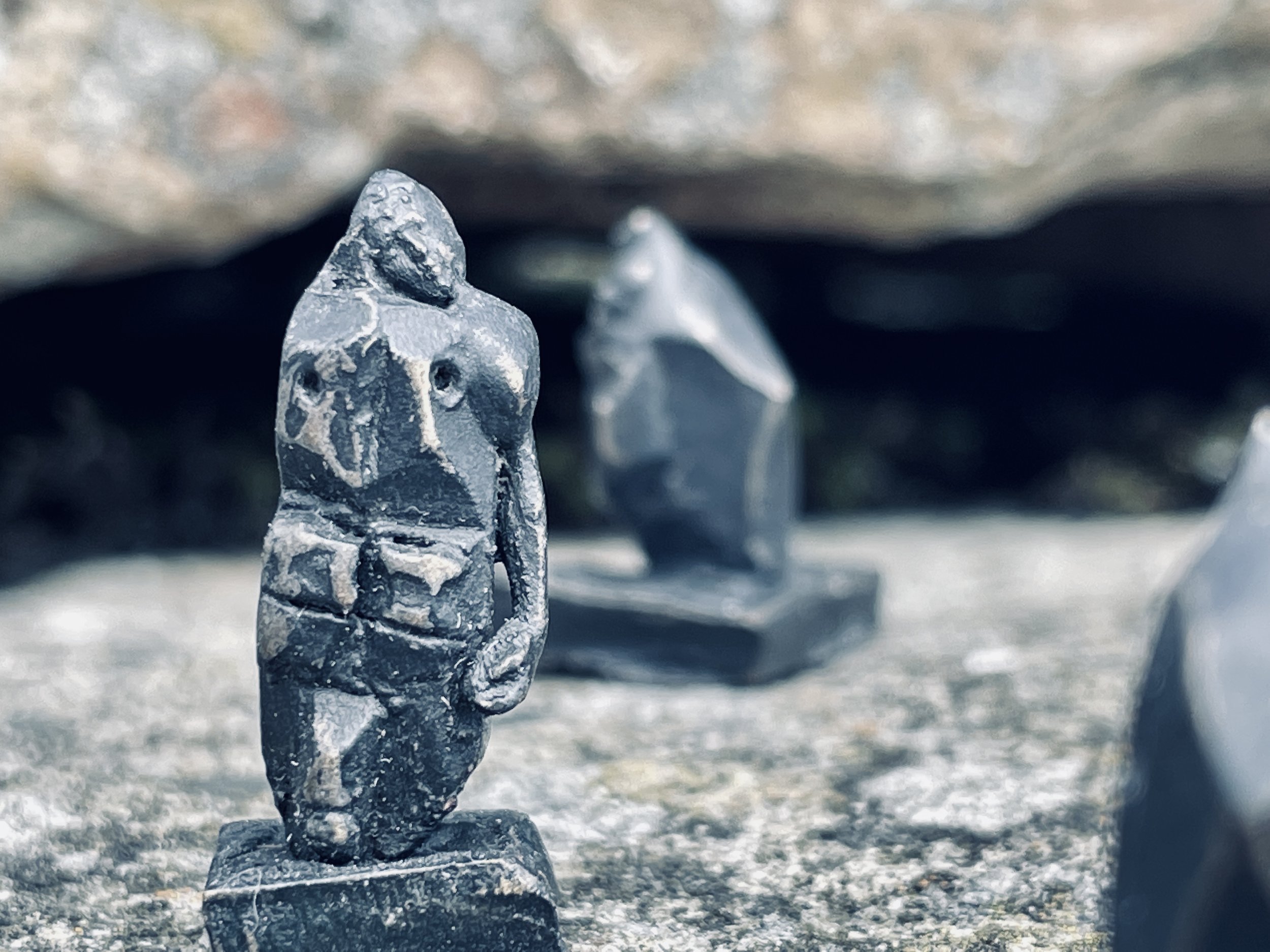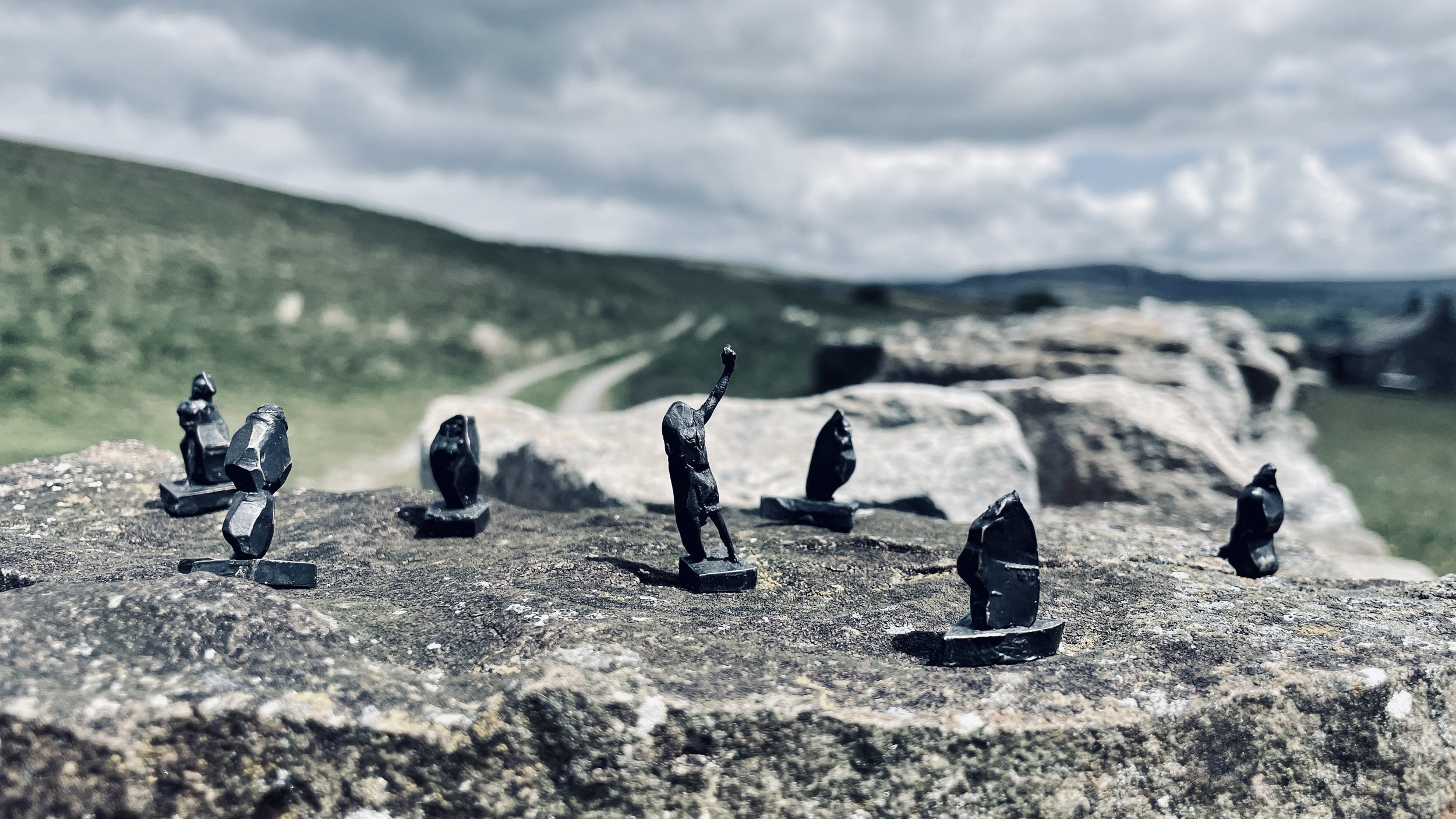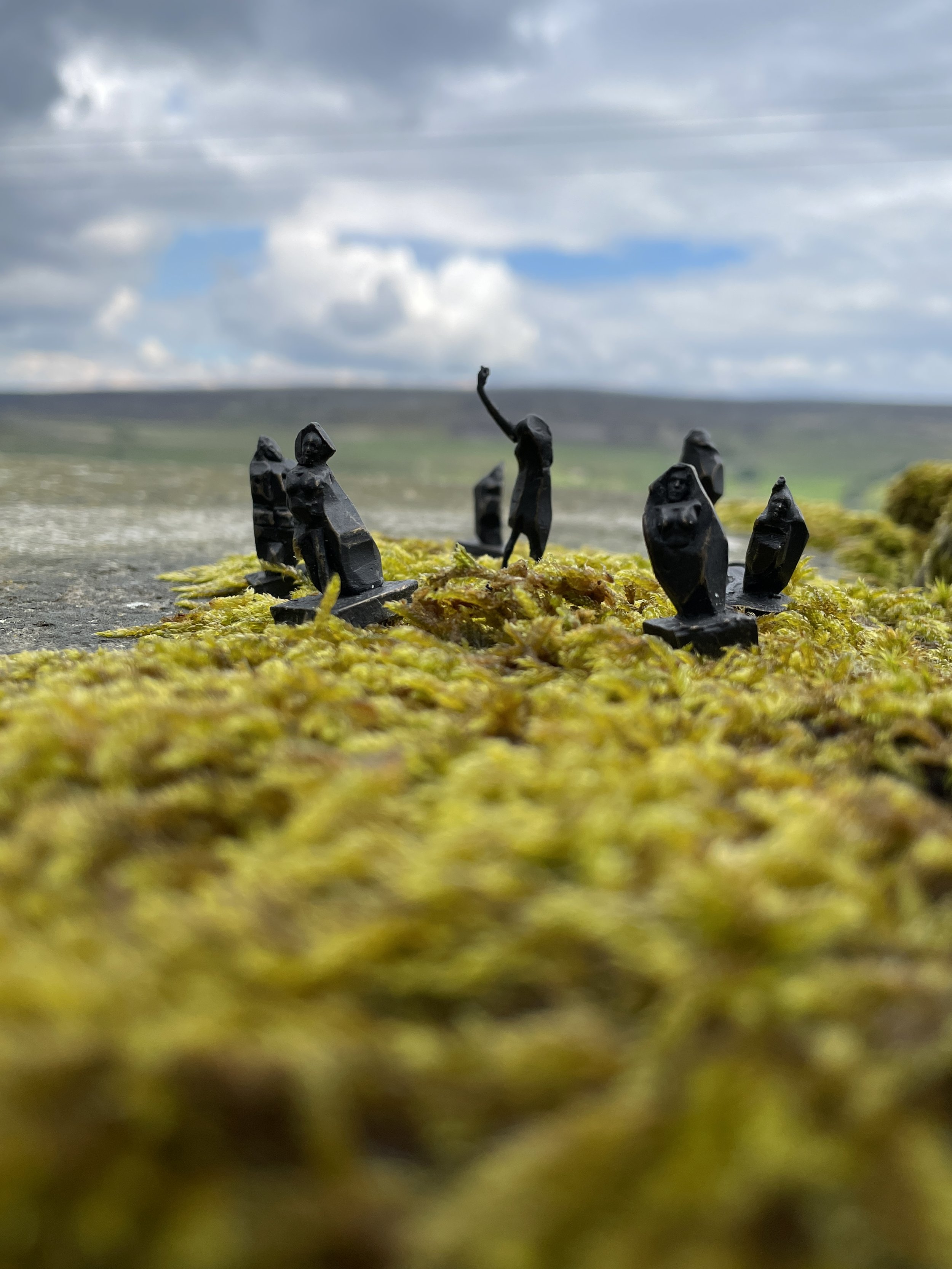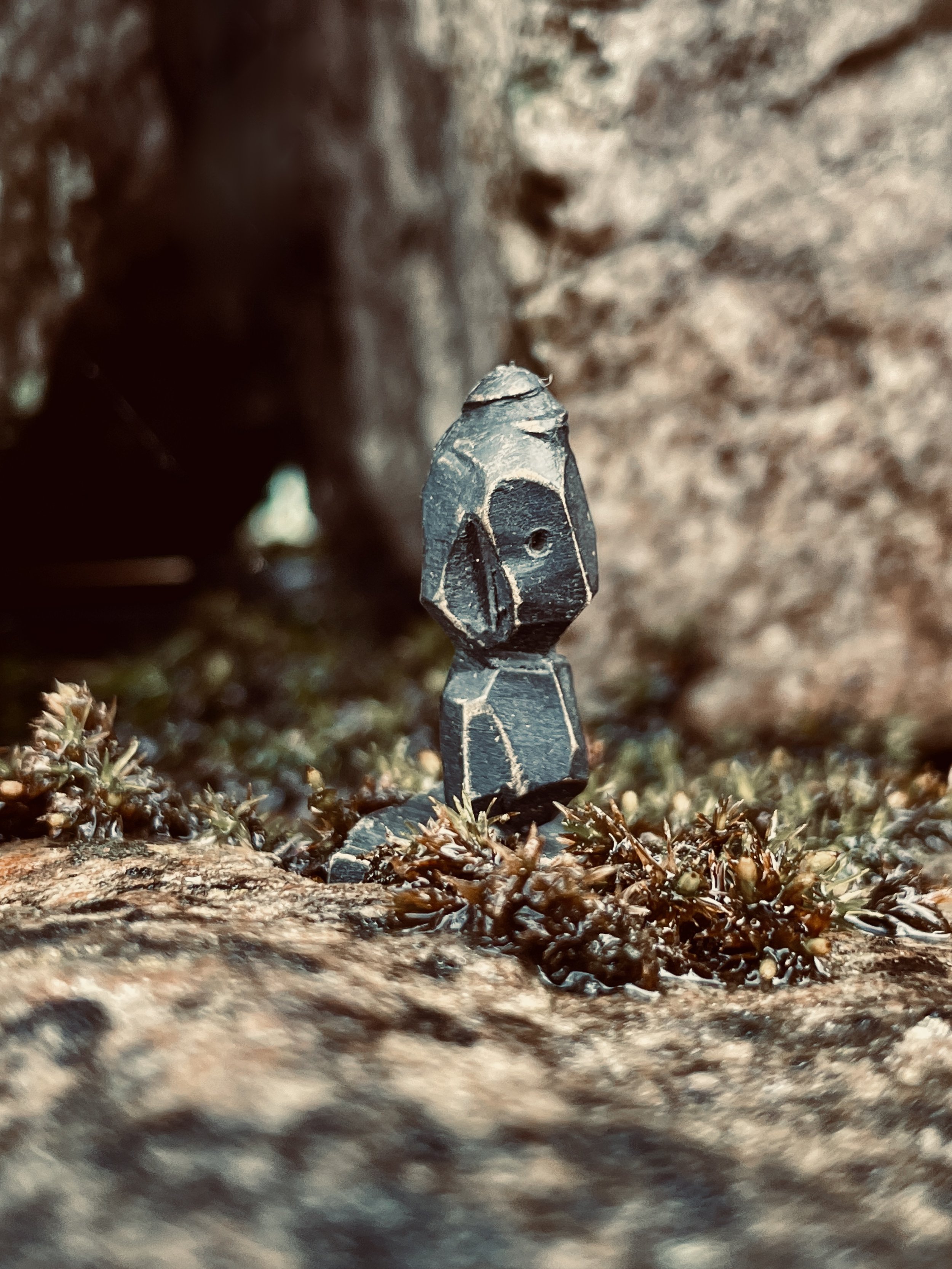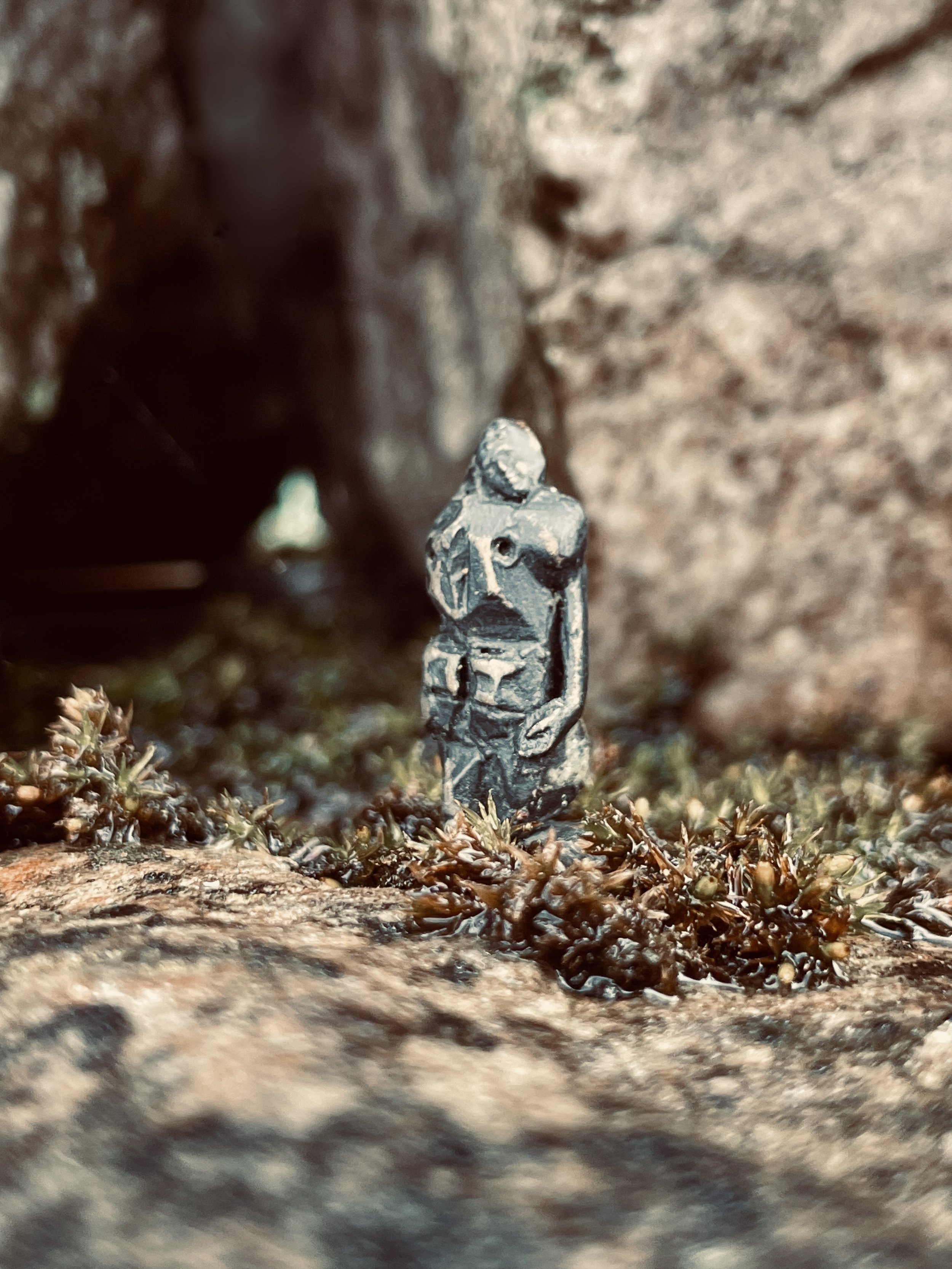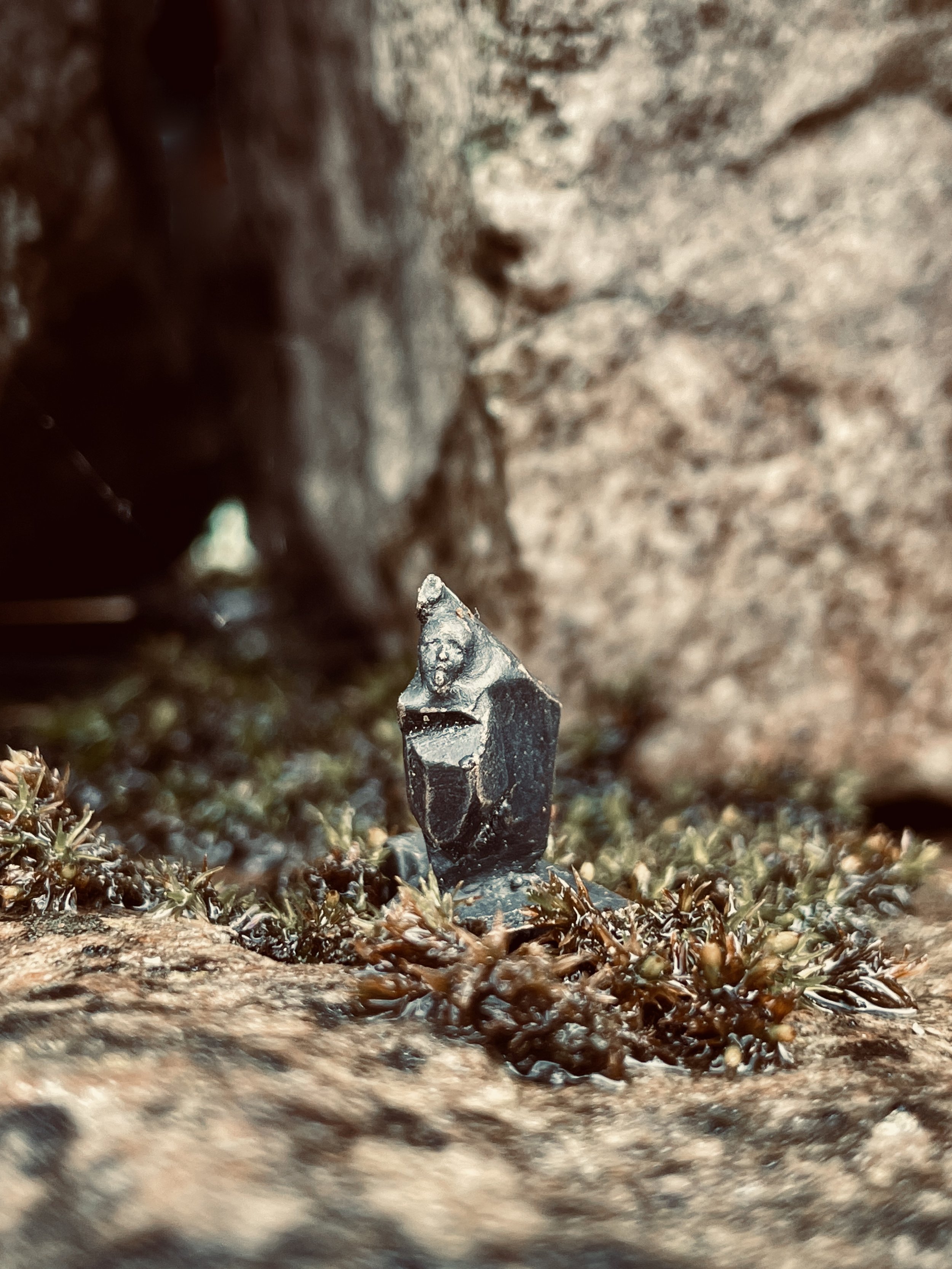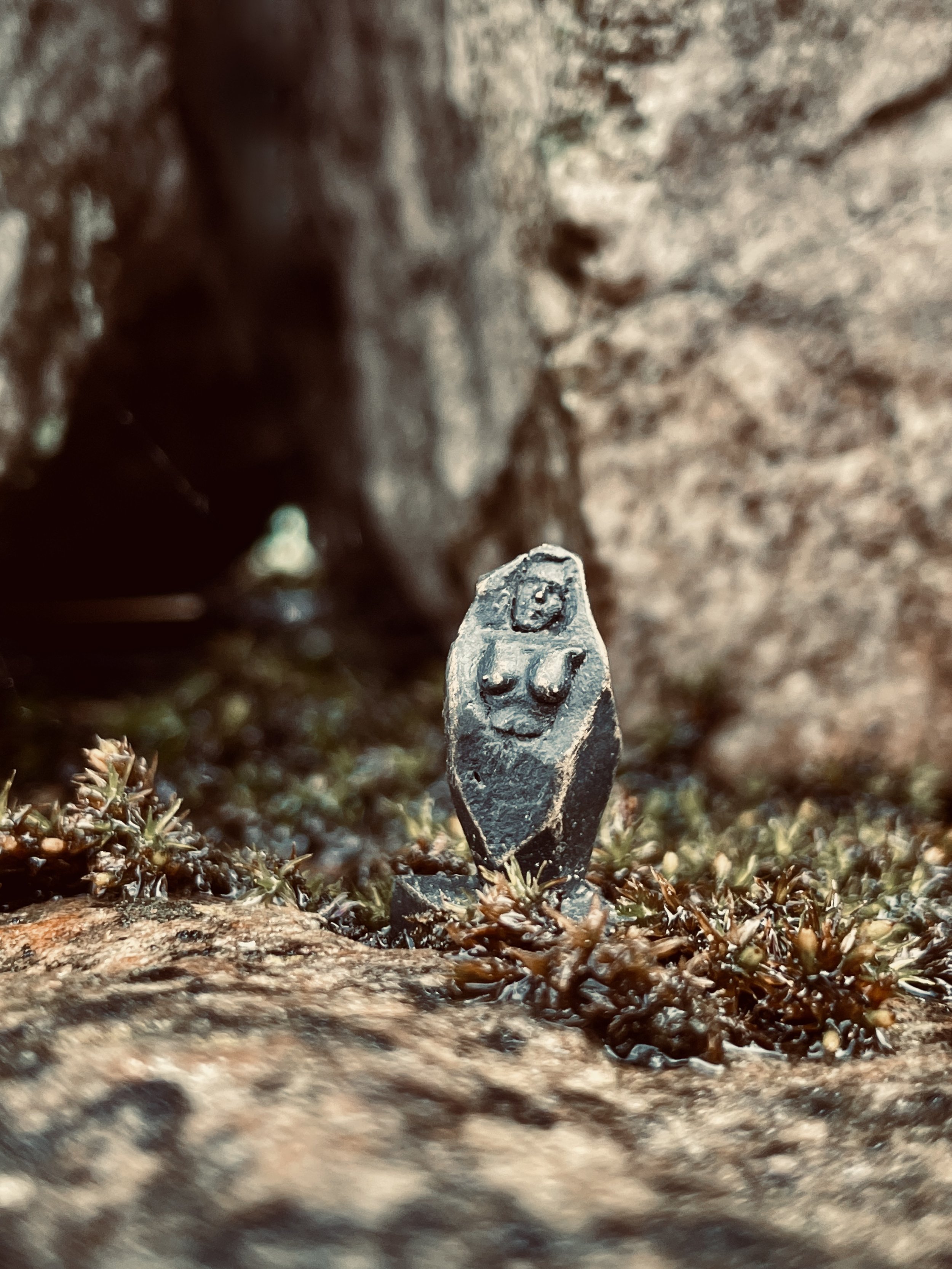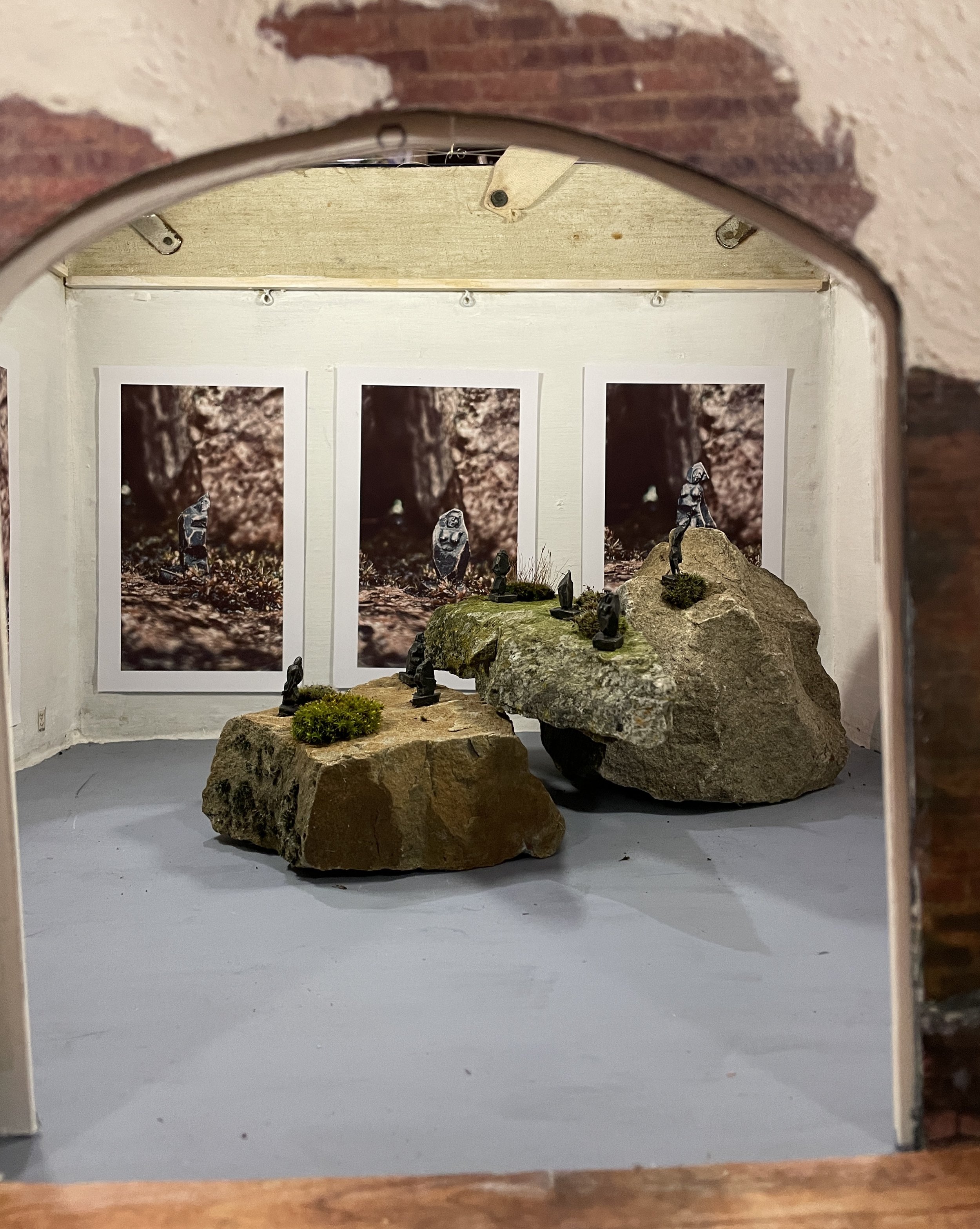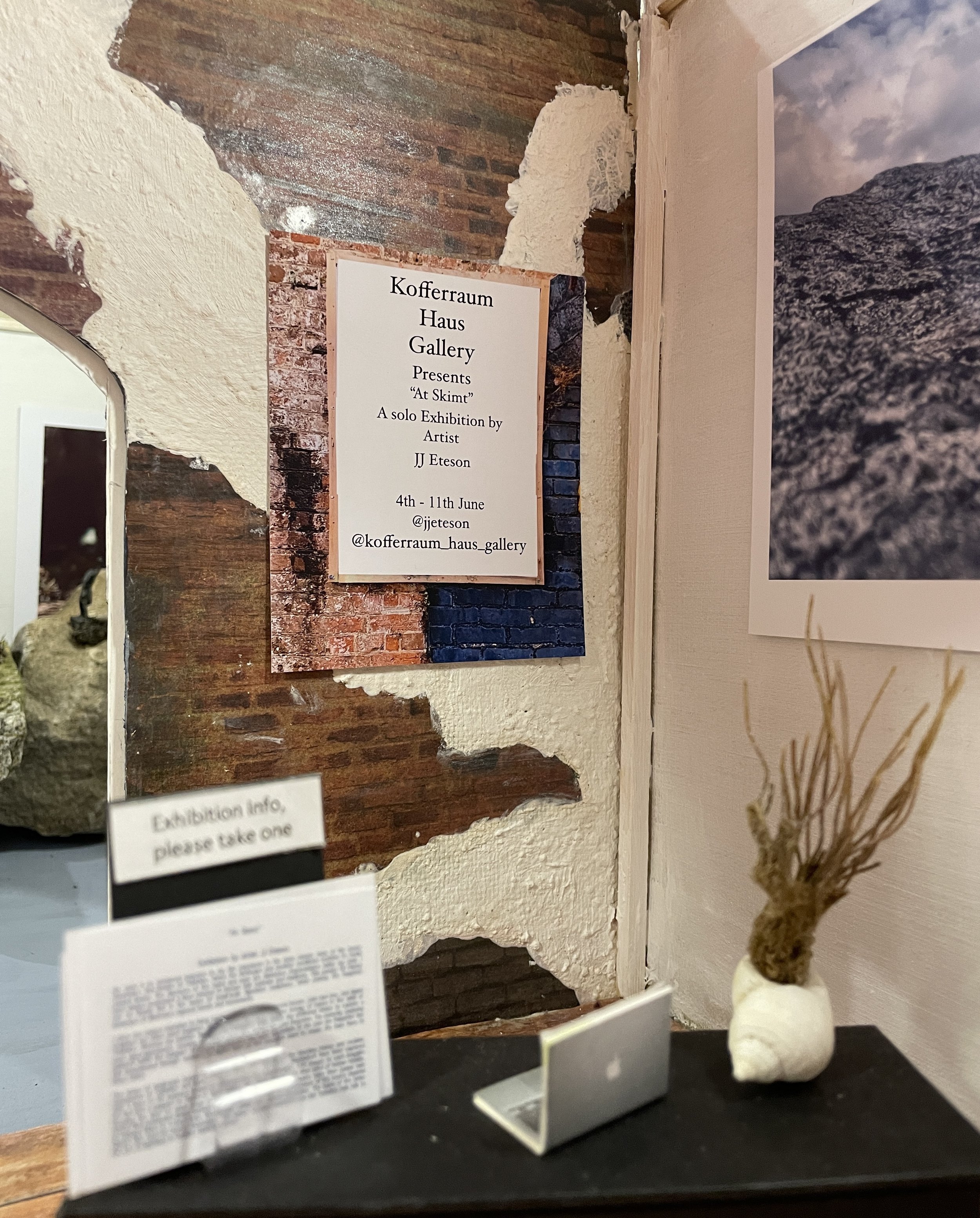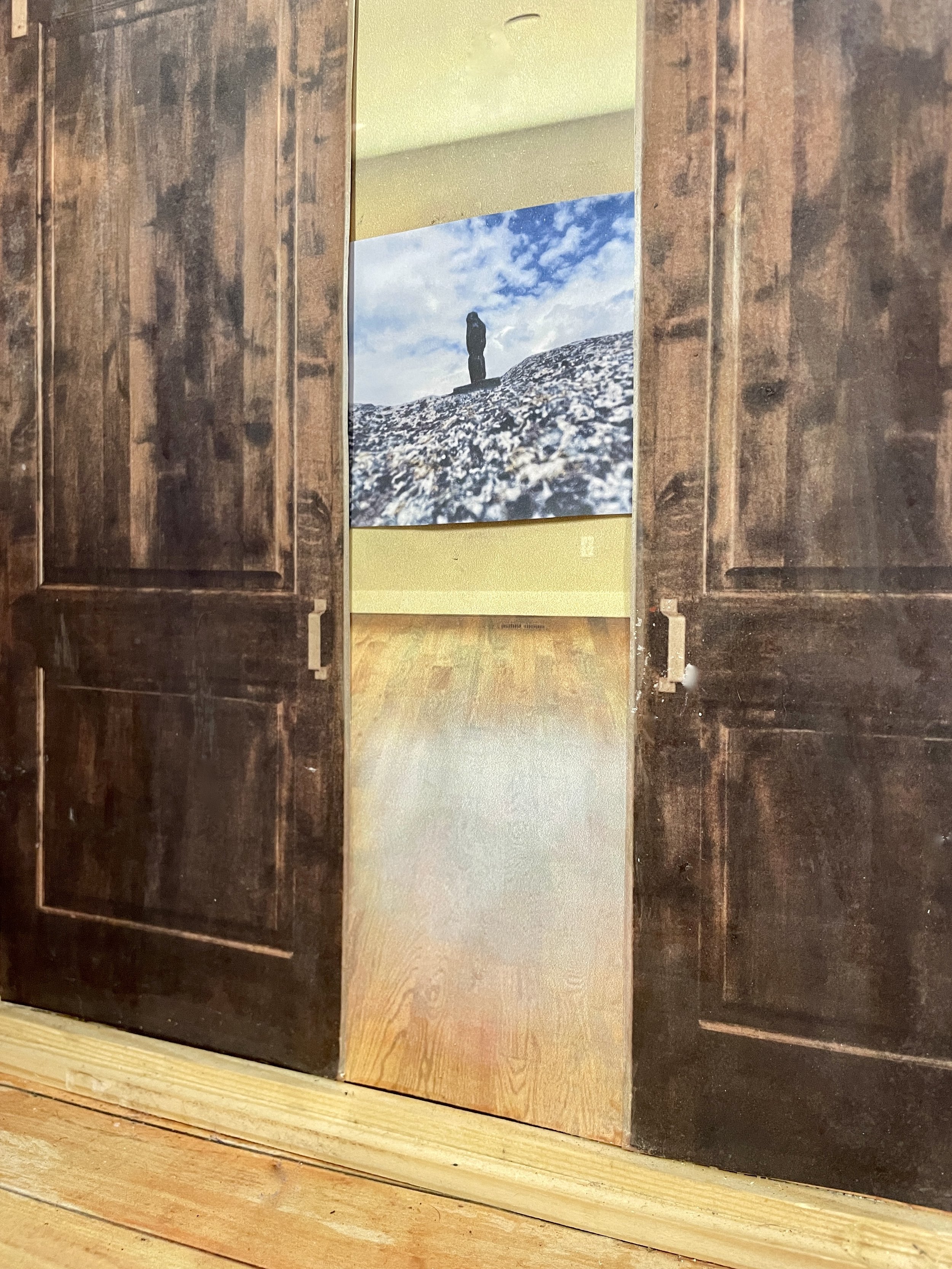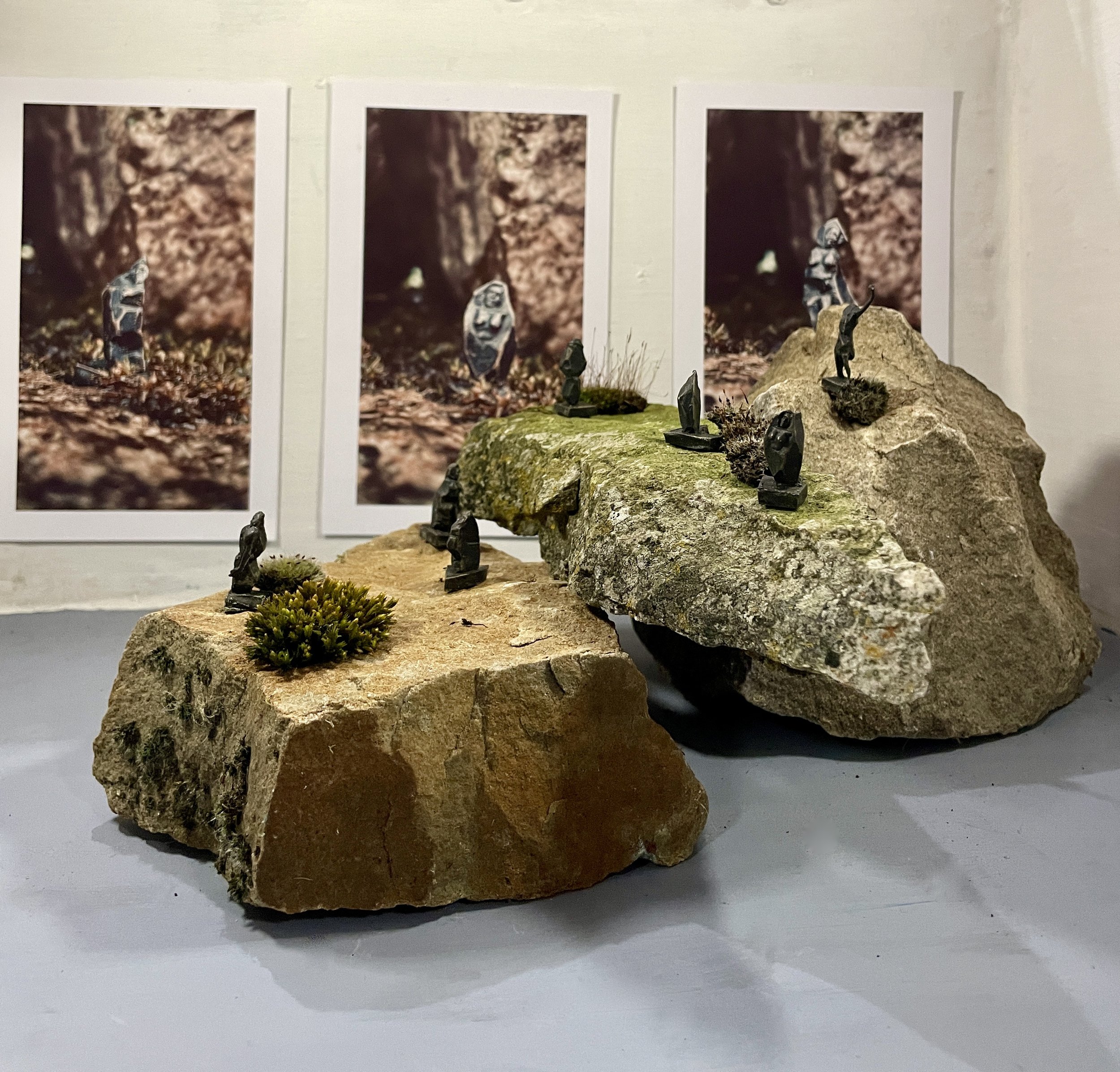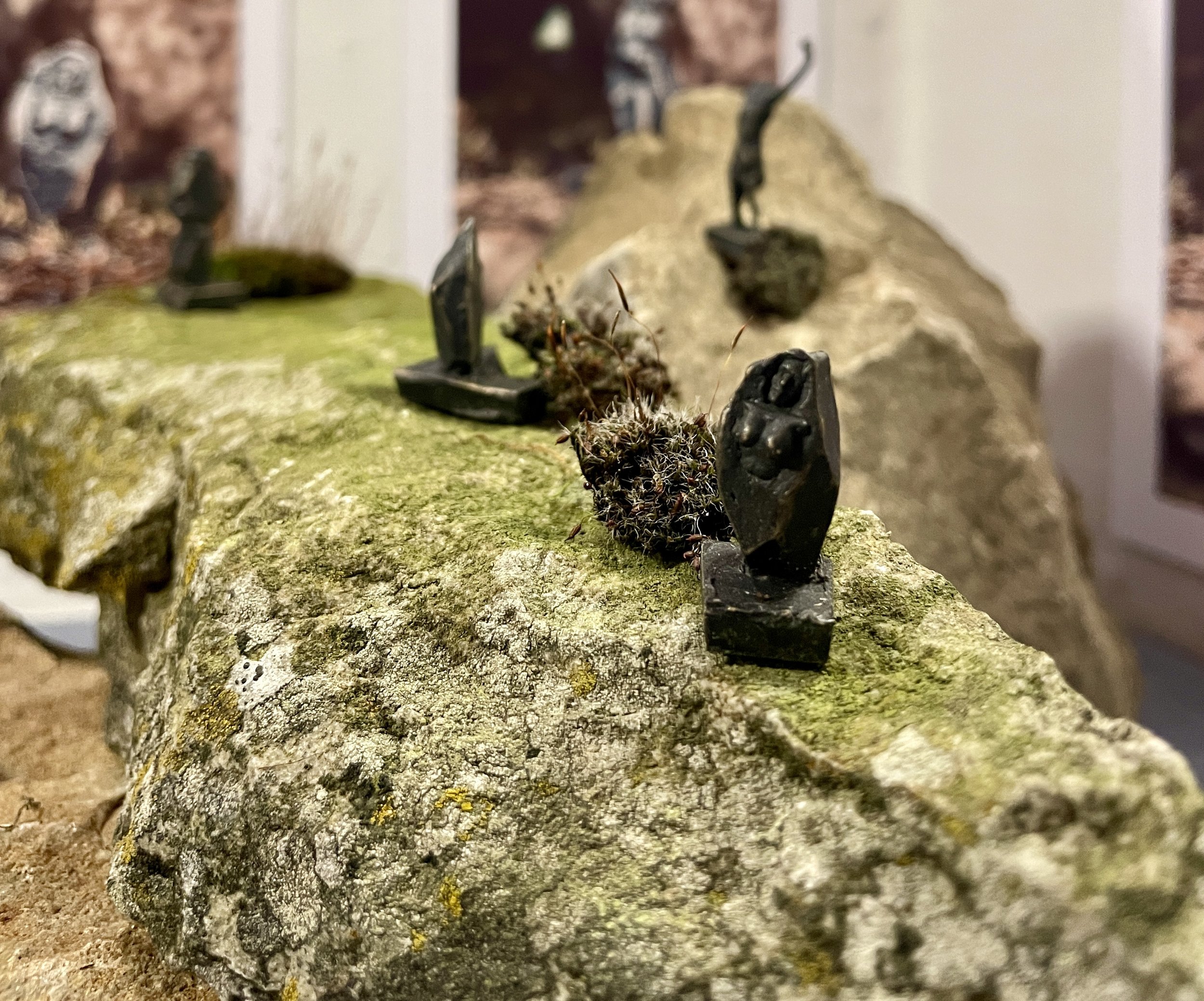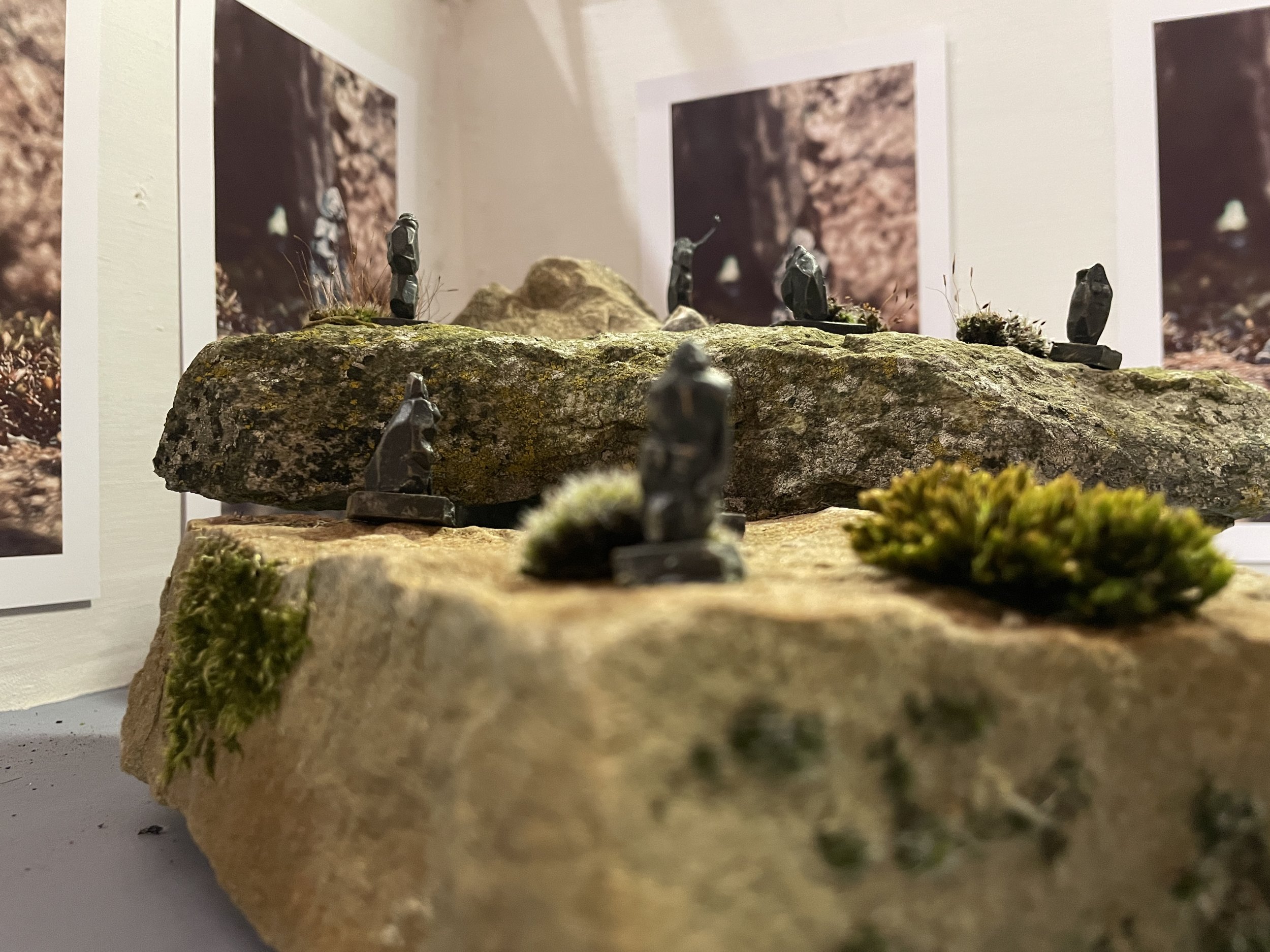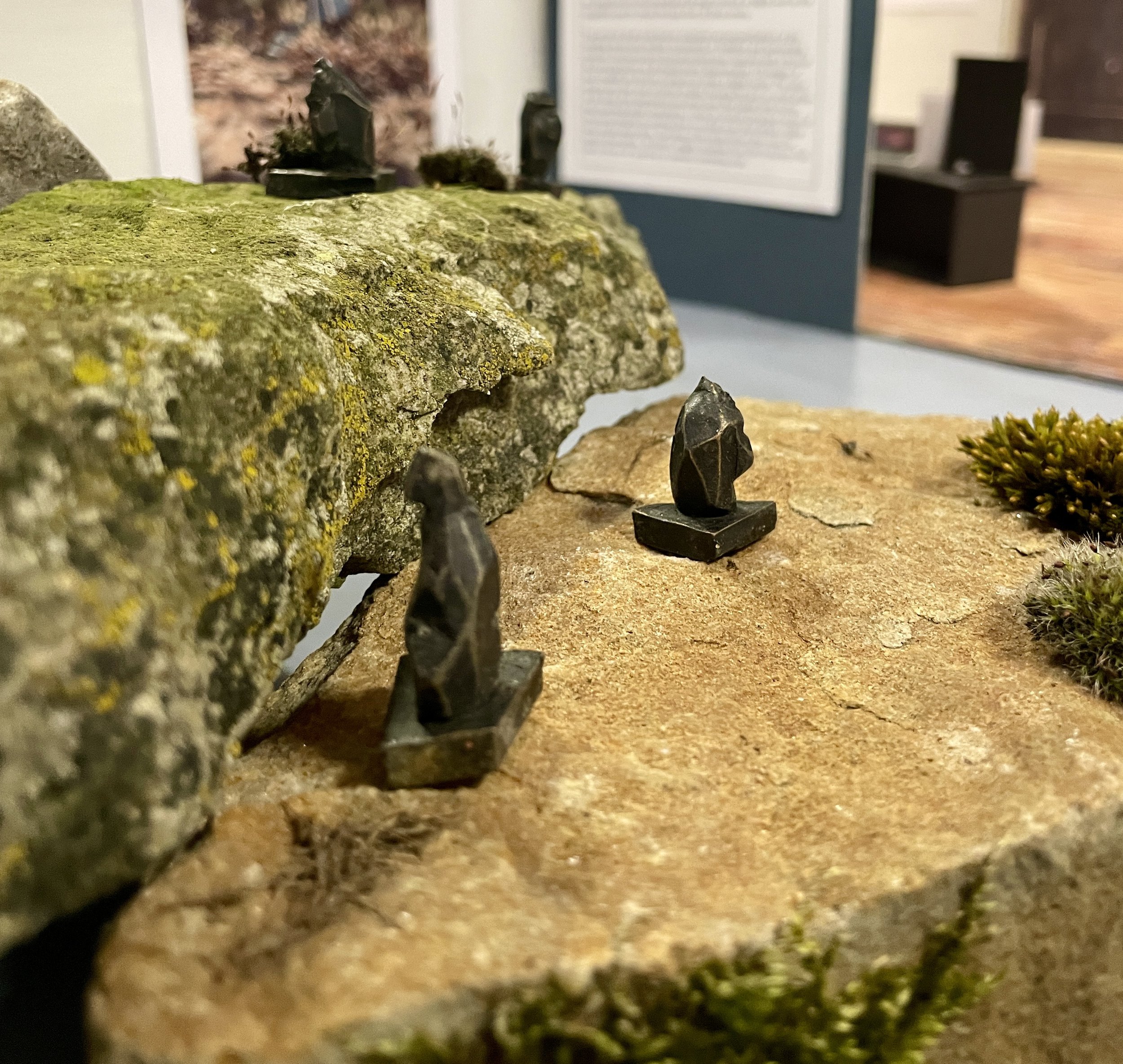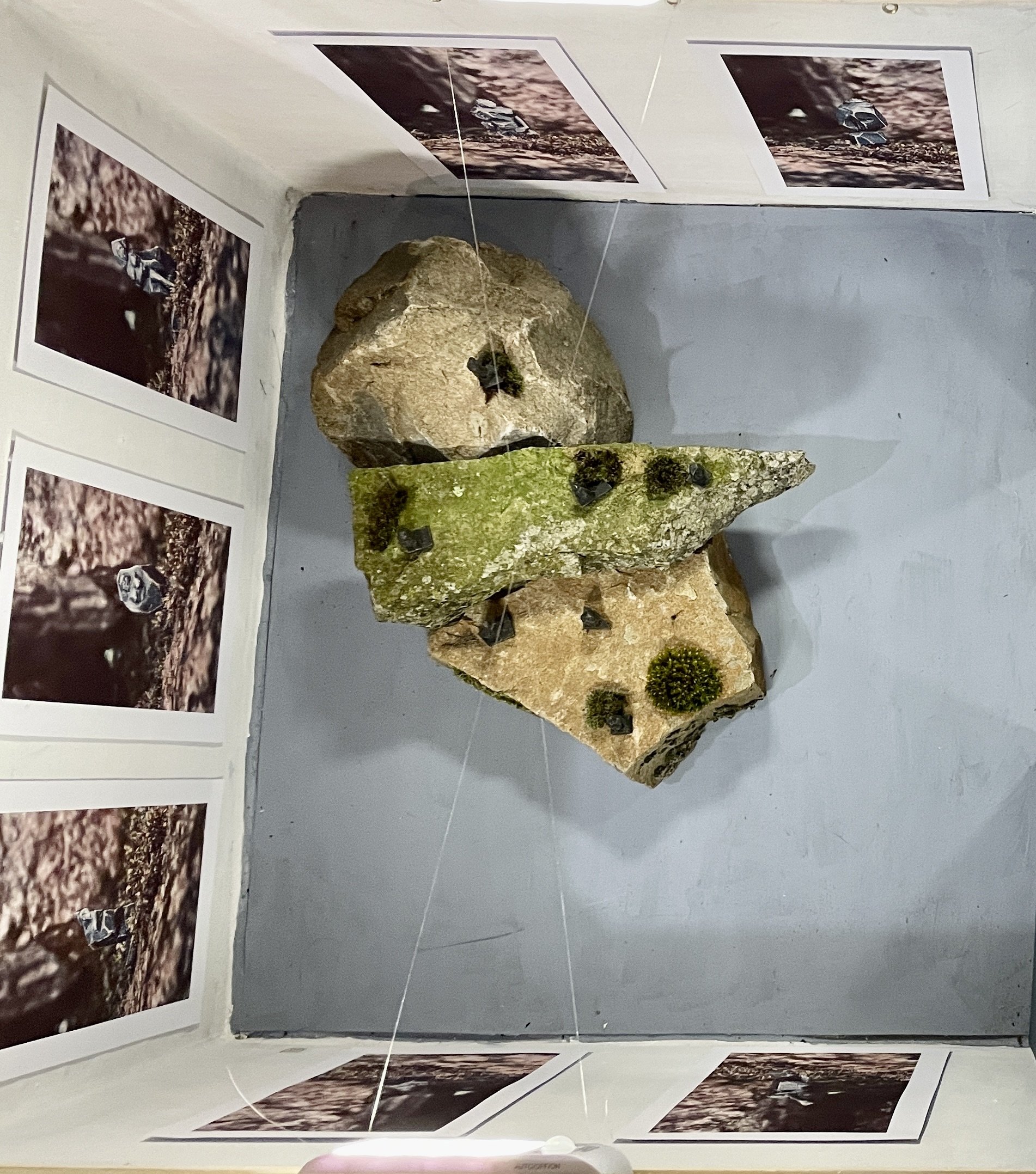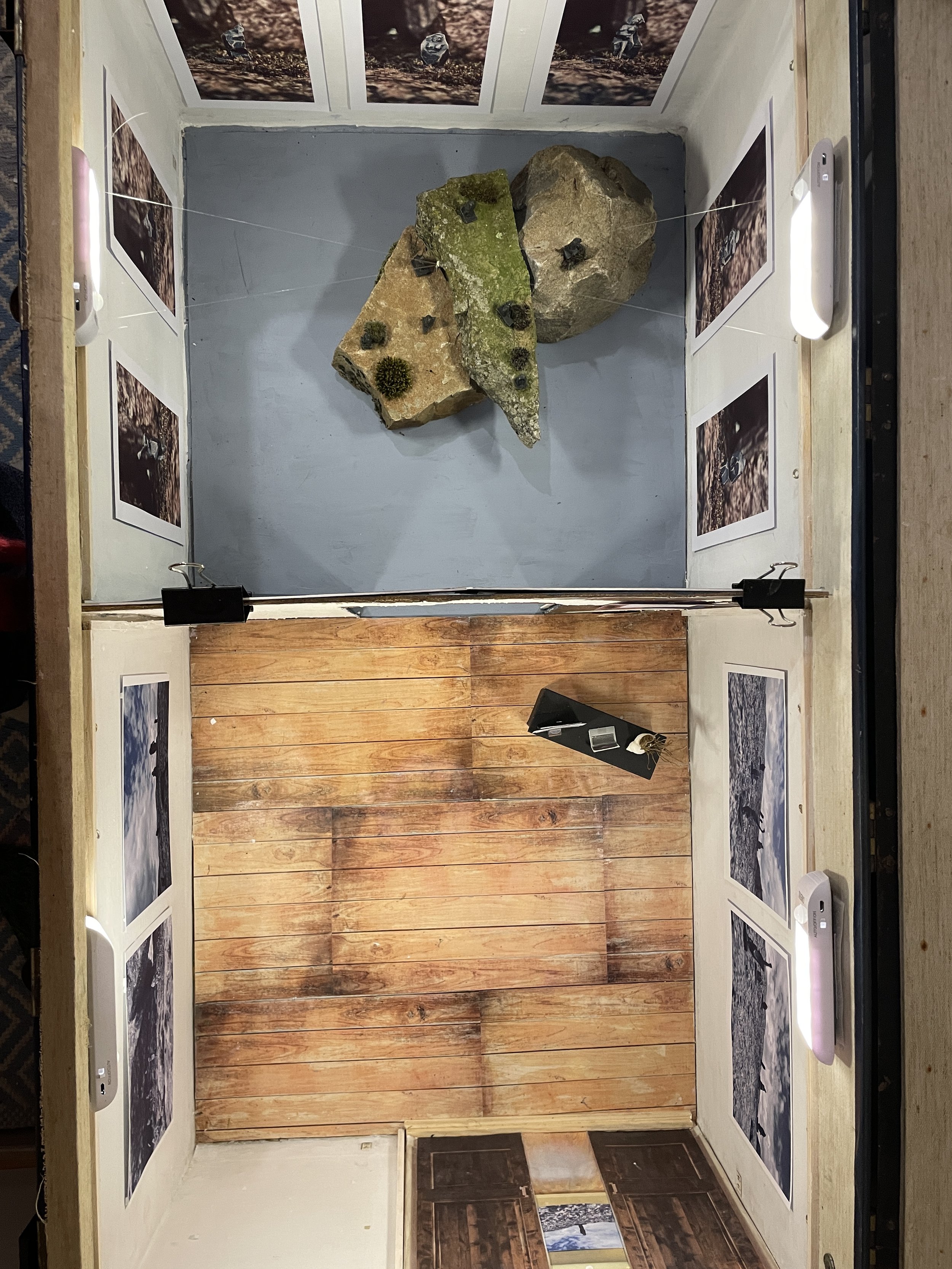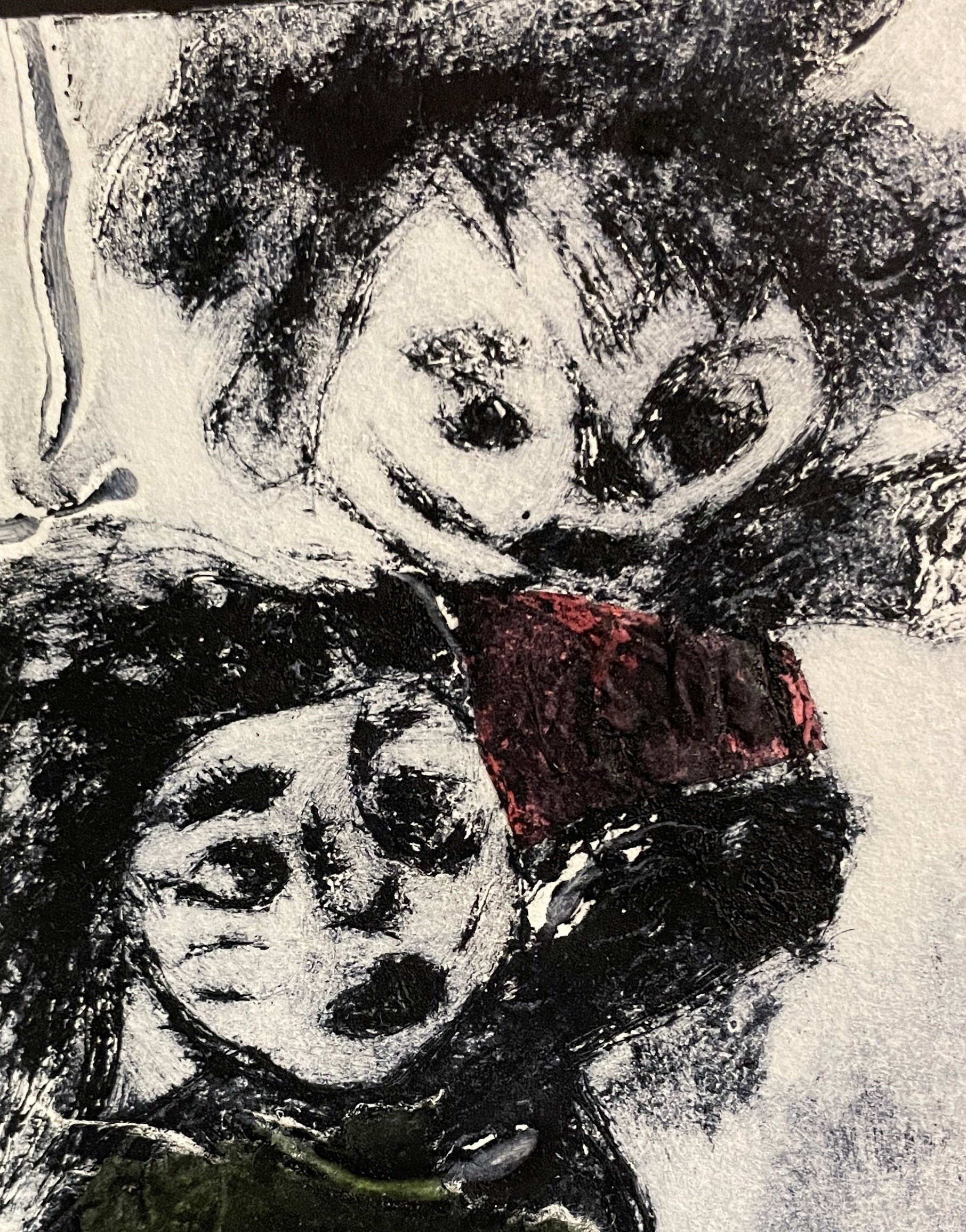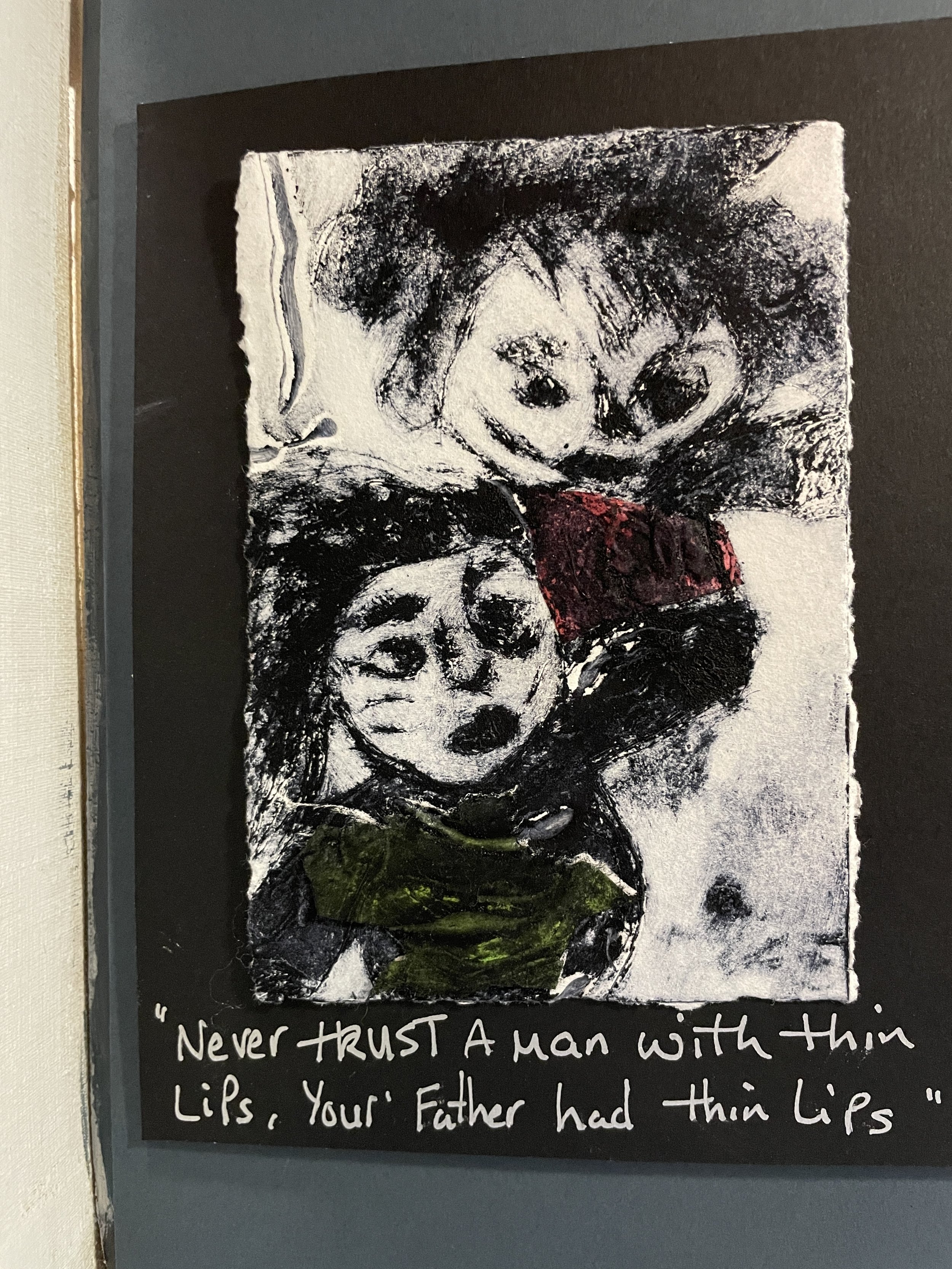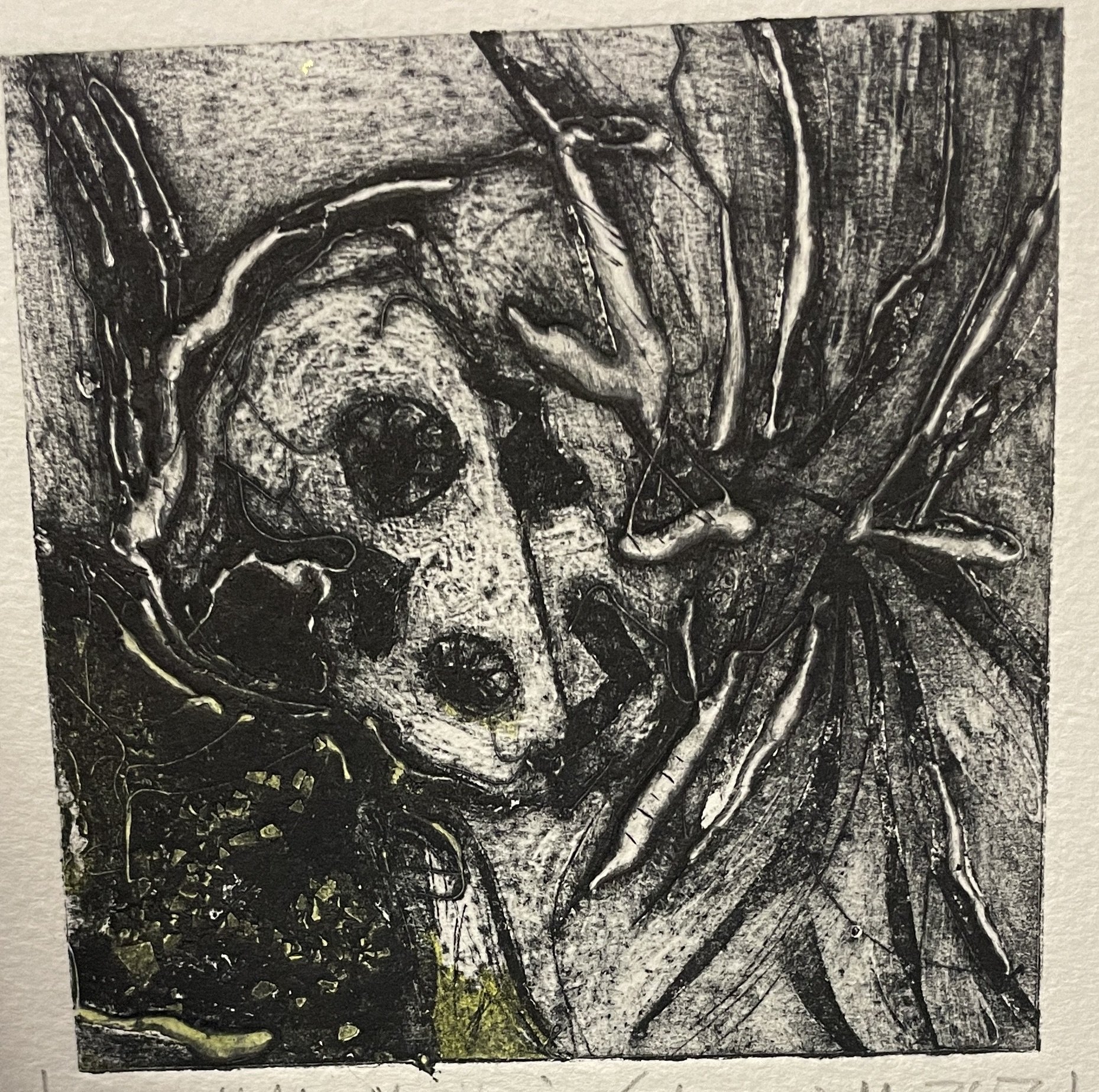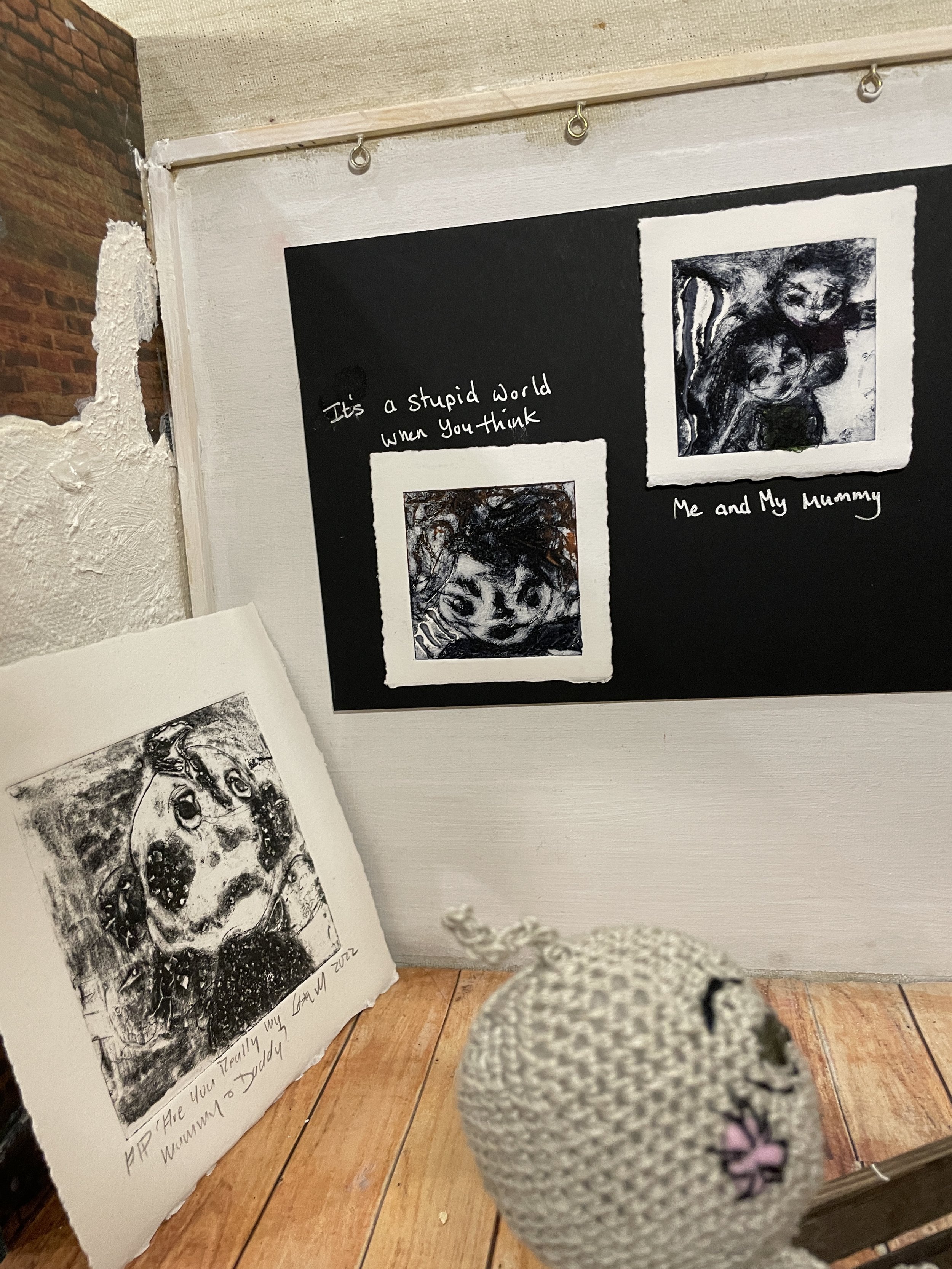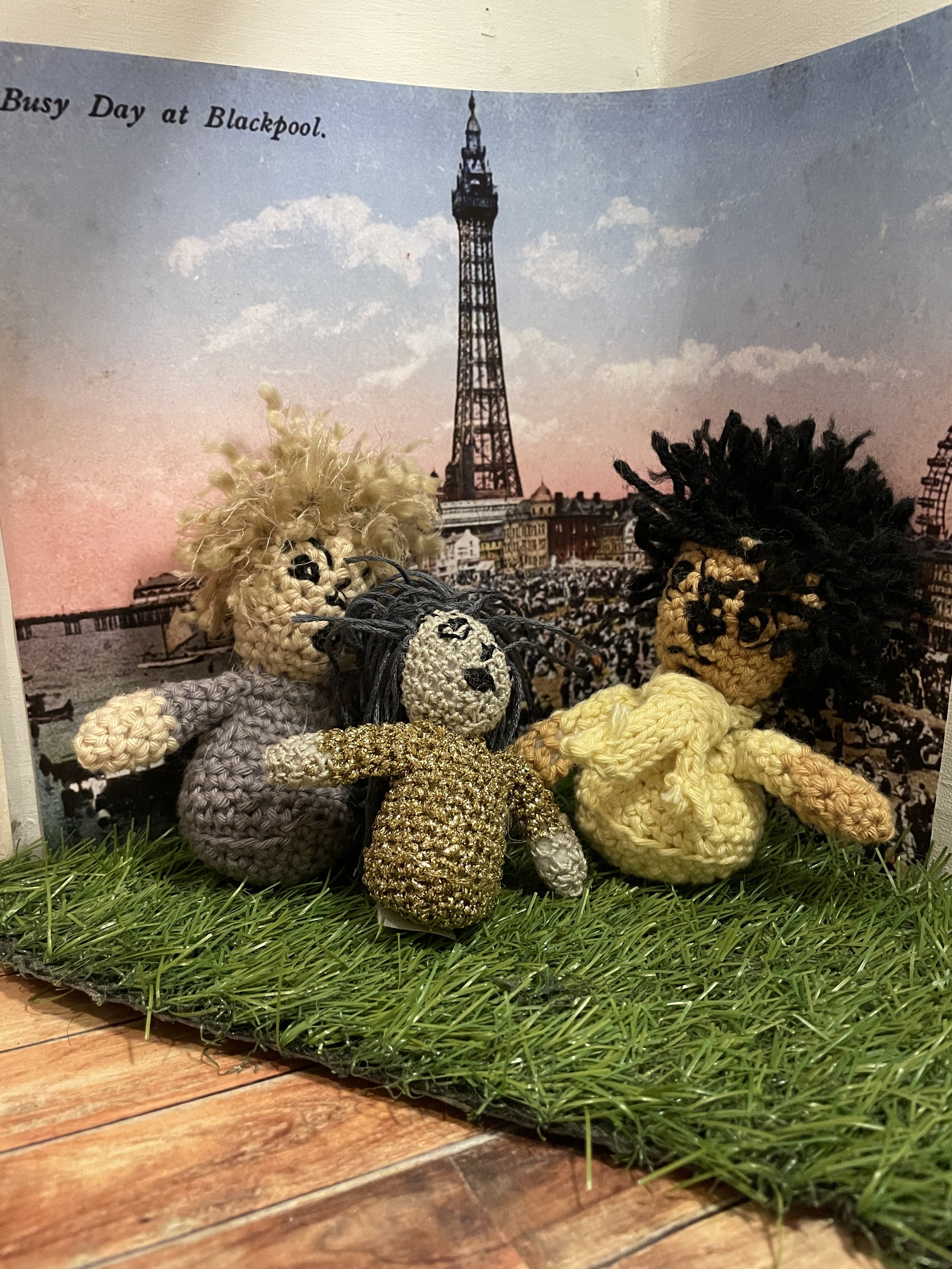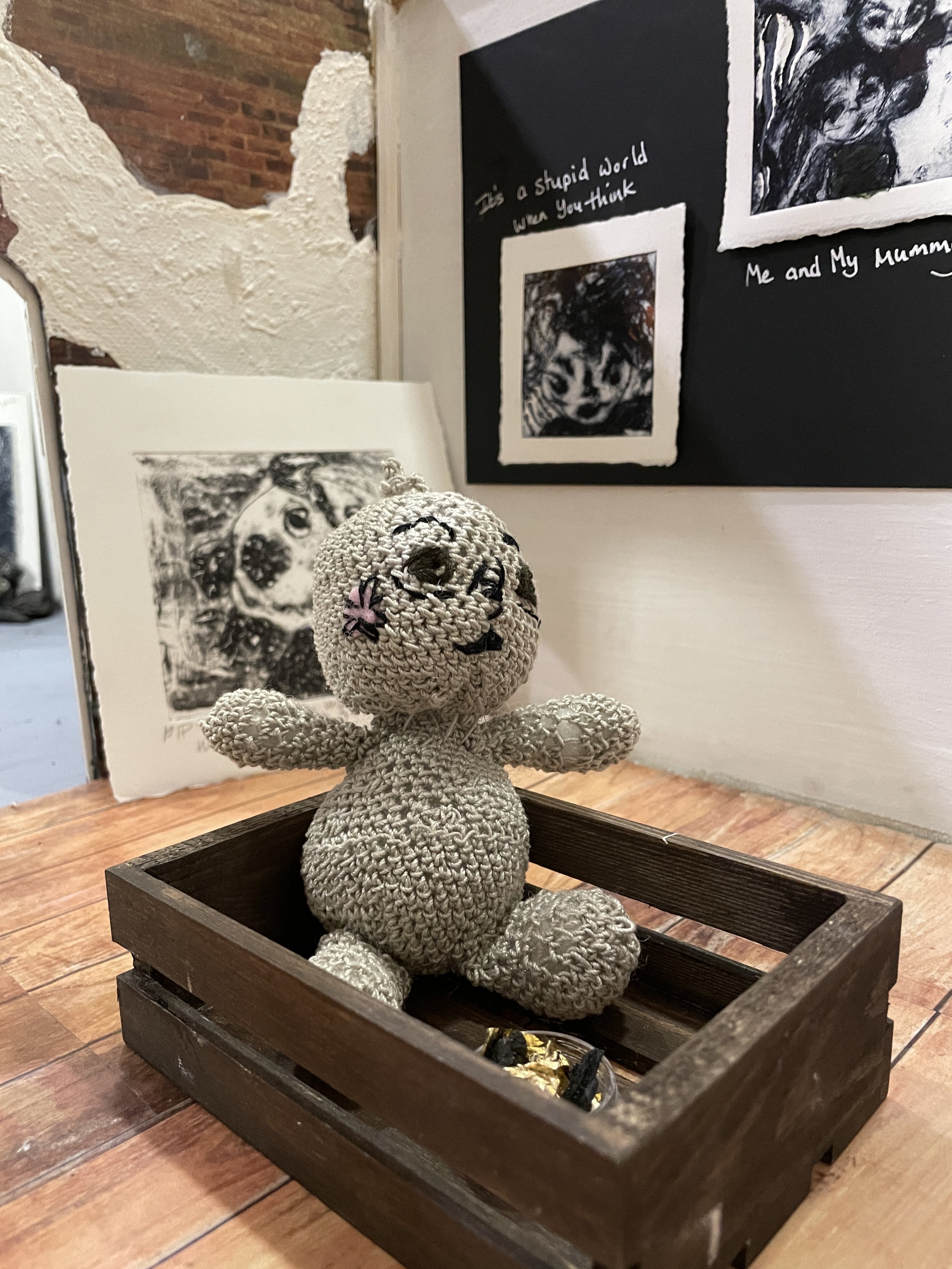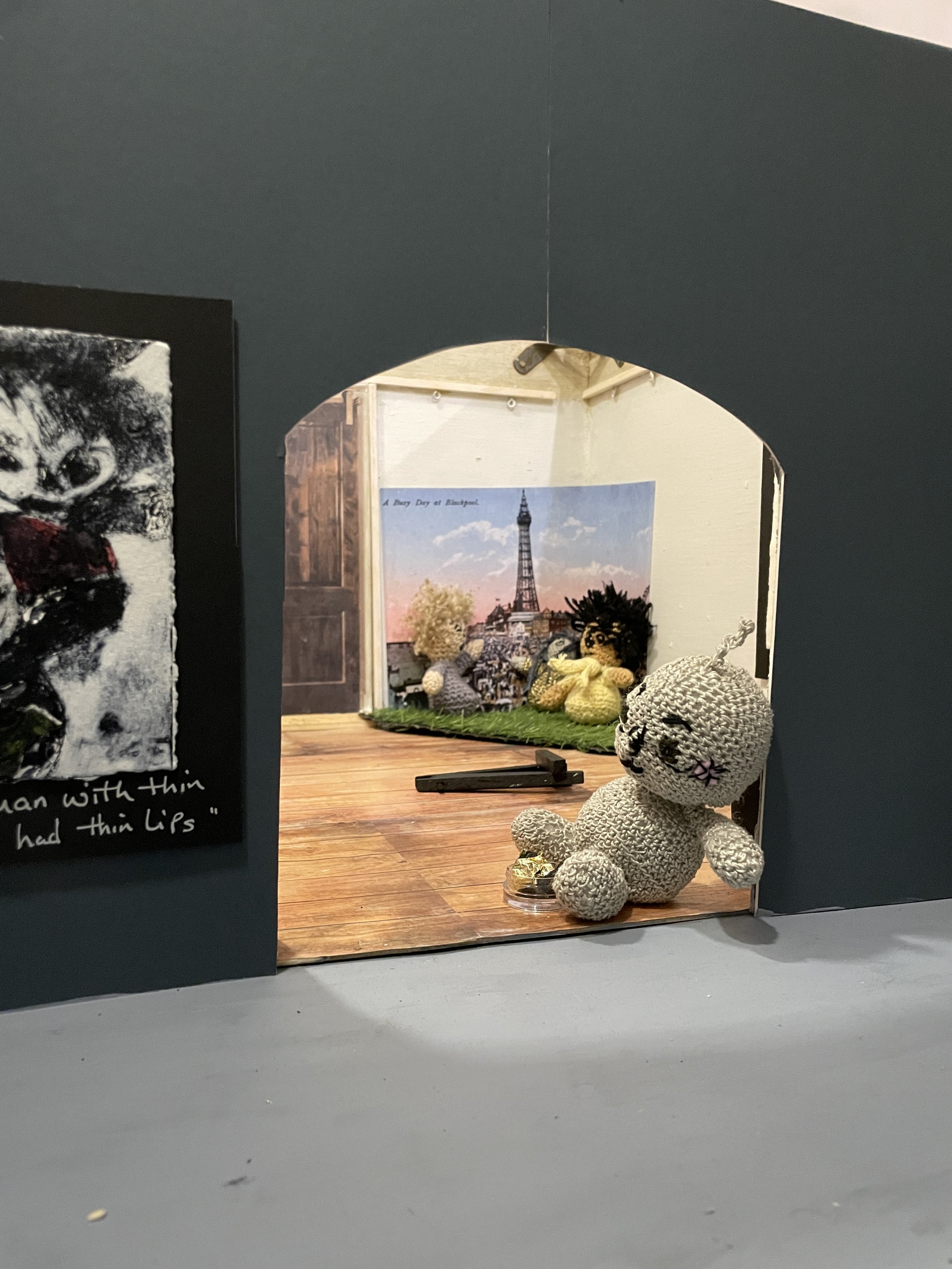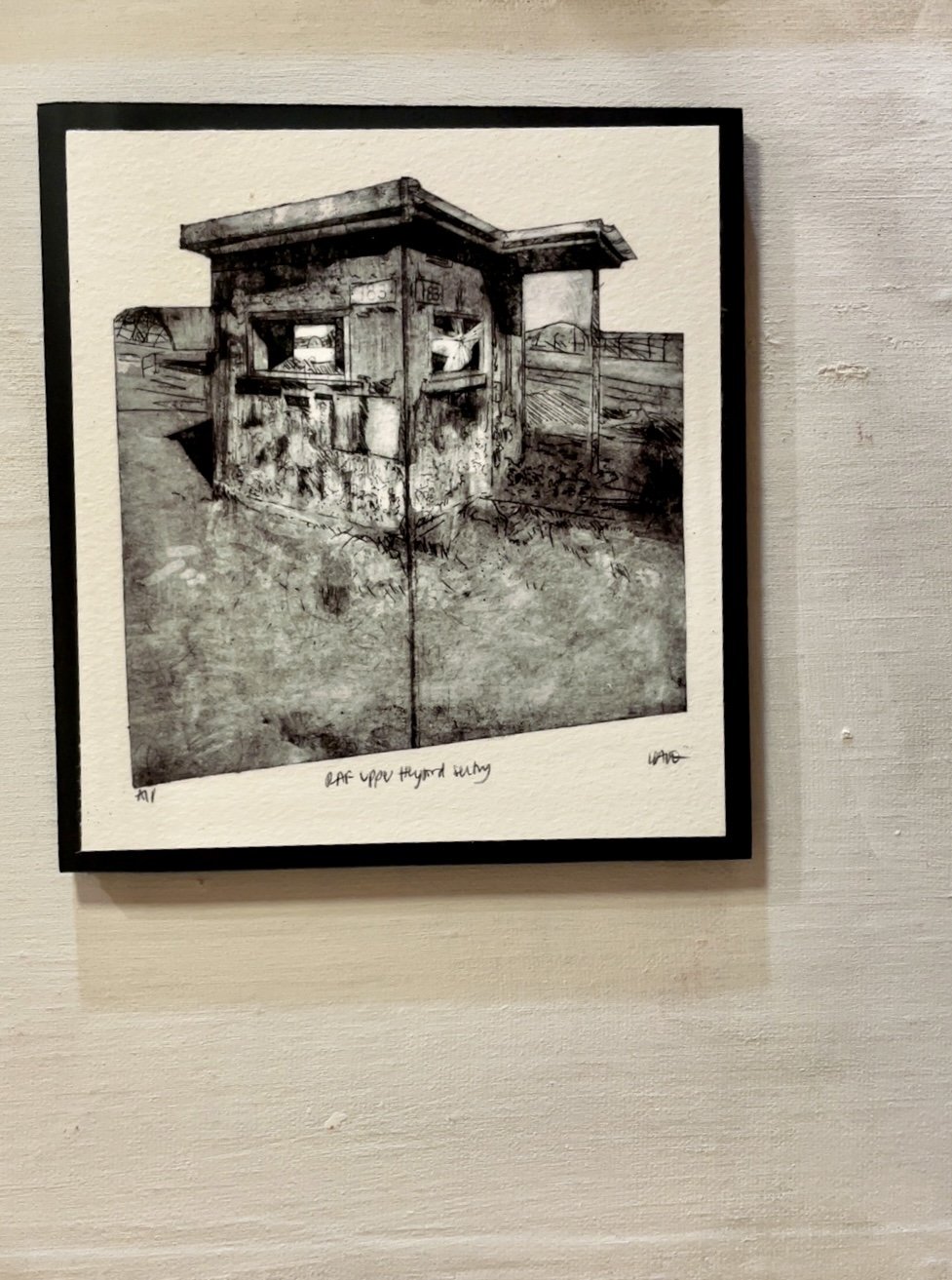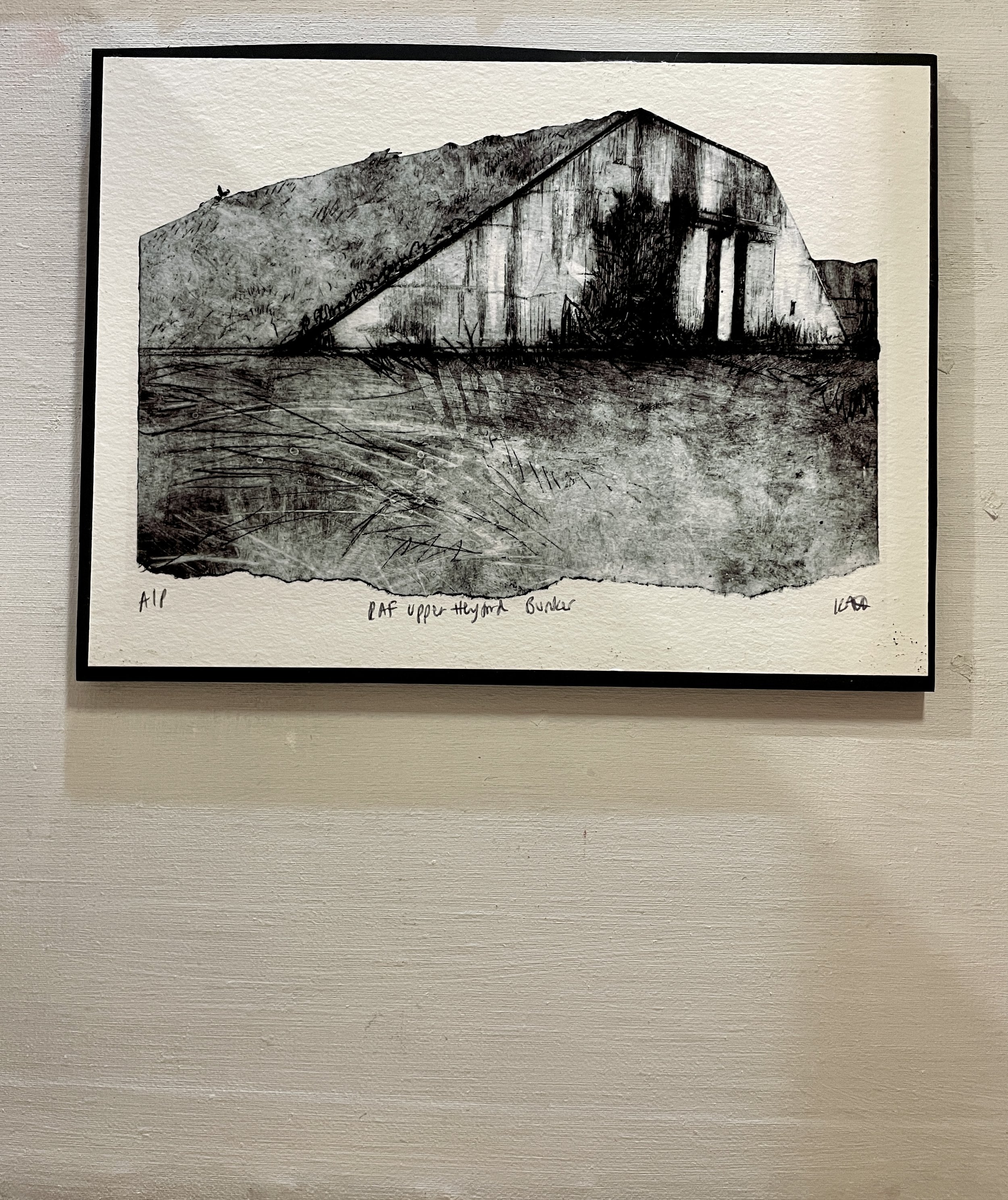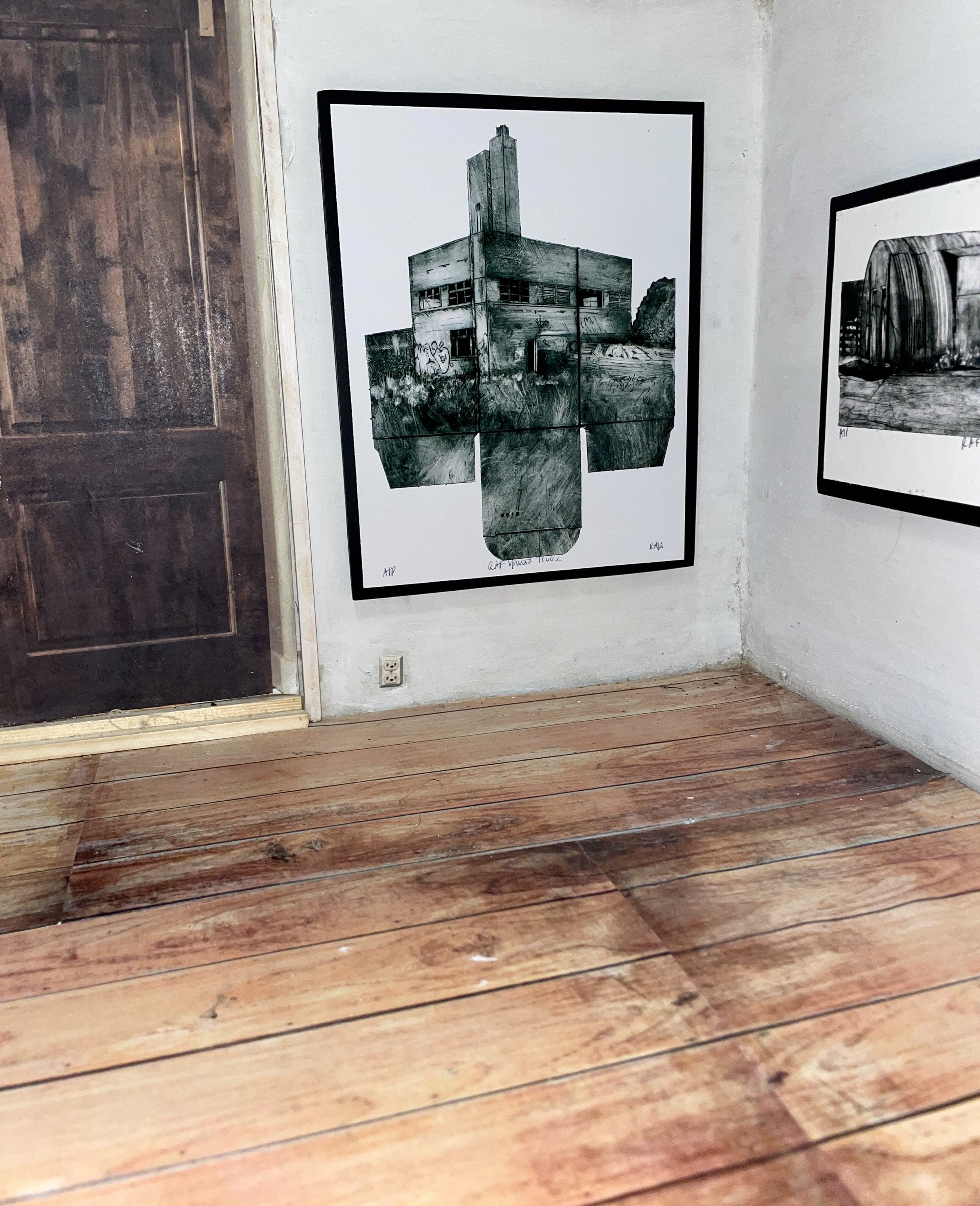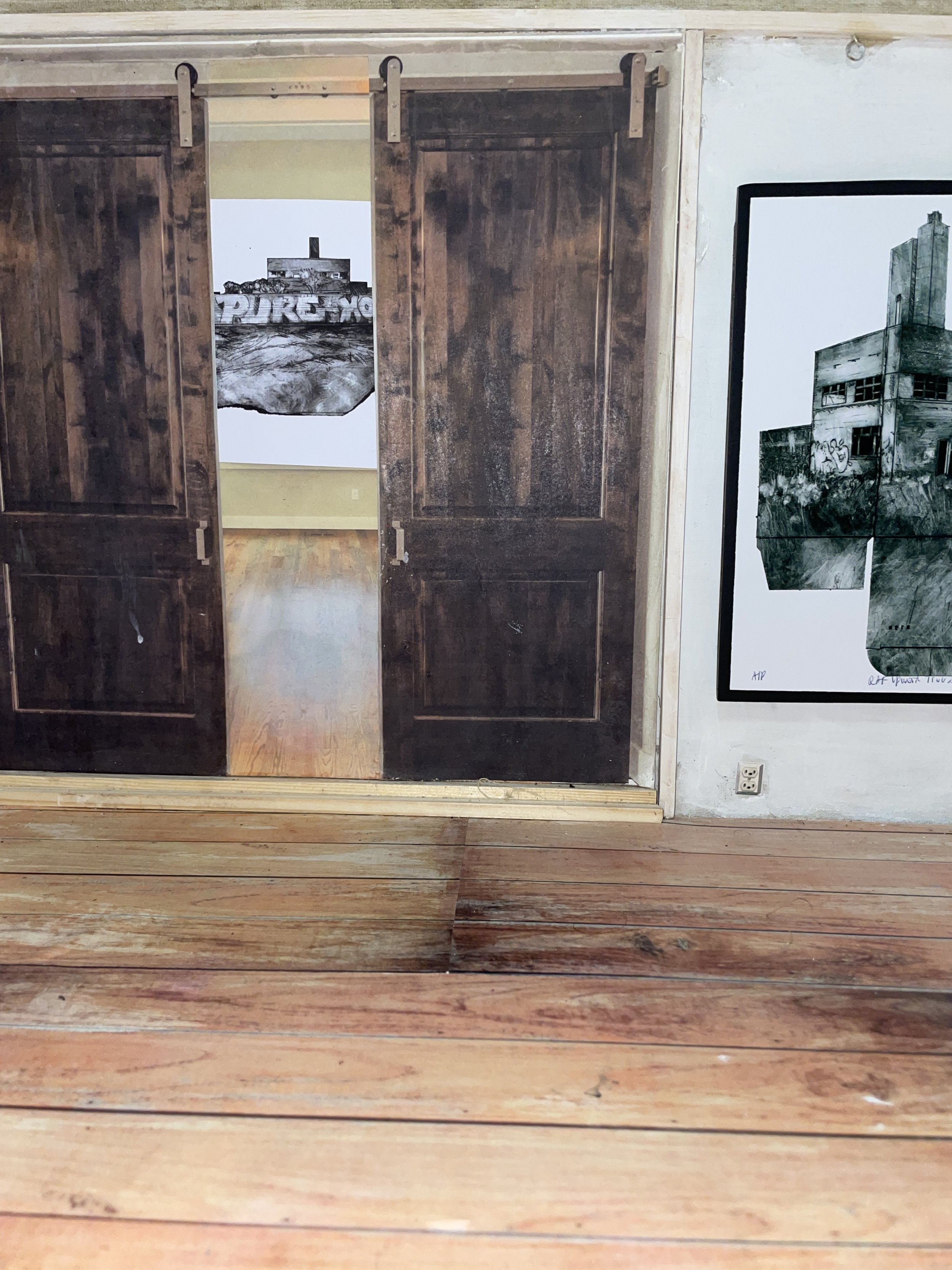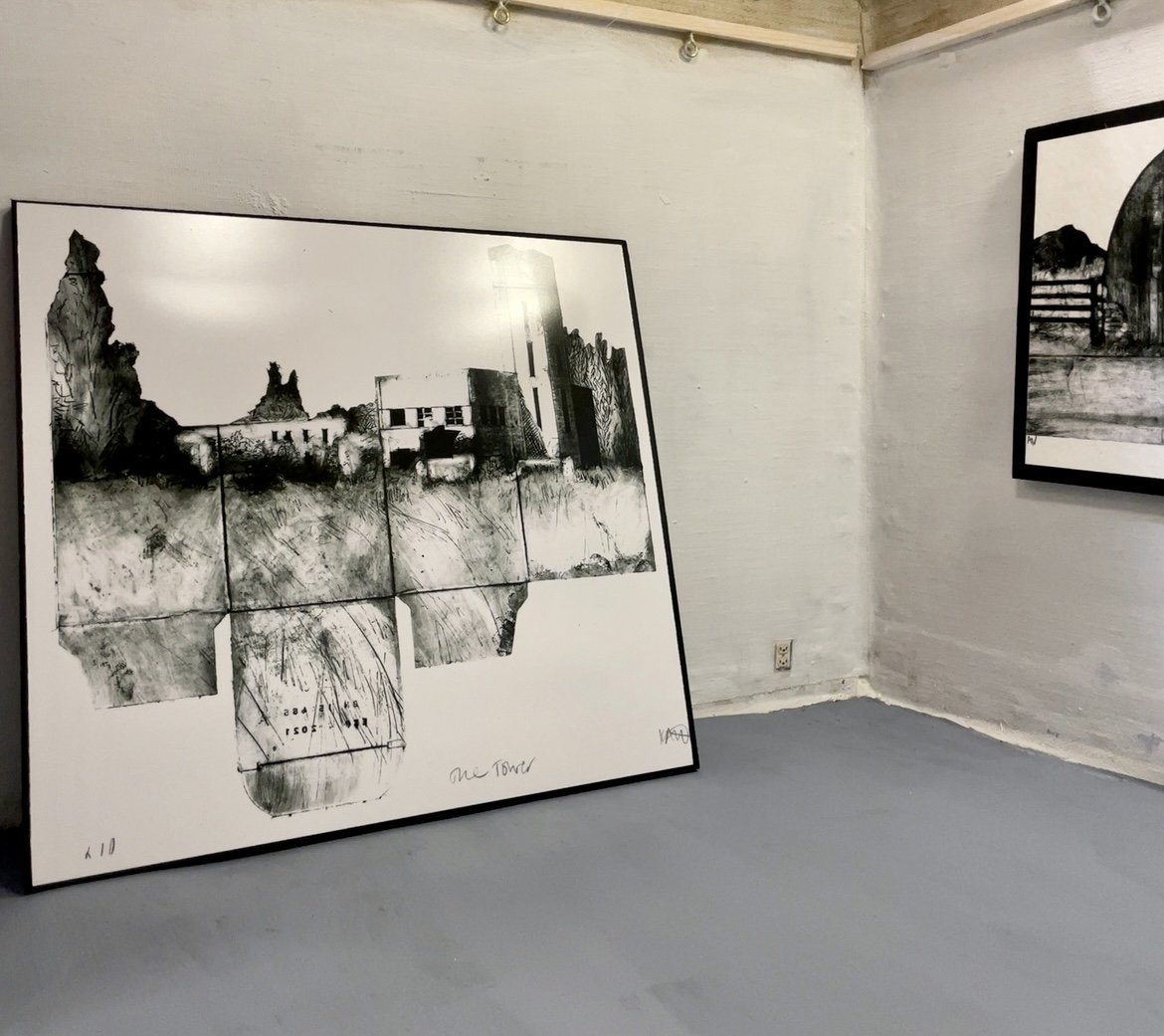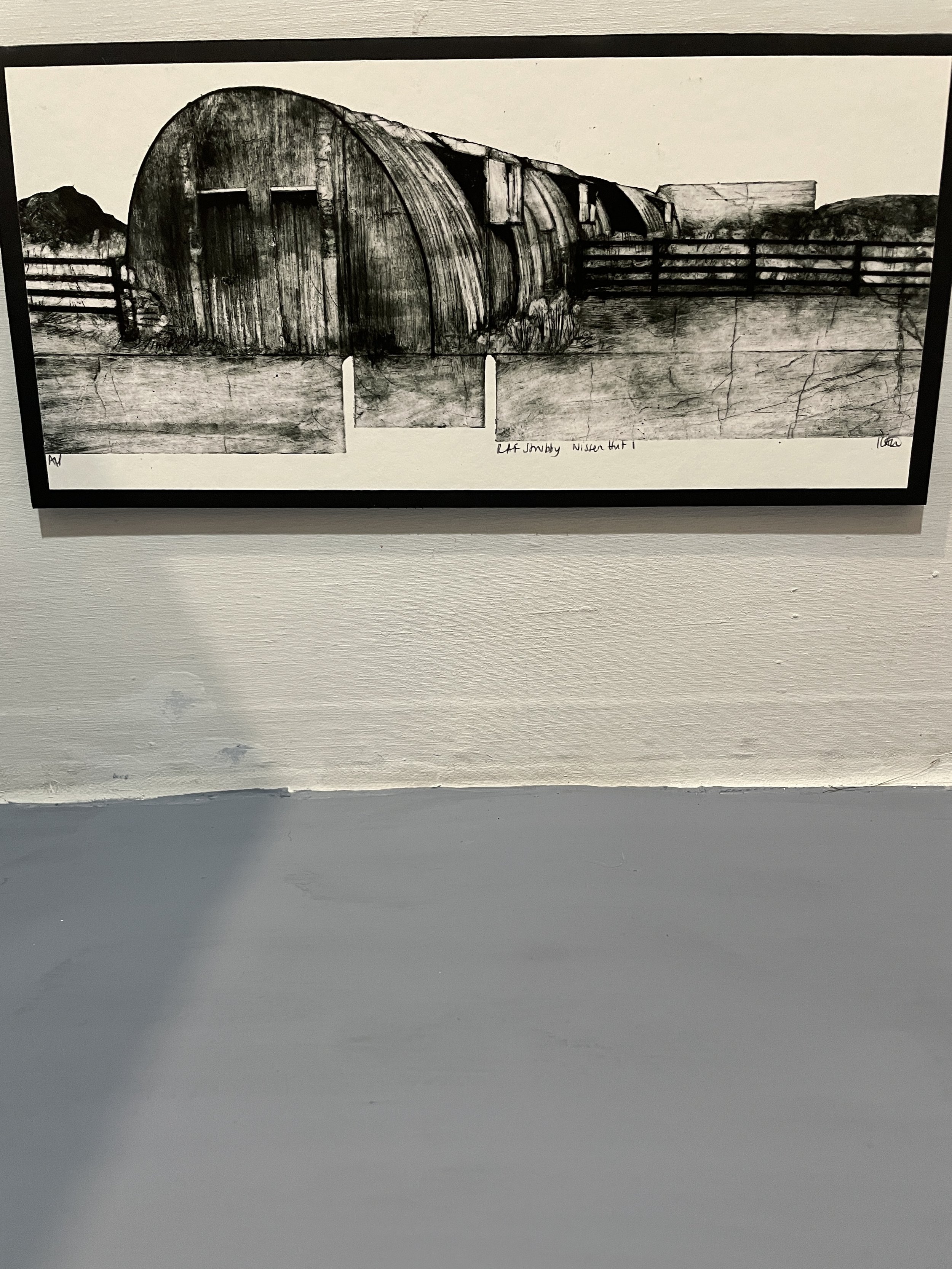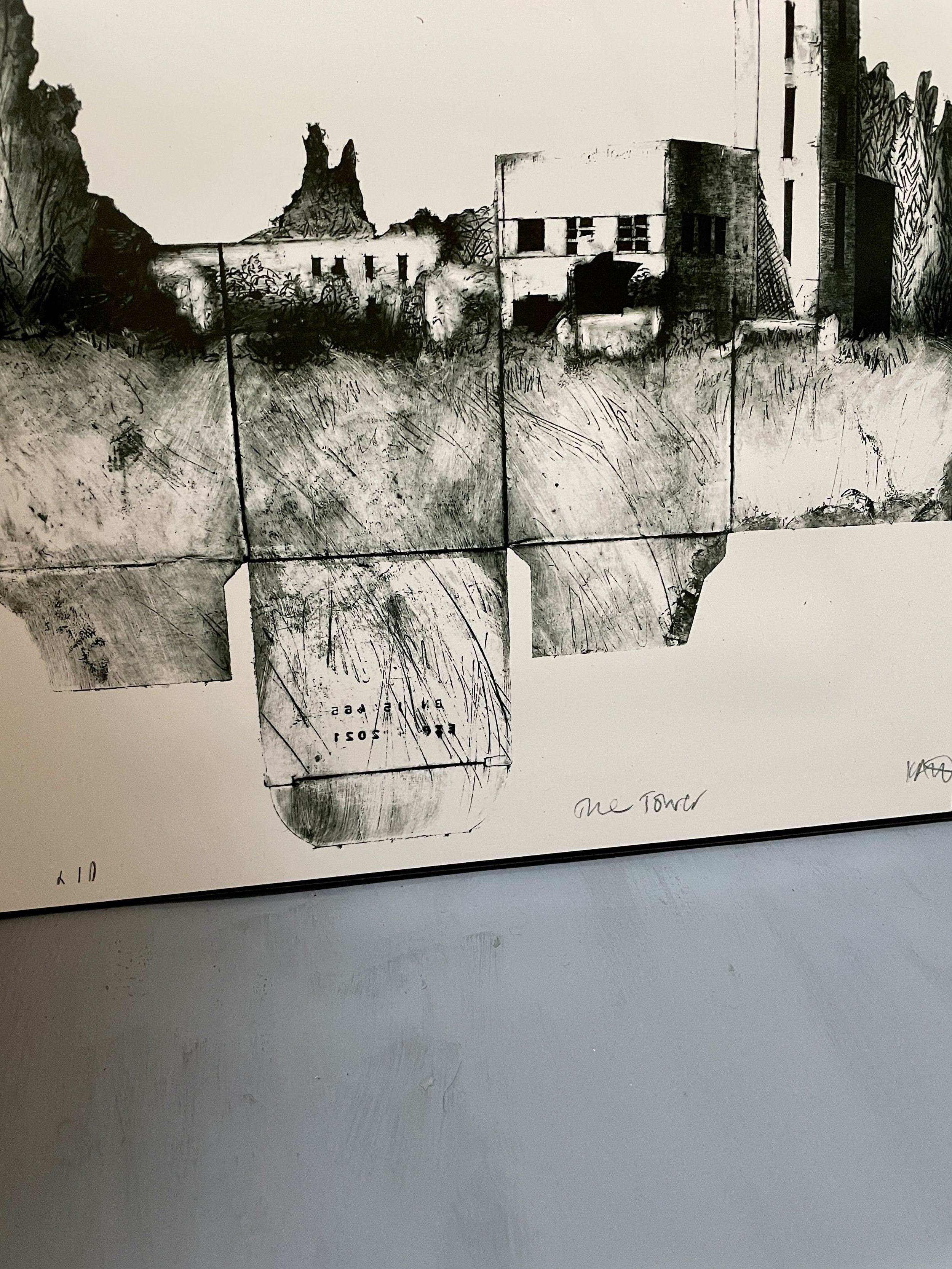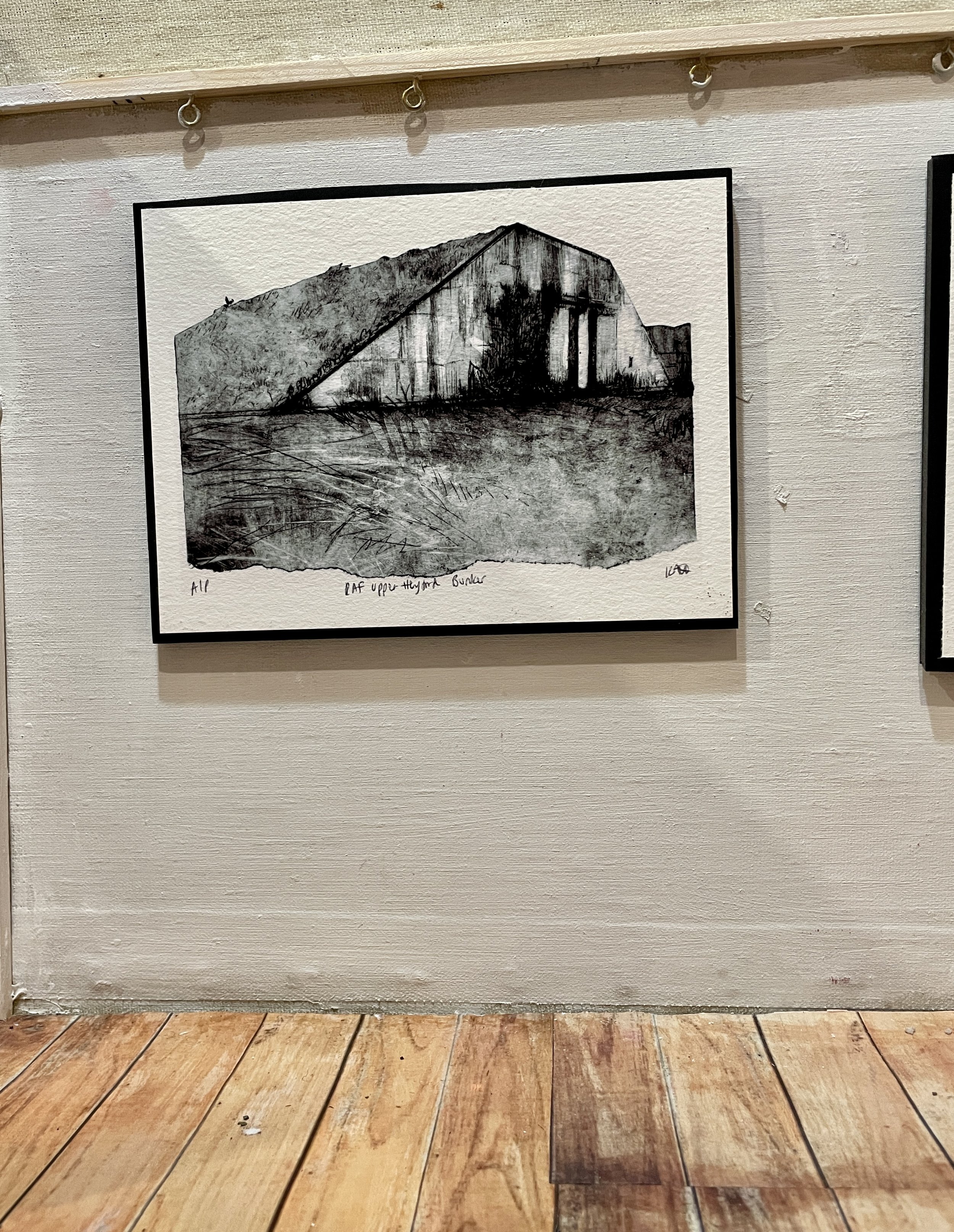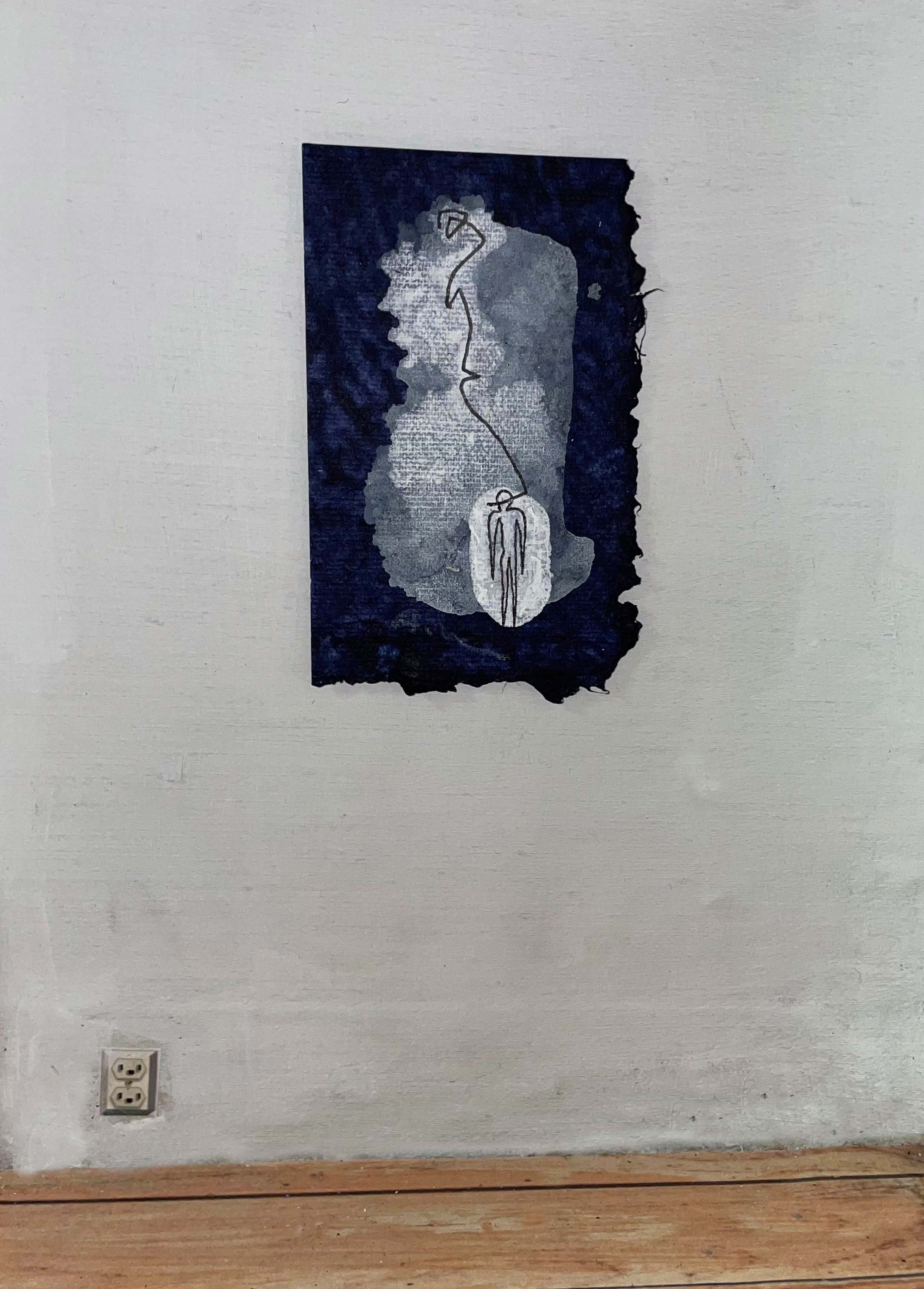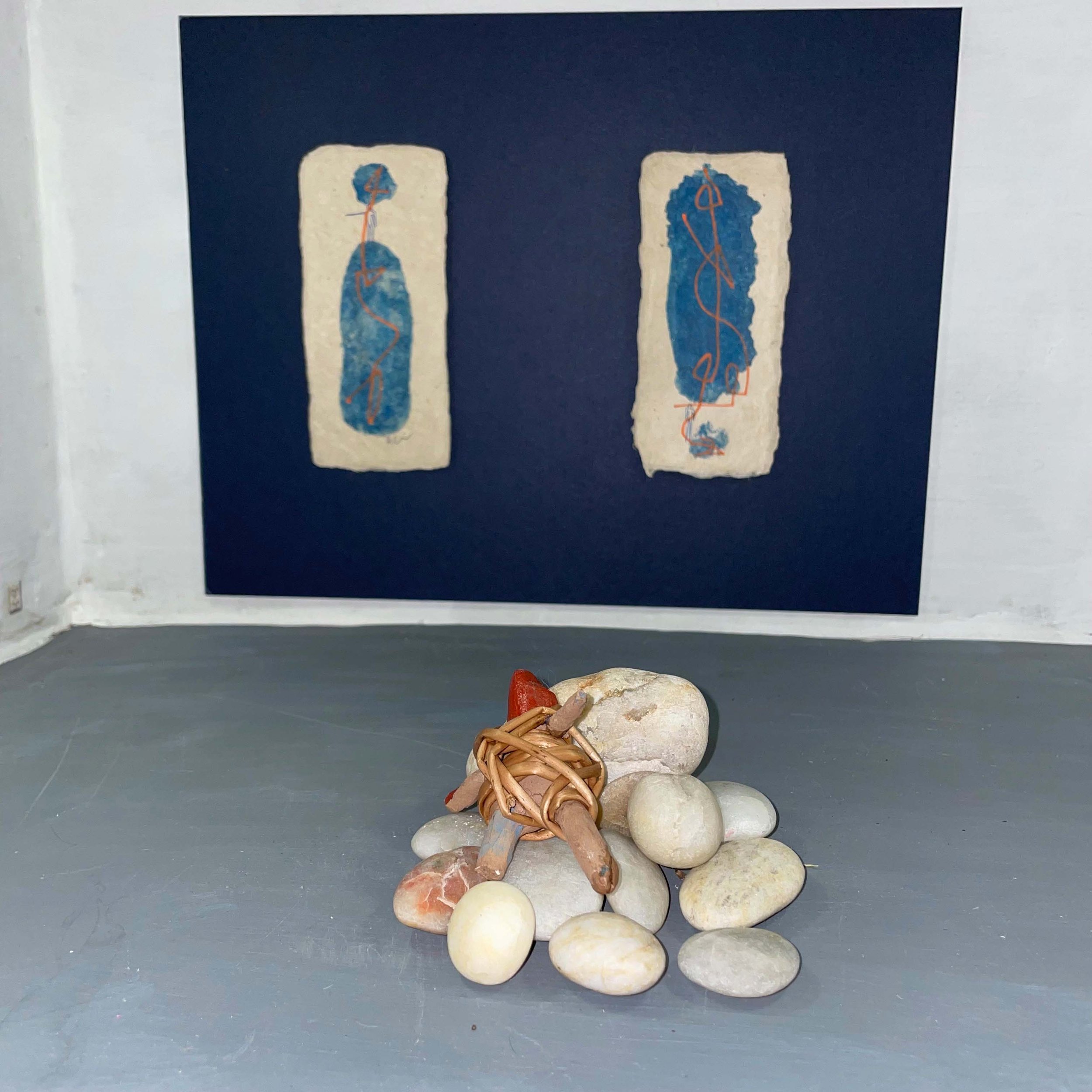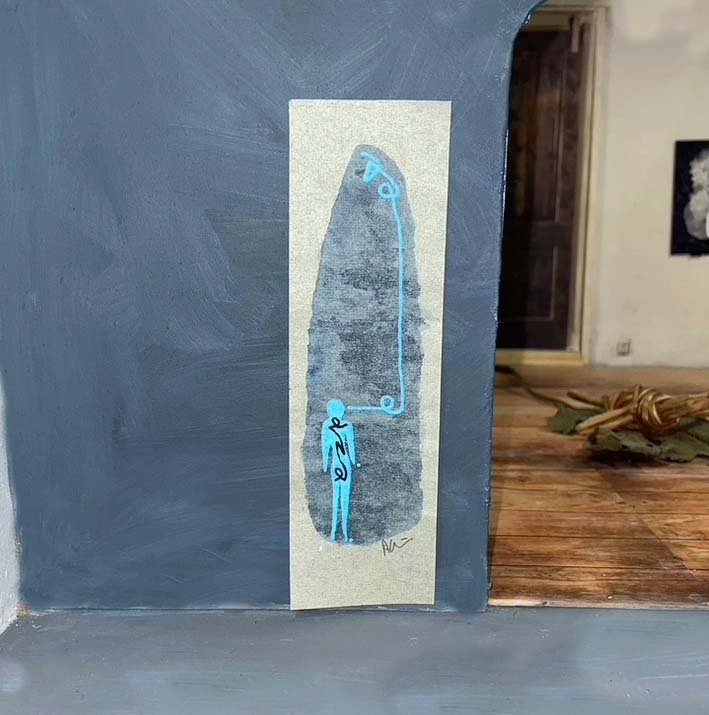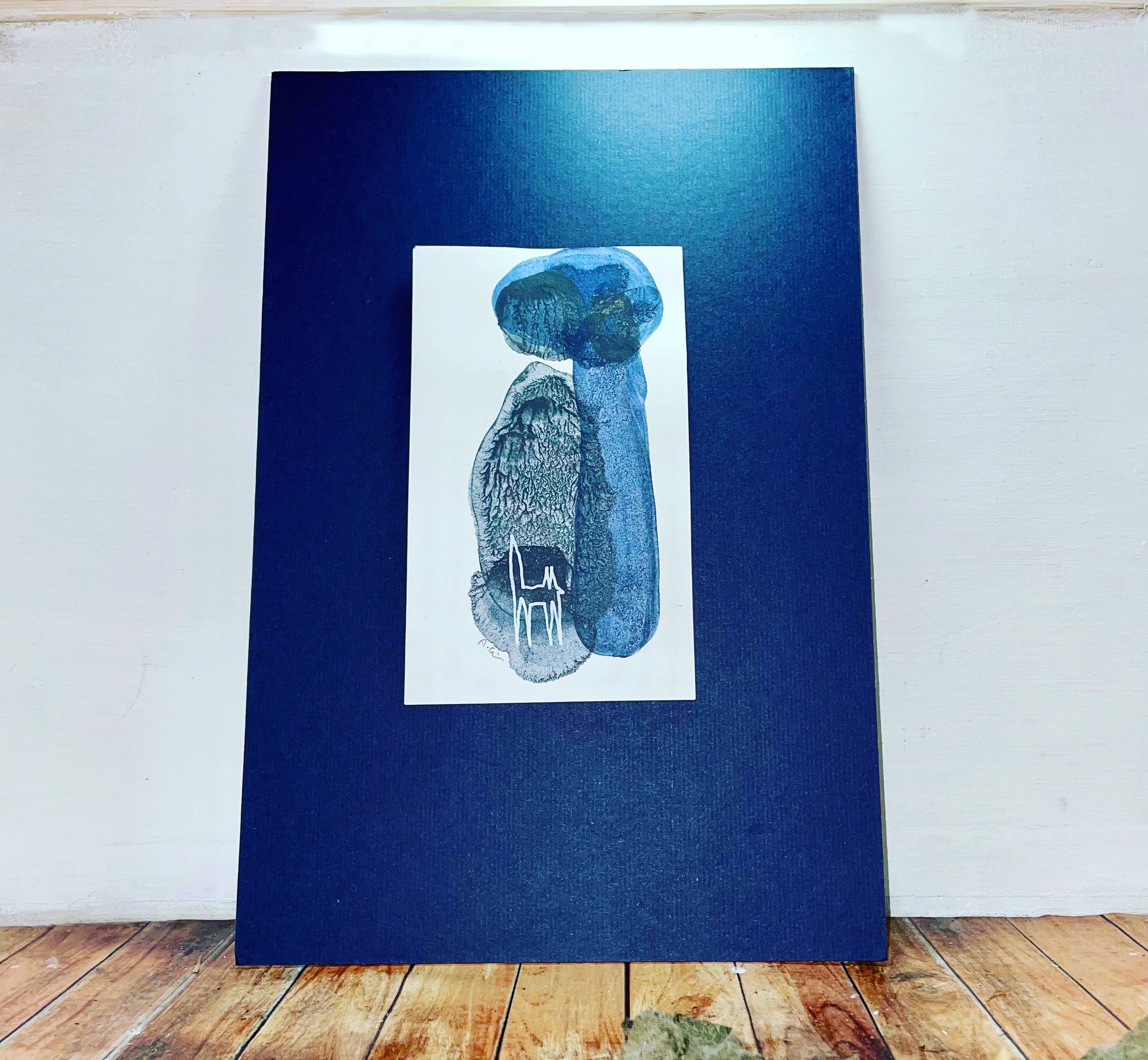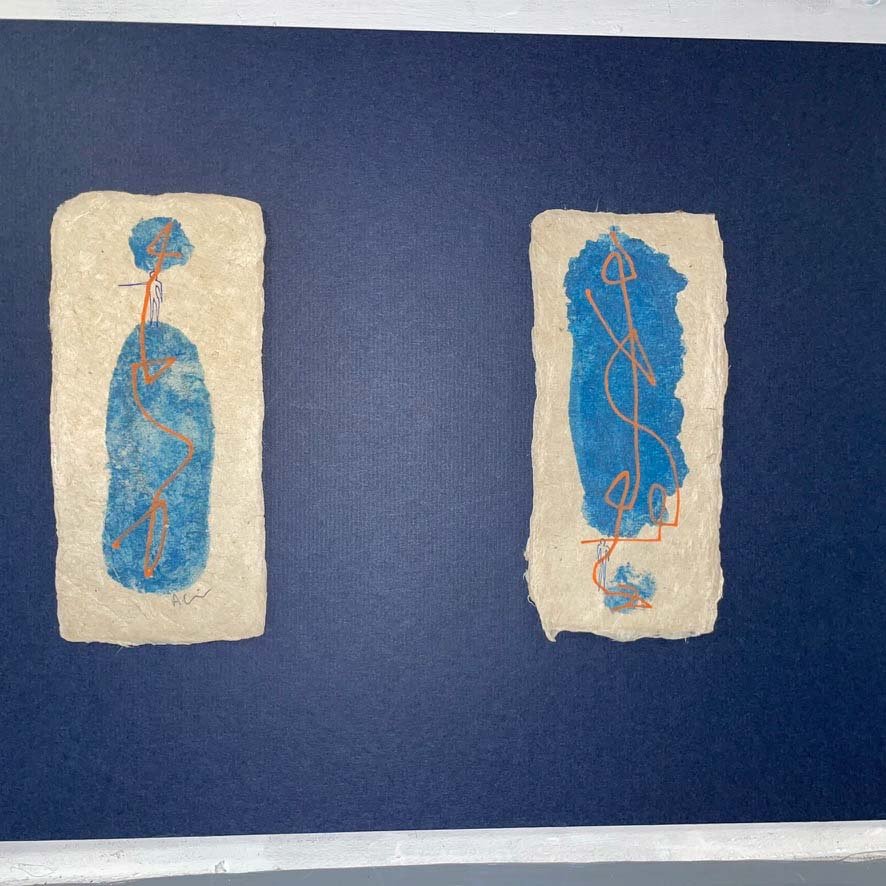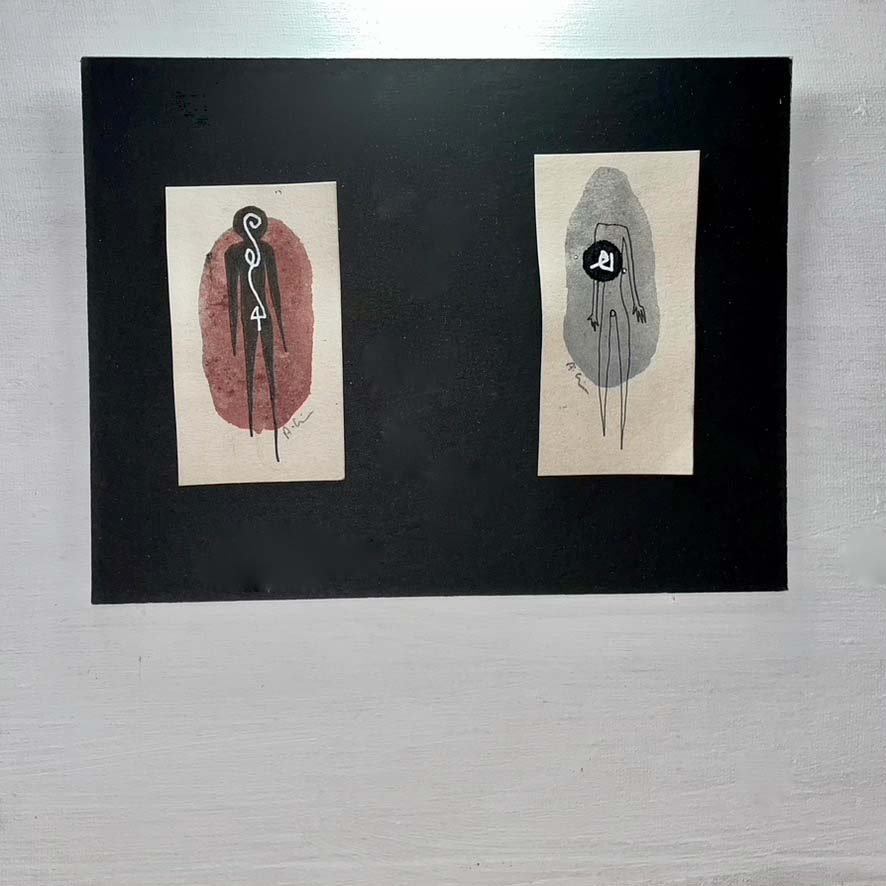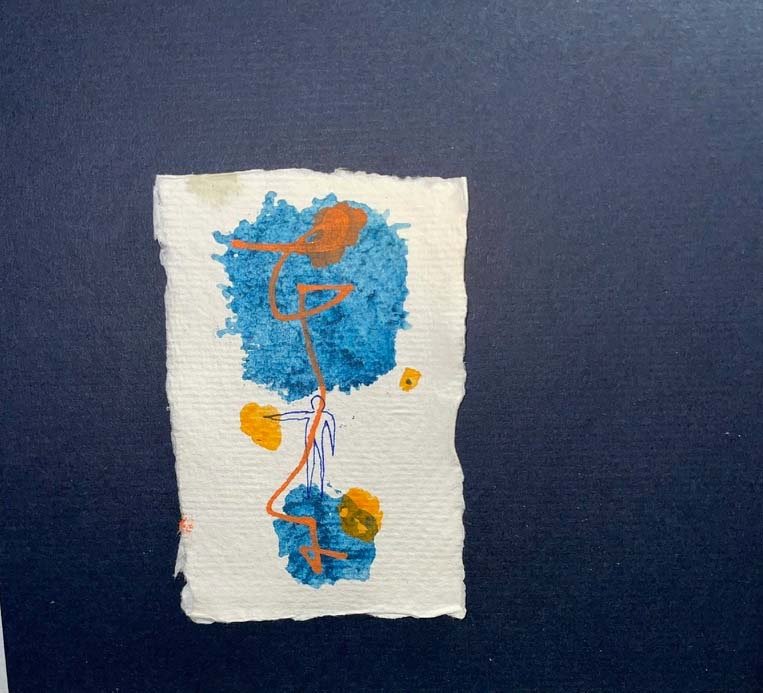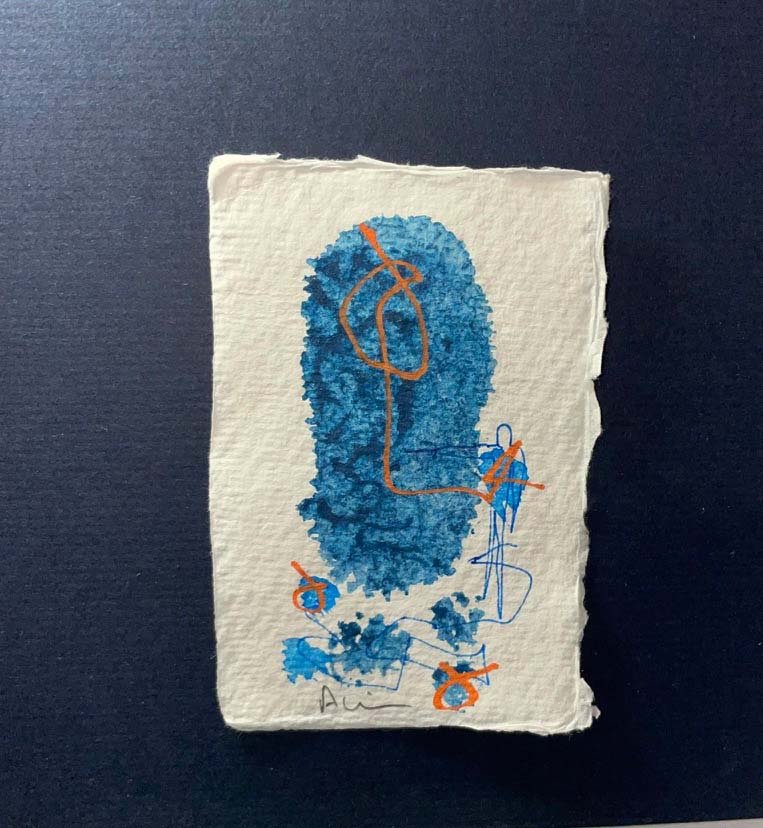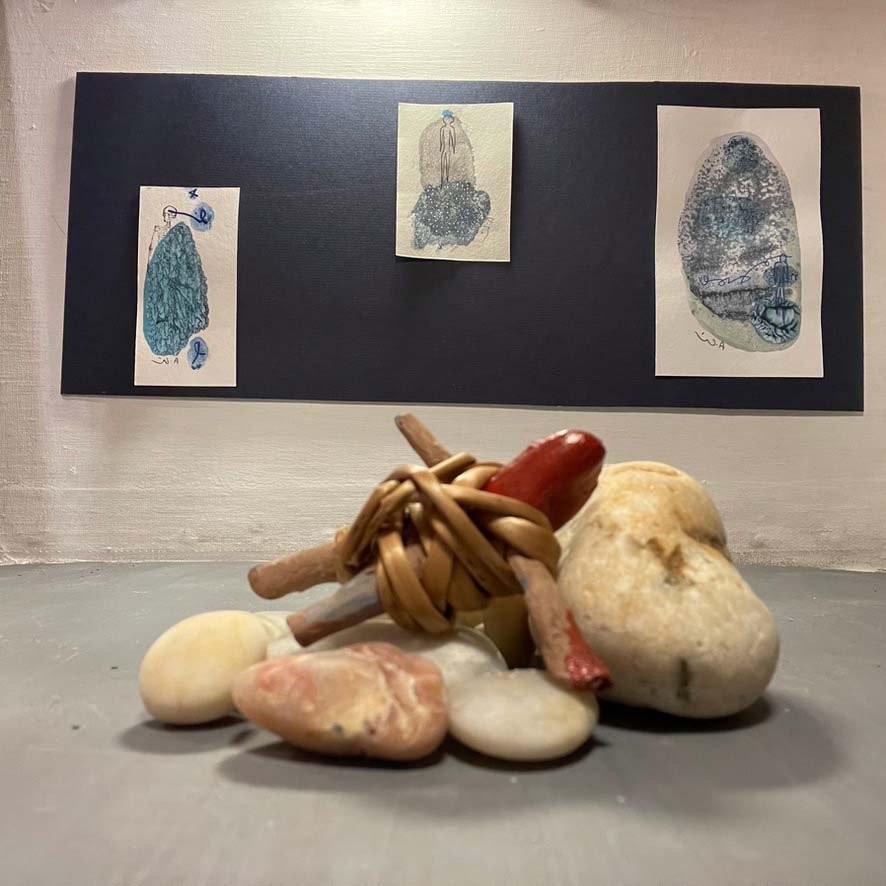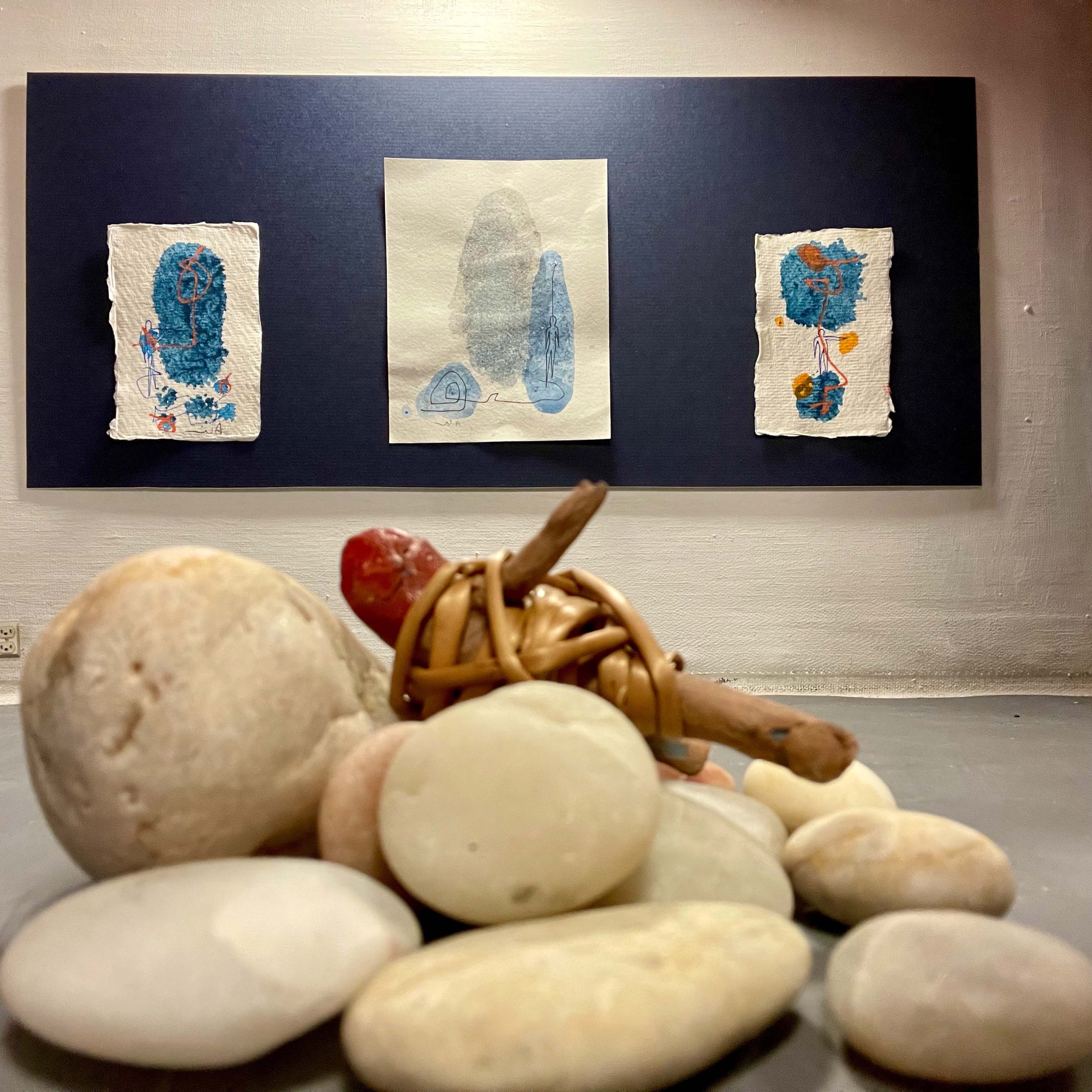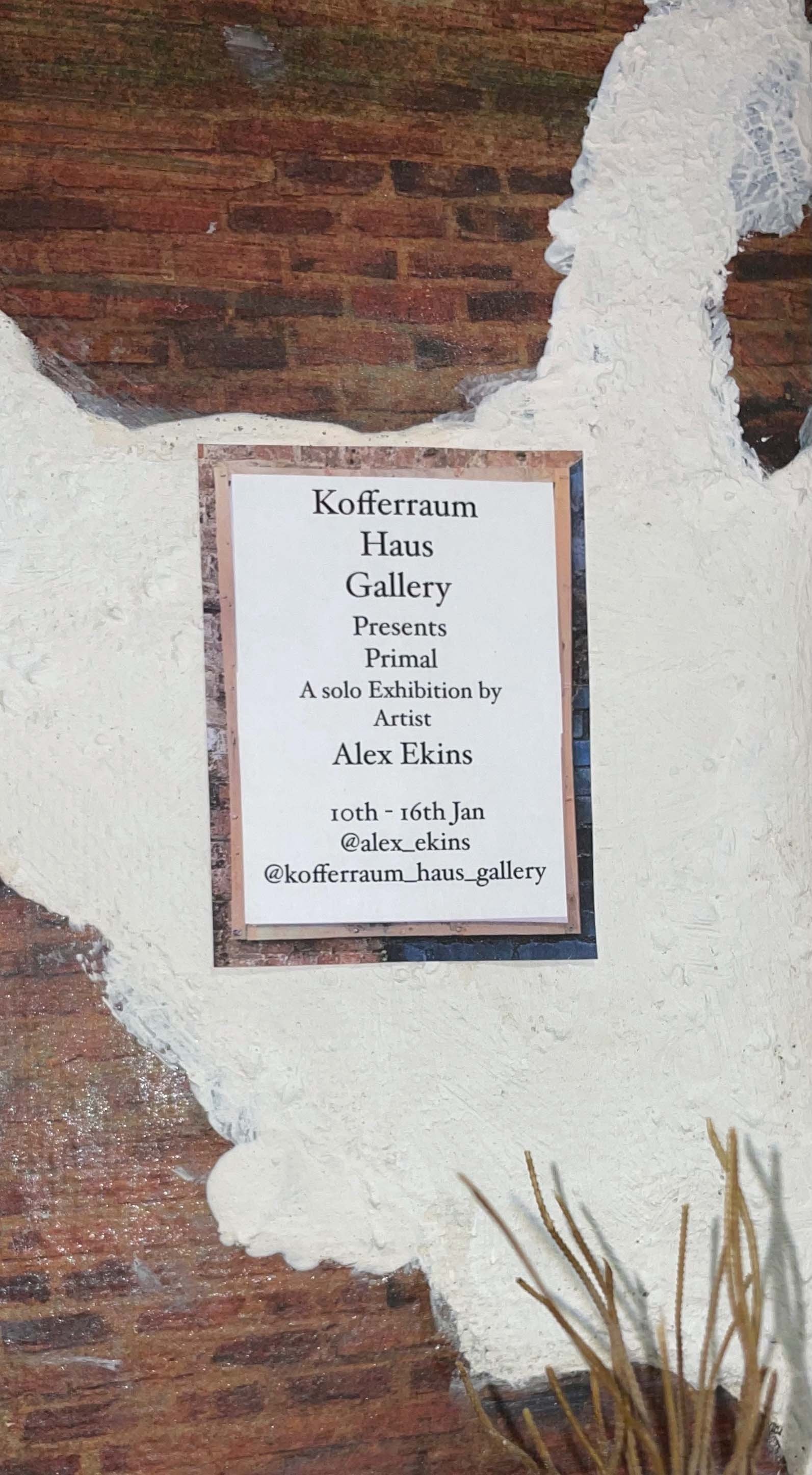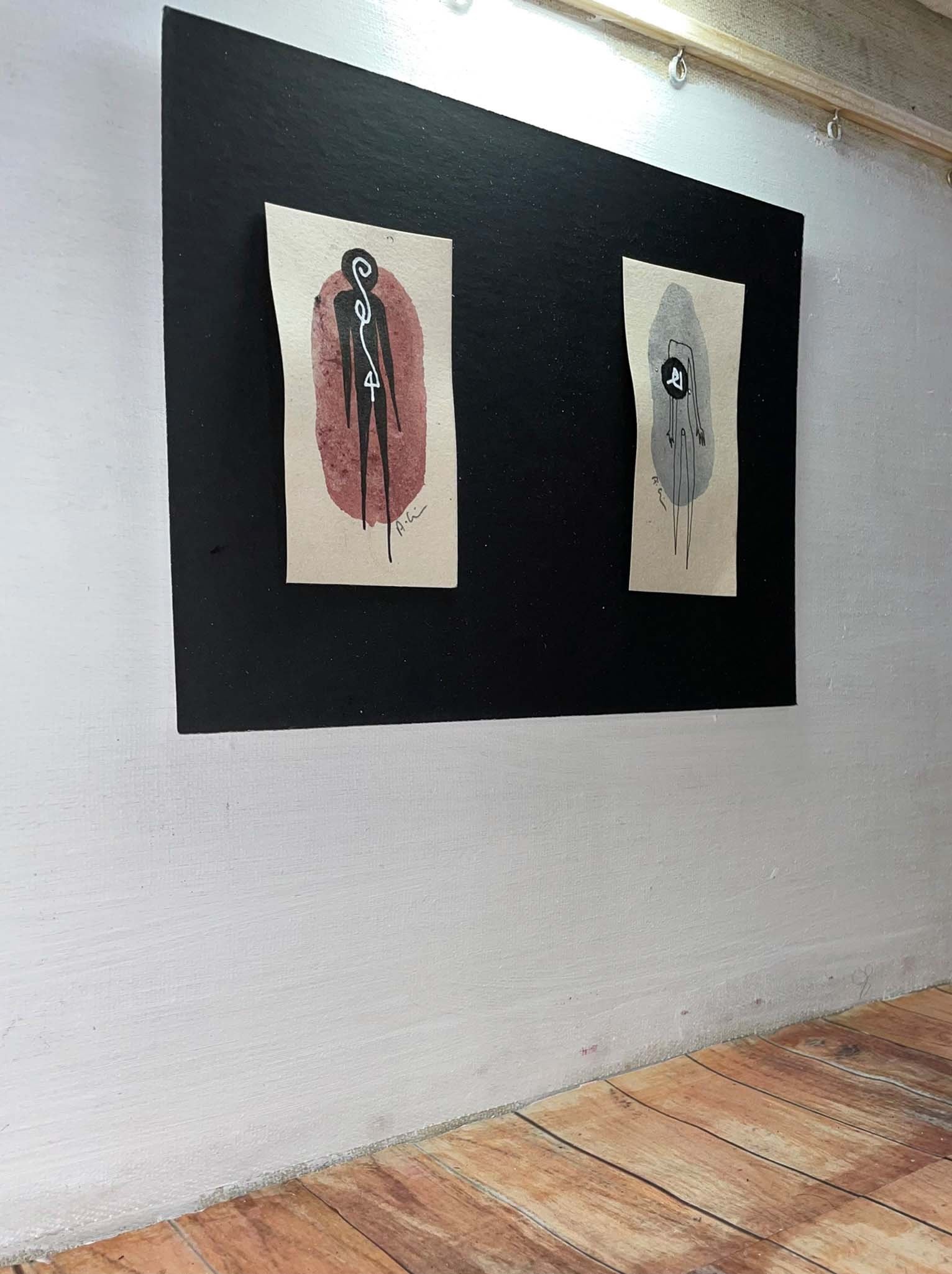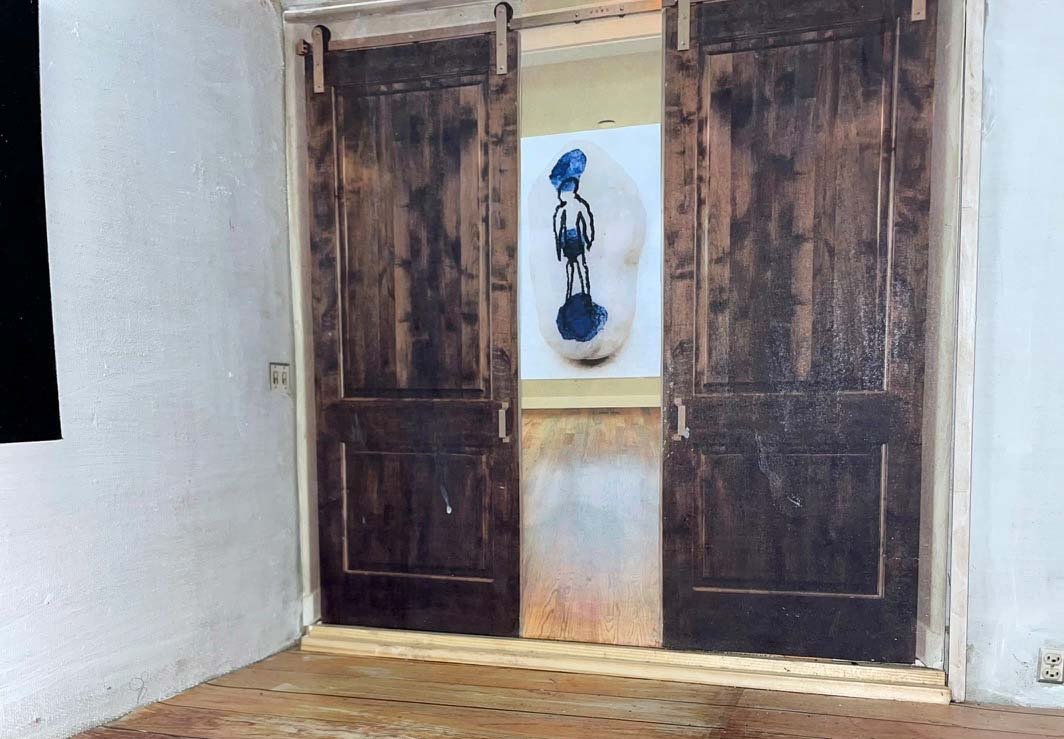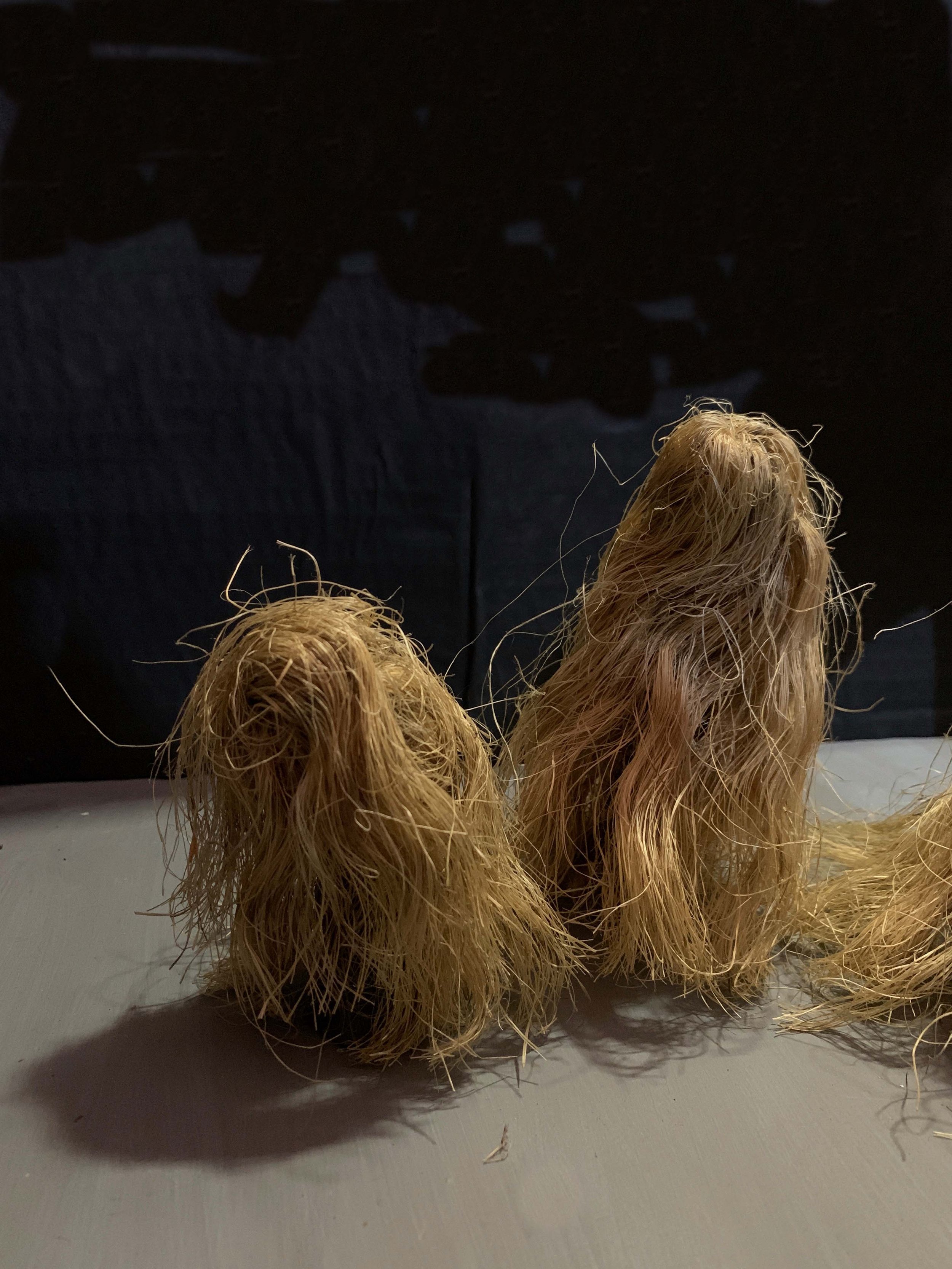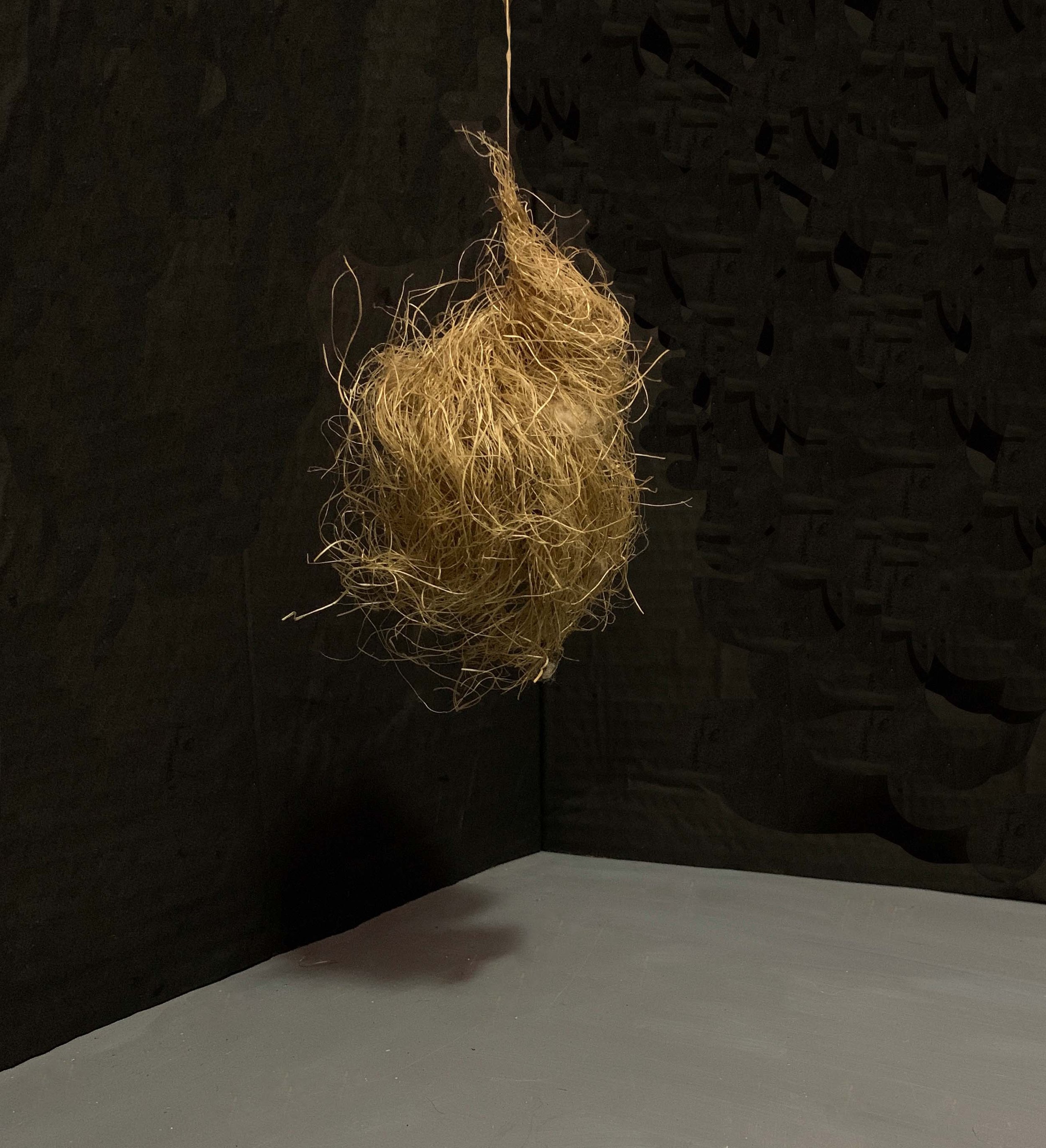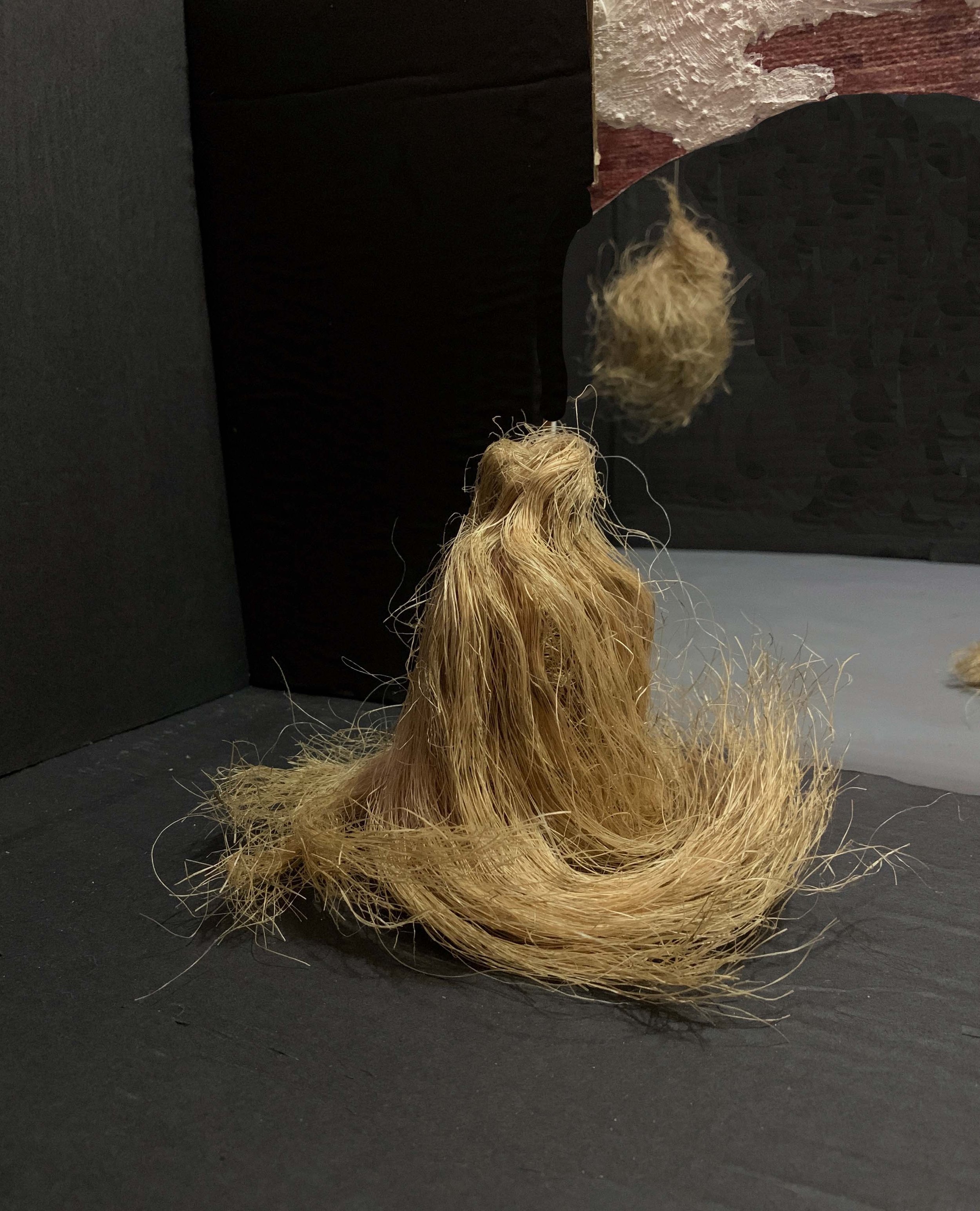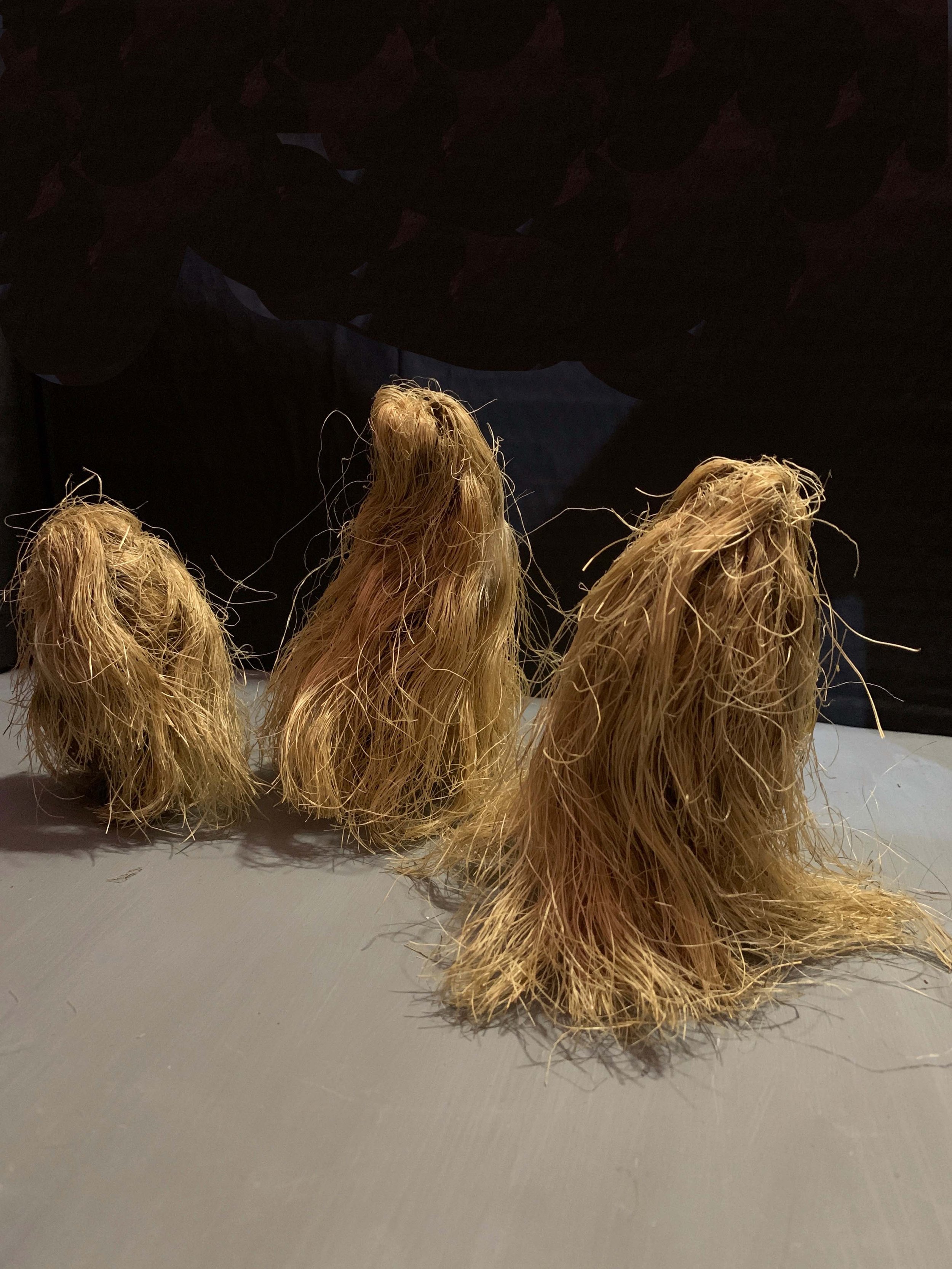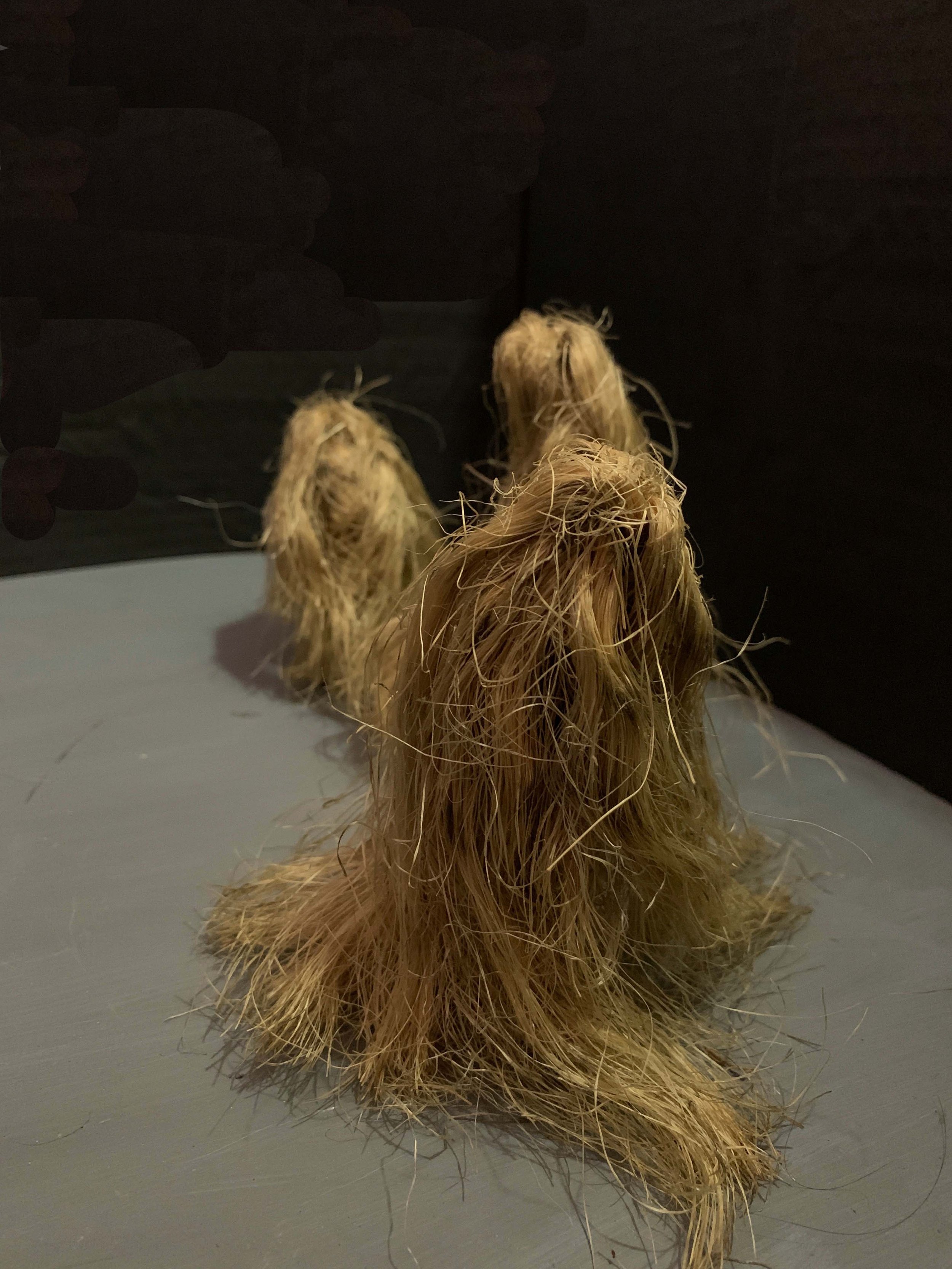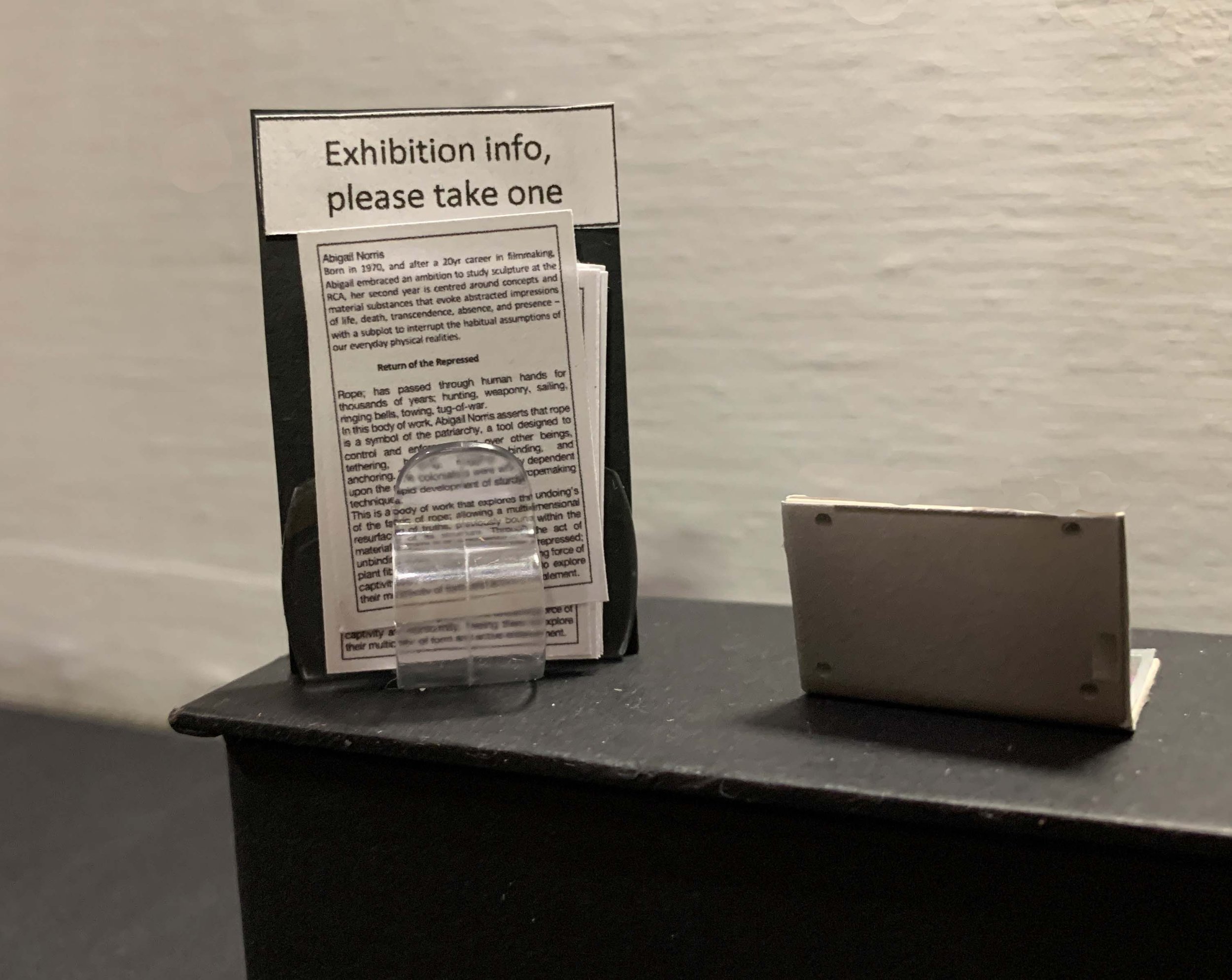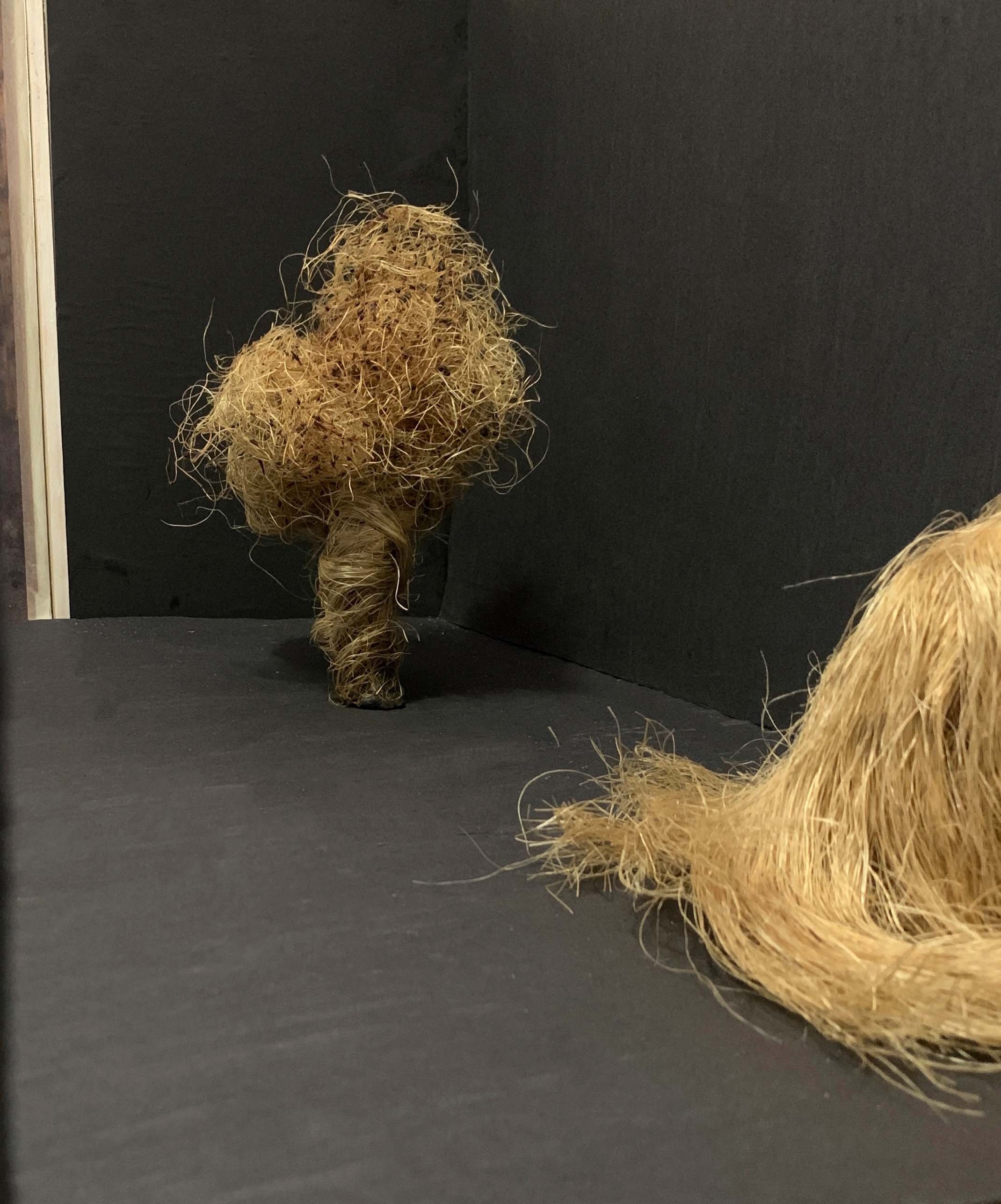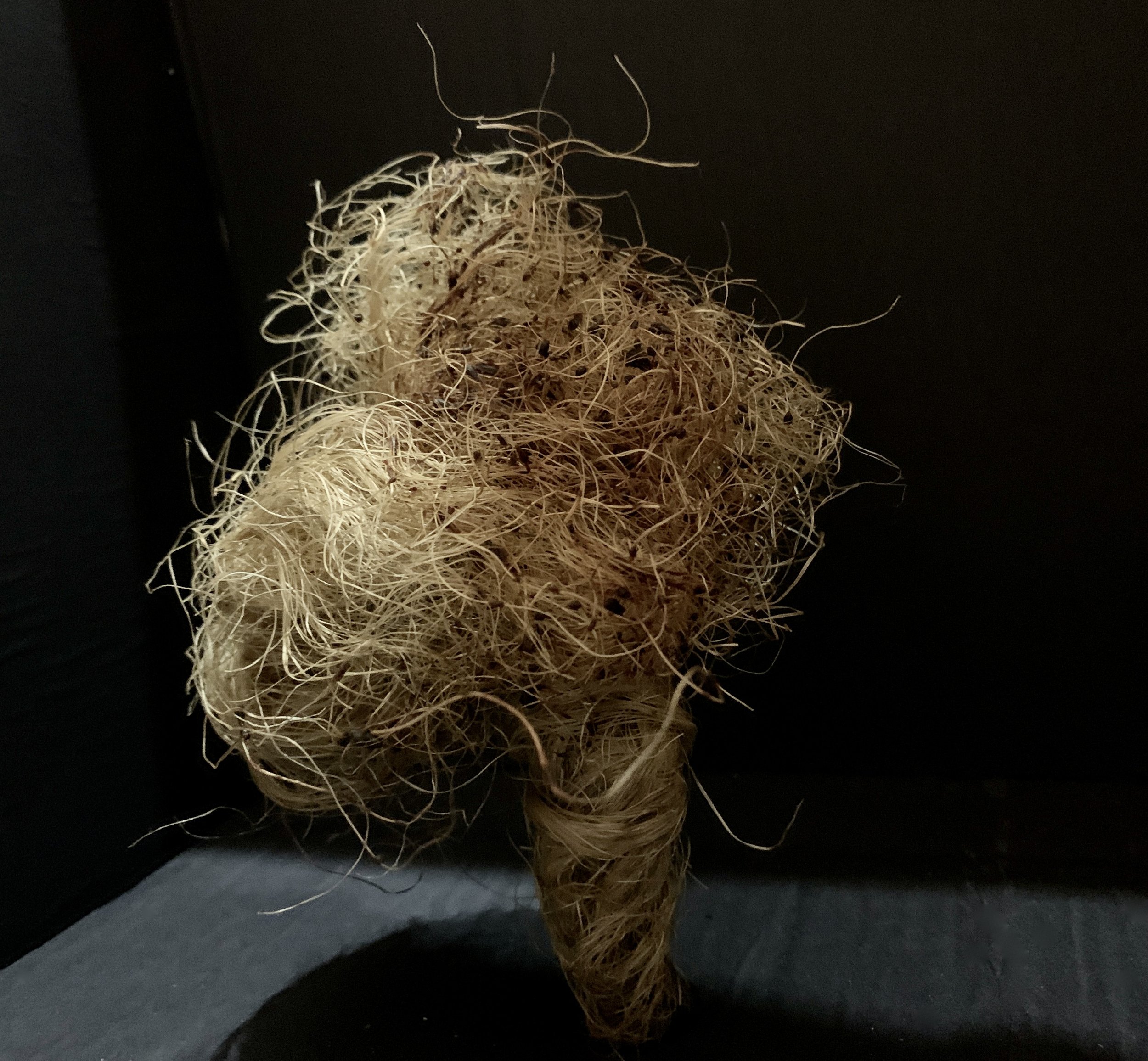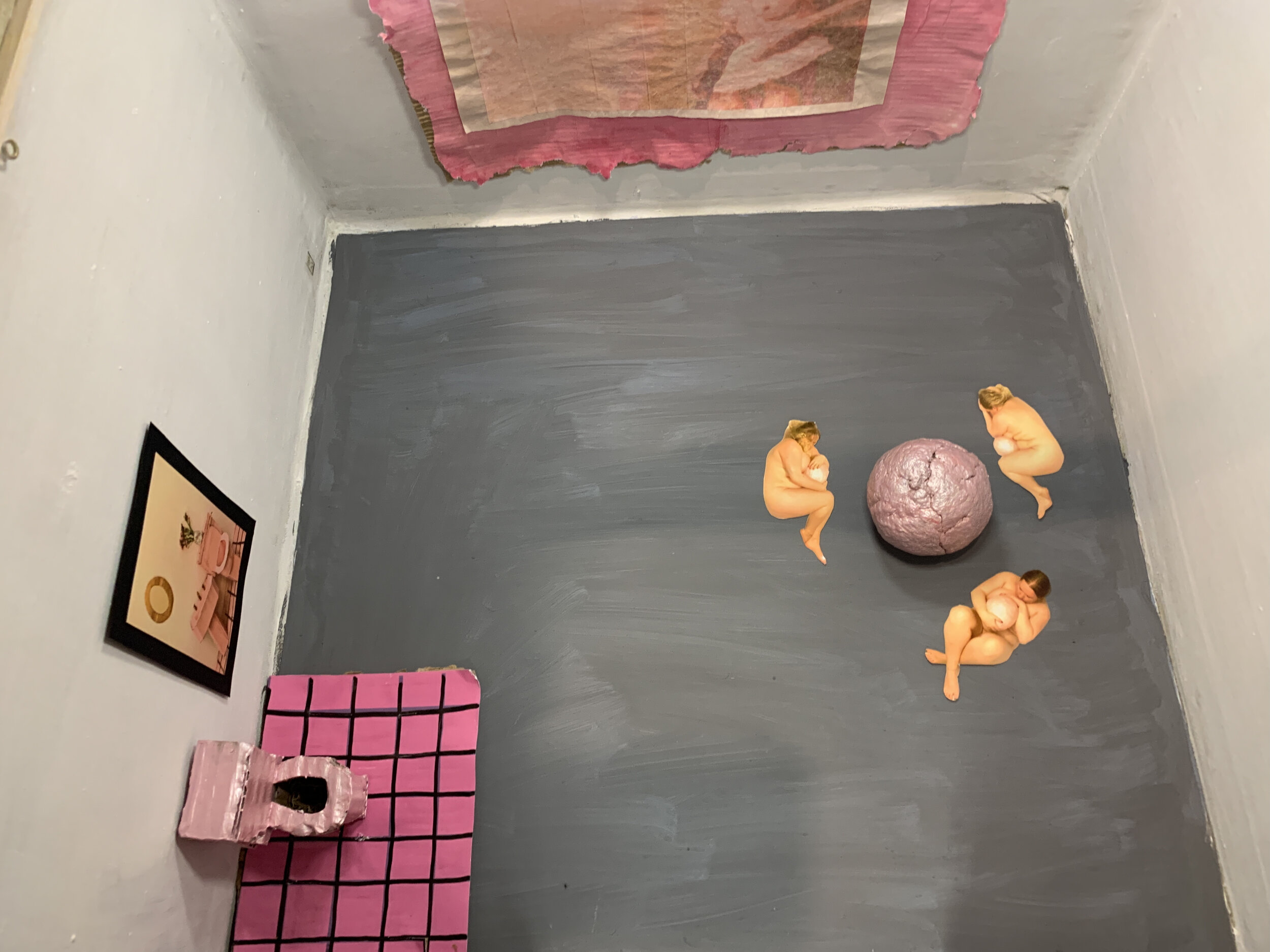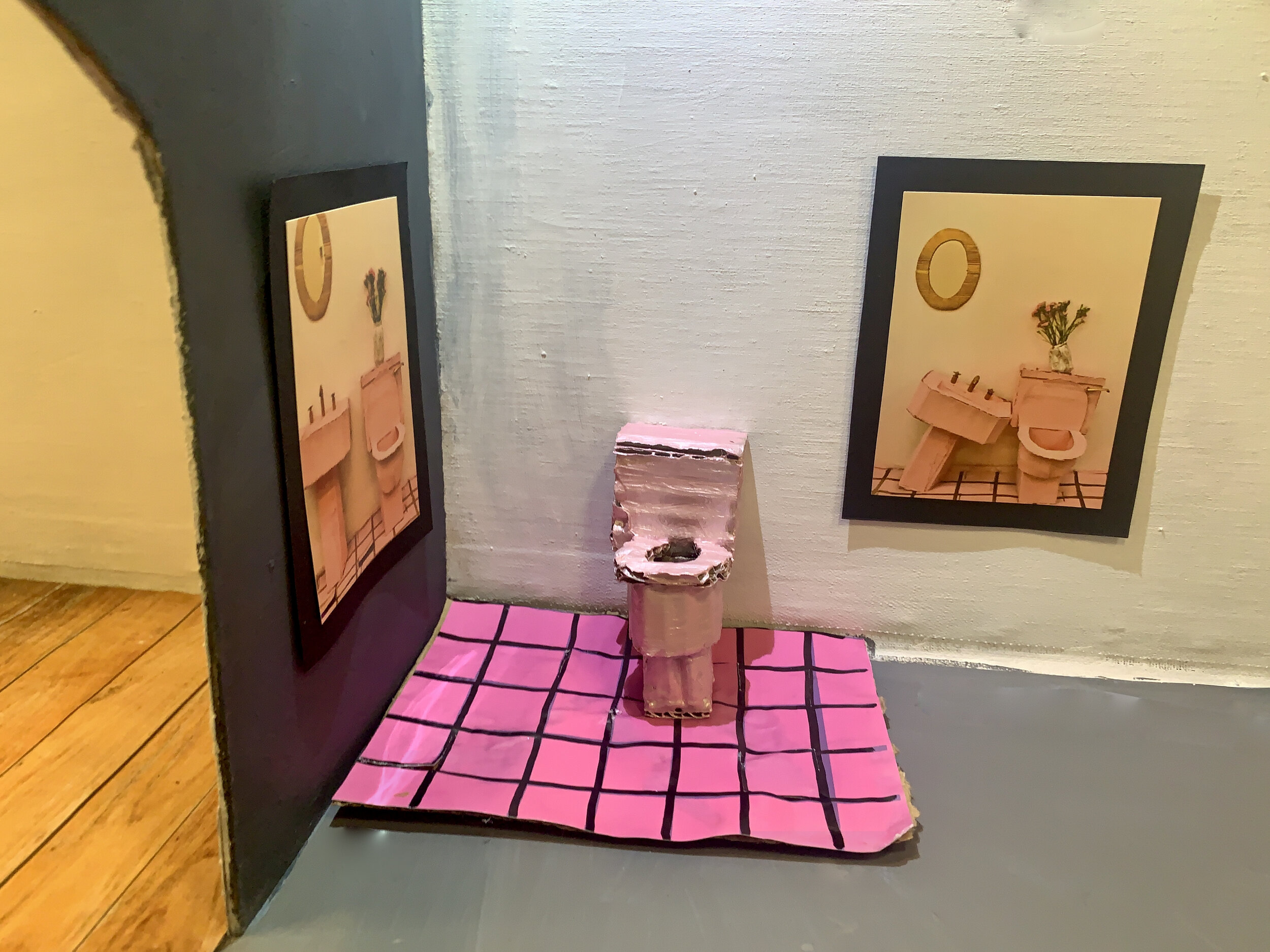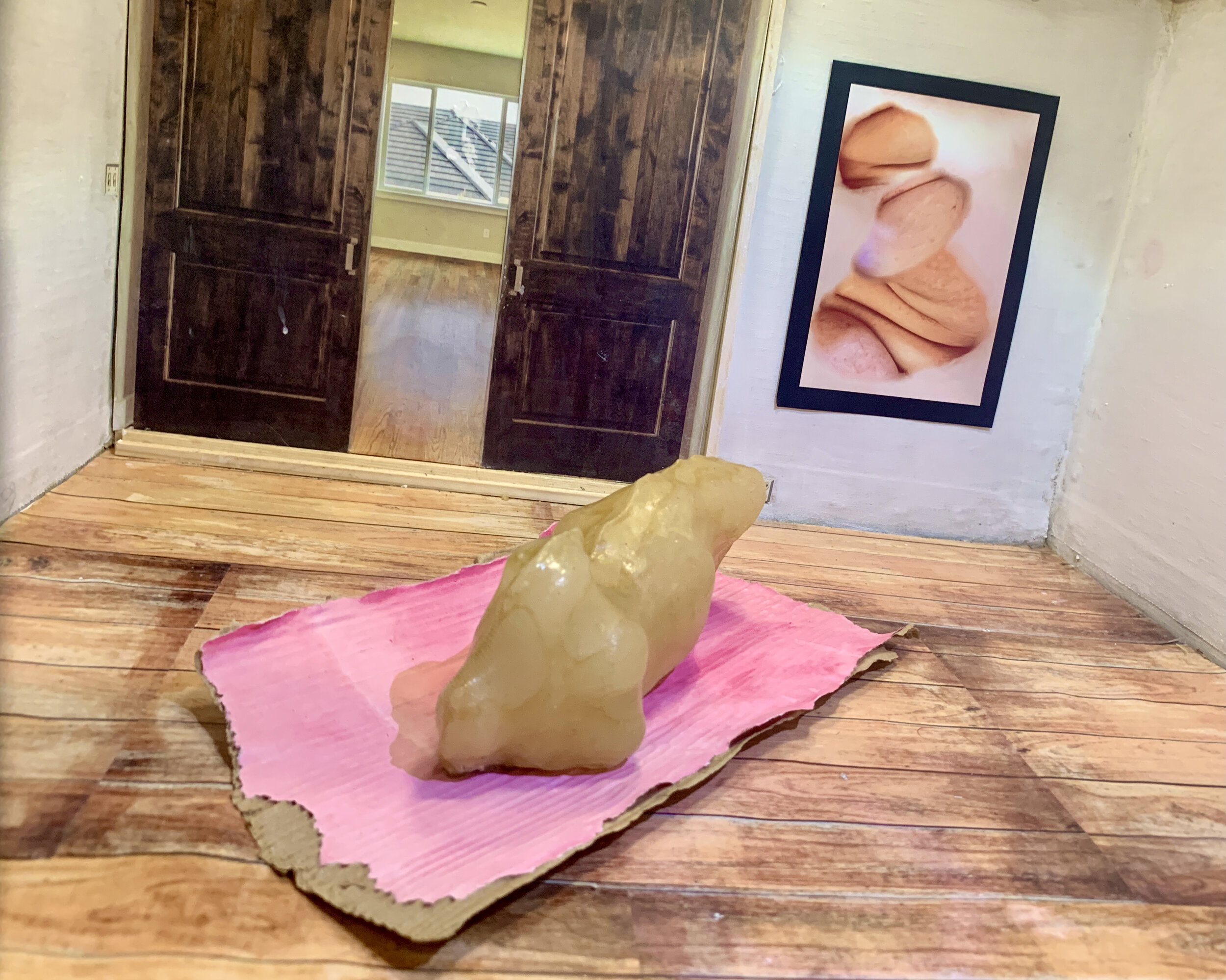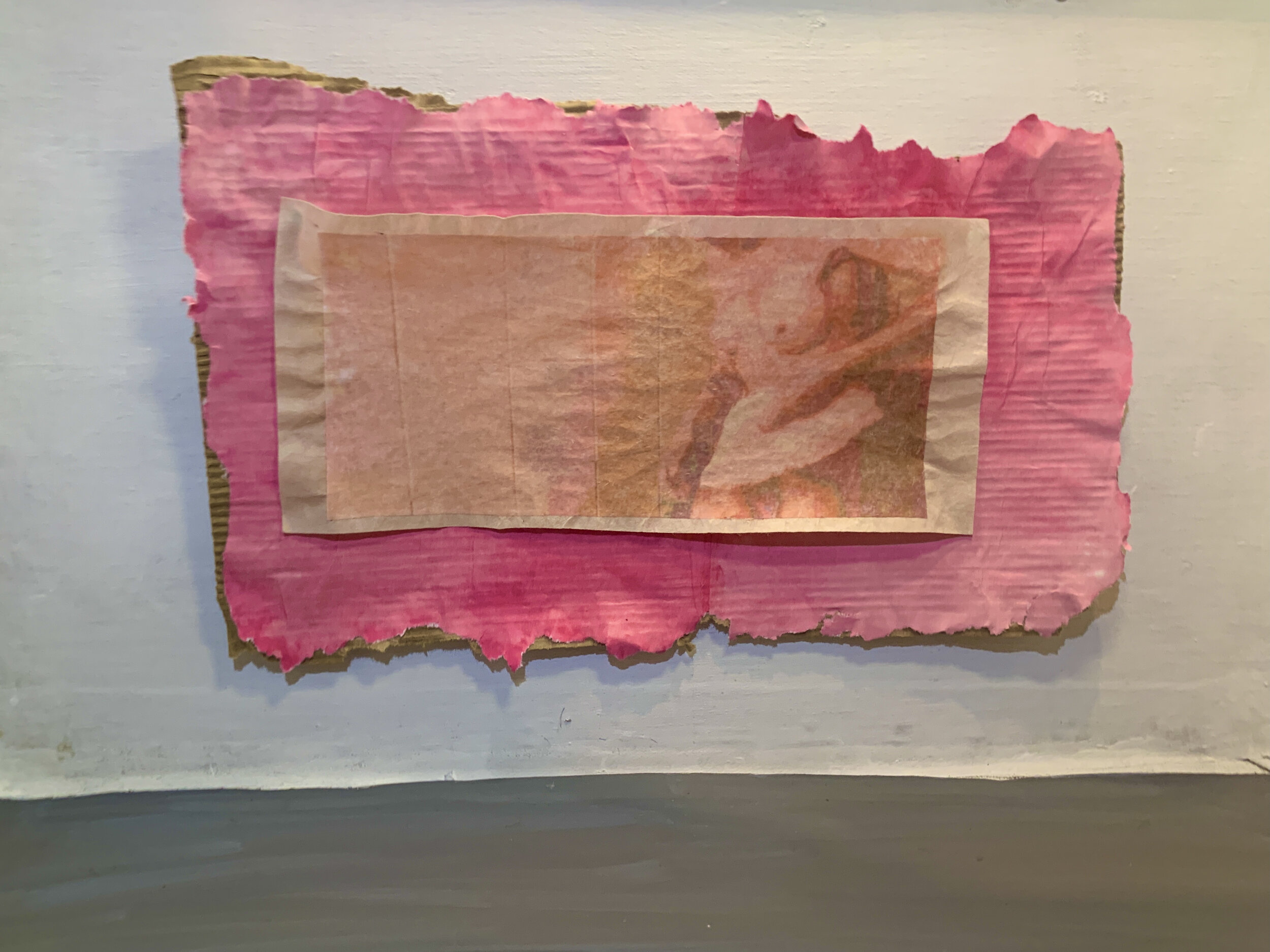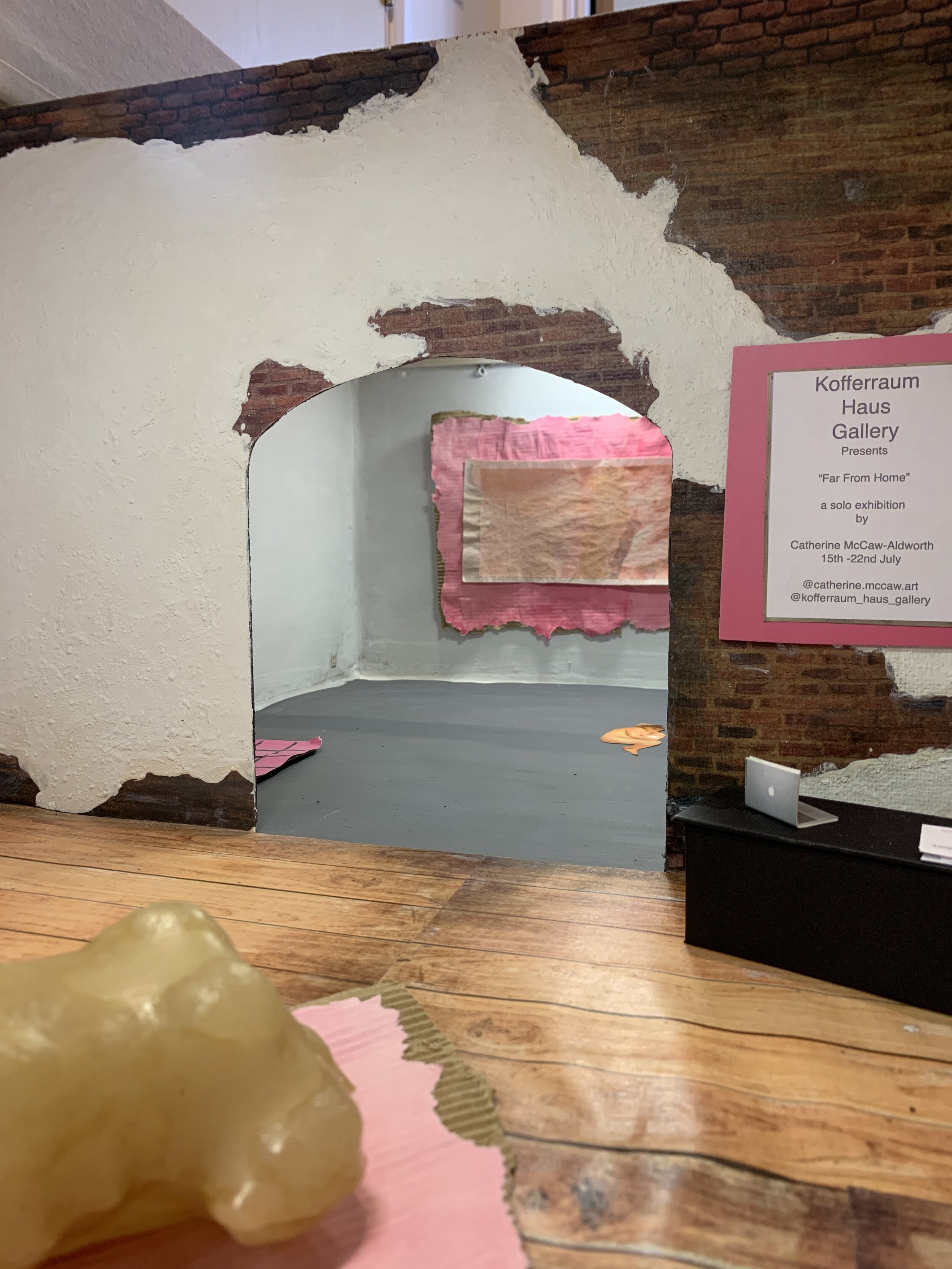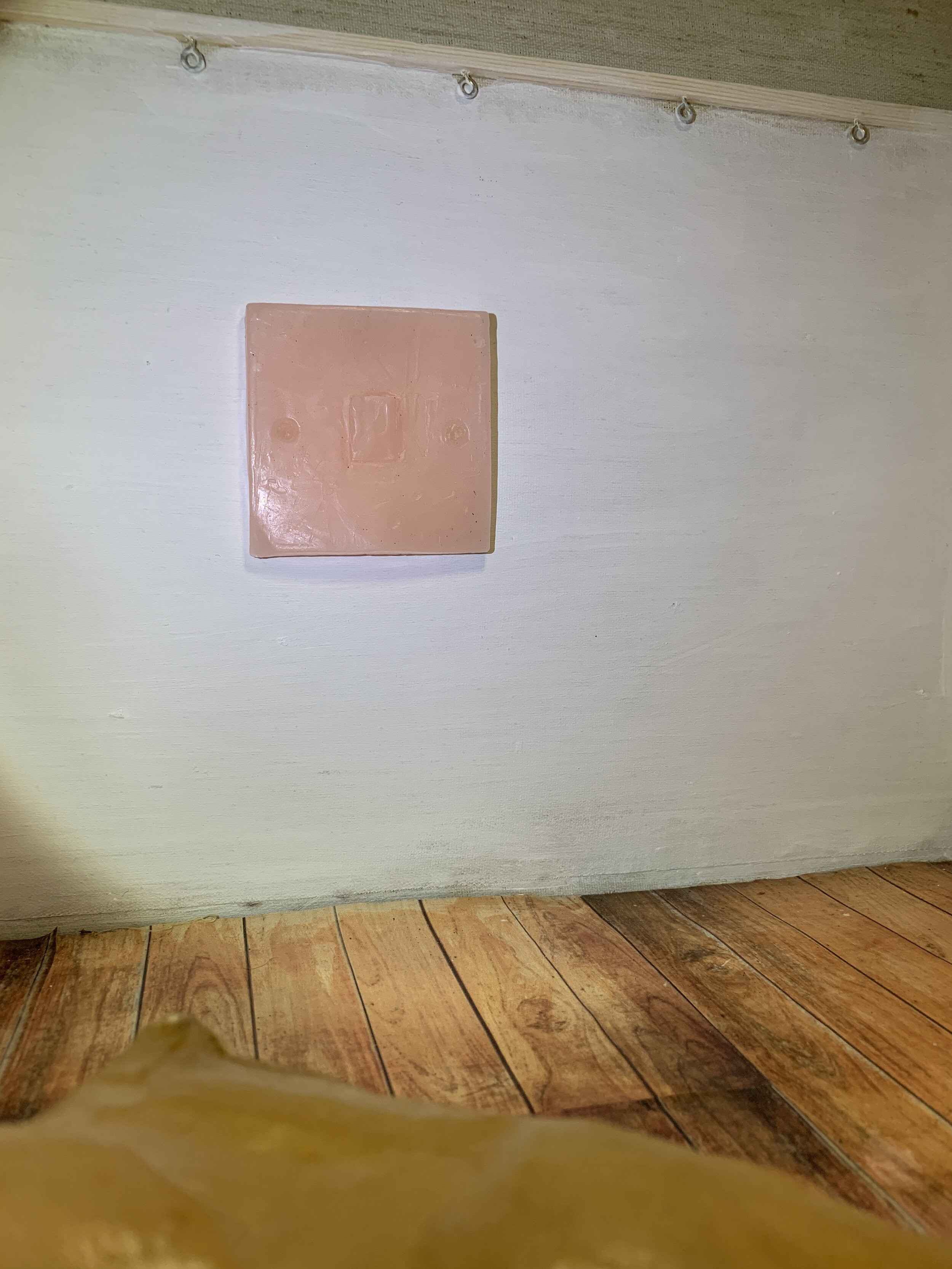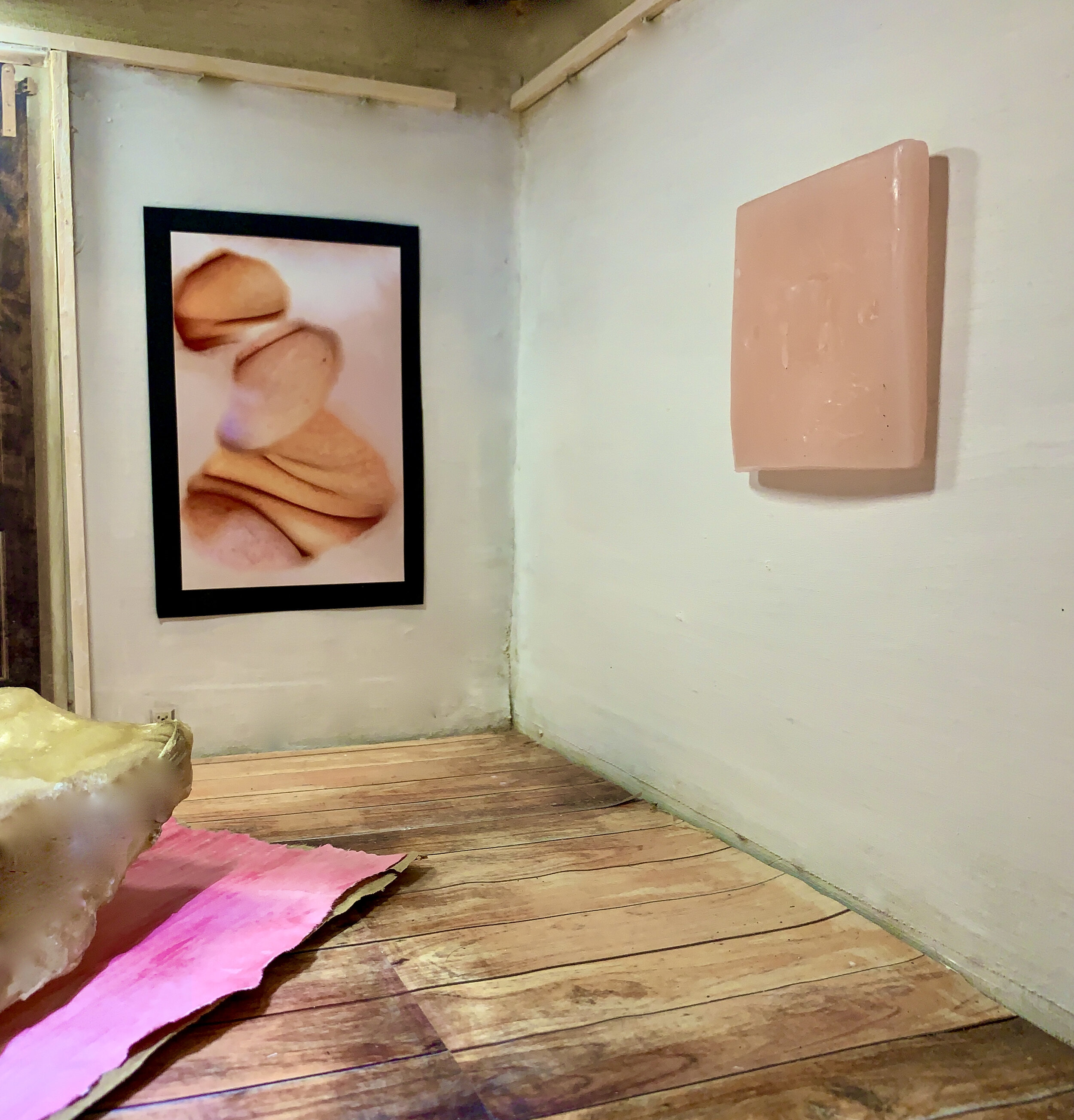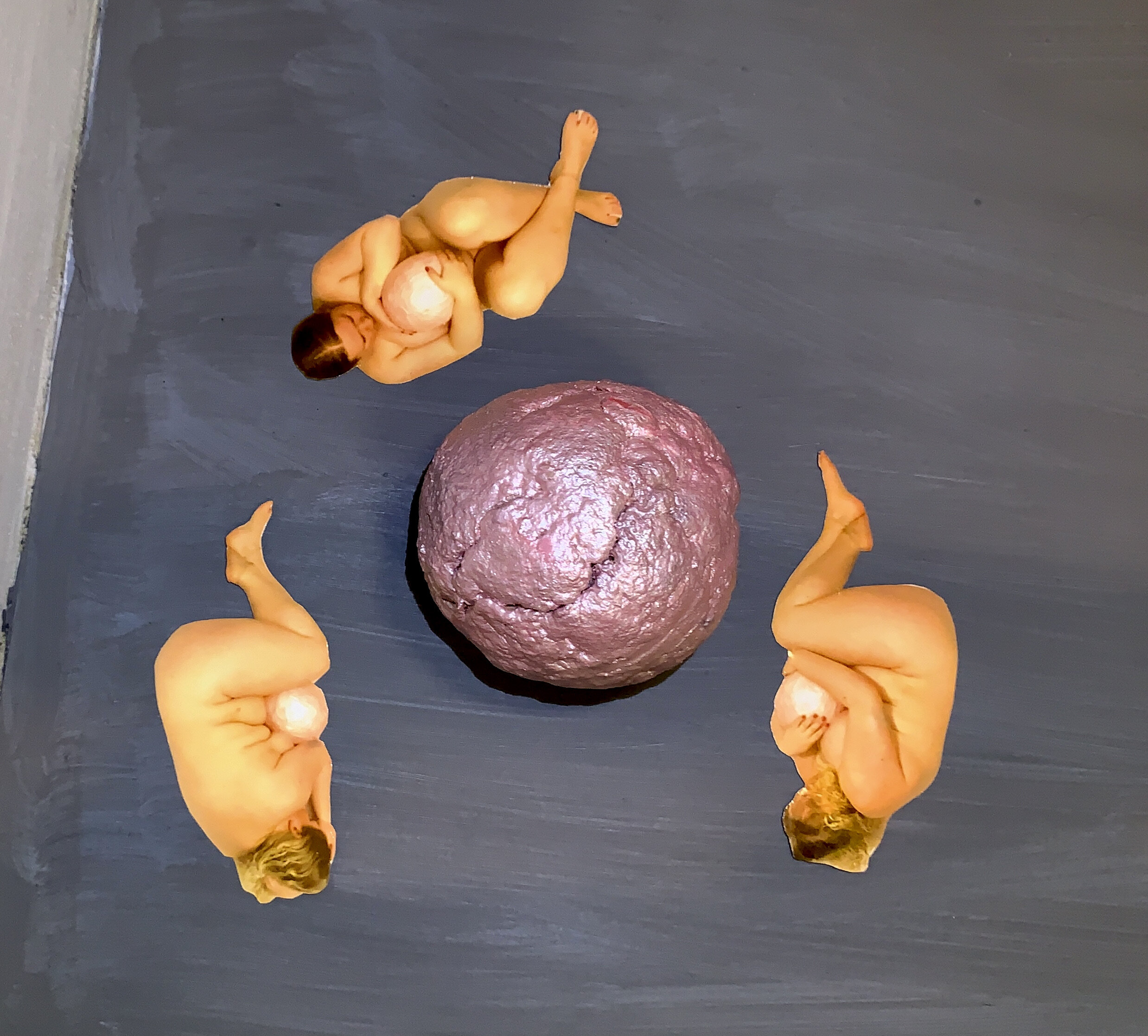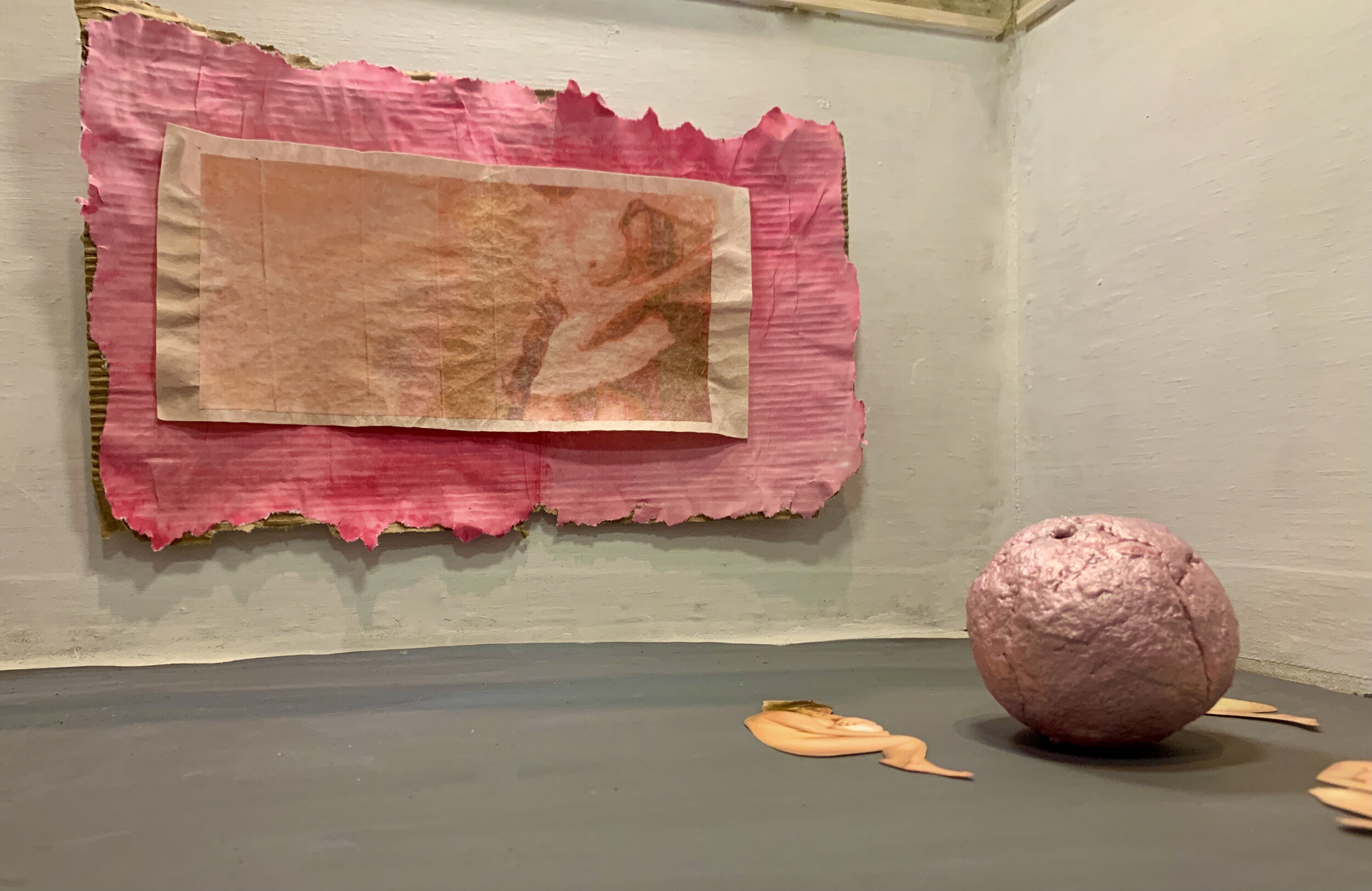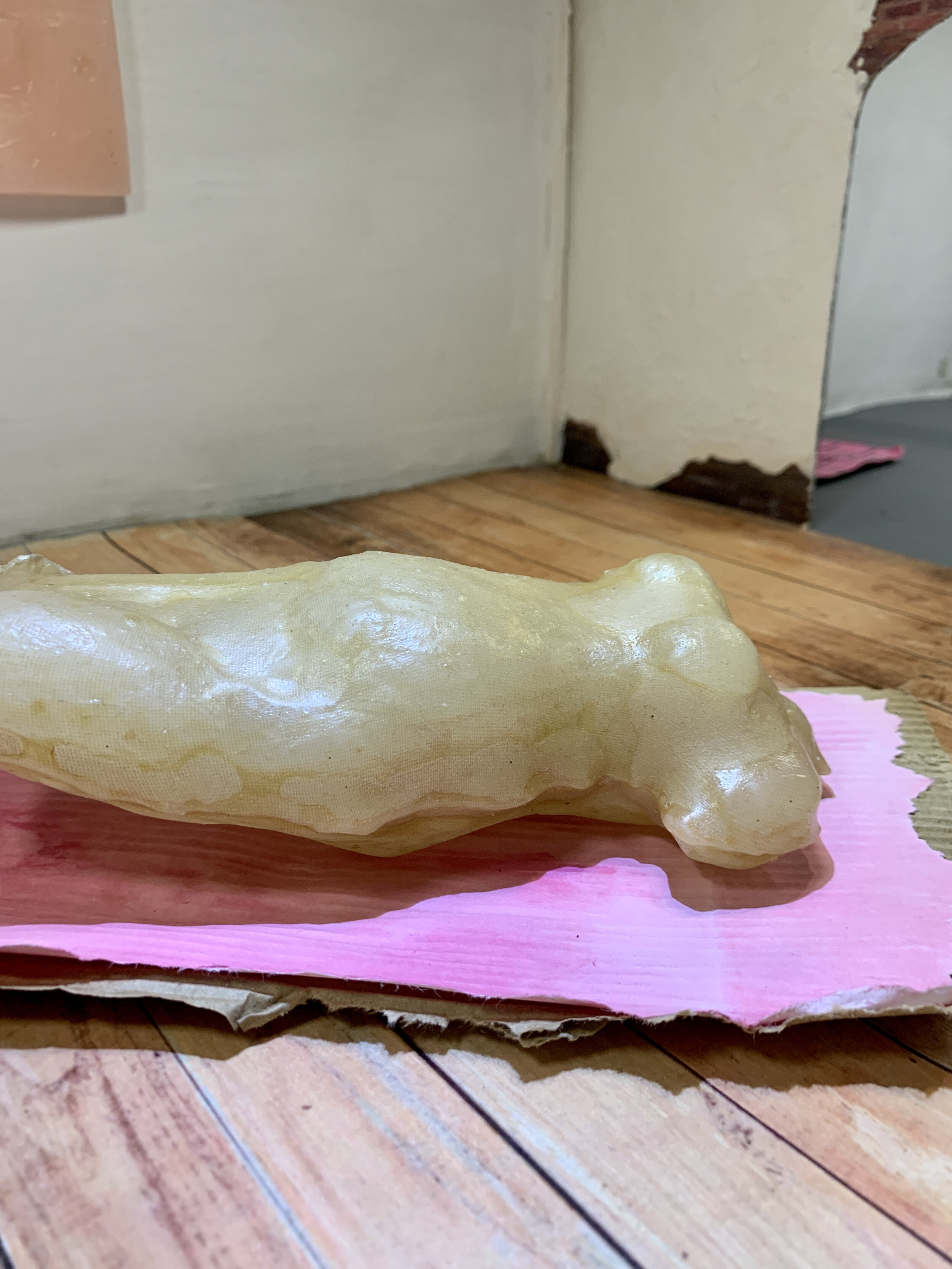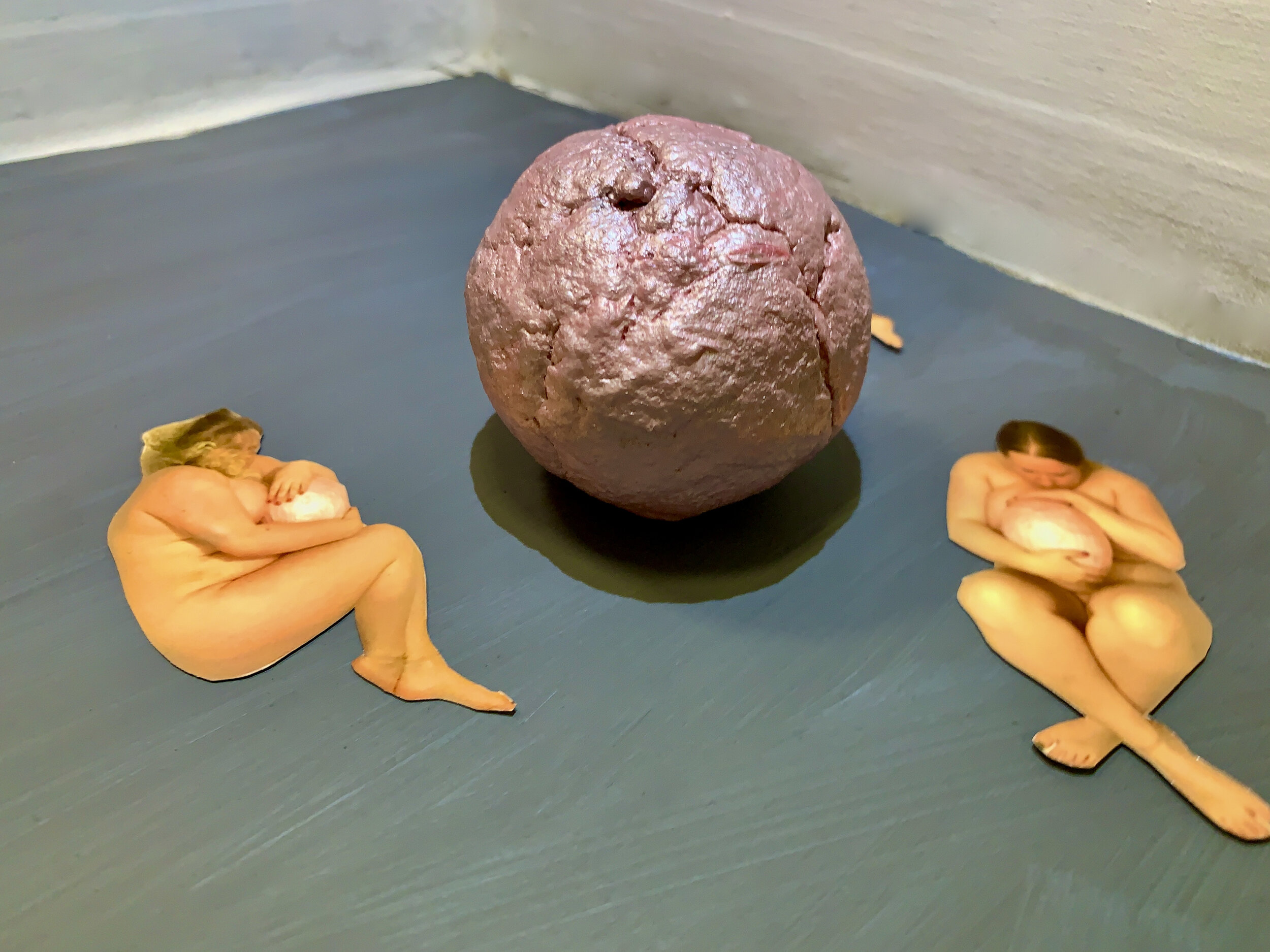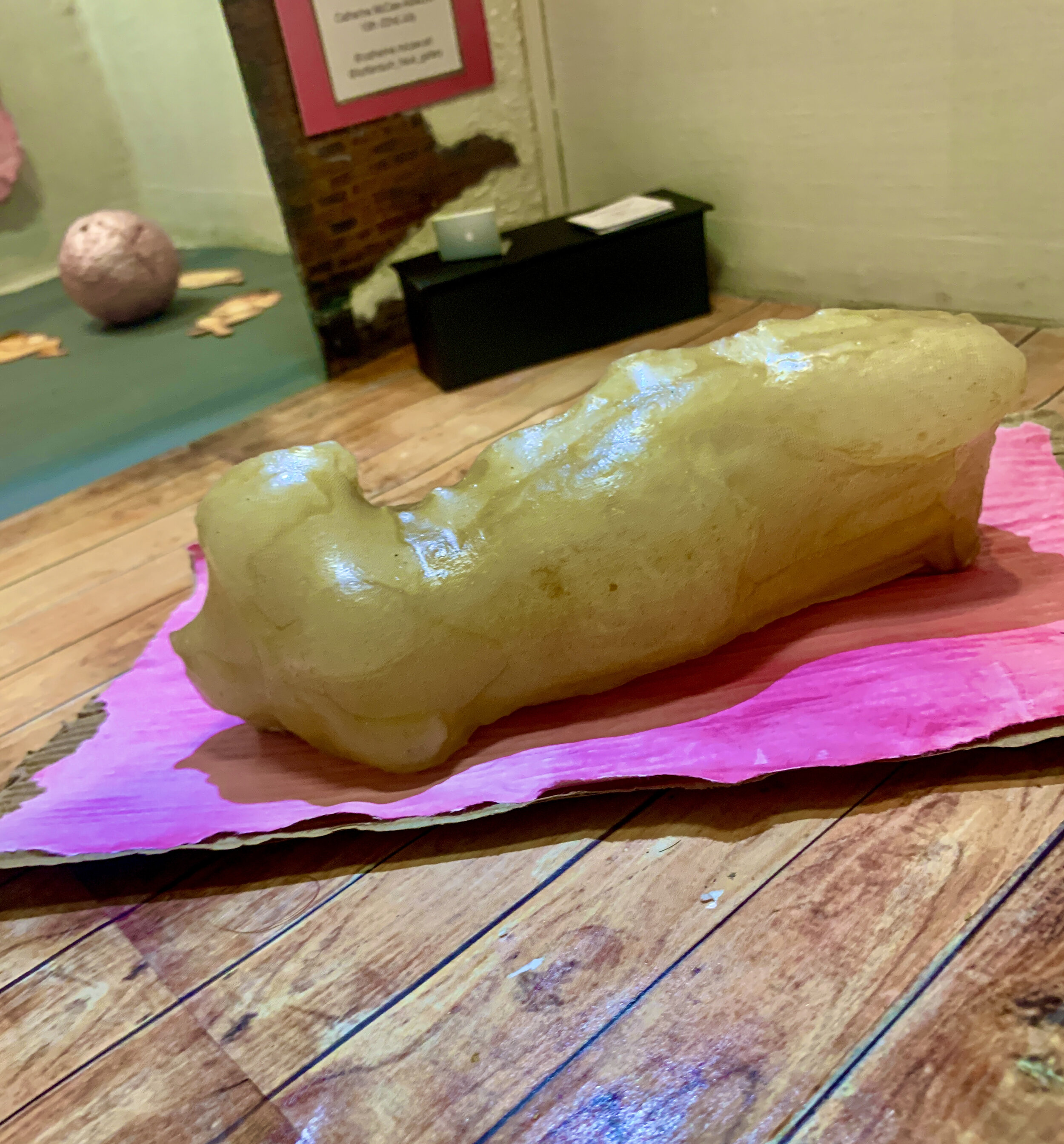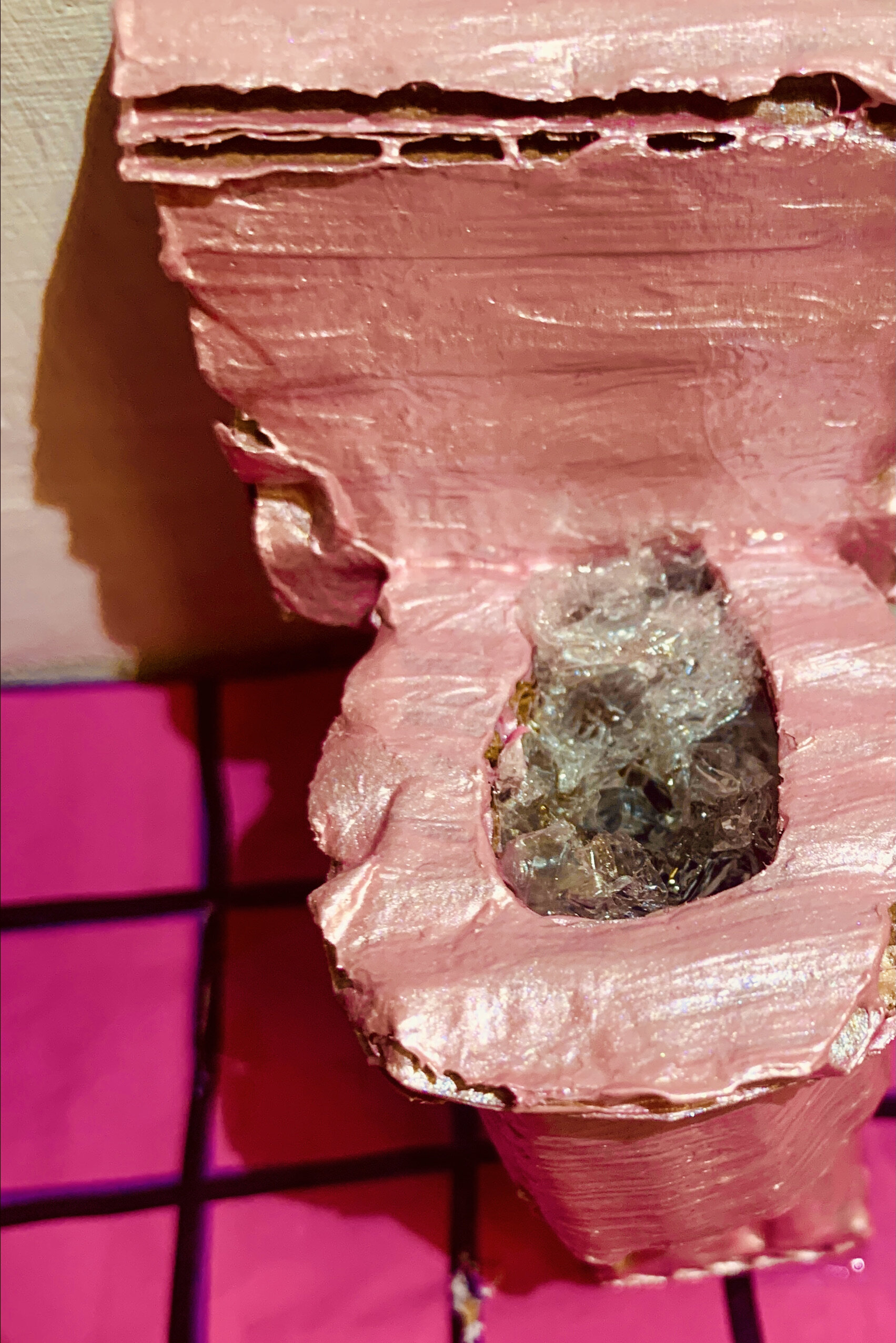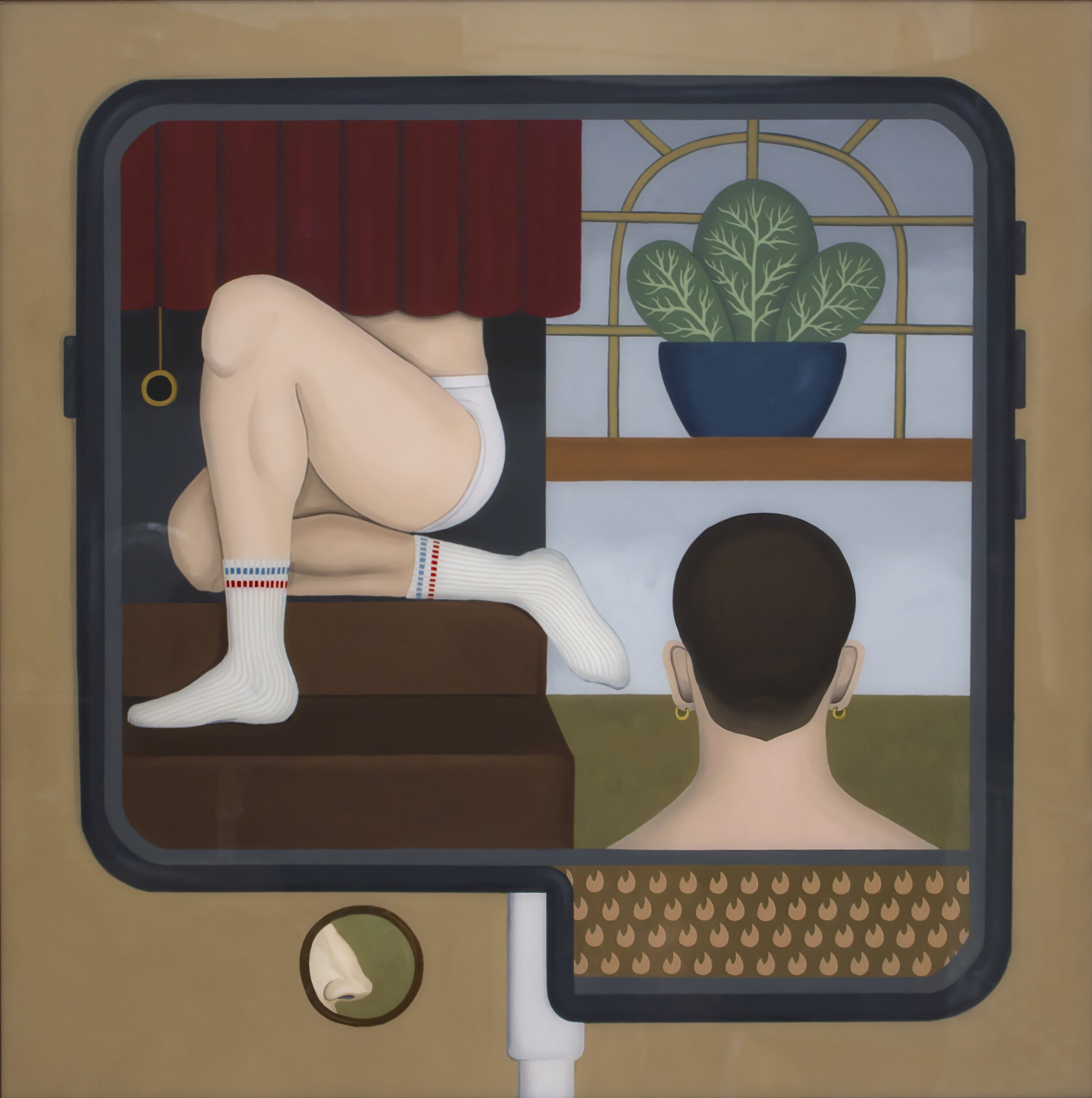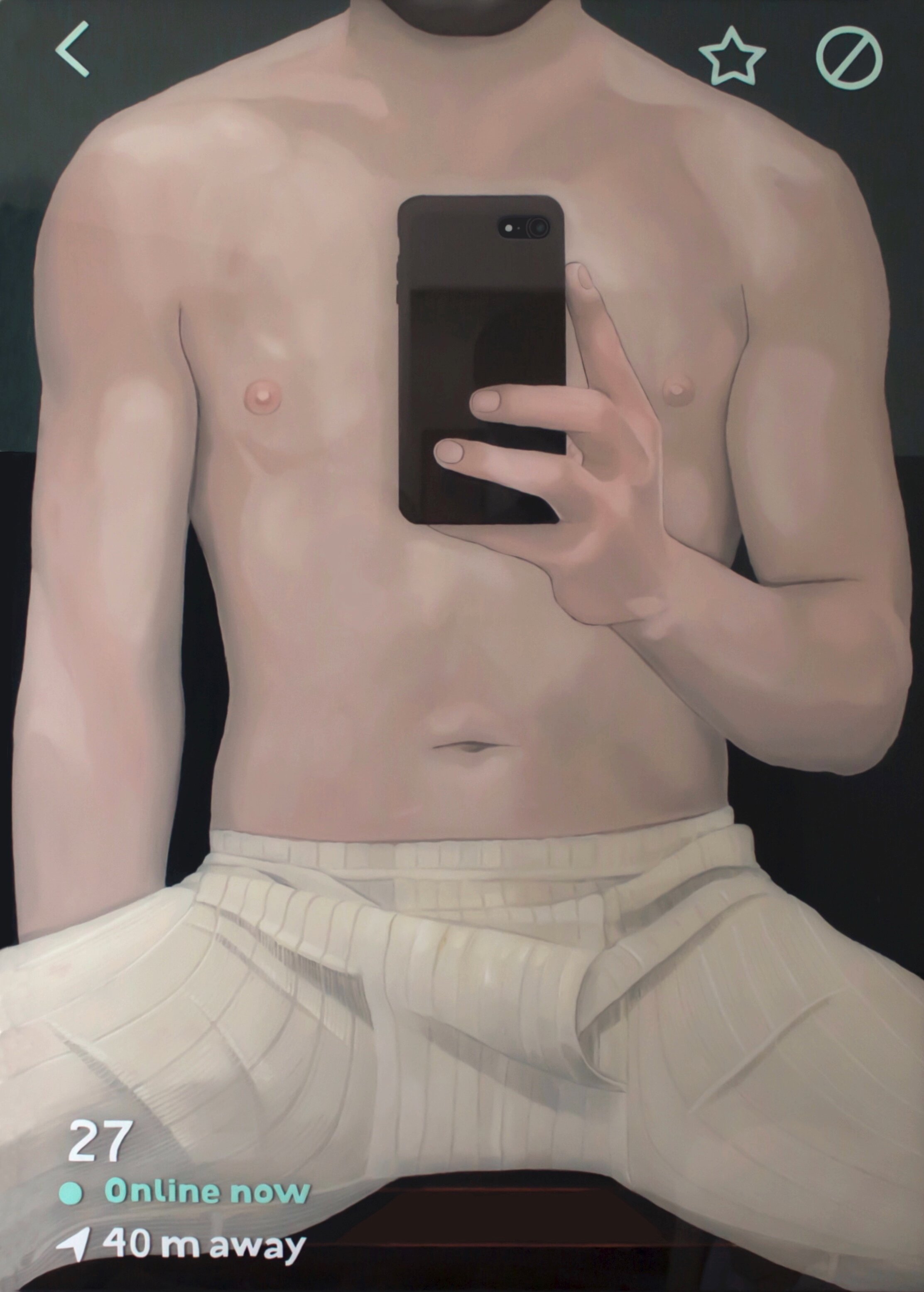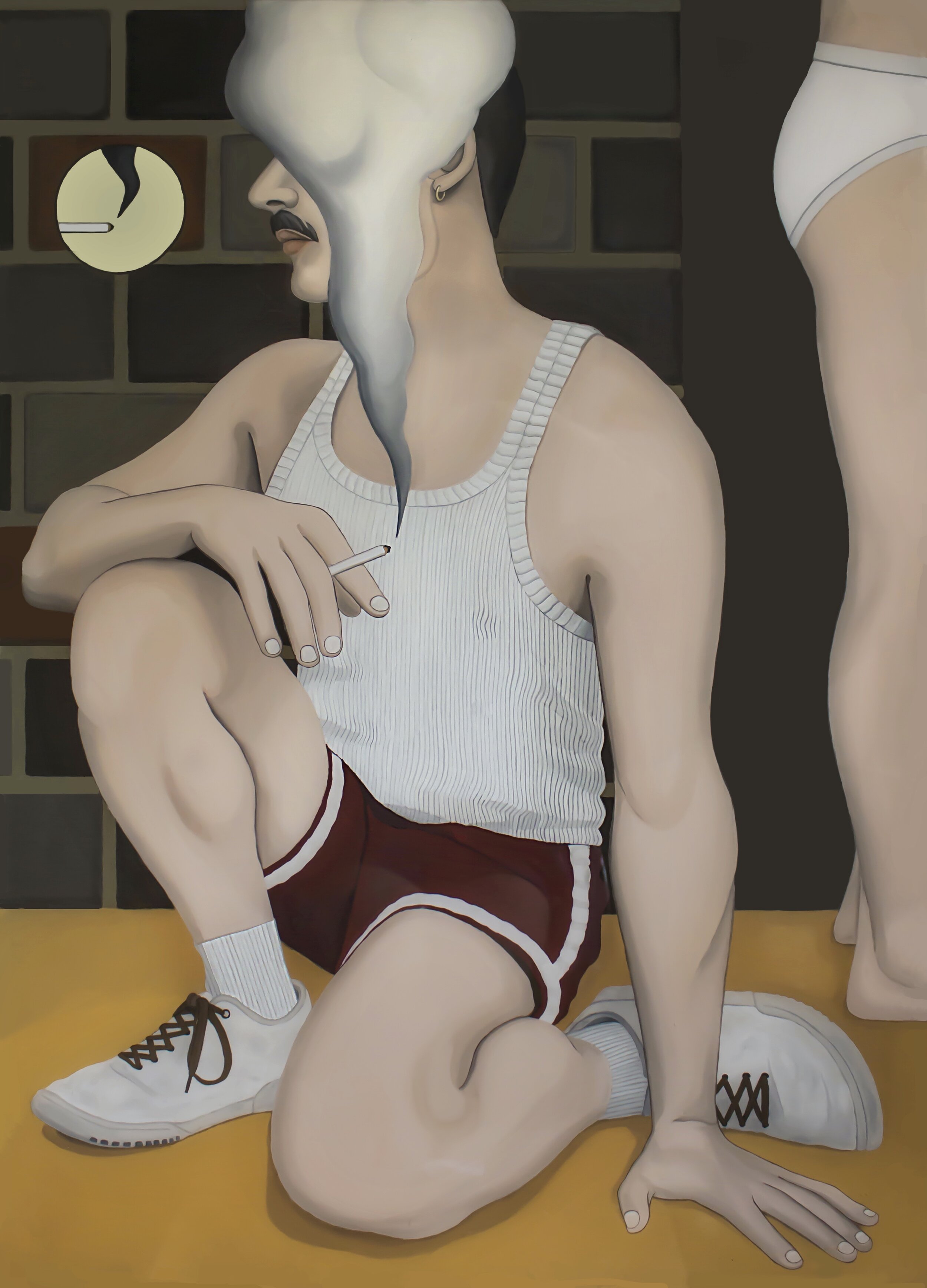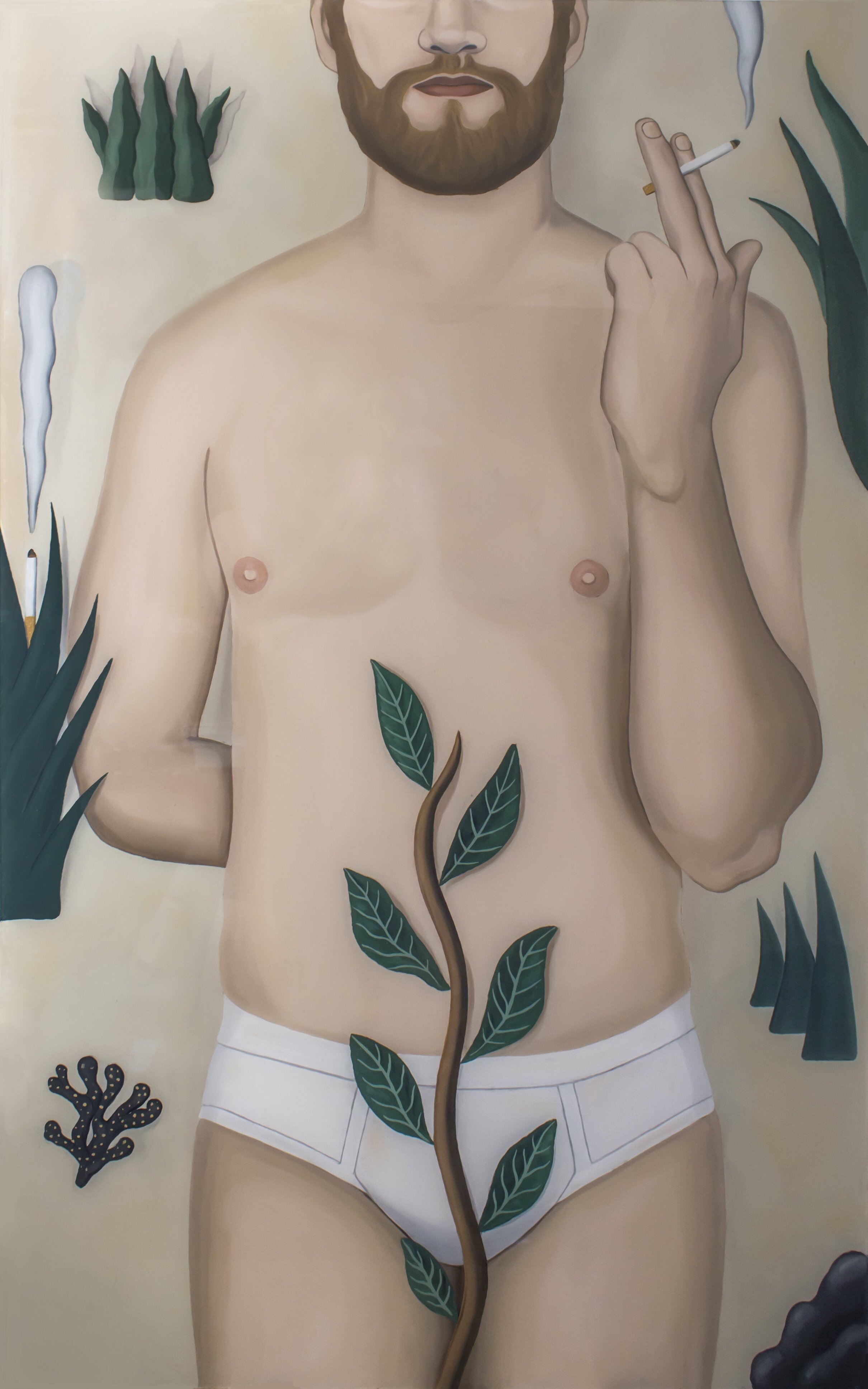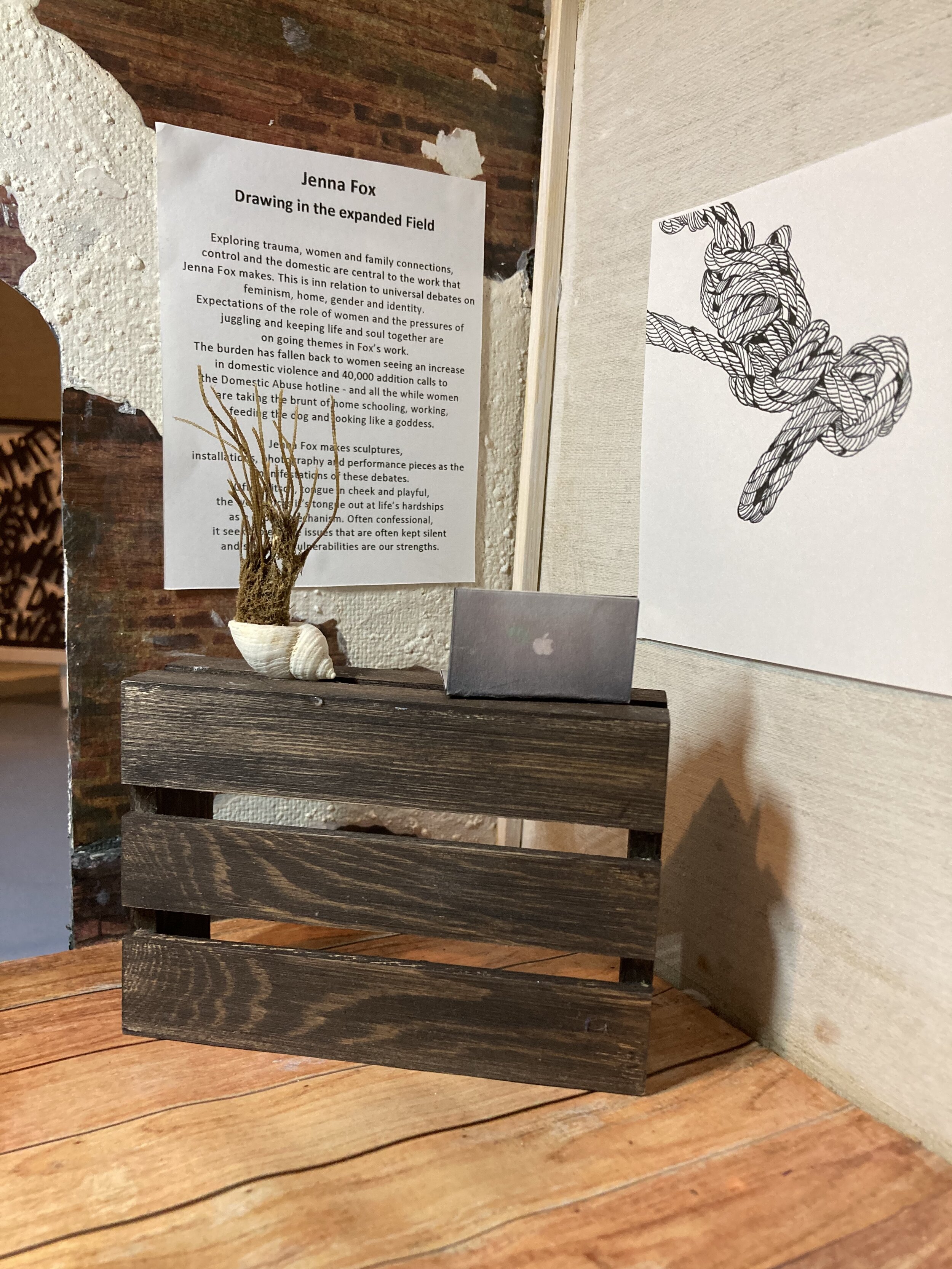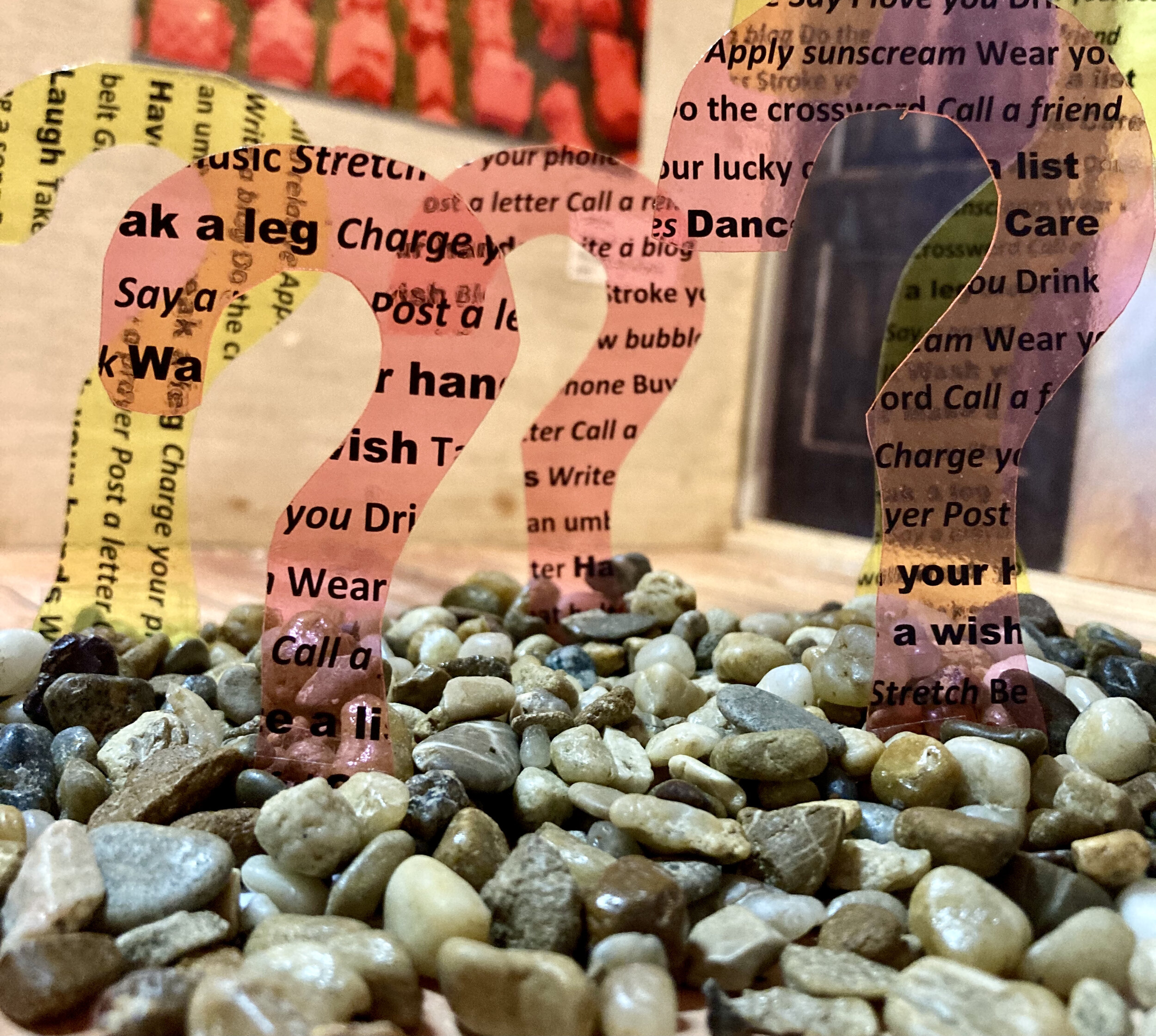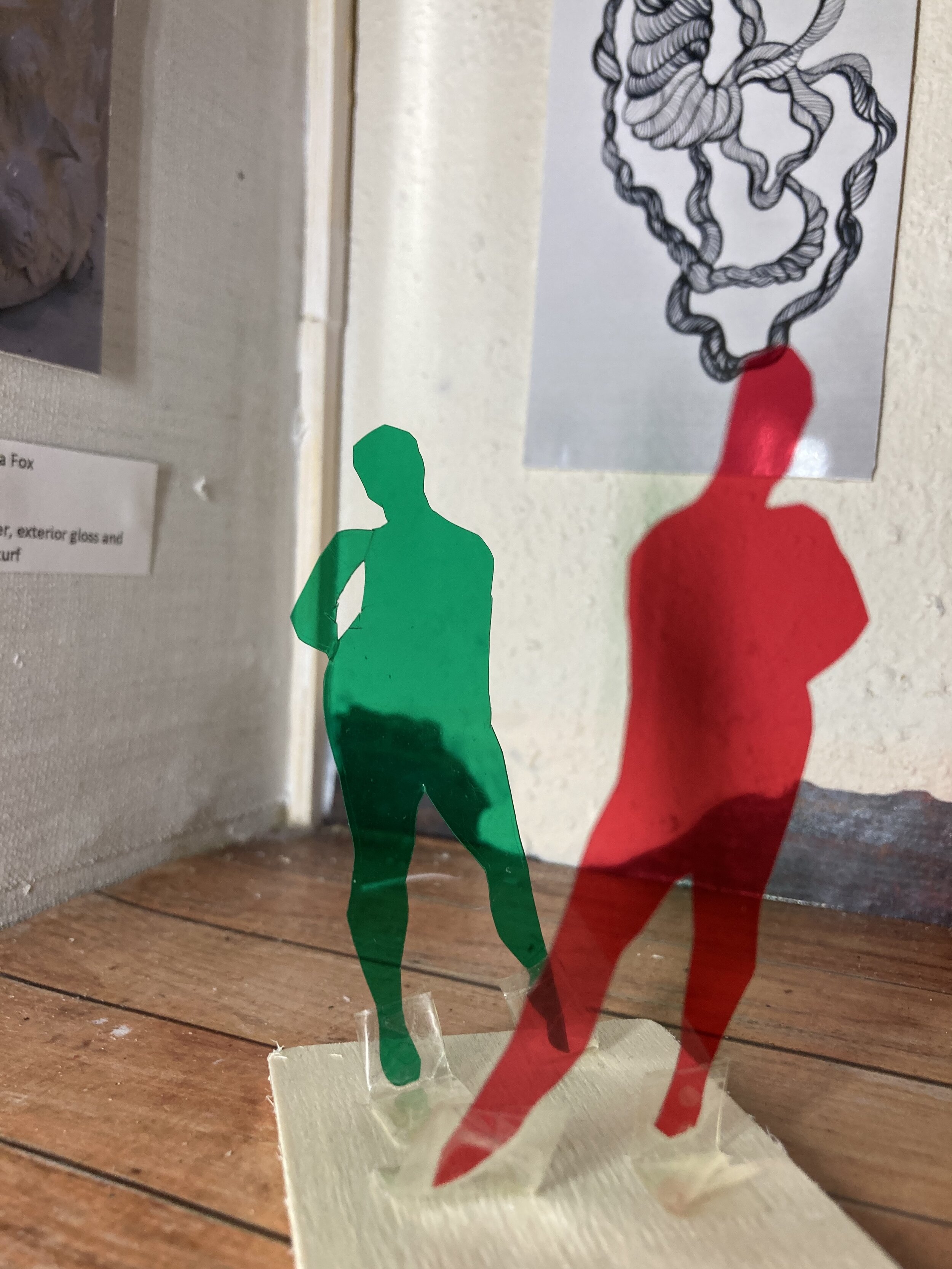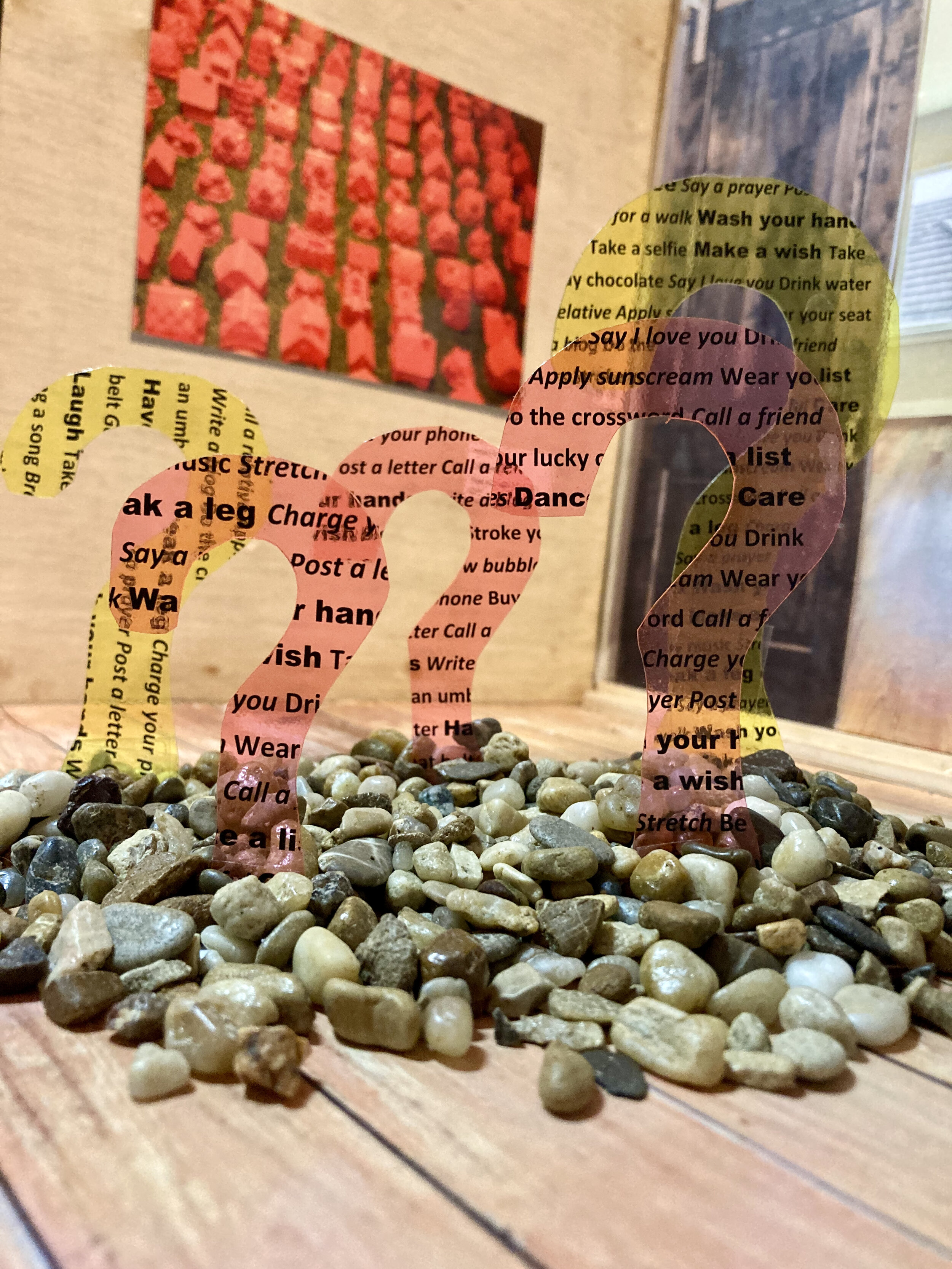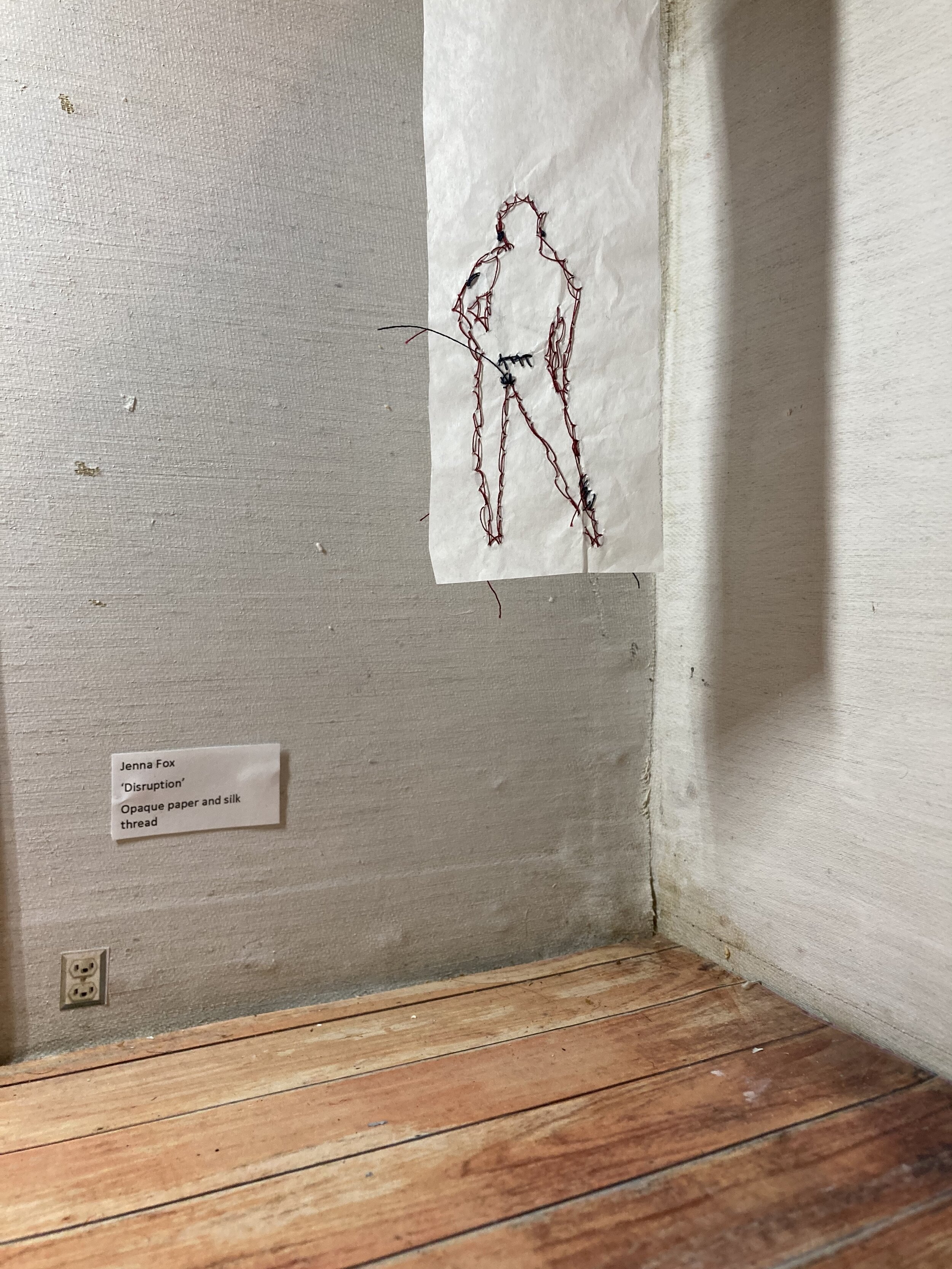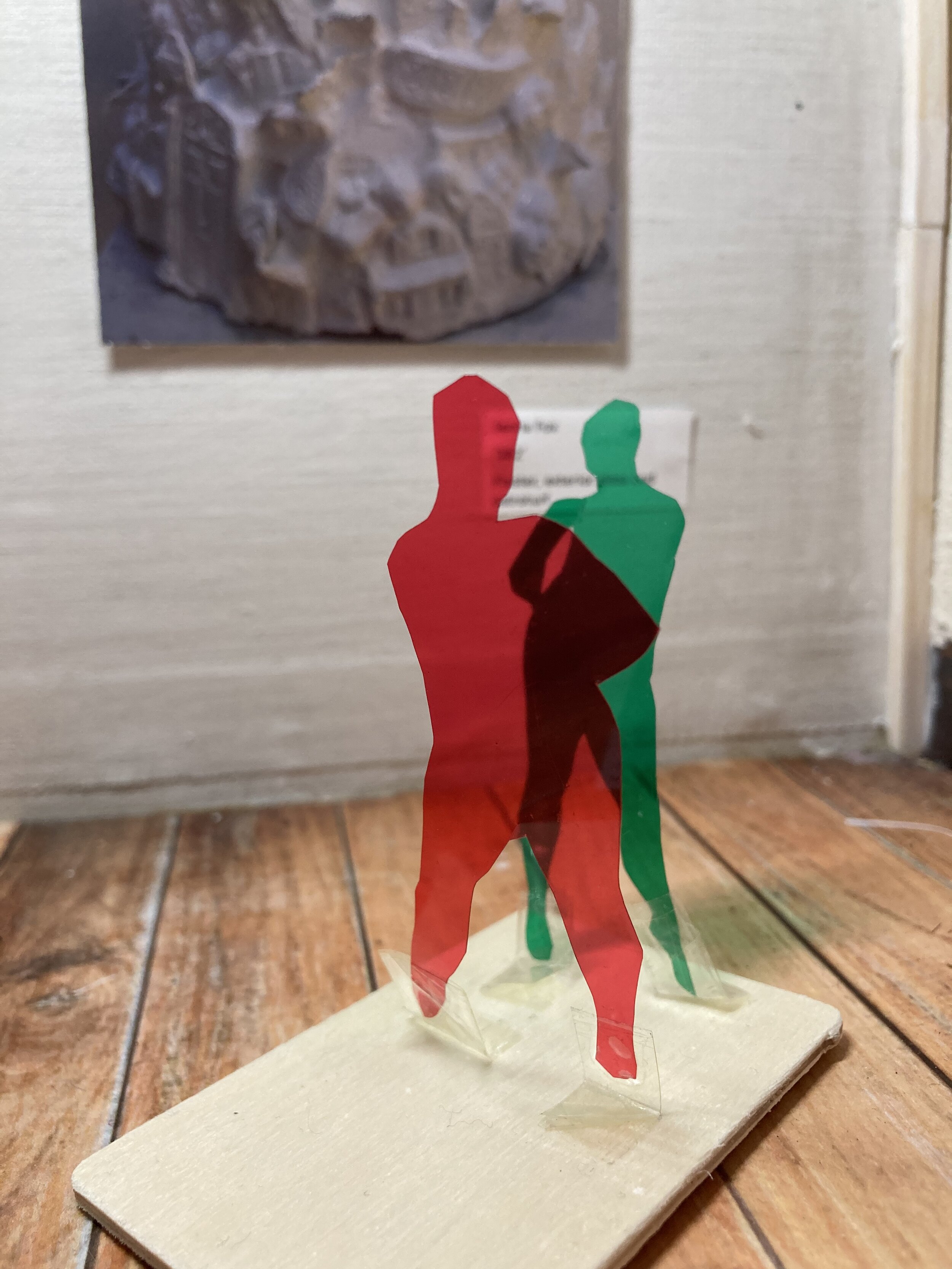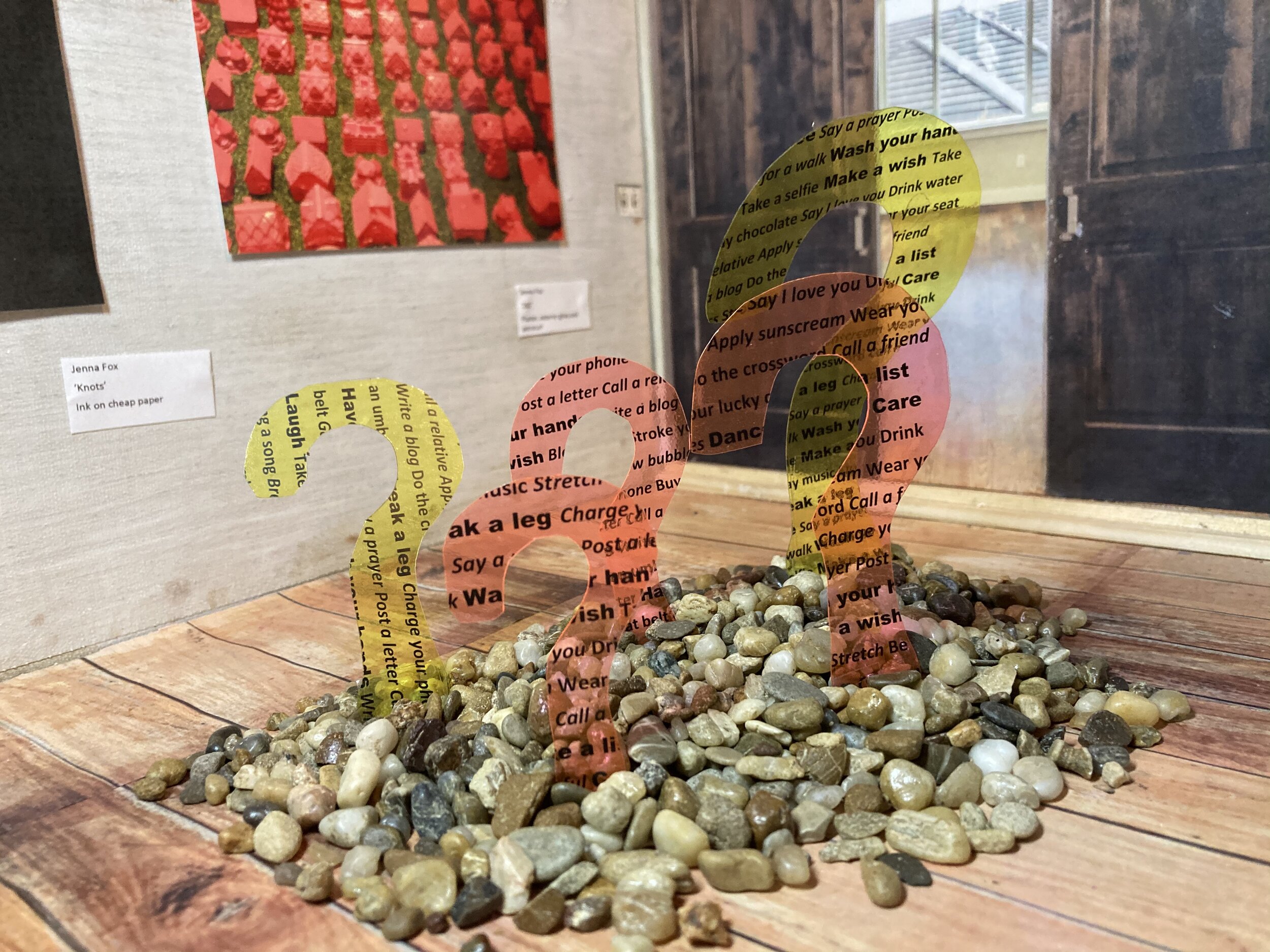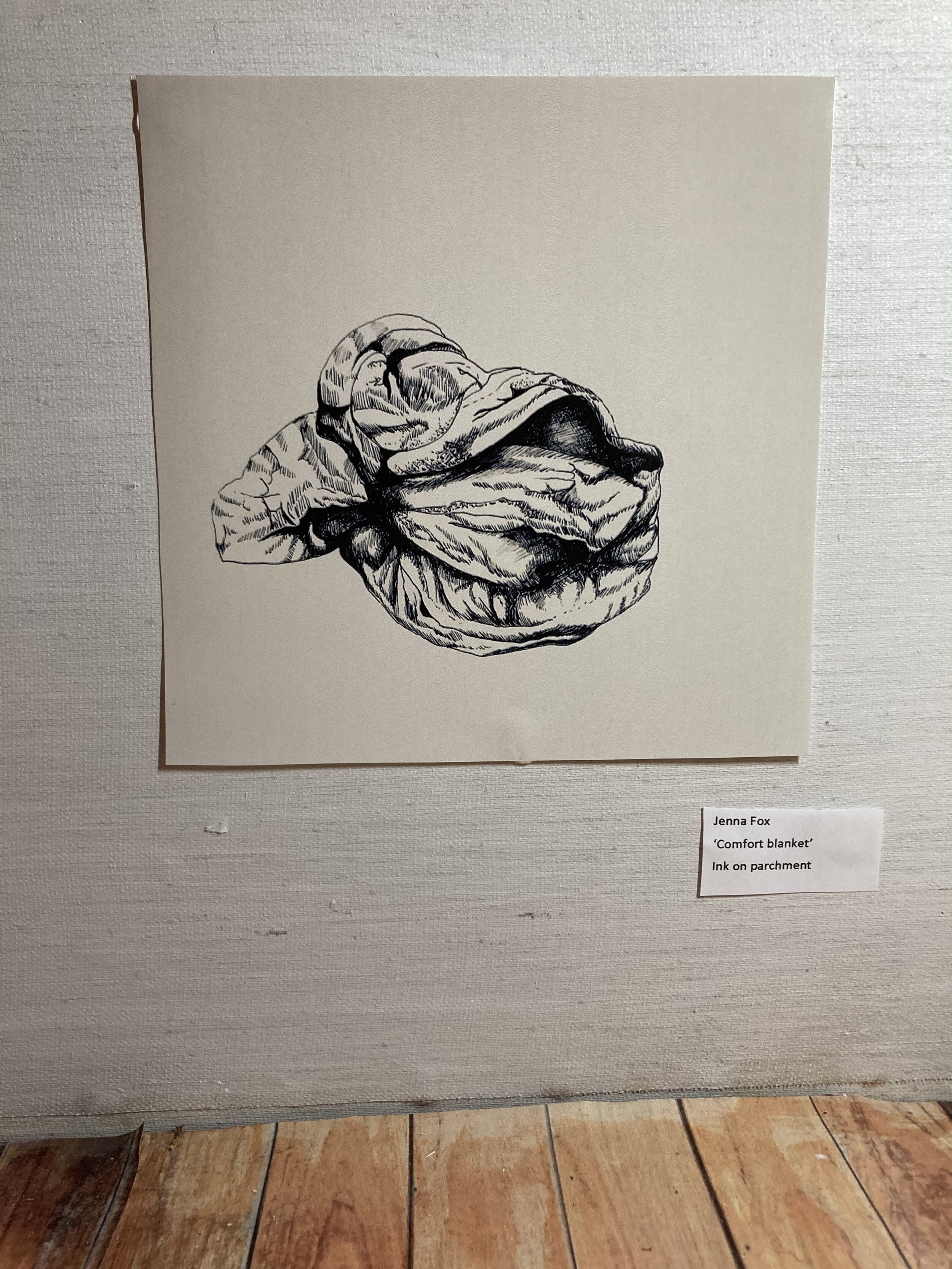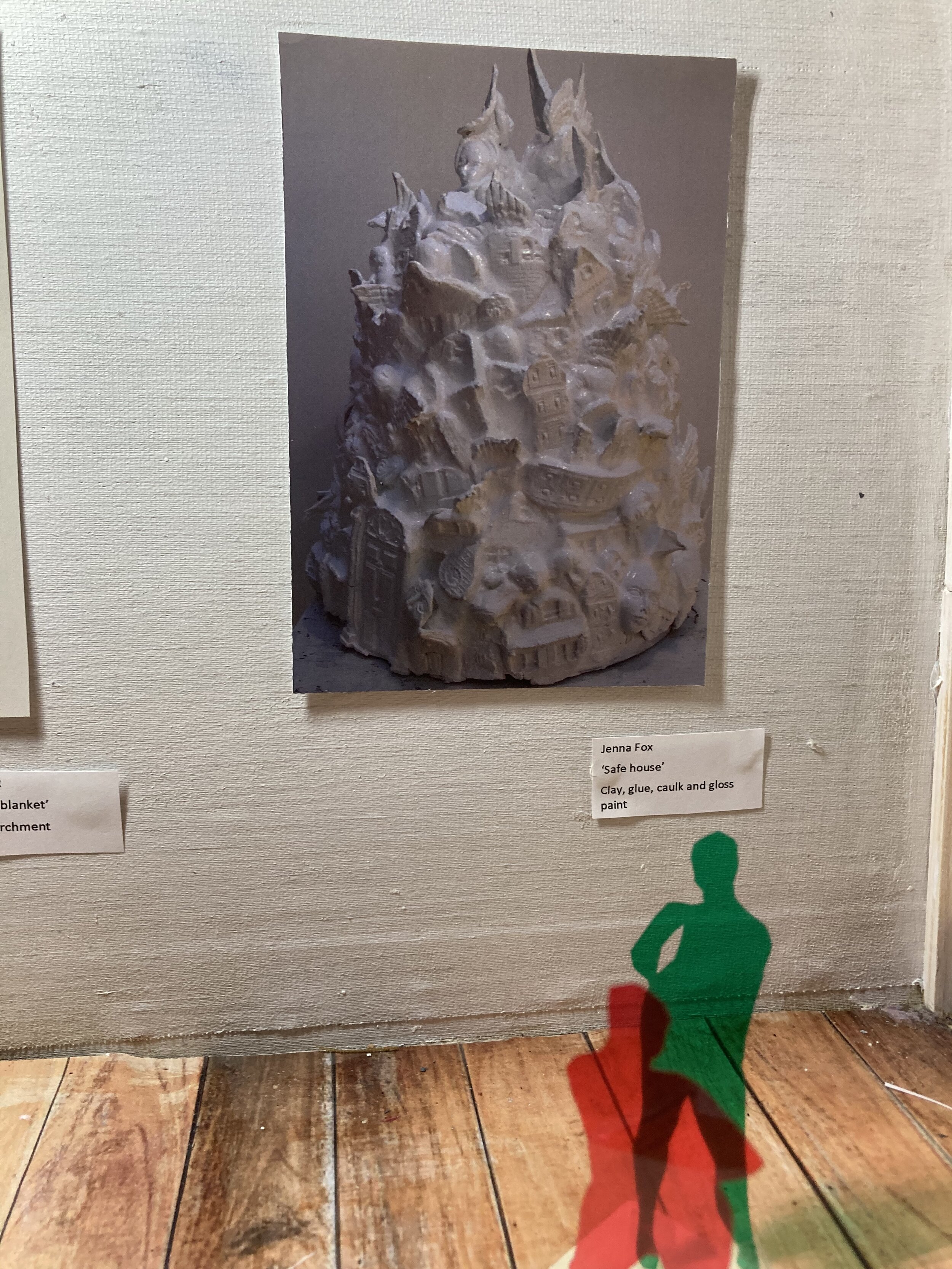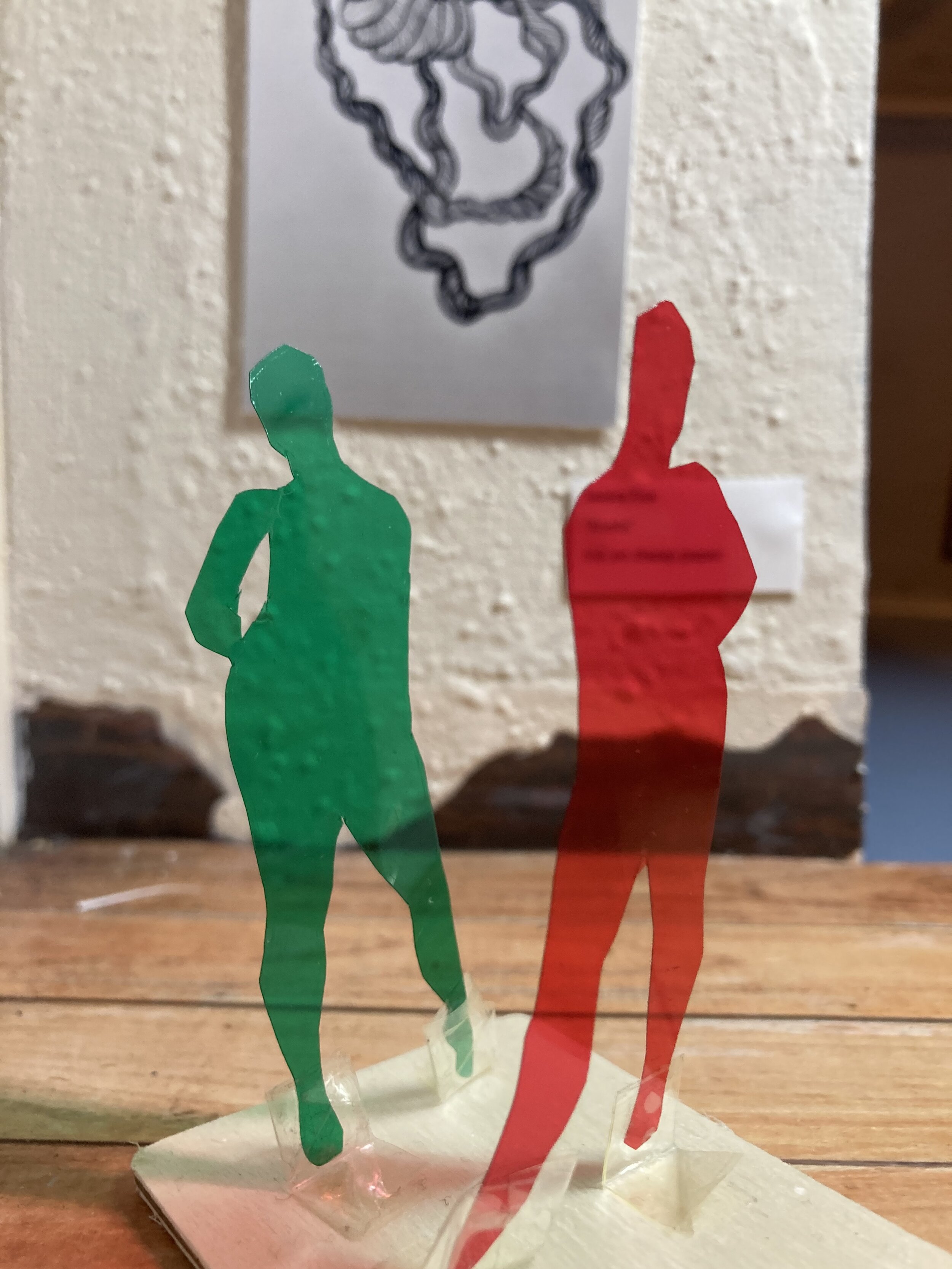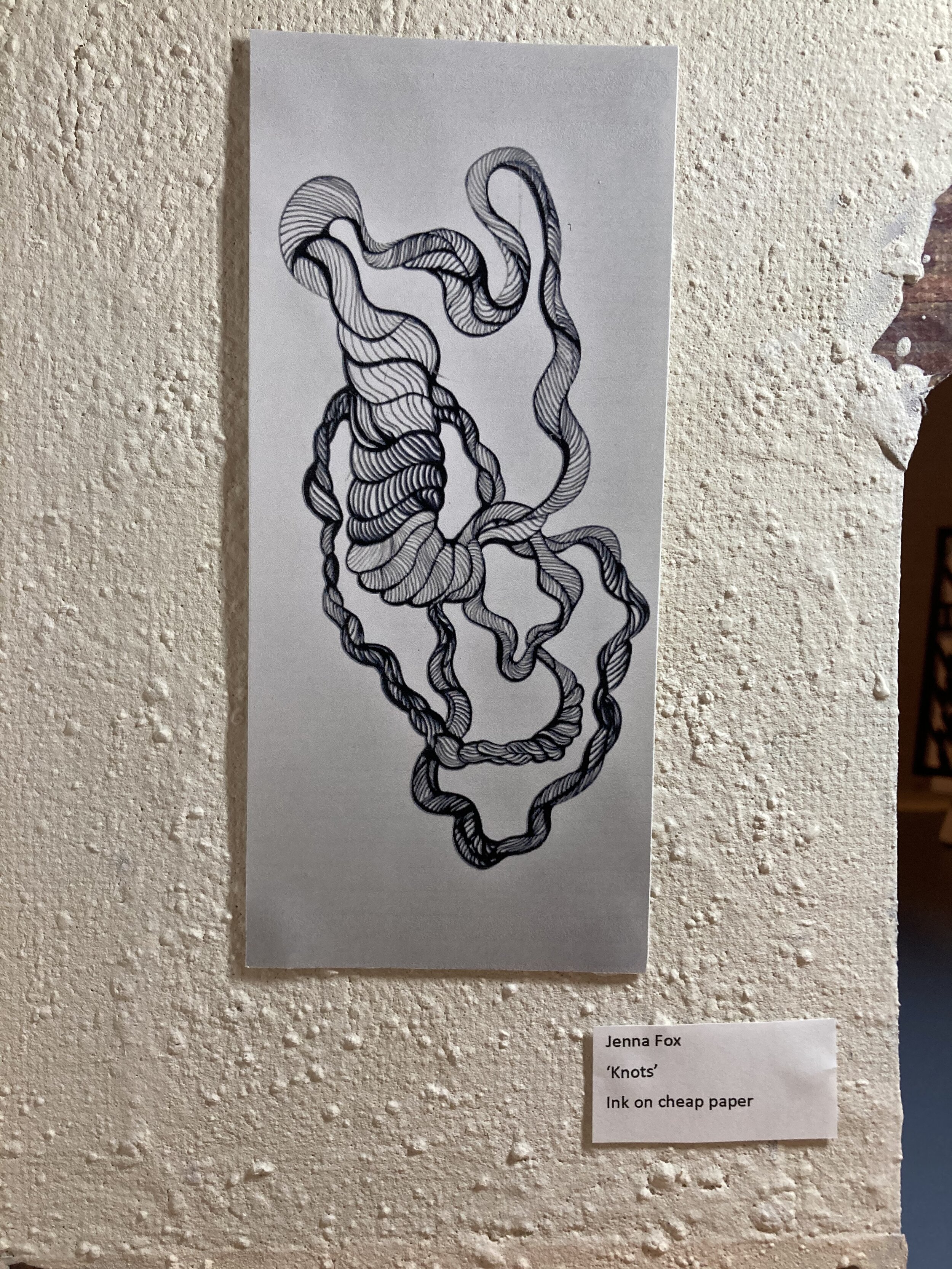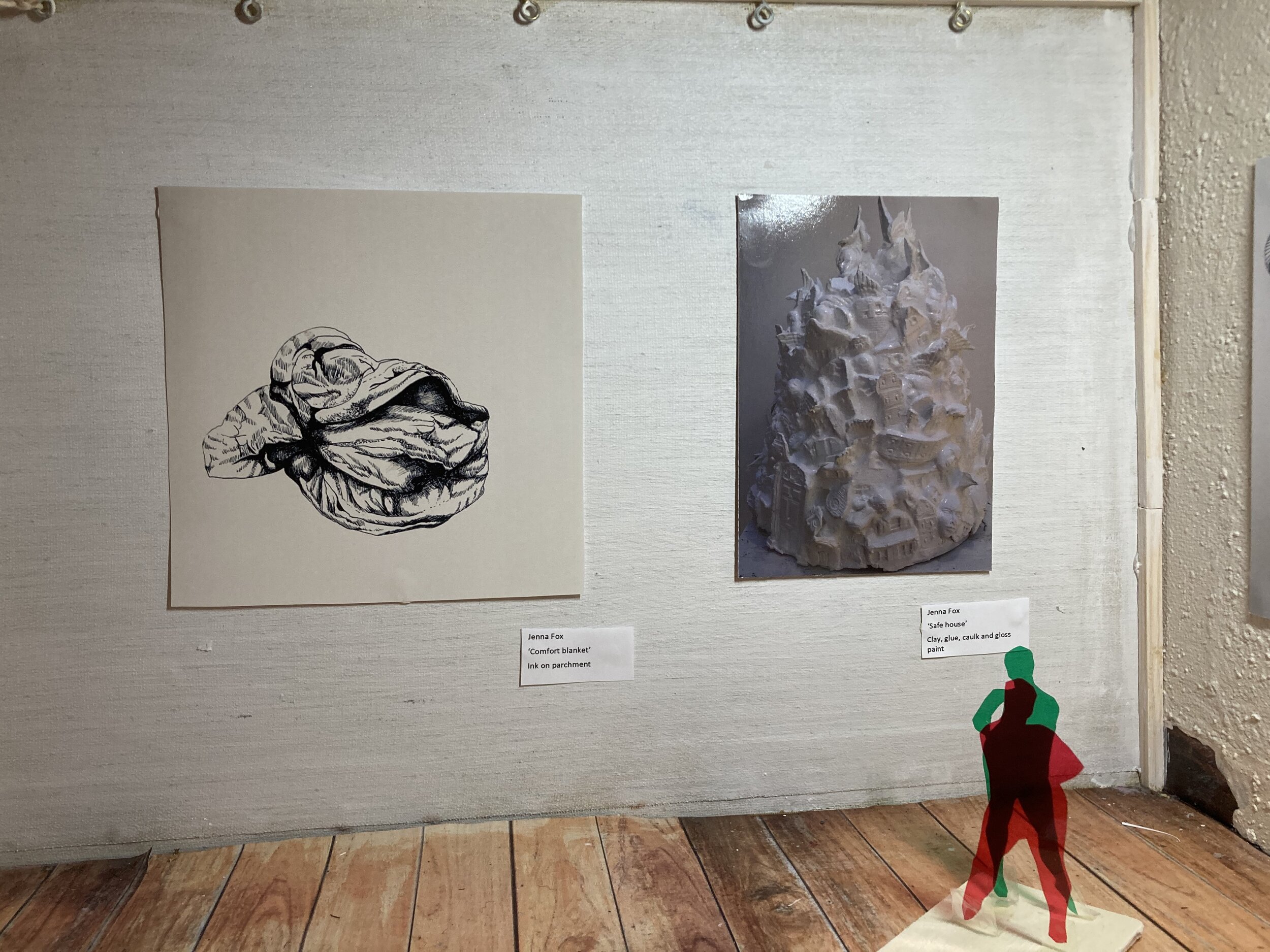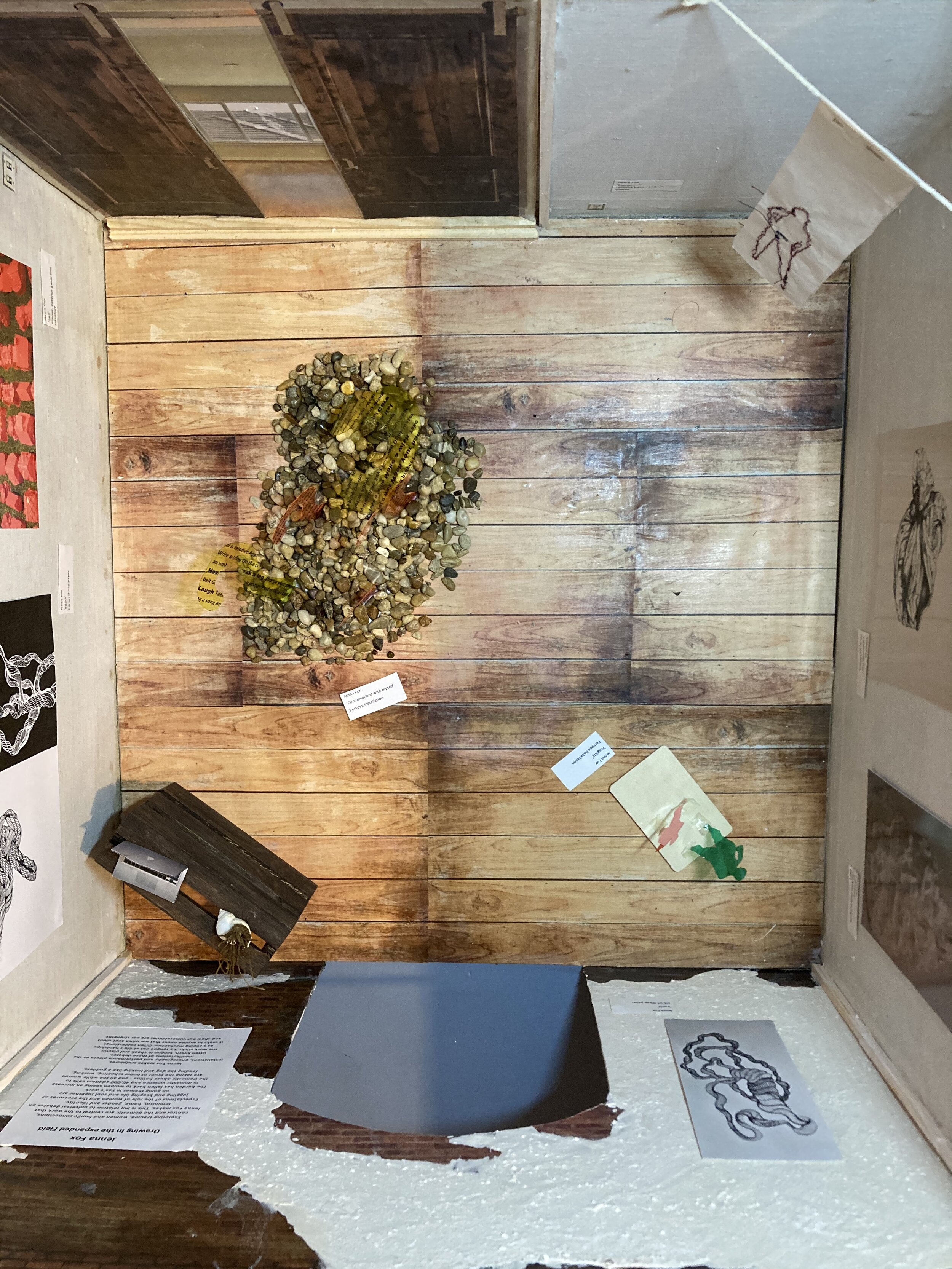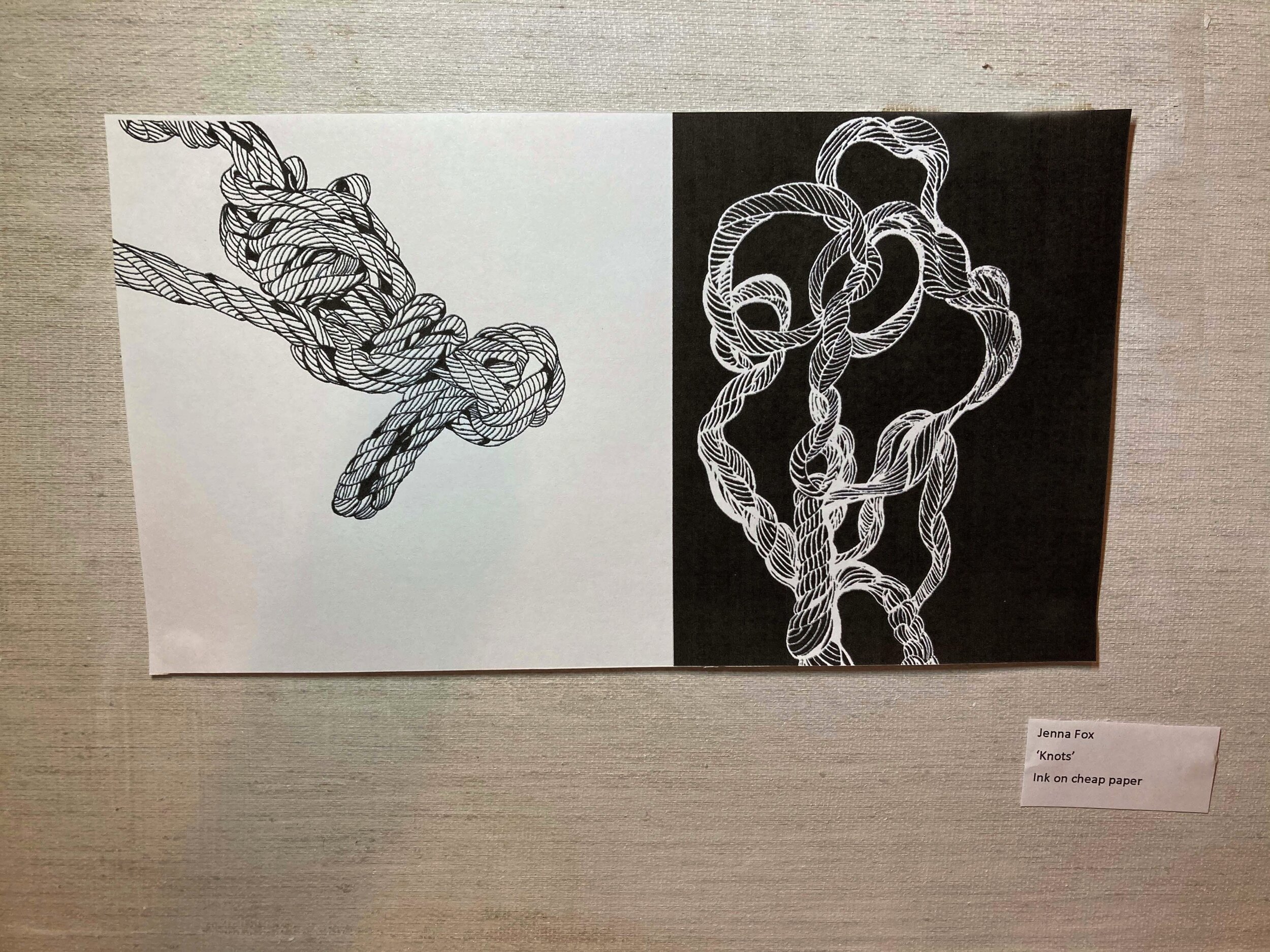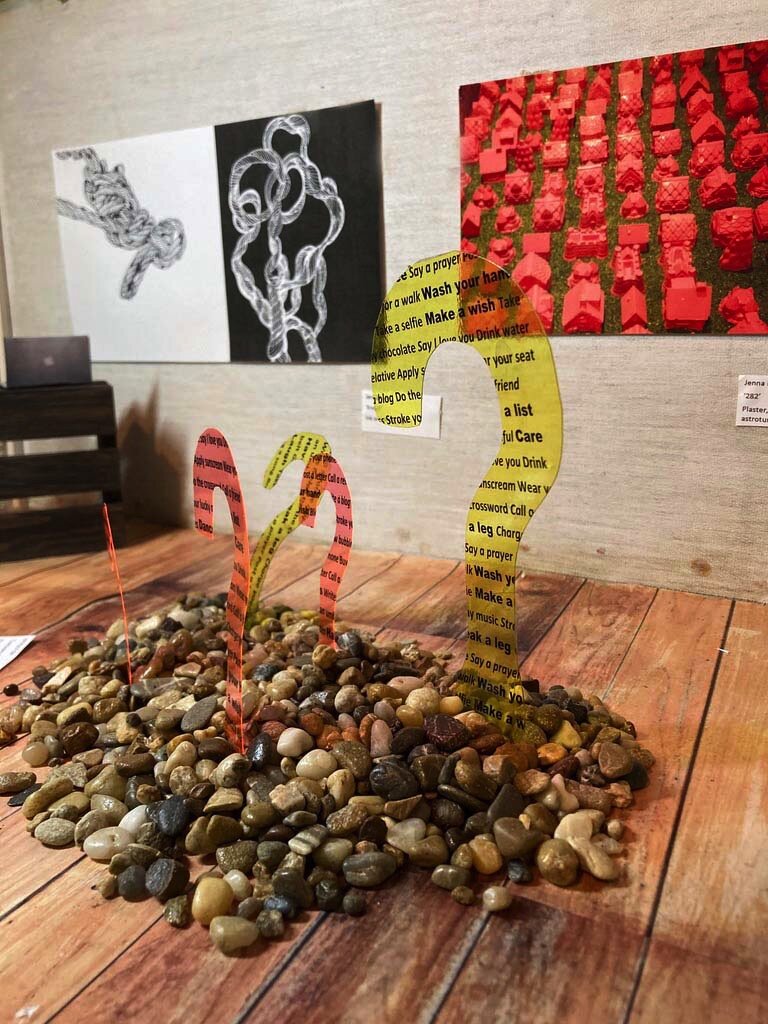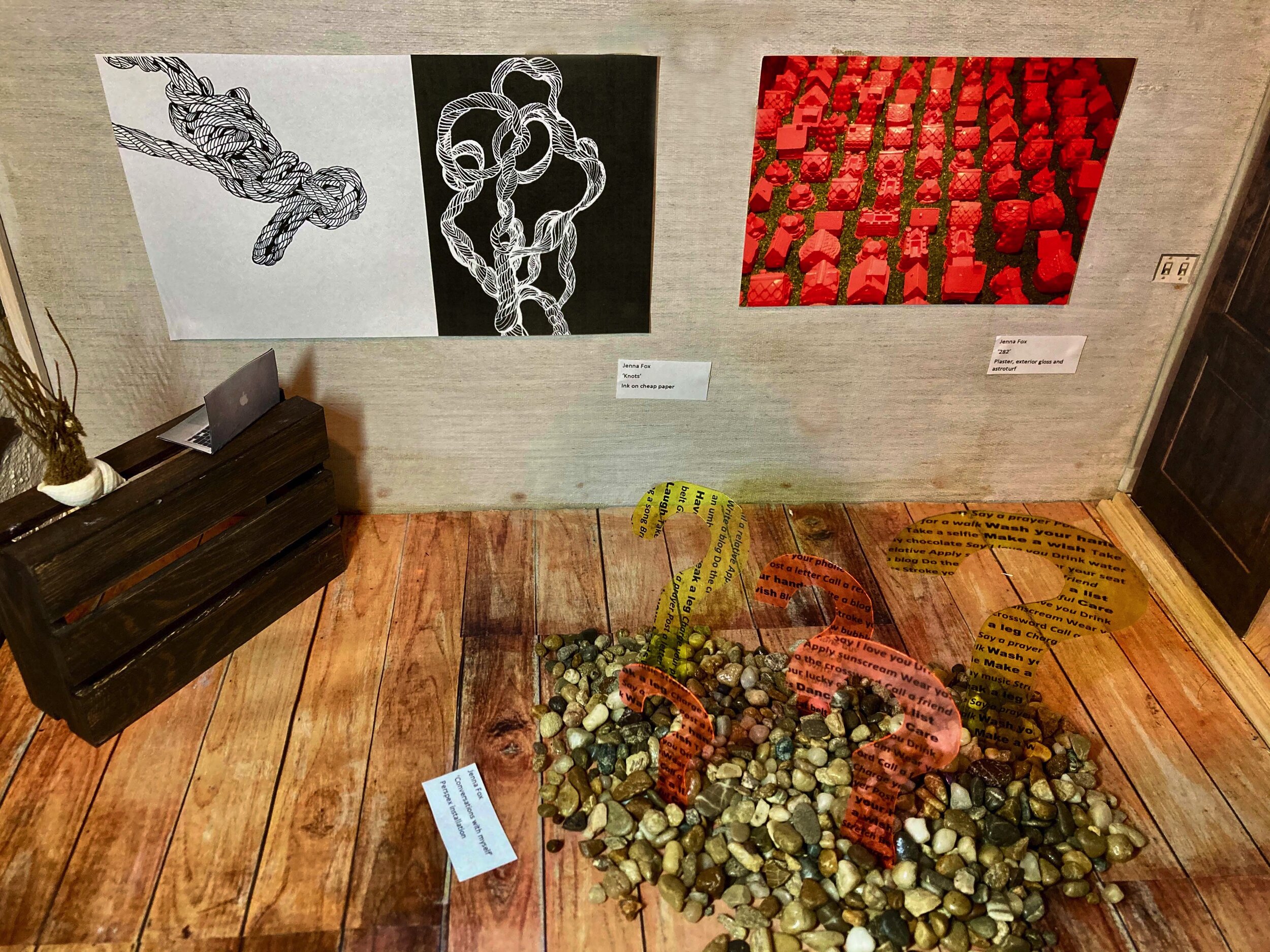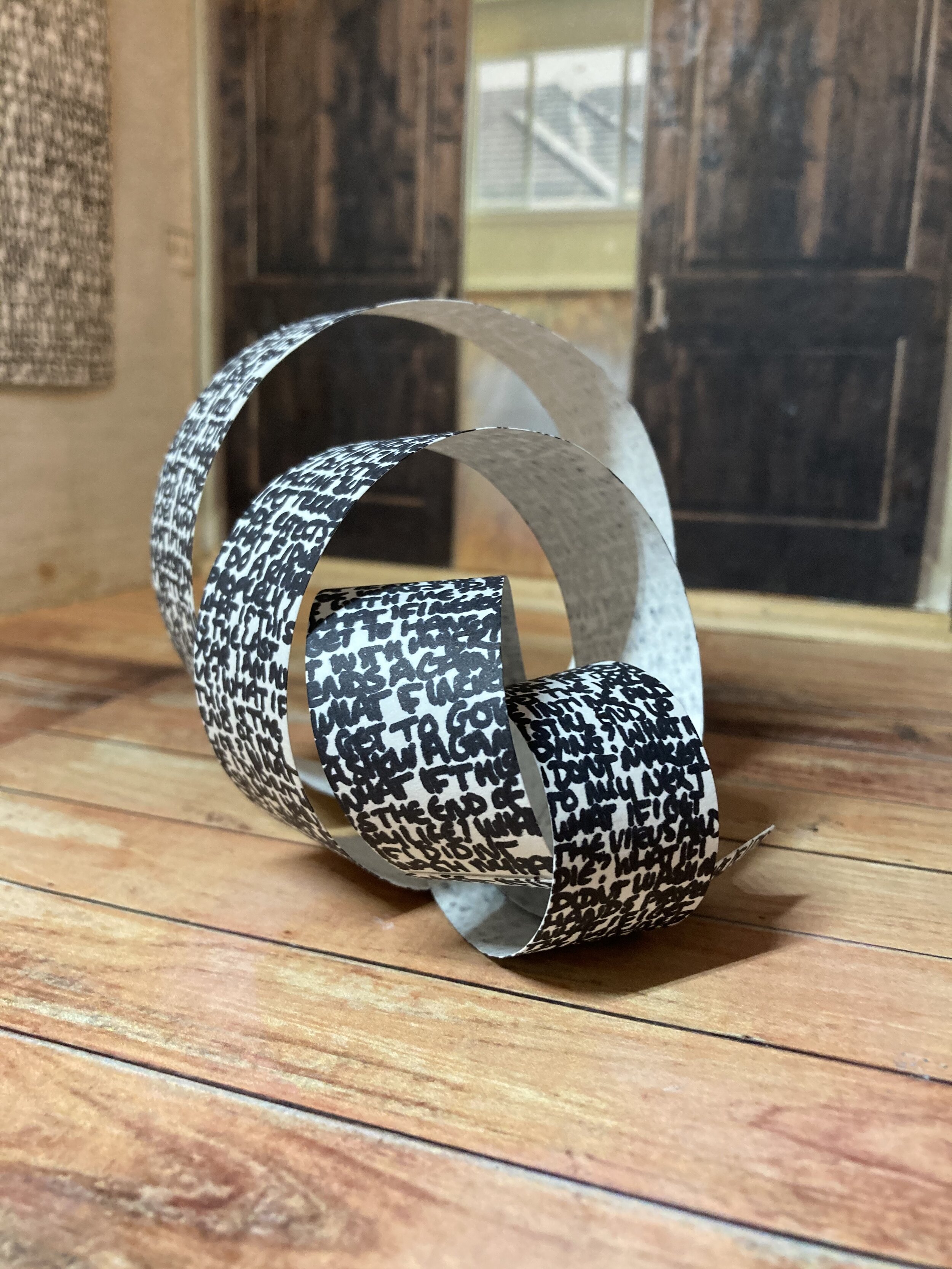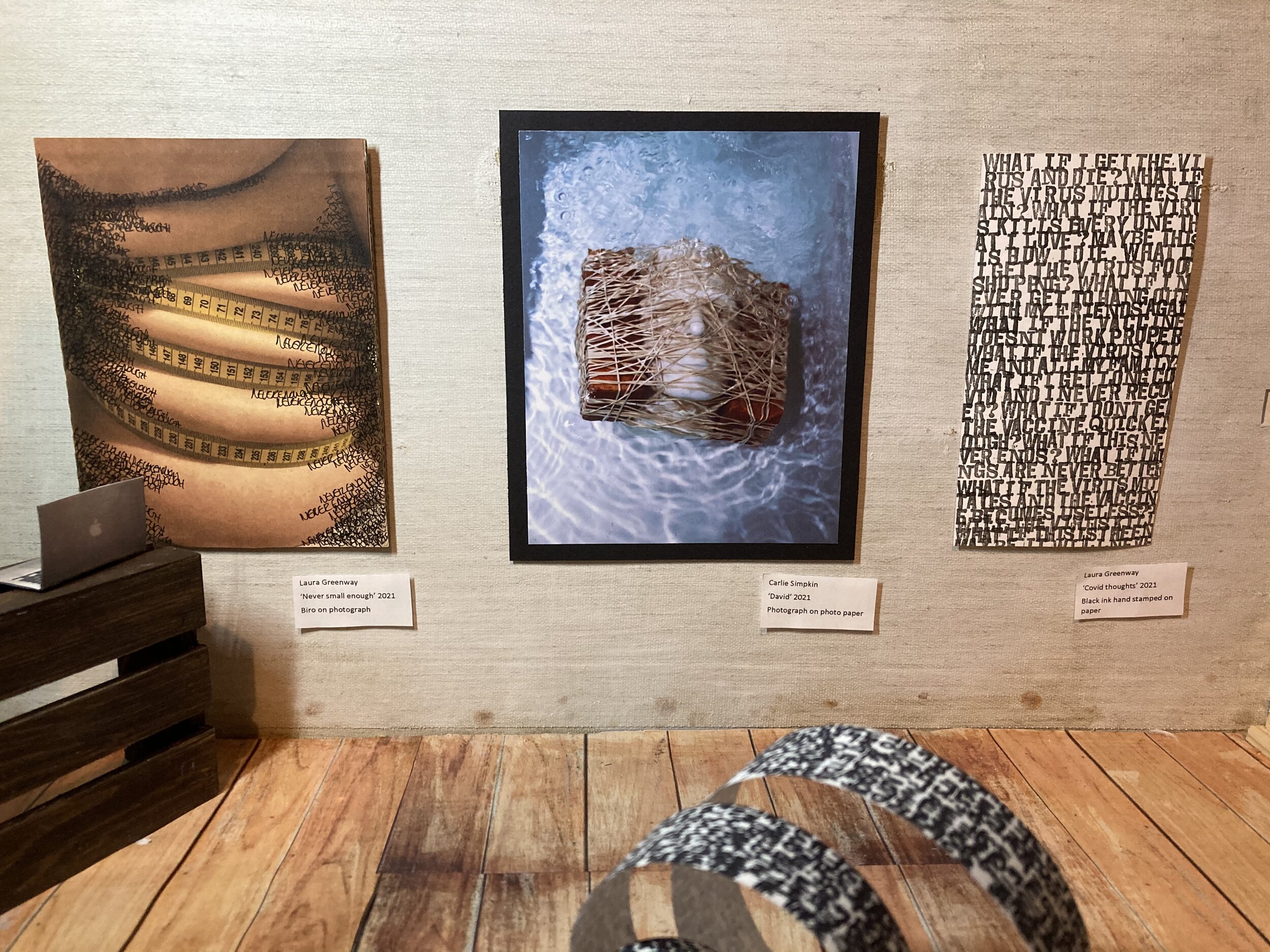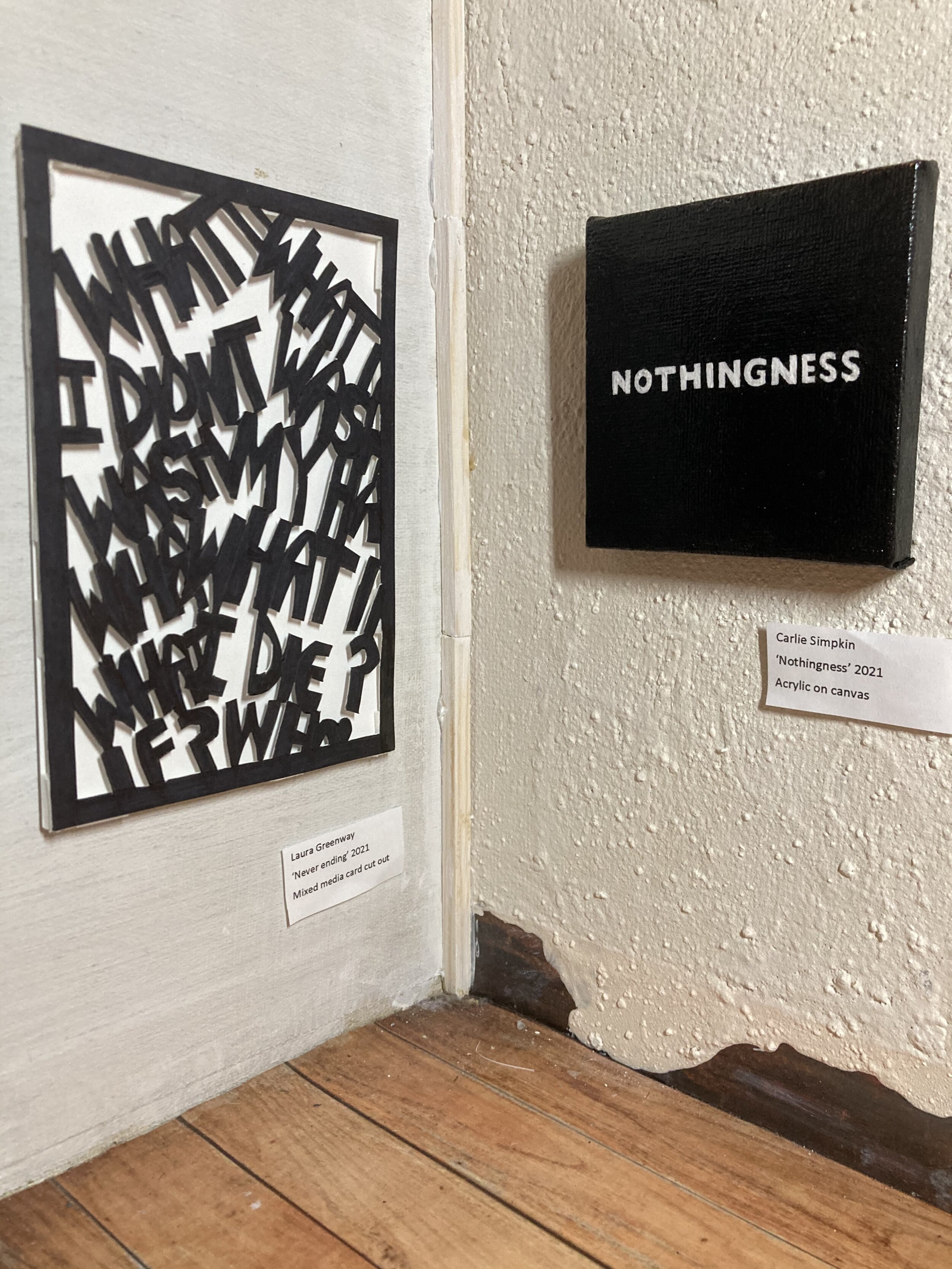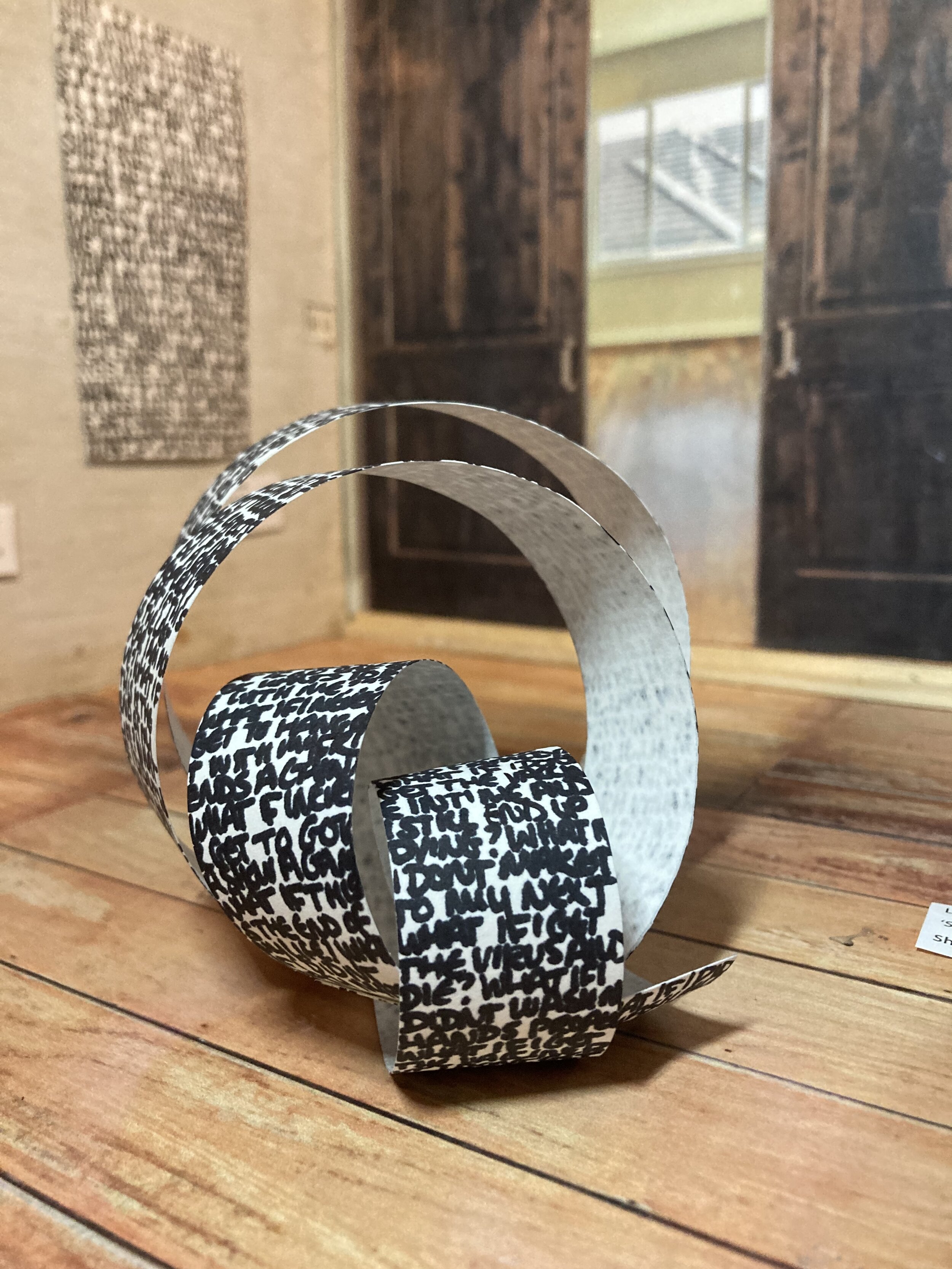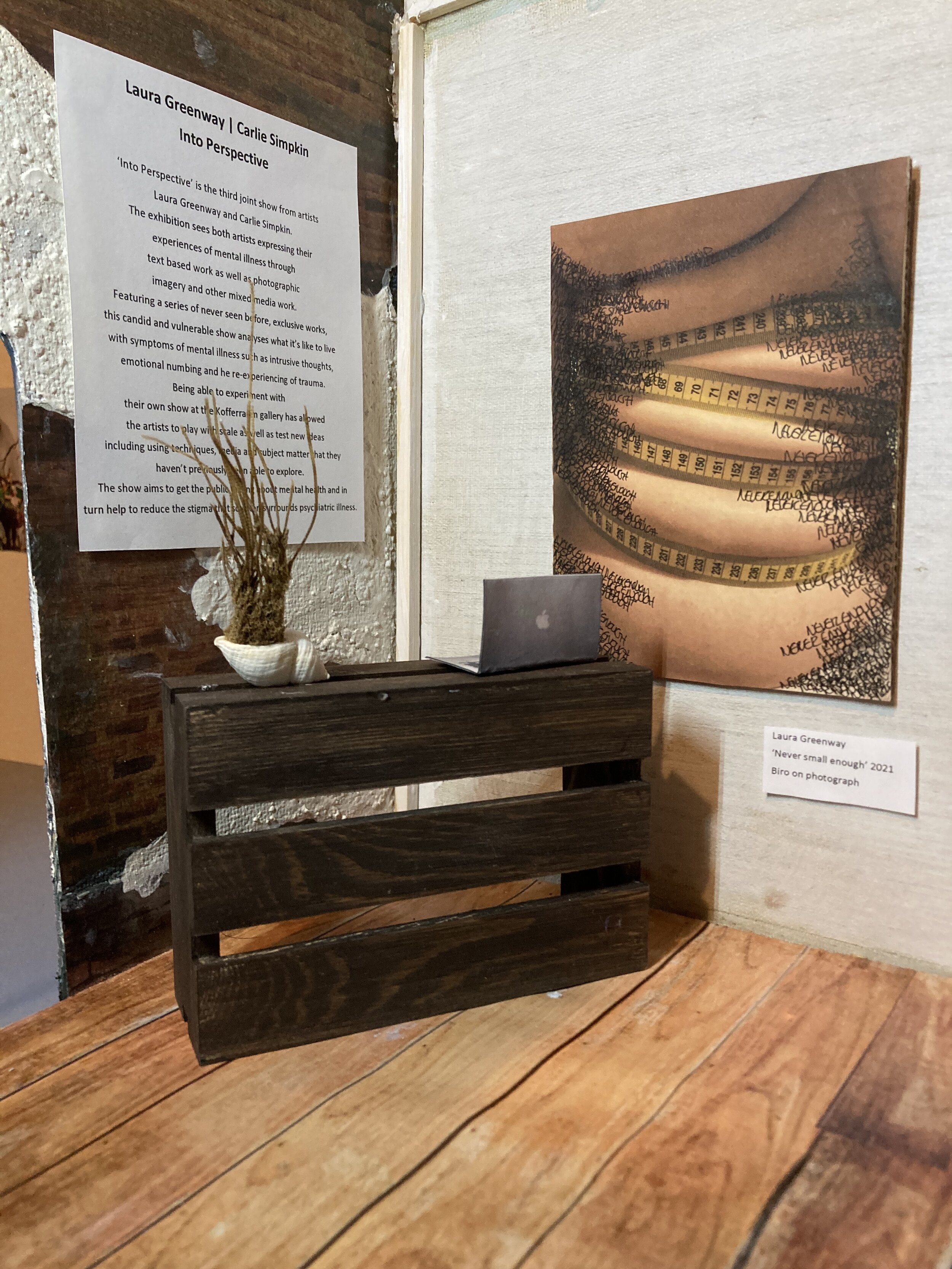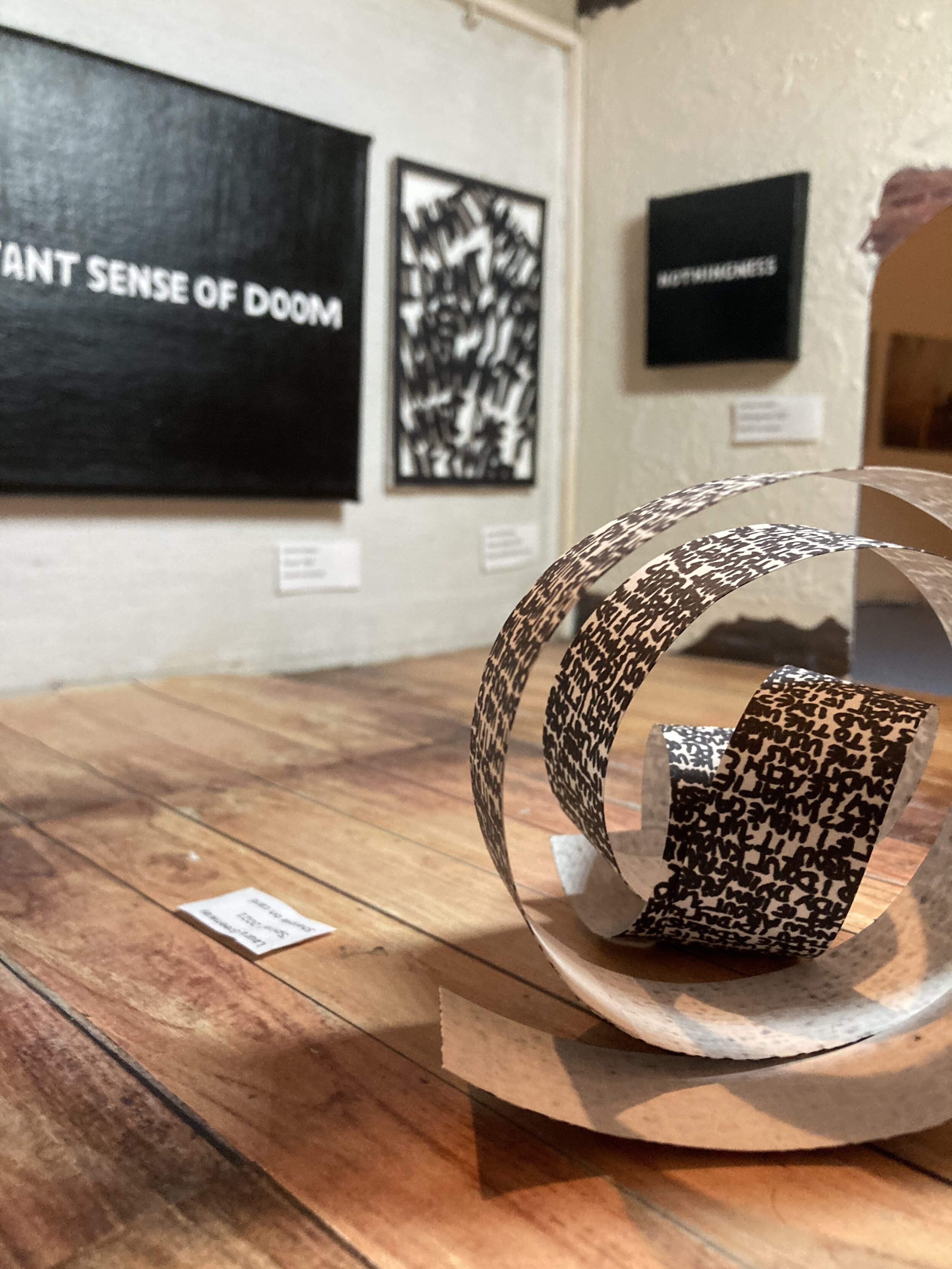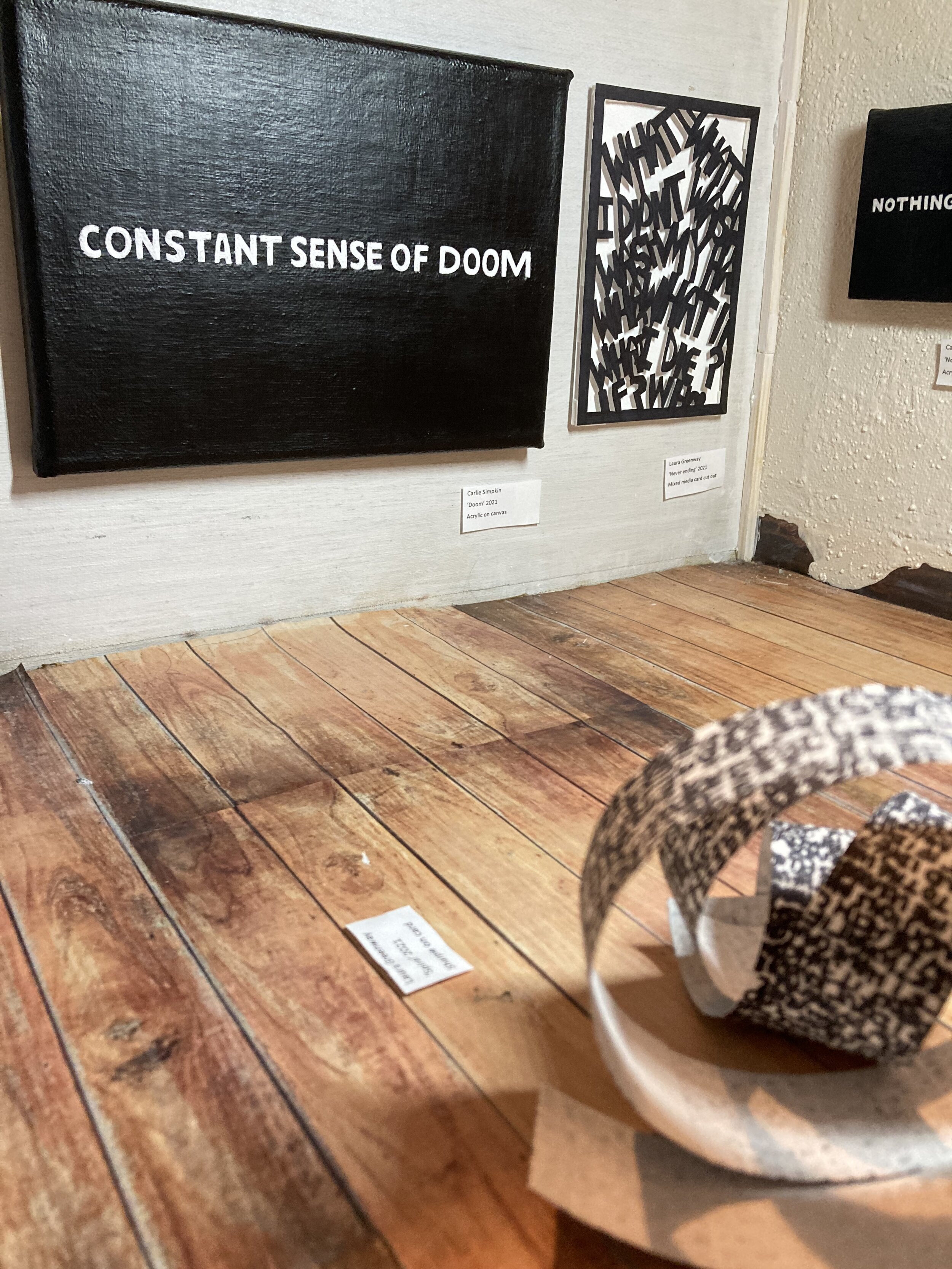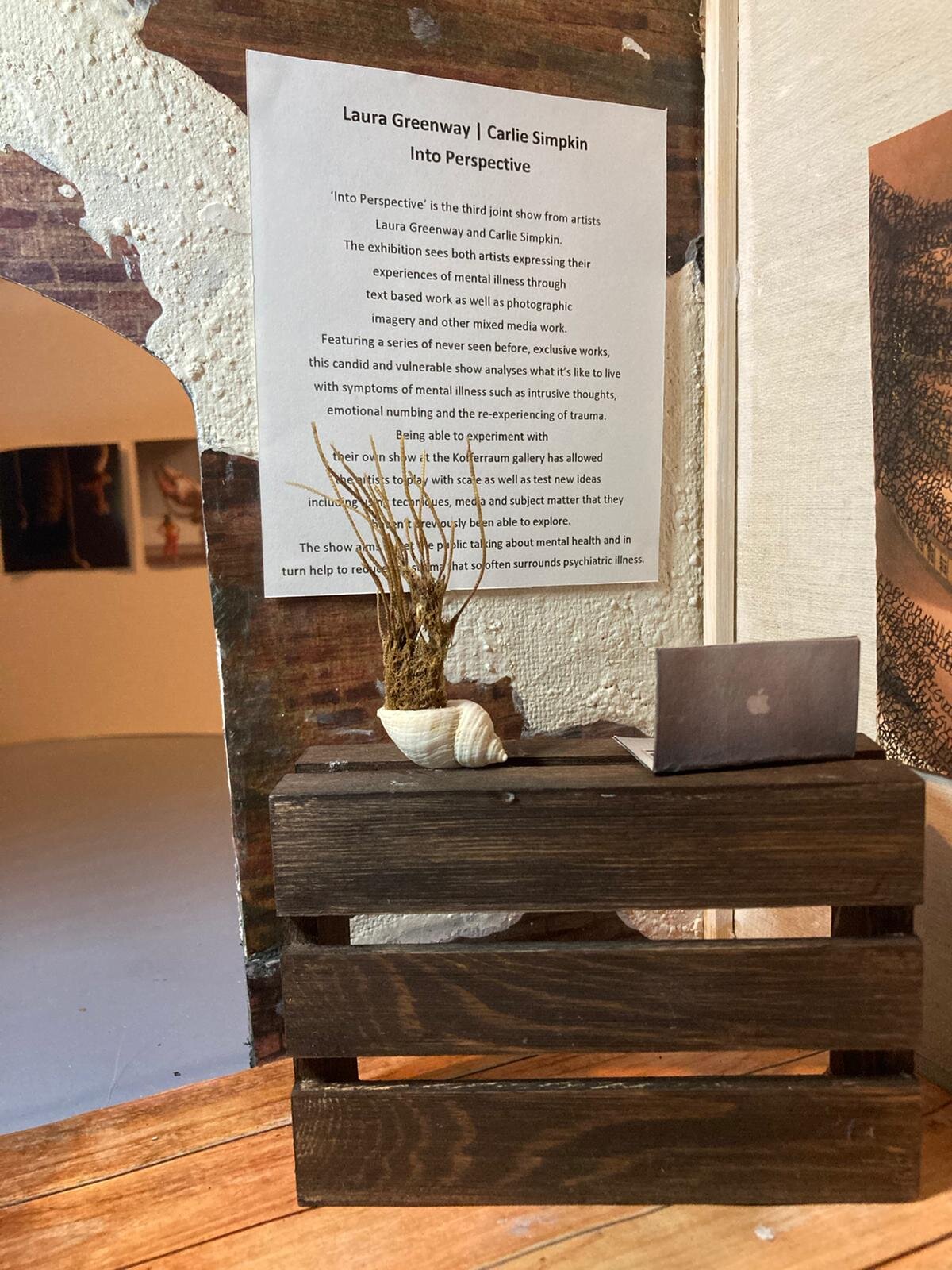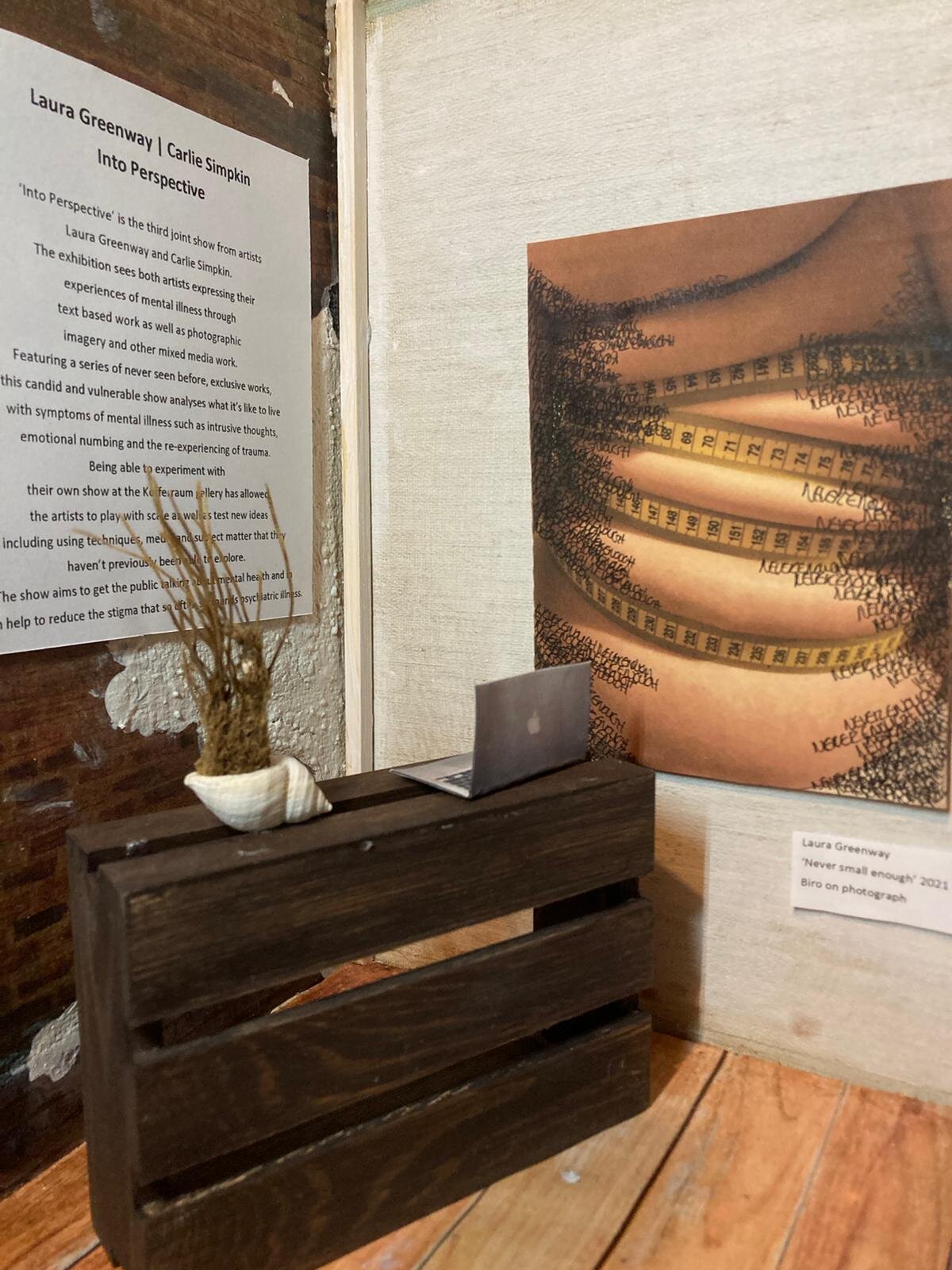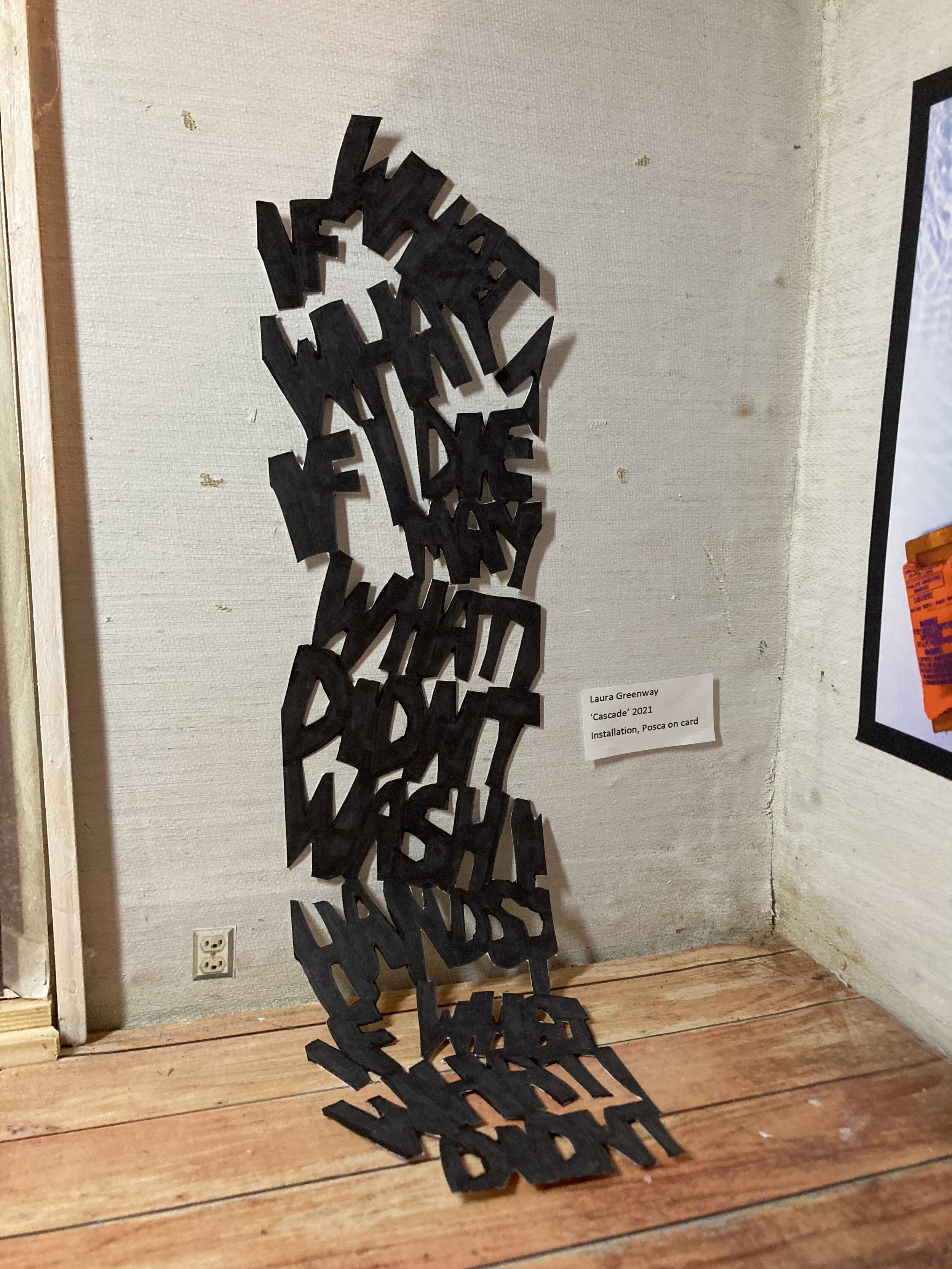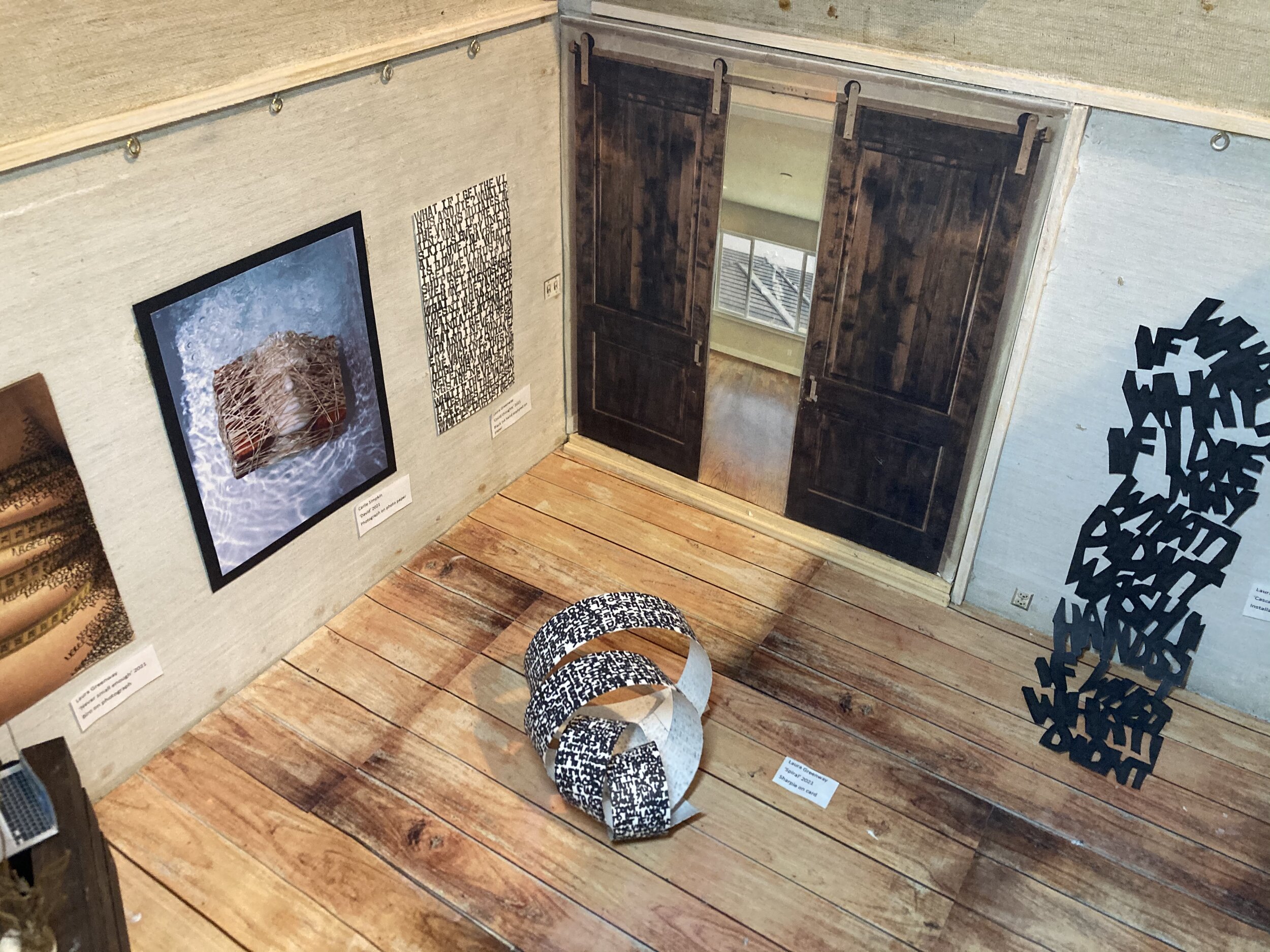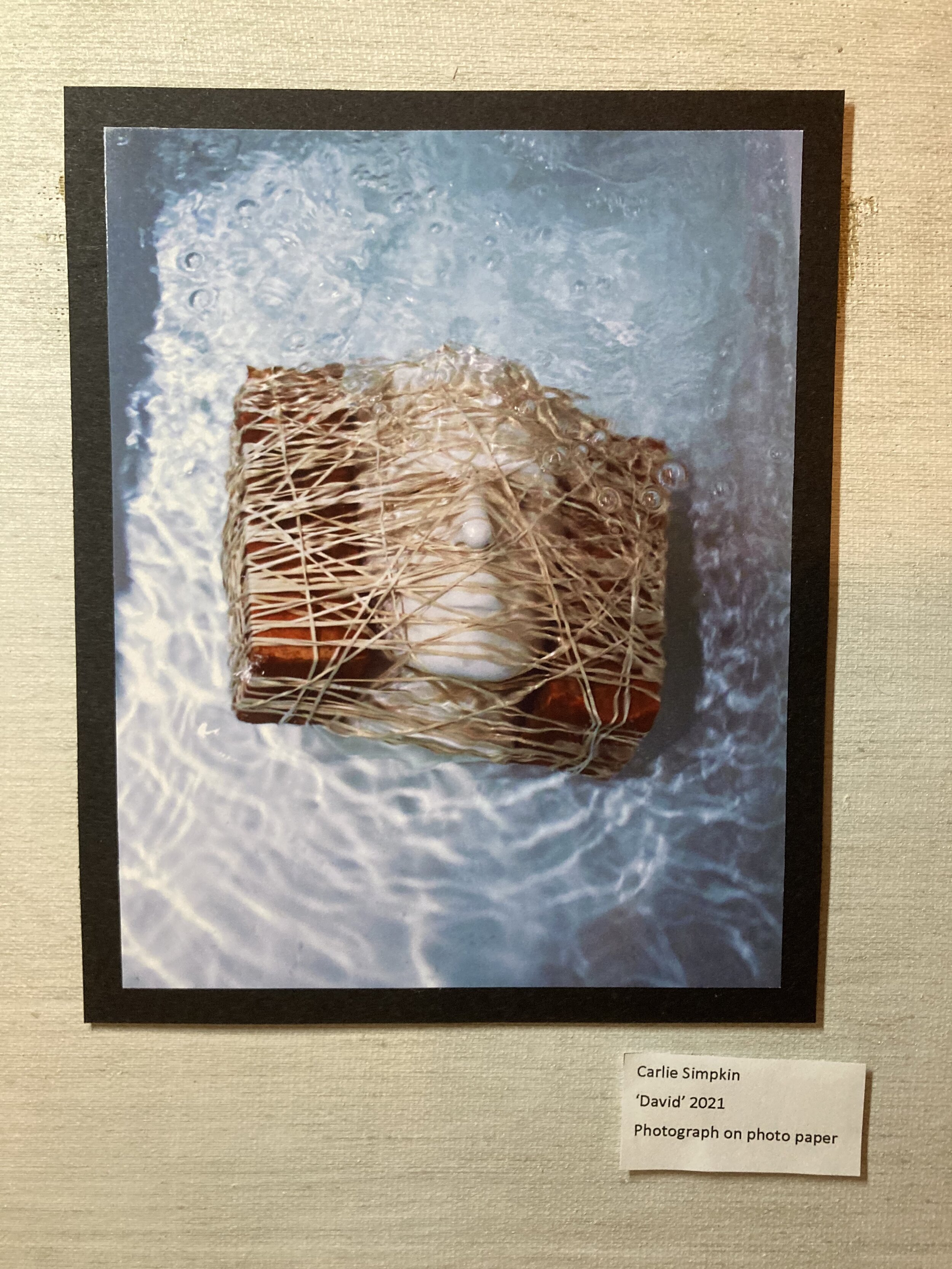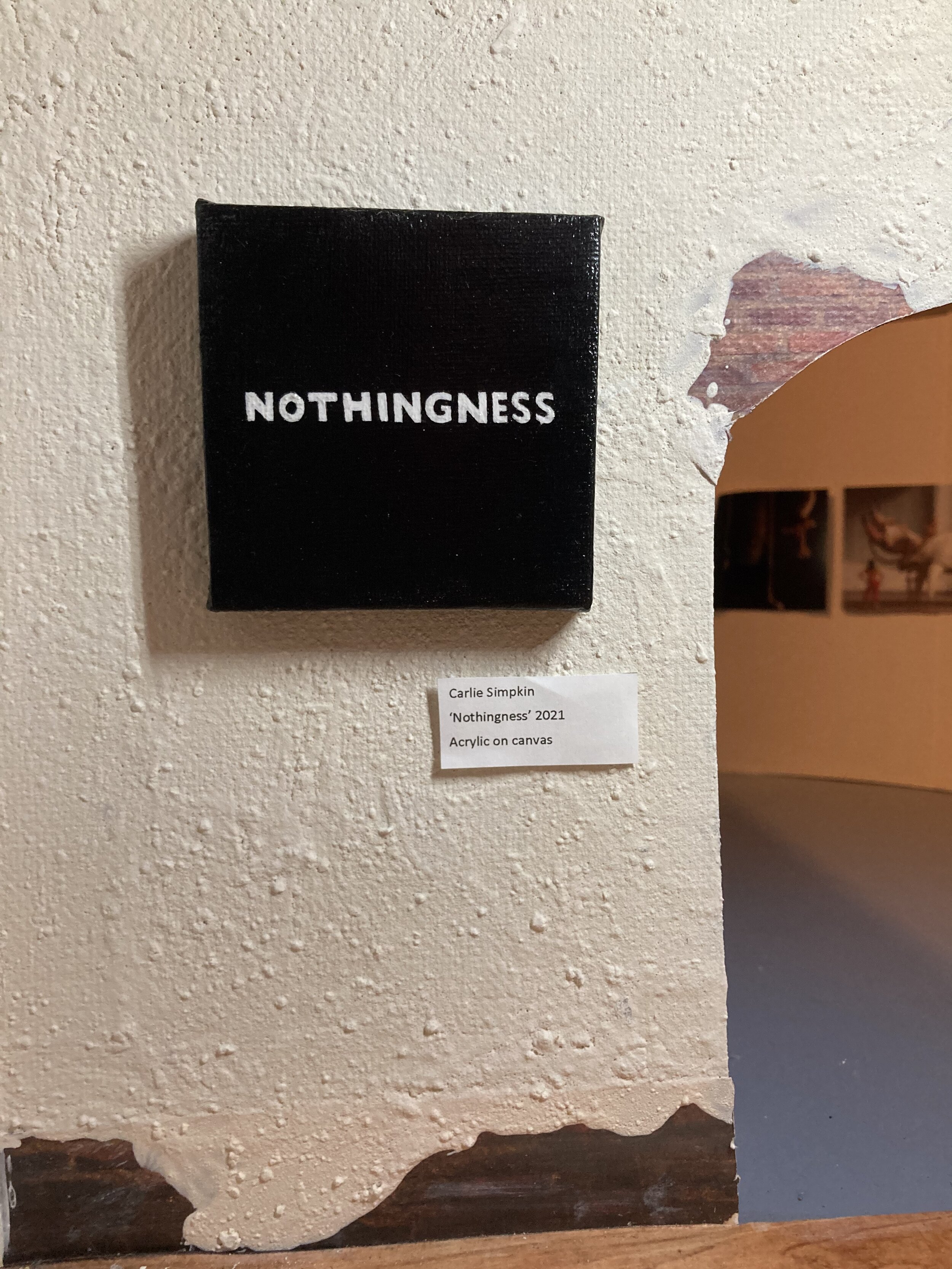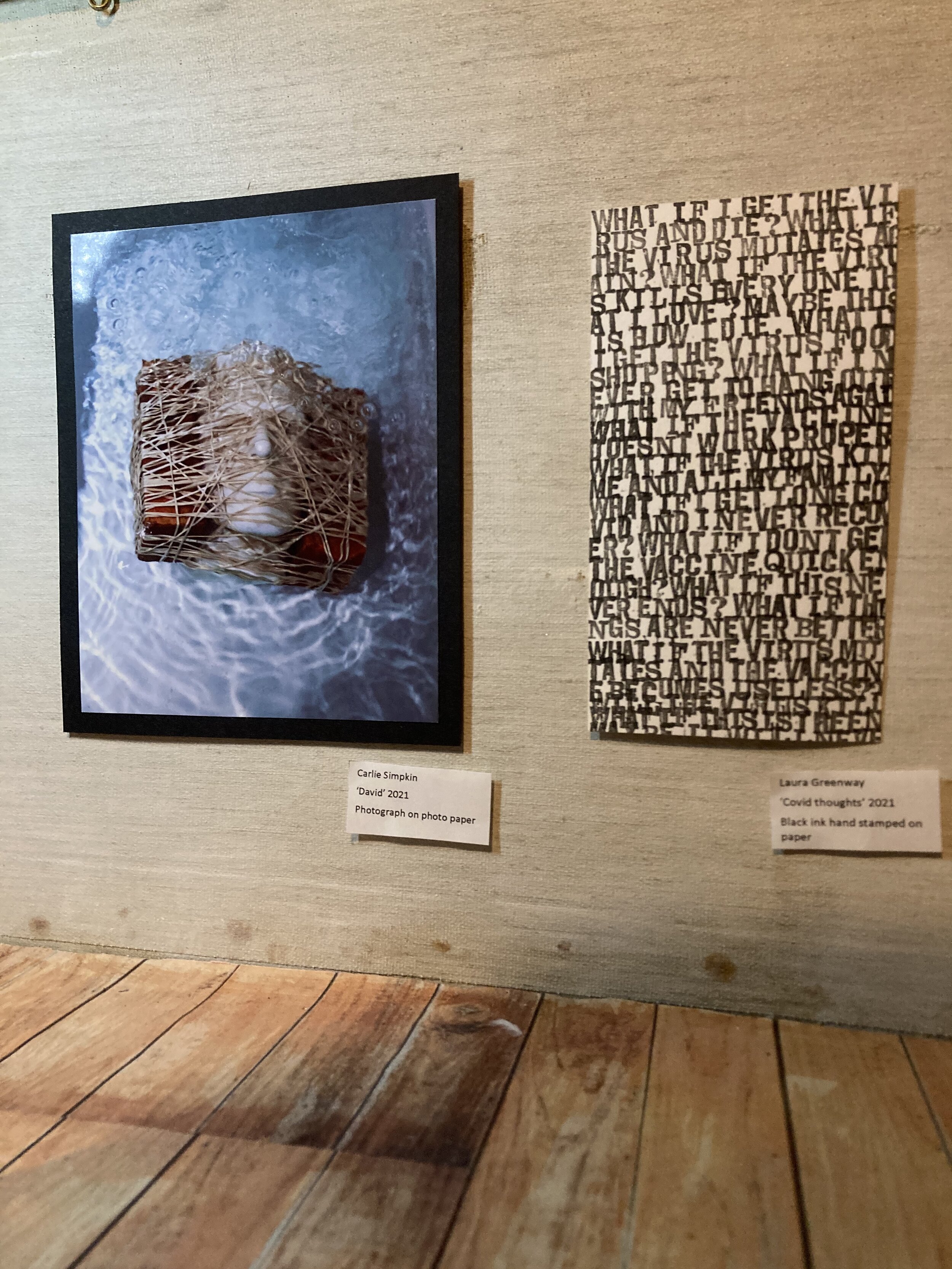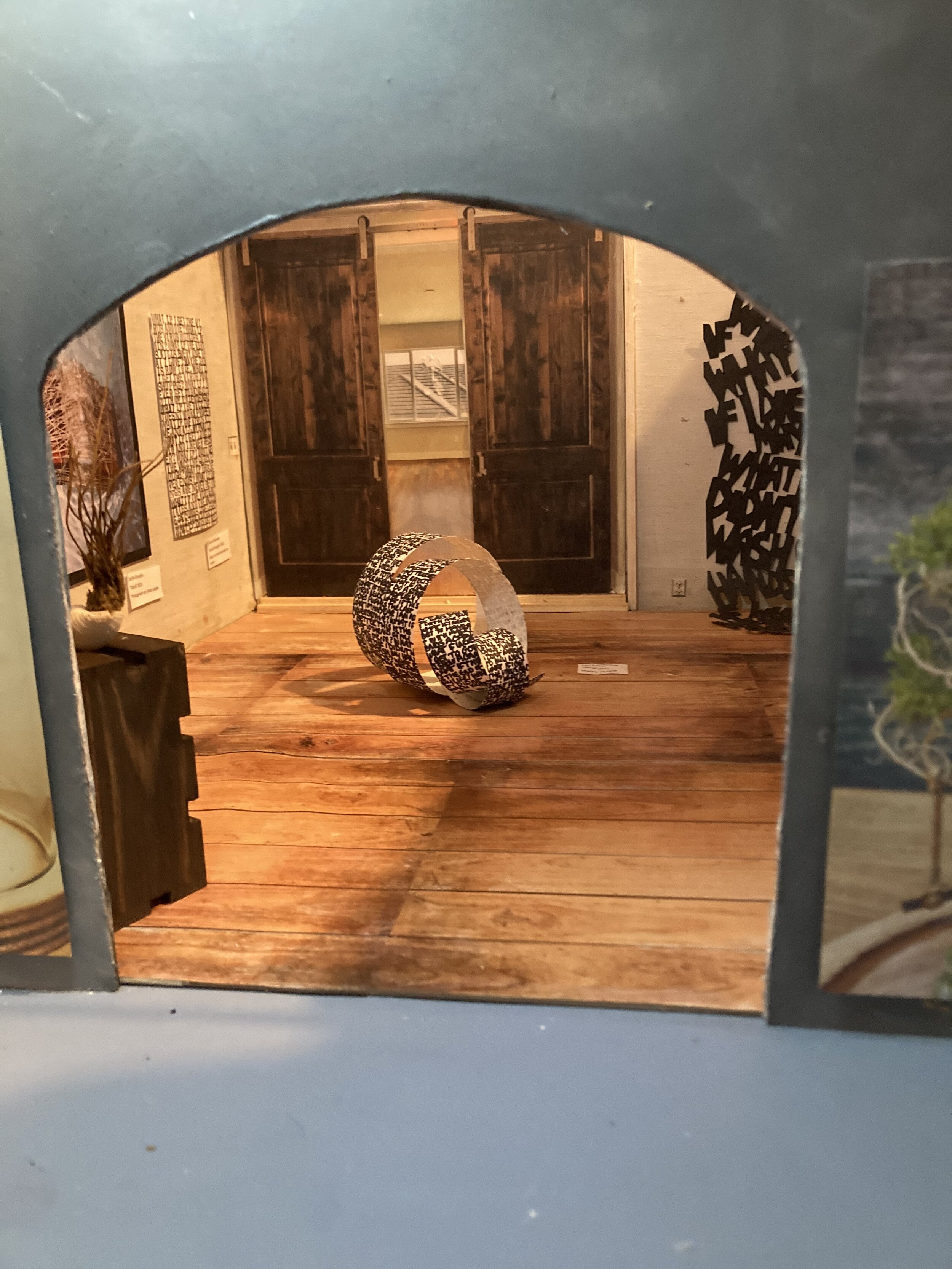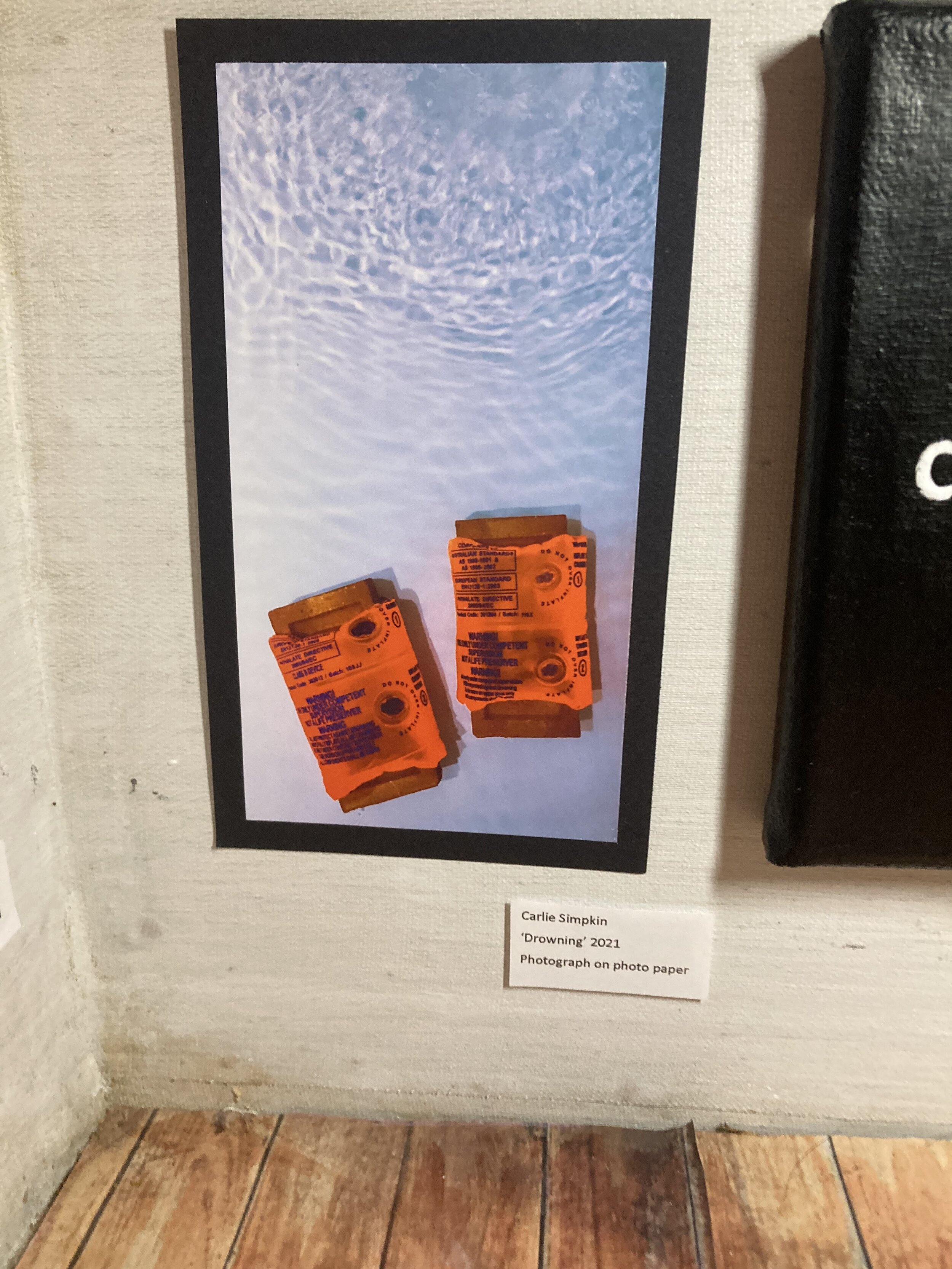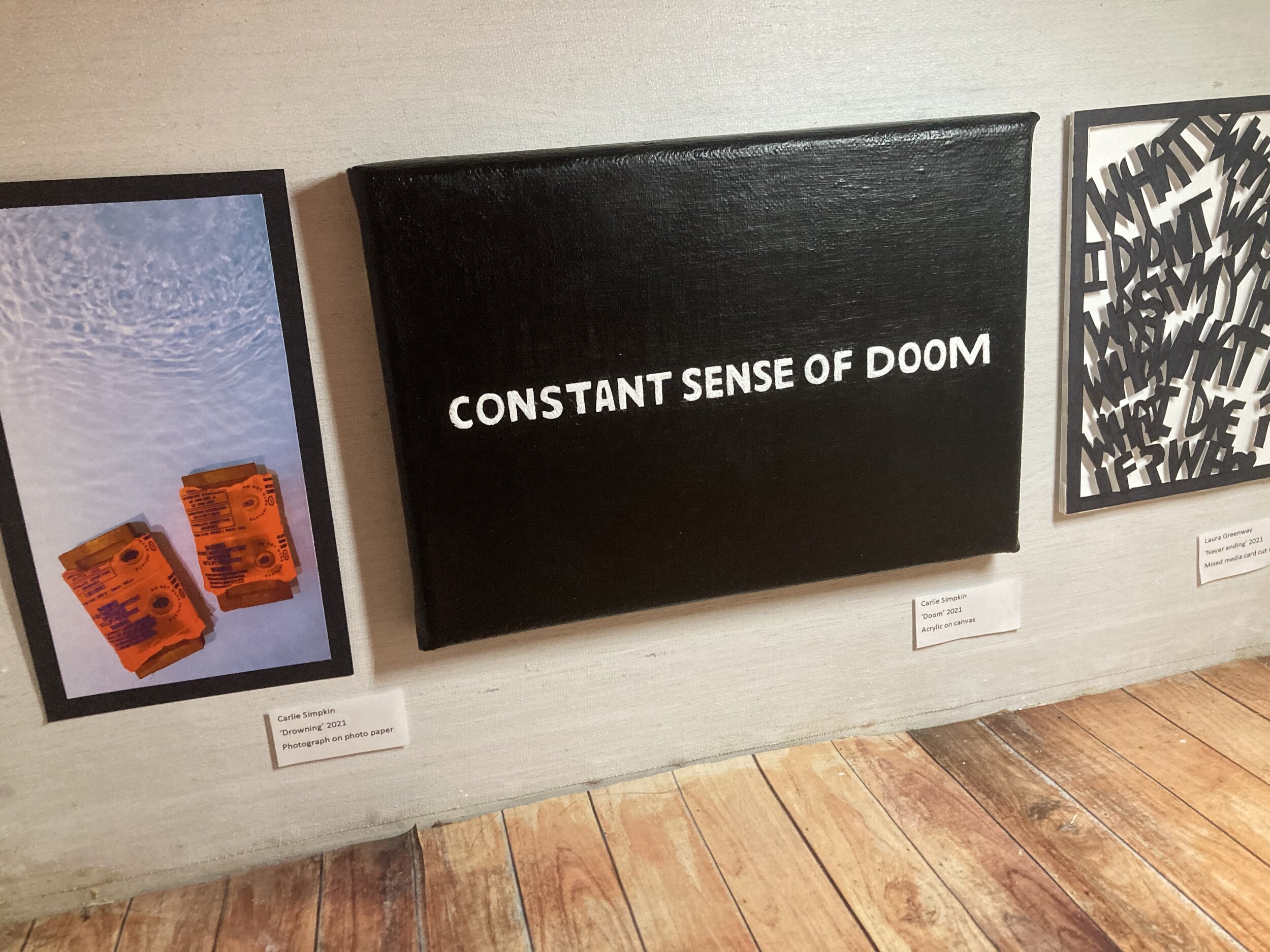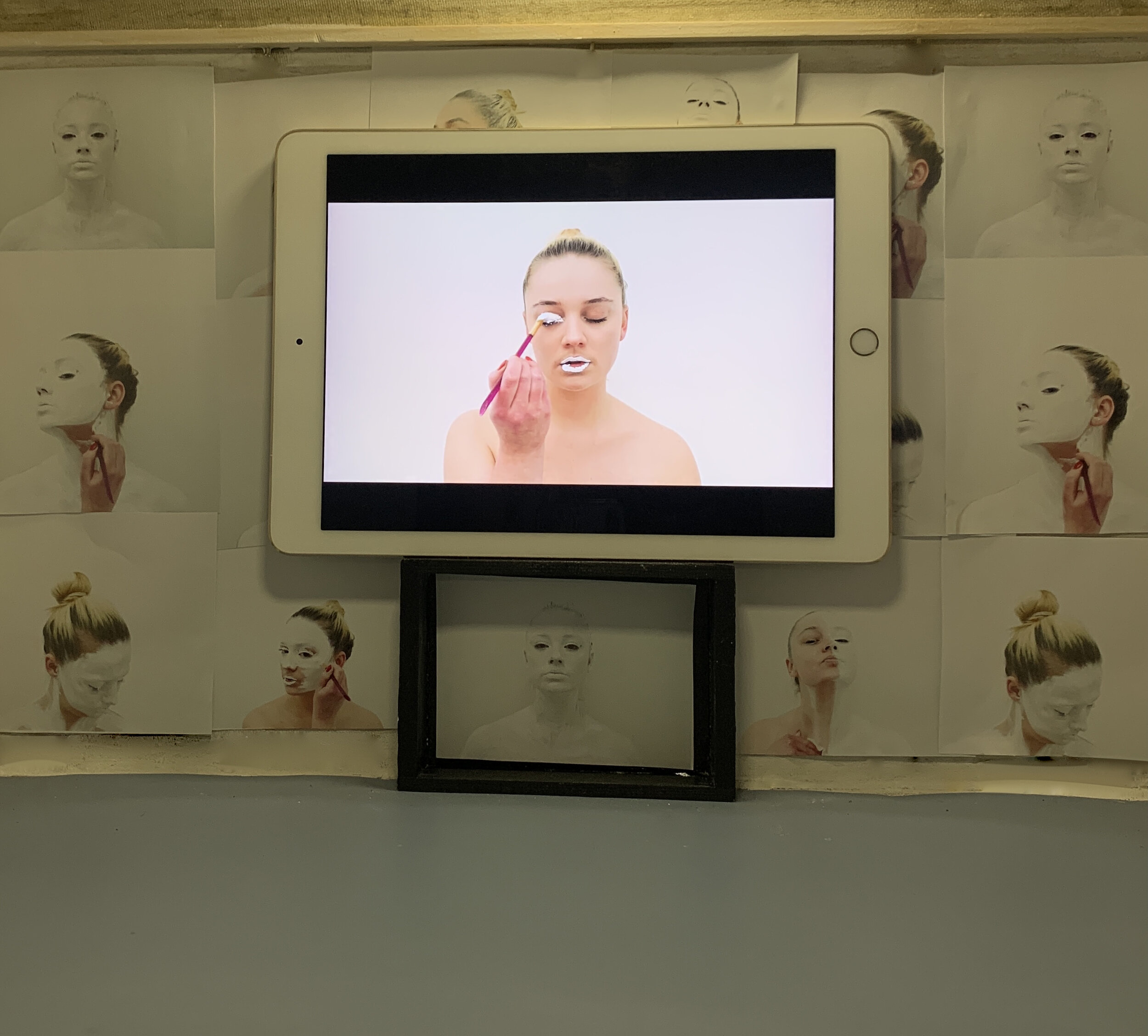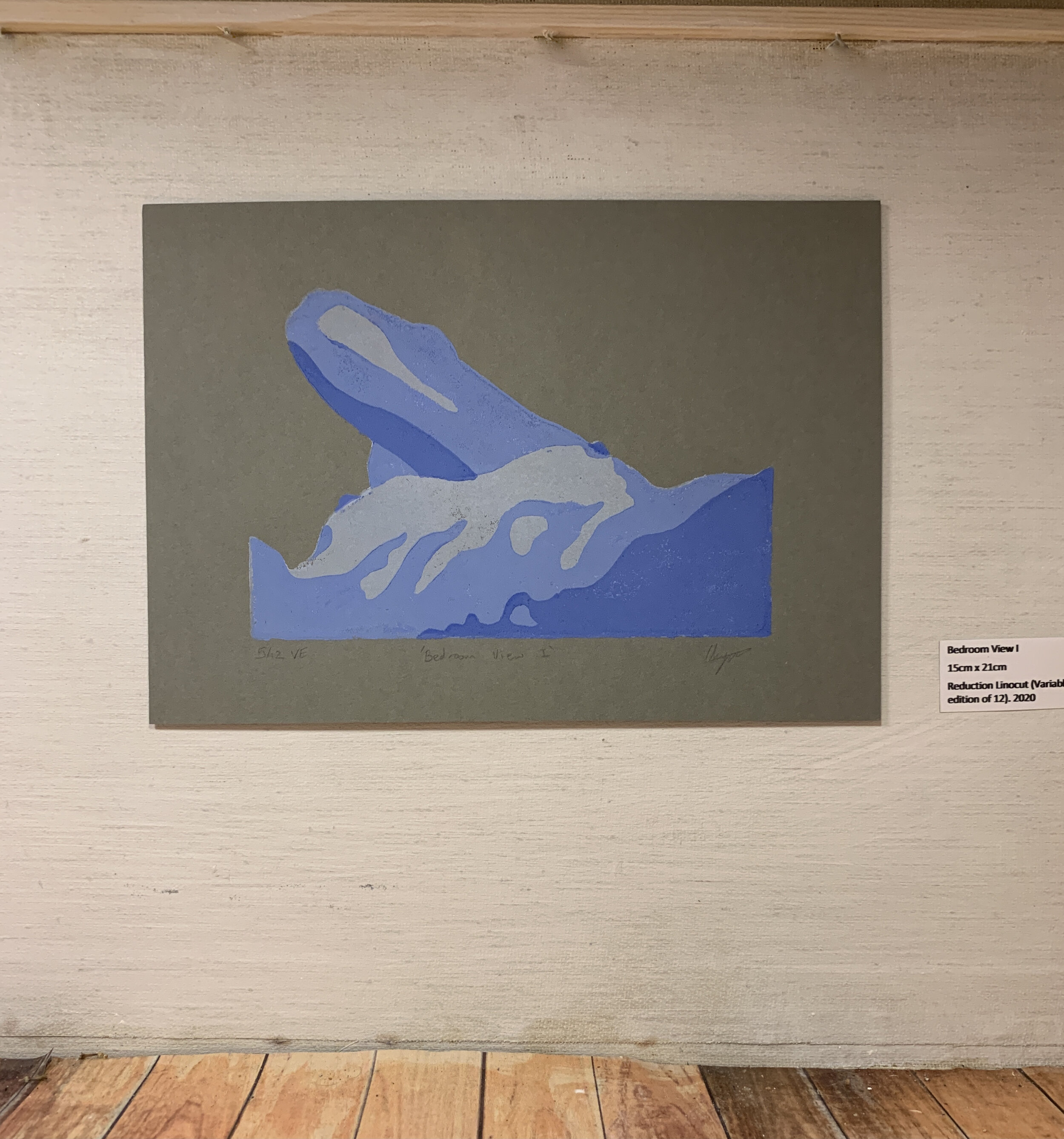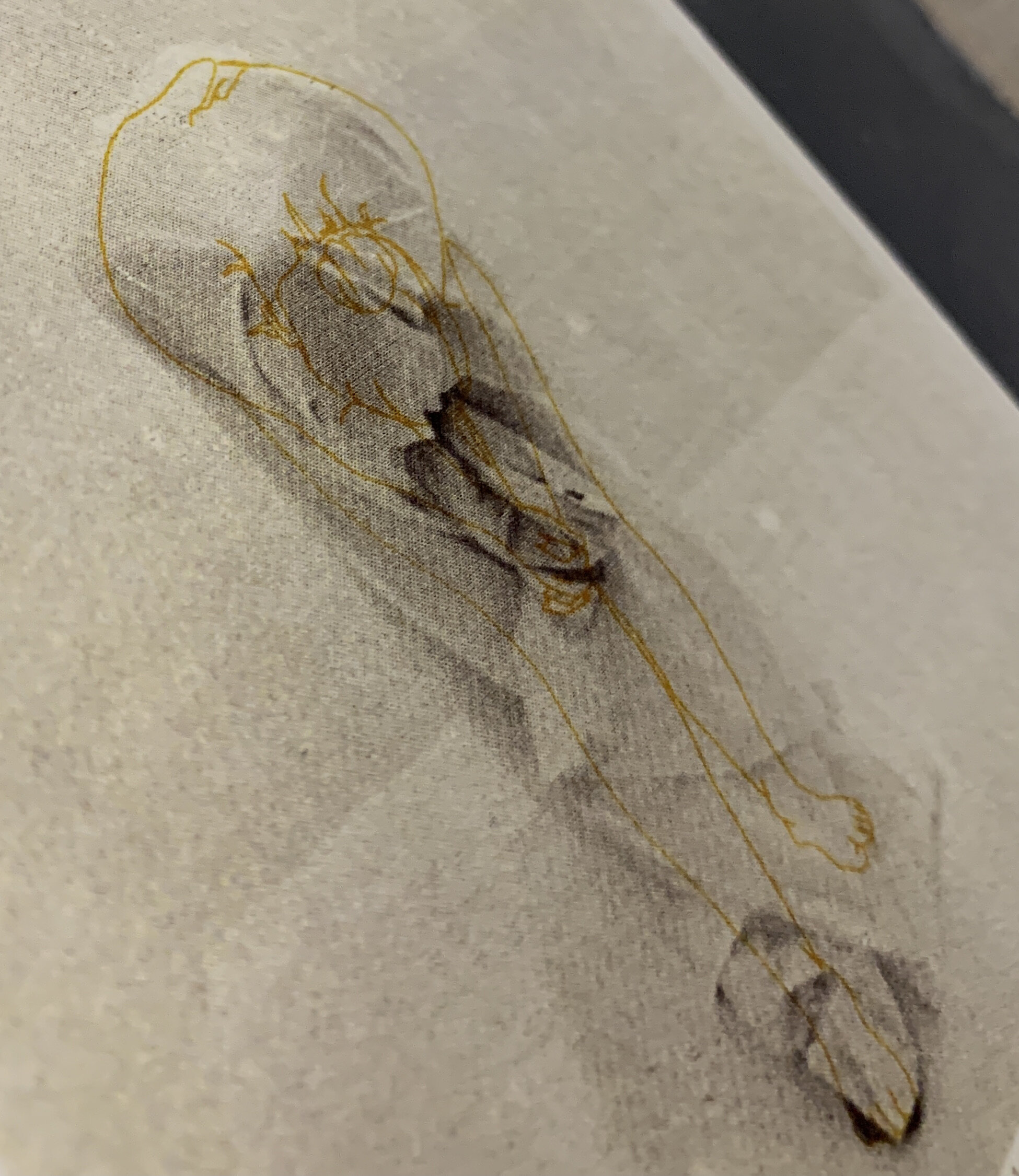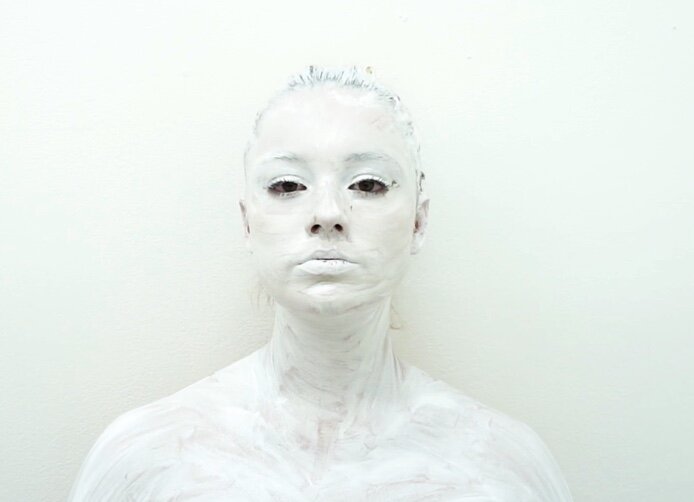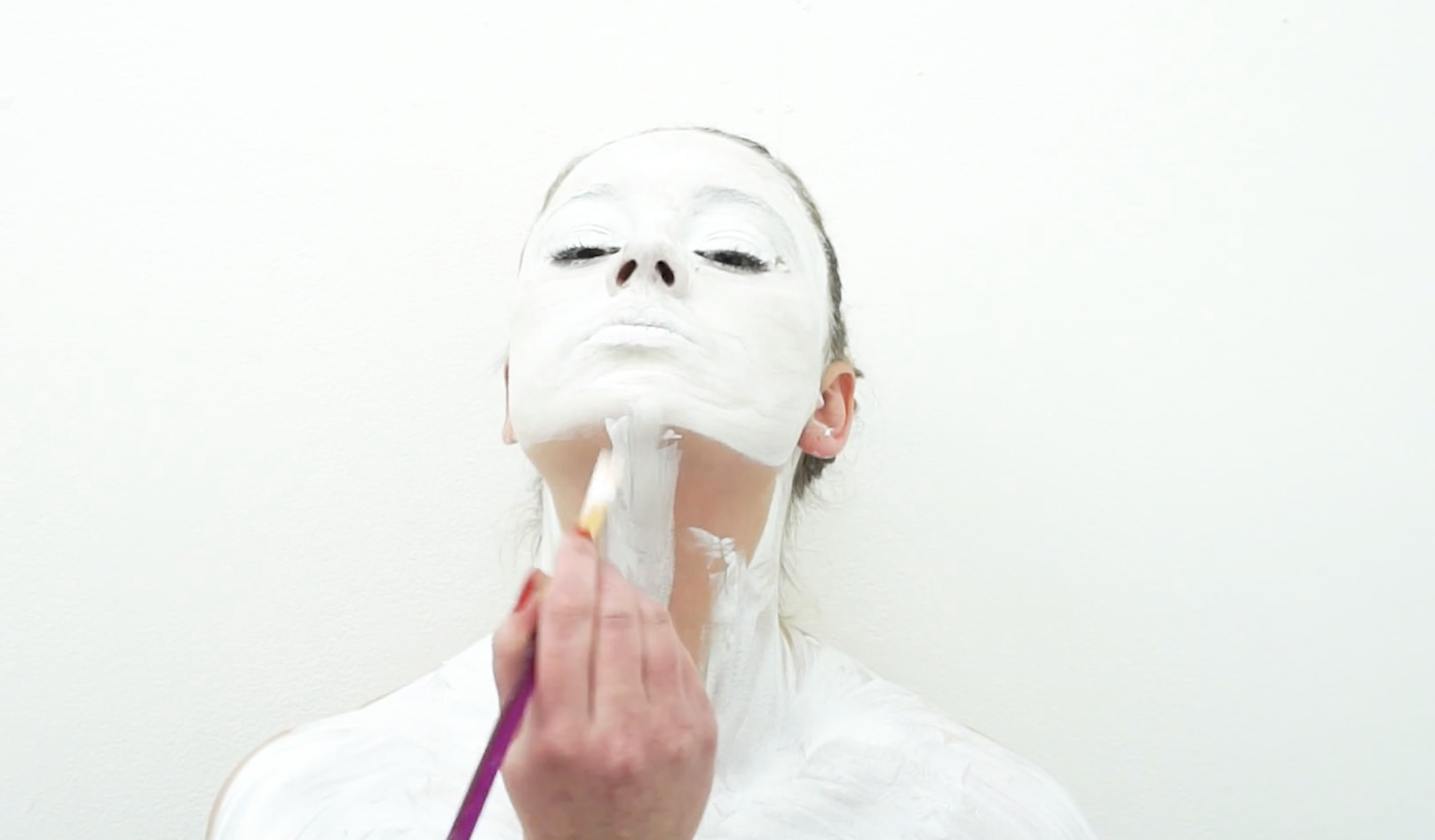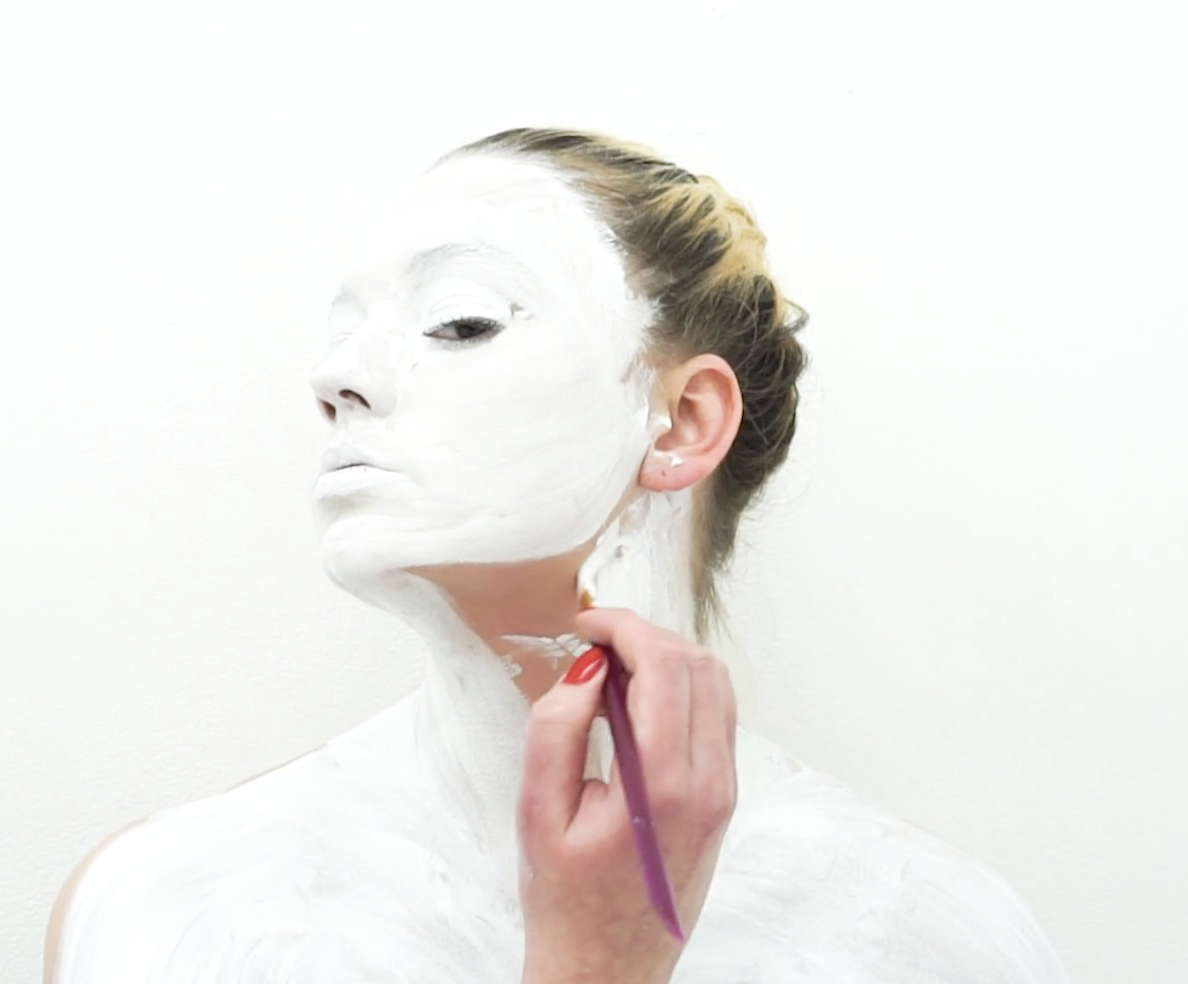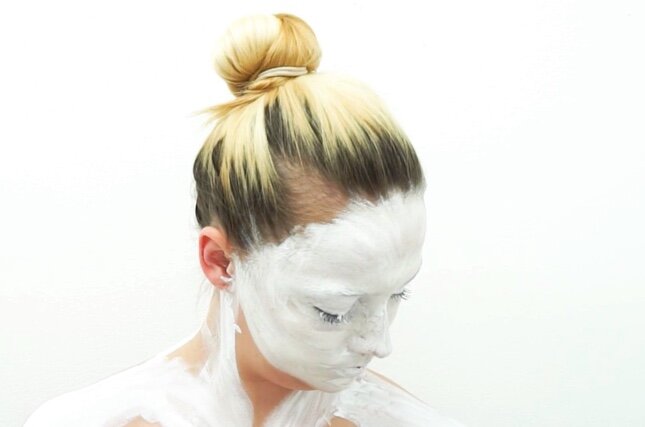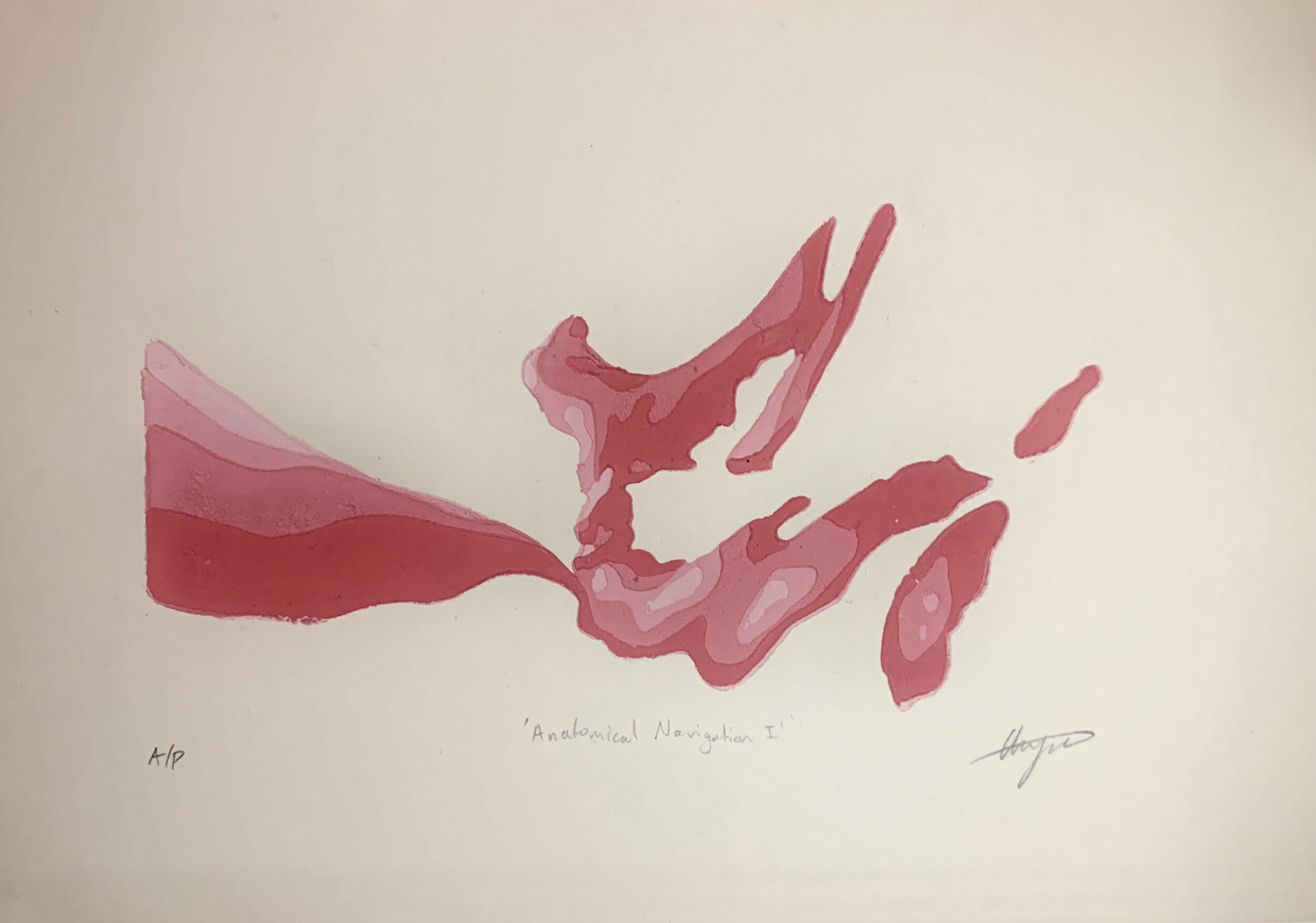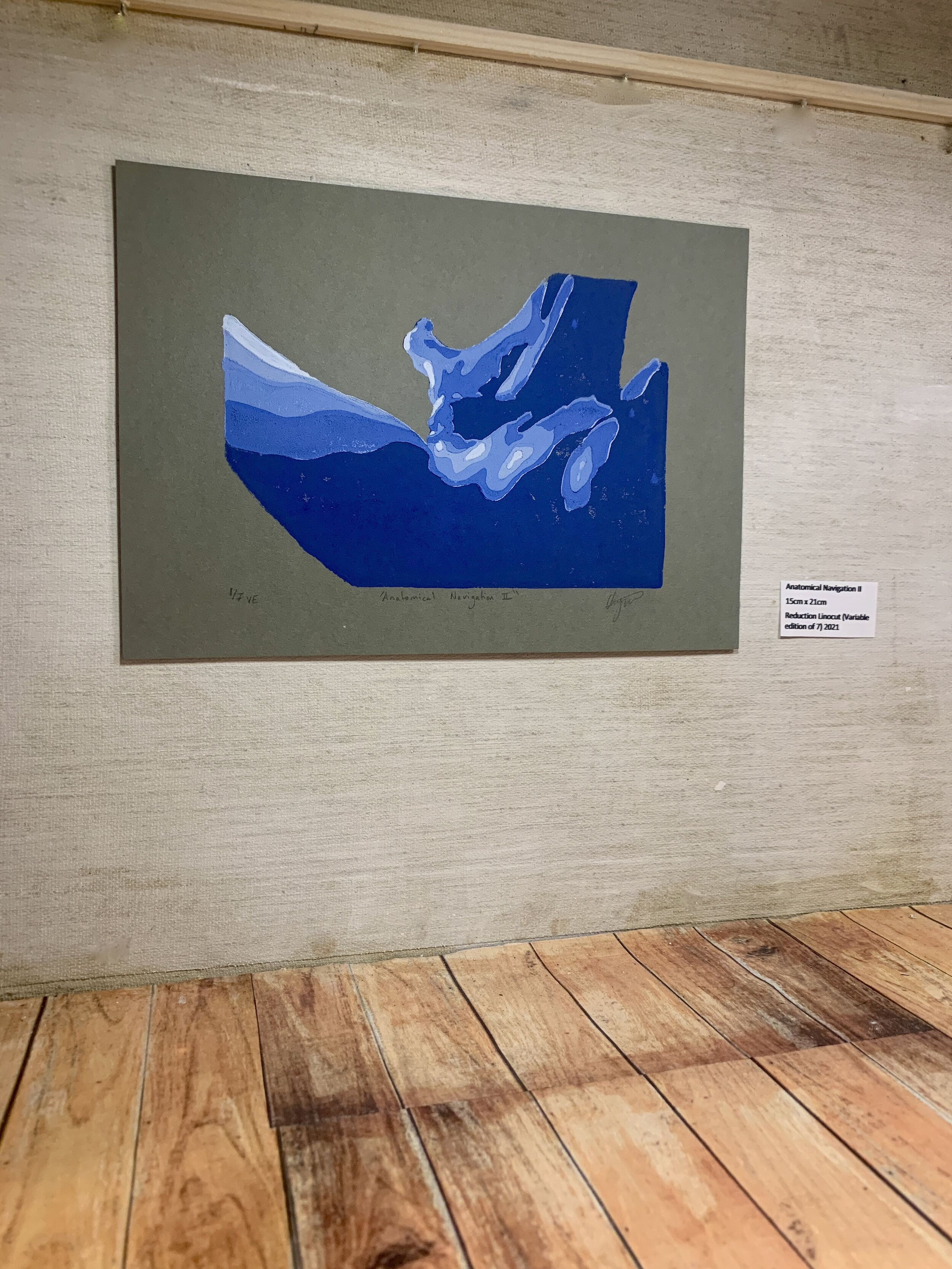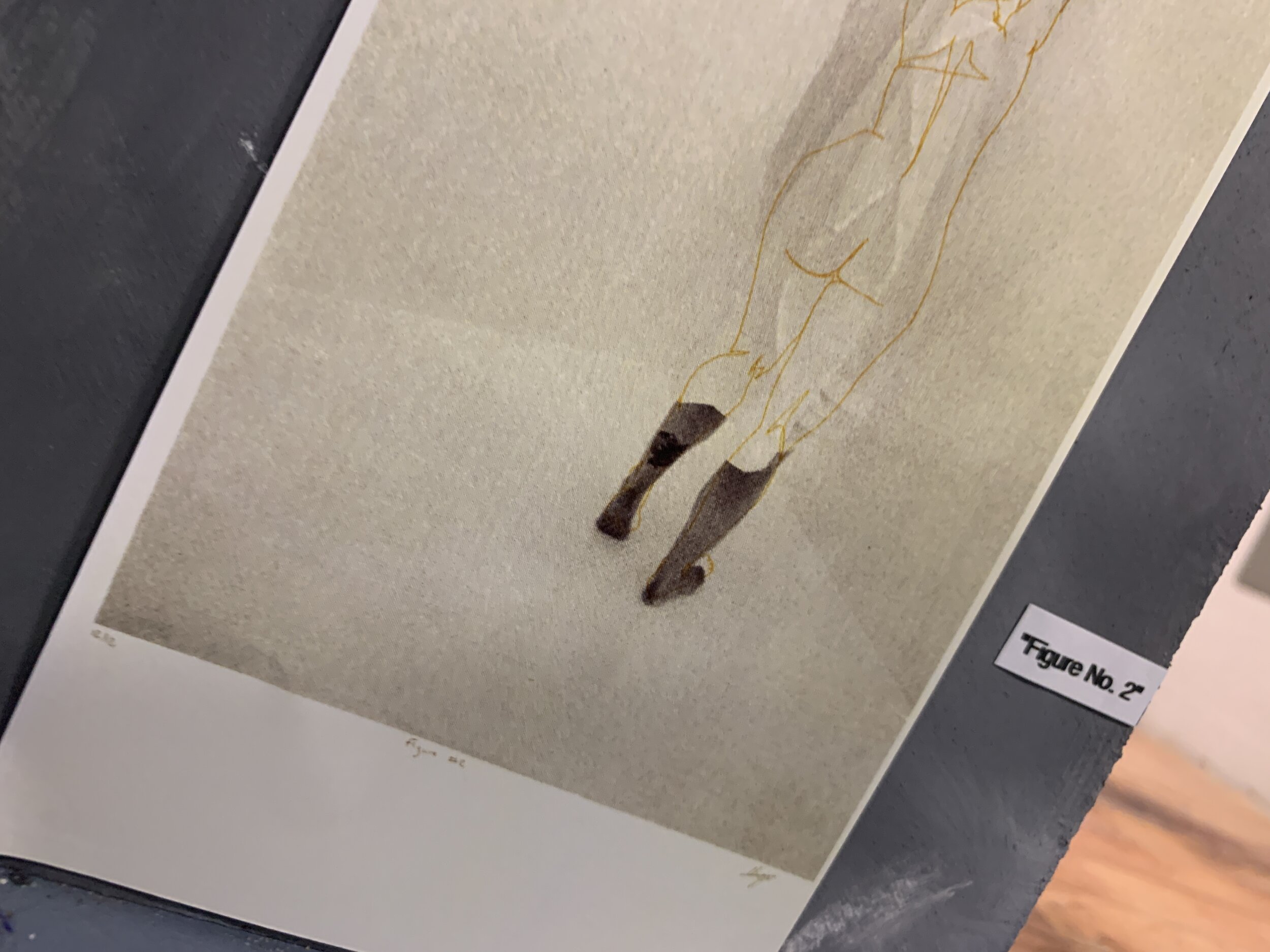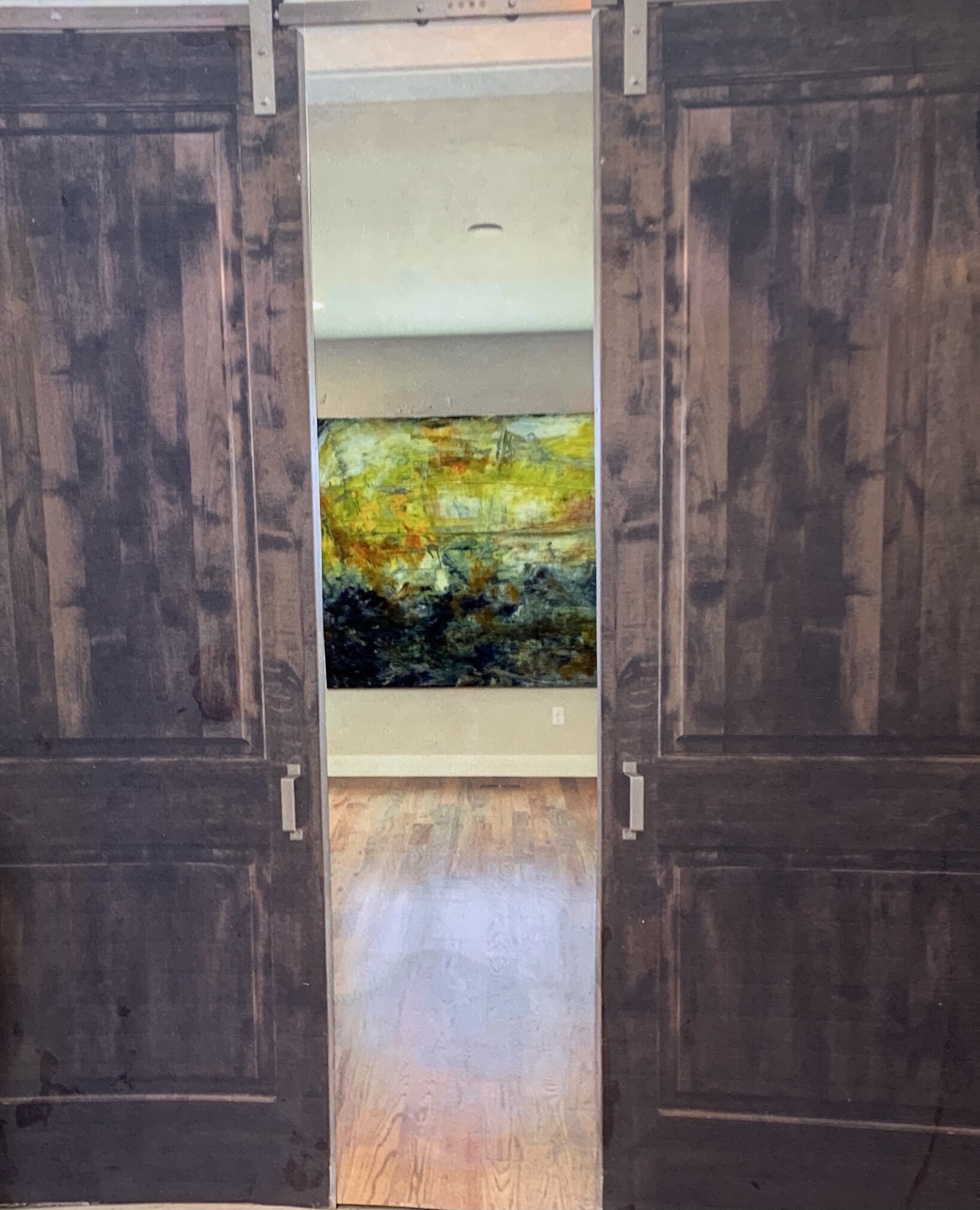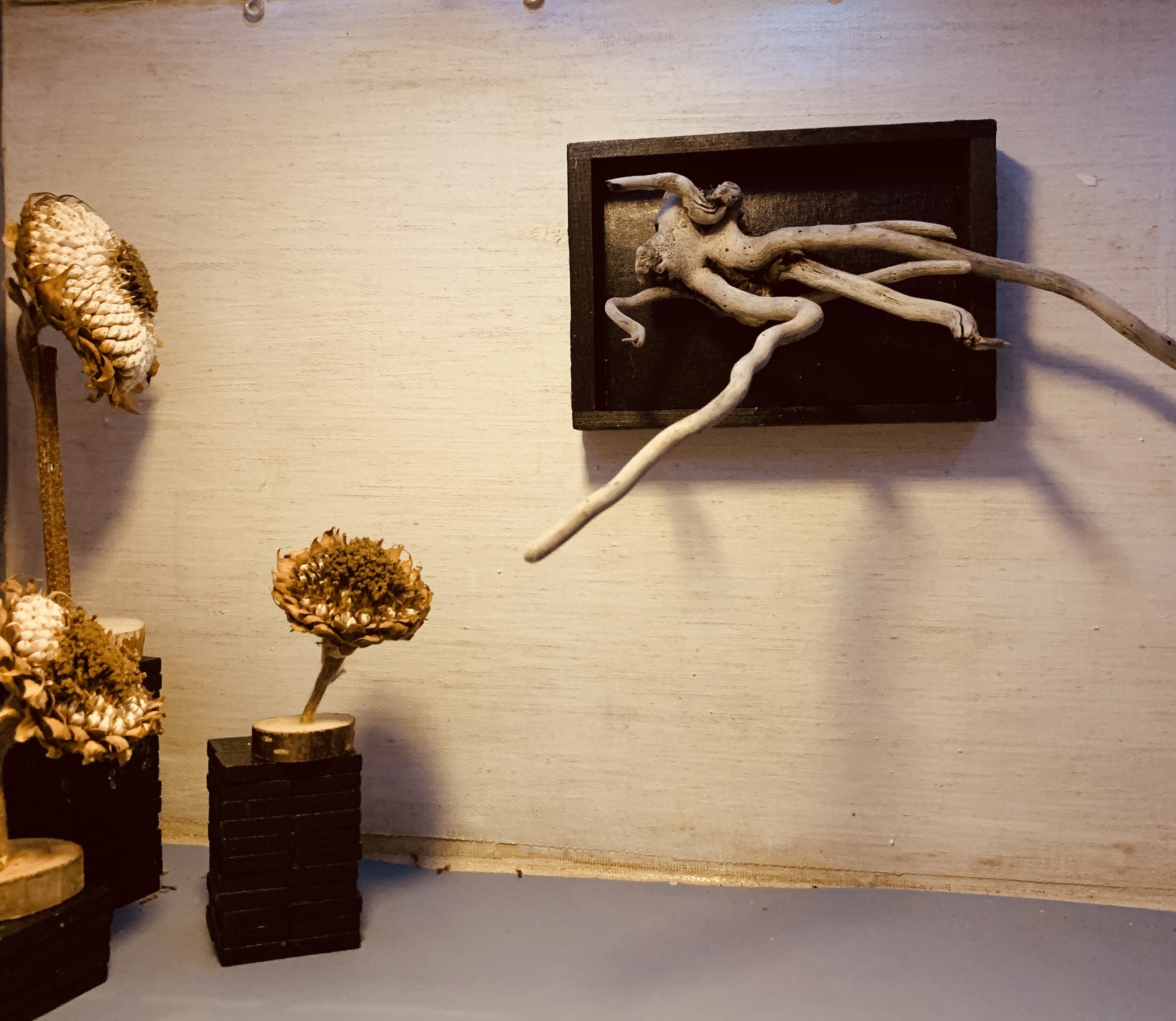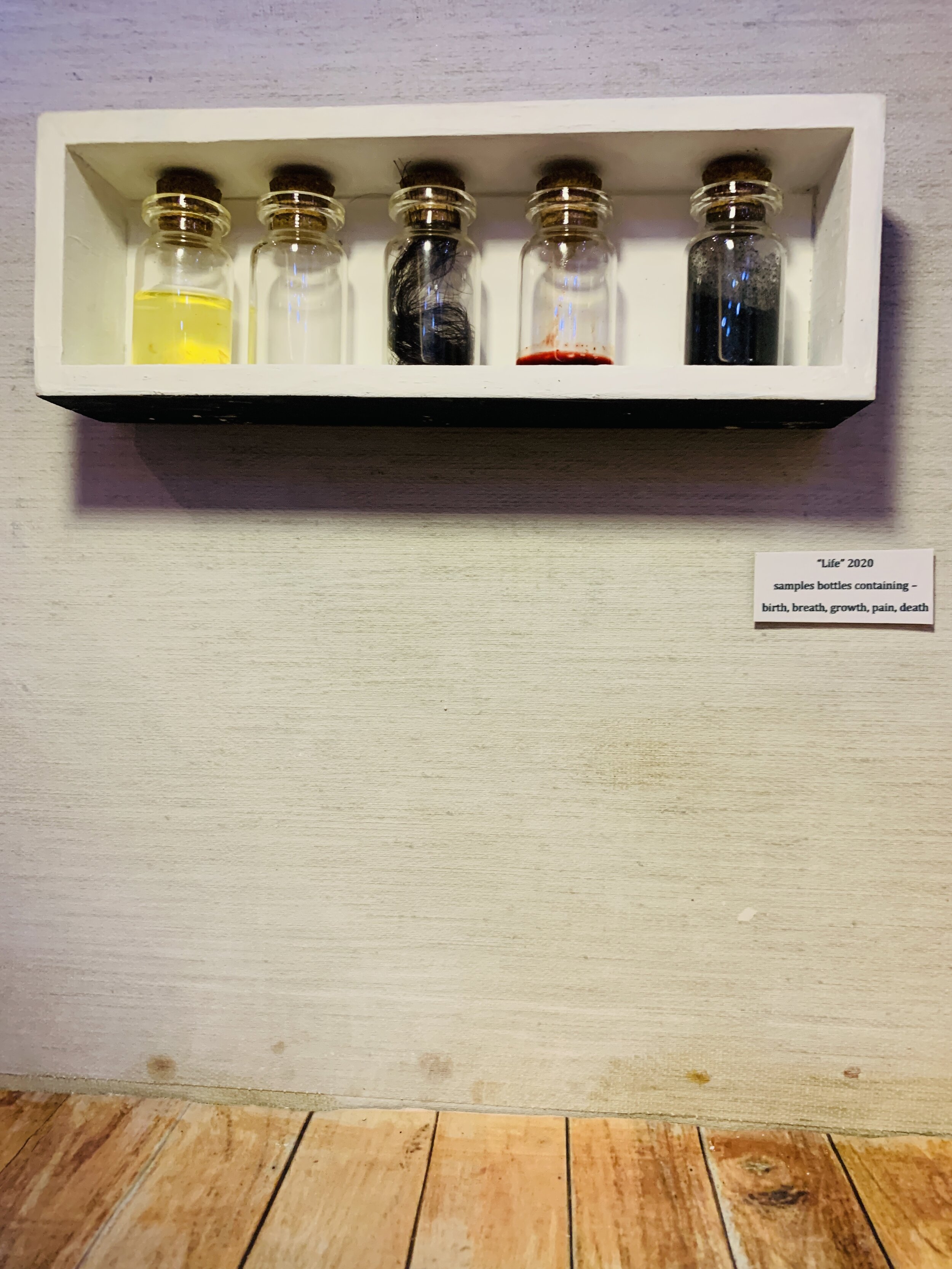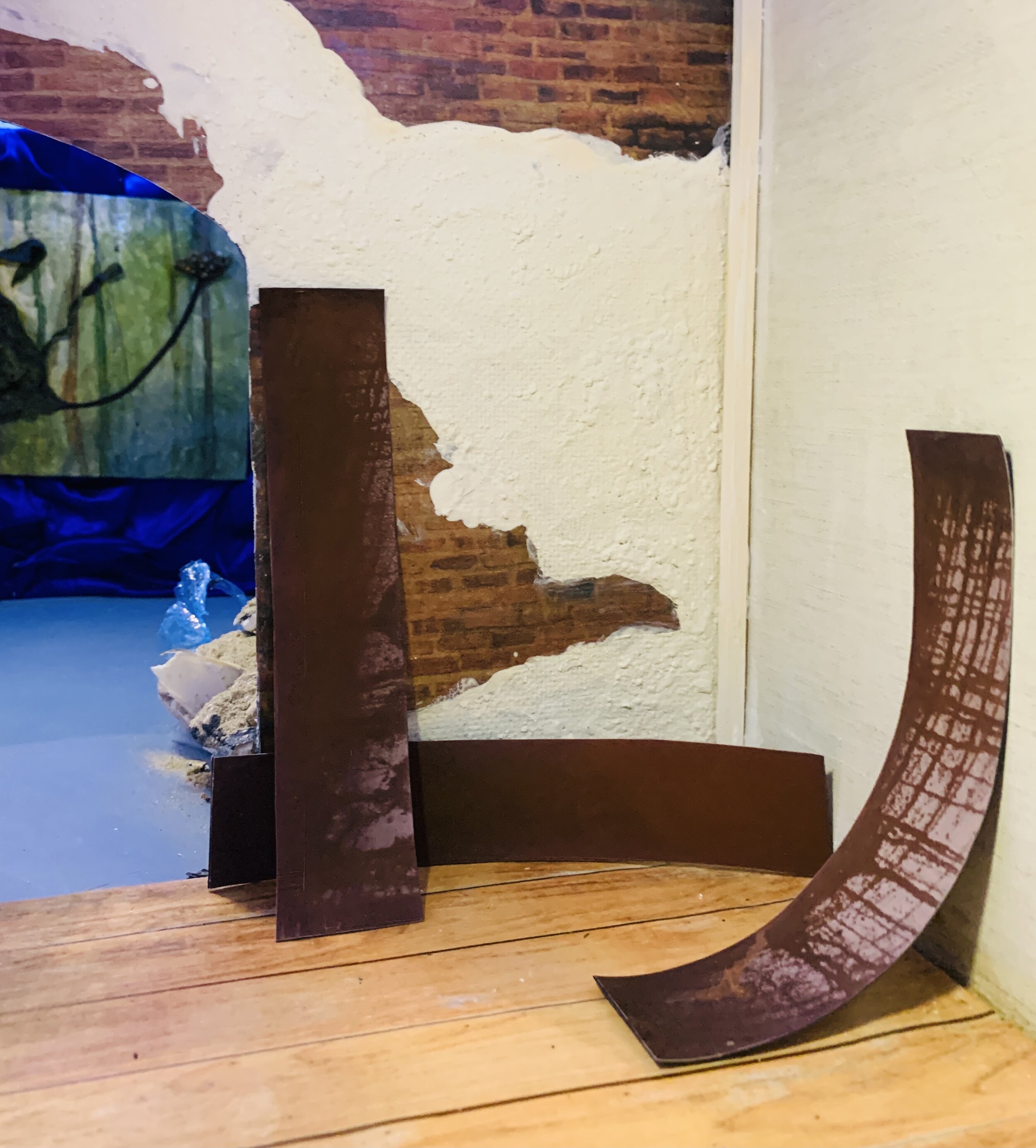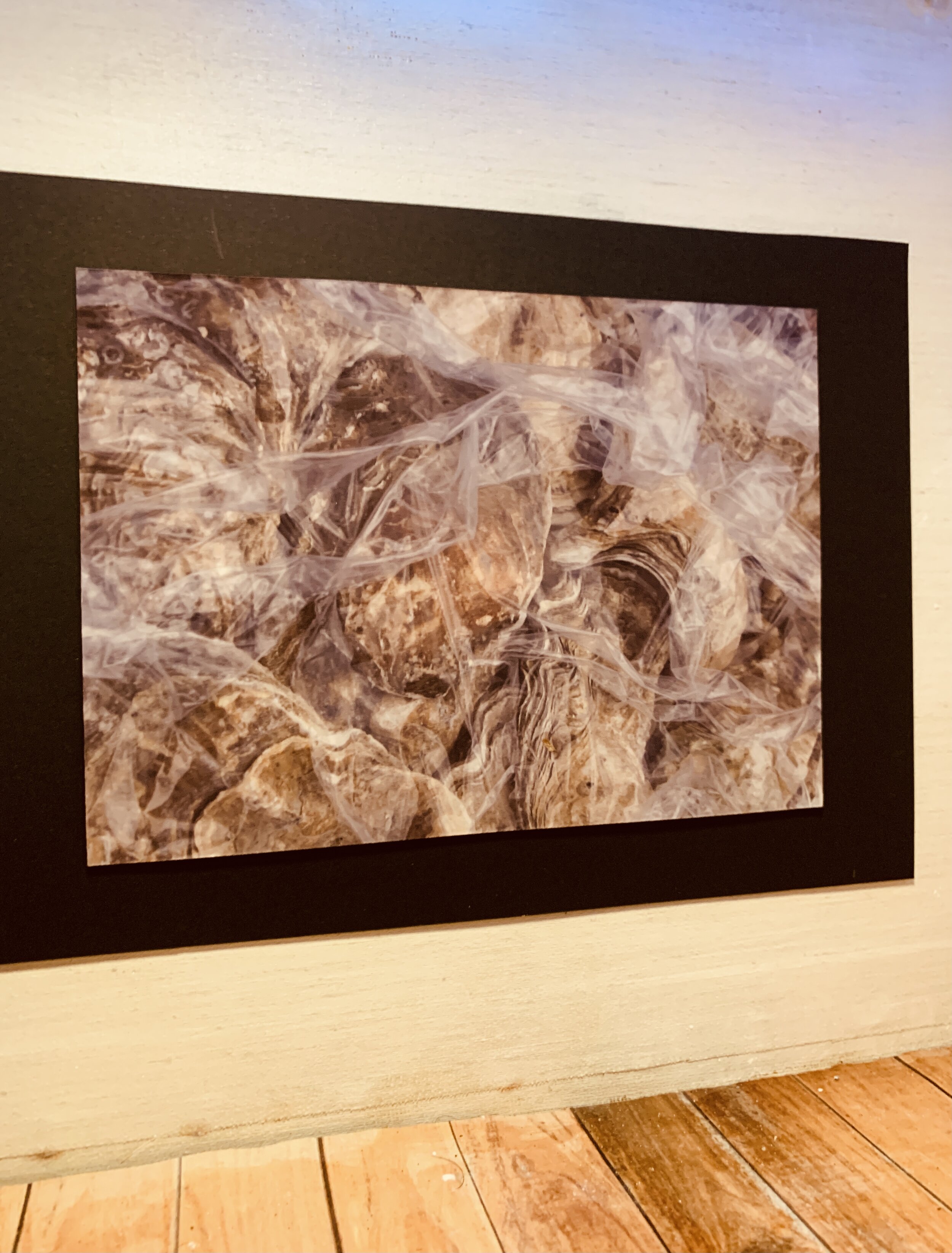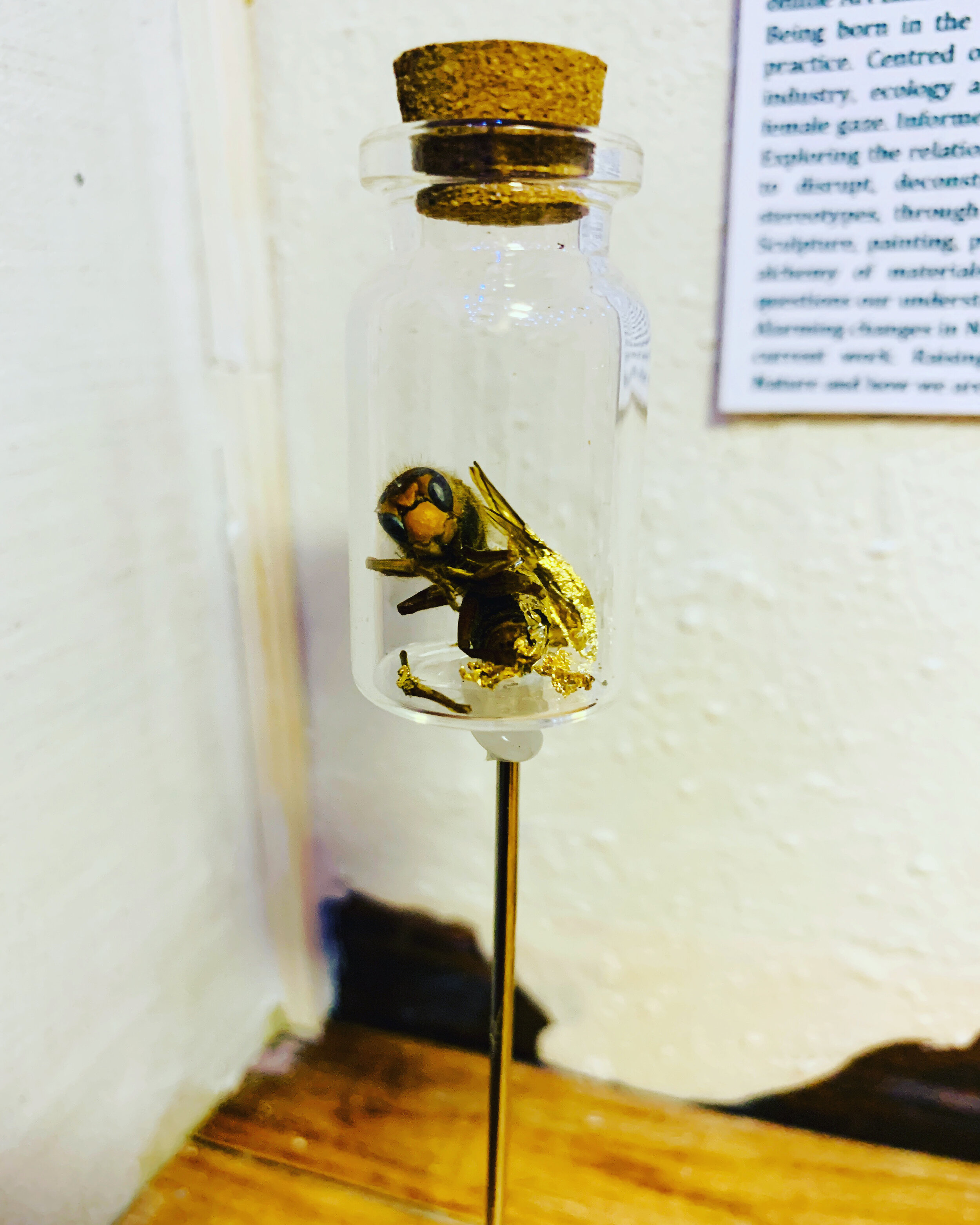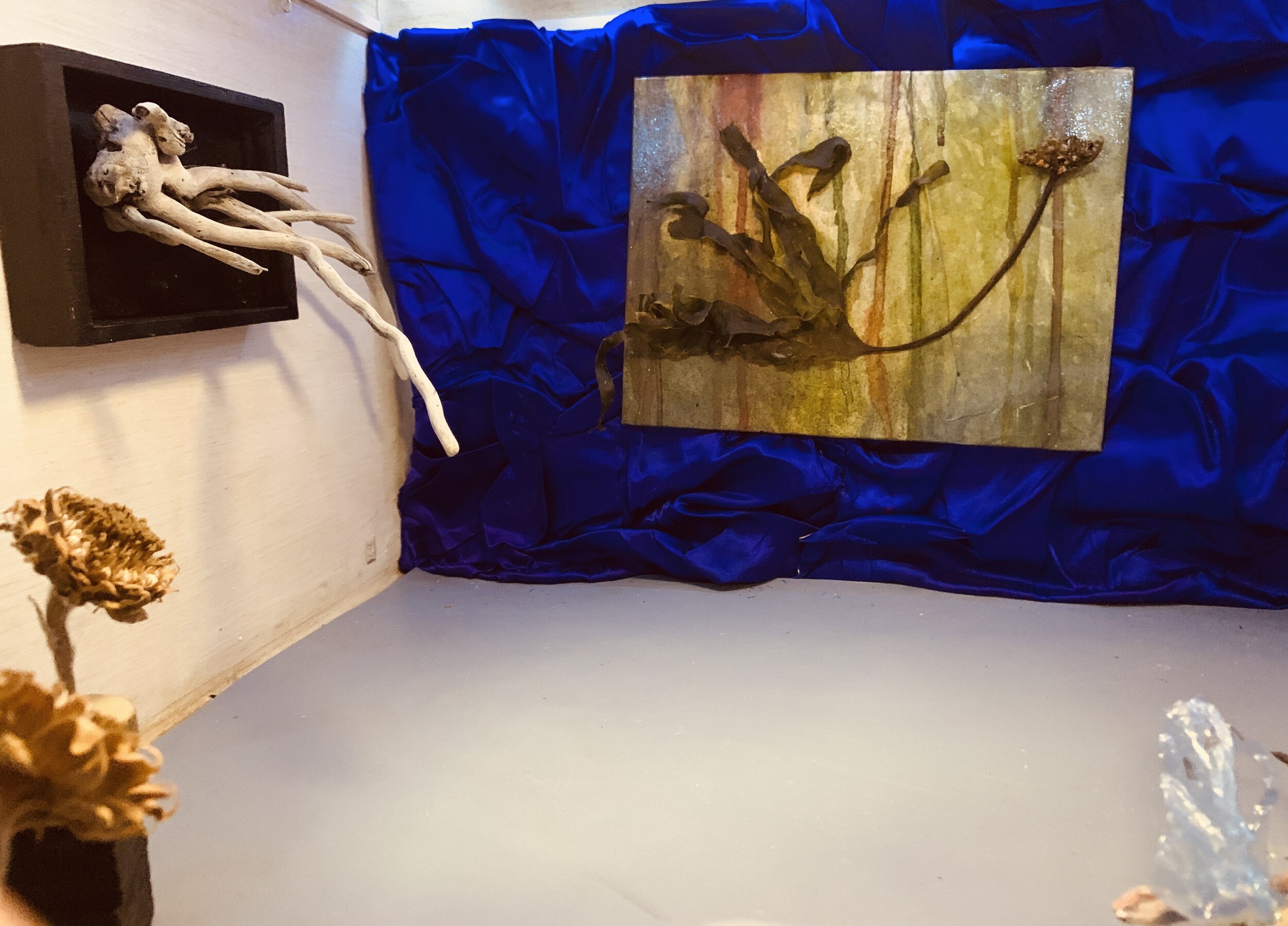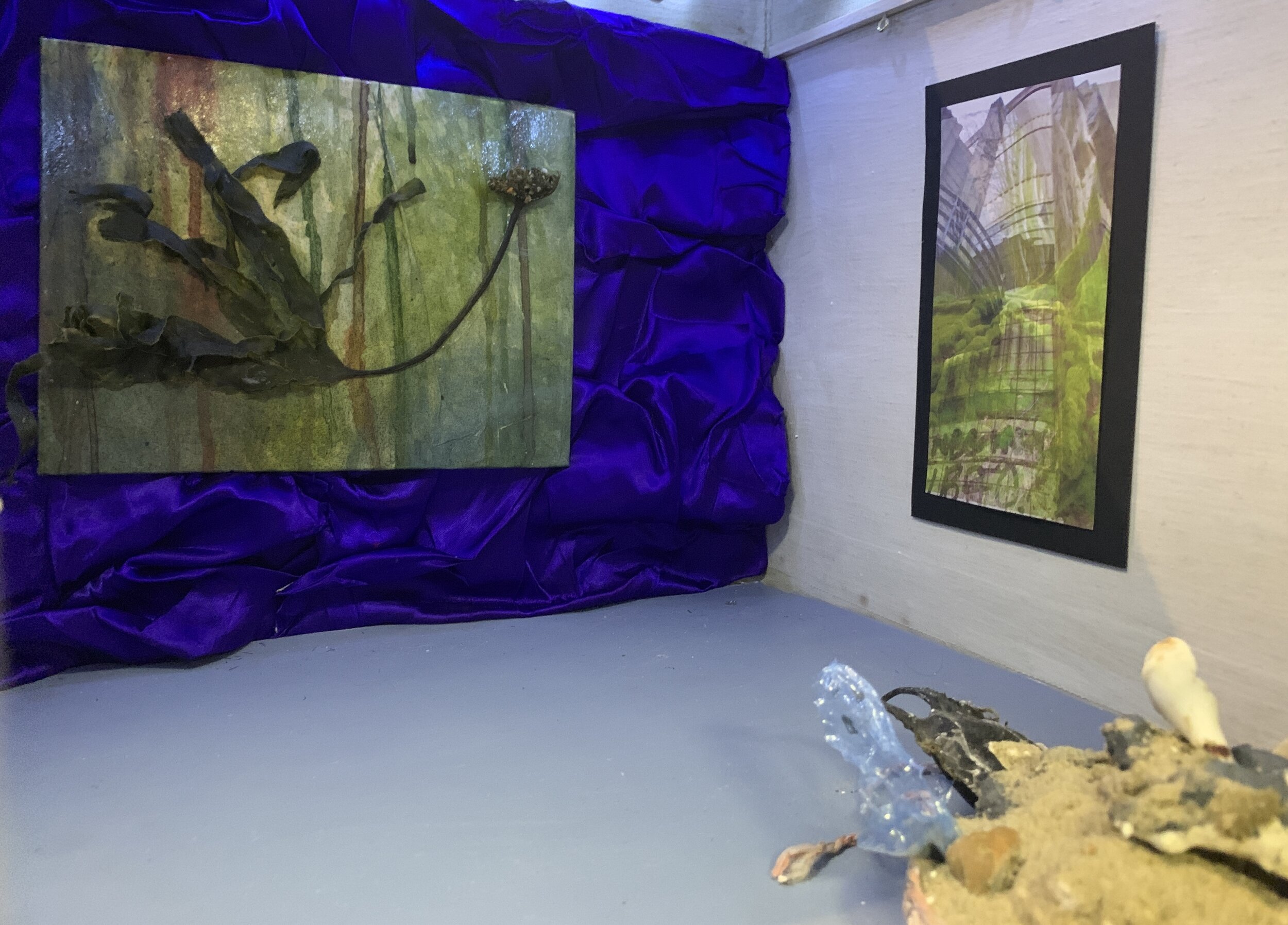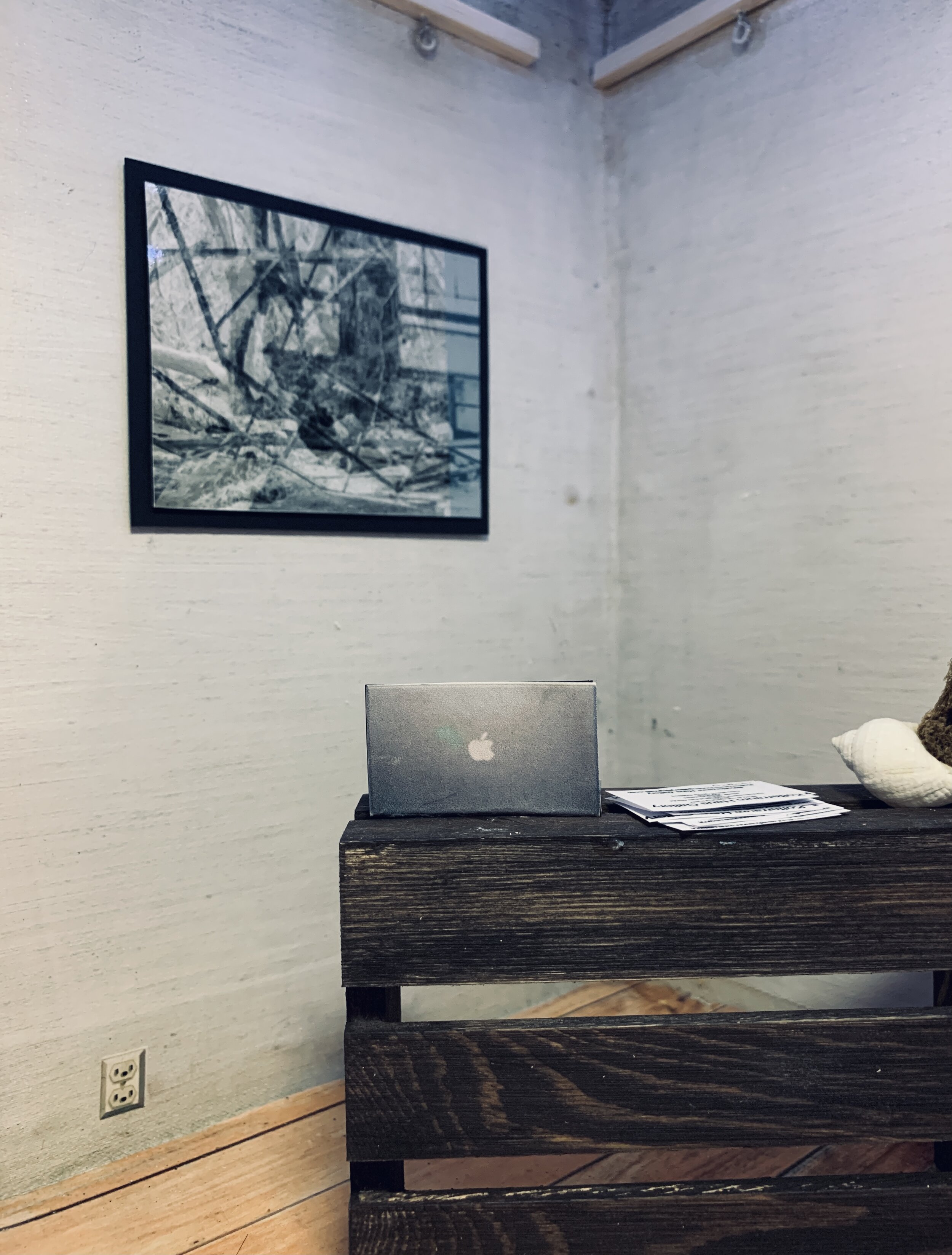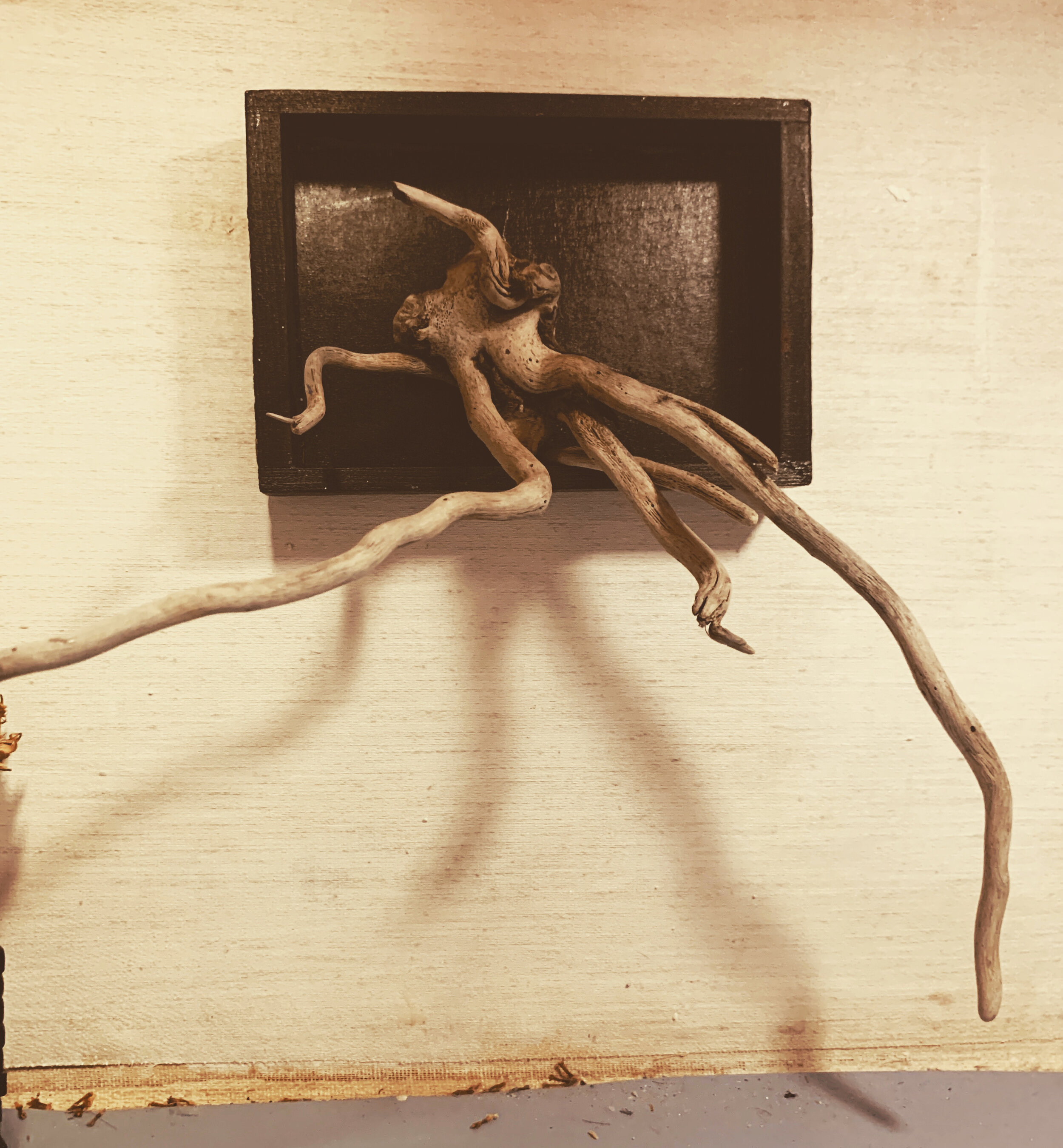As the curator of this gallery and as an artist myself I am always looking for new and unusual types of sculpture to exhibit. This can be tricky at times due to the size and nature of the gallery space, but when I do find an artist that creates the perfect work for the gallery then the exhibition and gallery space take on their own new existence…
Kofferraum Haus Gallery - Instagram feed as it happens….
XXXXXXXXXXXXXXXXXXXXX
Our current artist exhibiting in the gallery is…
By Artist David Lunt
Exhibition Installation ‘System (Out There...)’
David Lunt is a Manchester born artist who studied BA Fine Art at Loughborough University 1997-2000 returning to the same institution to complete an MA in Art and Design Studio Practice 2004-05.
He has exhibited work in a number of recognised institutions, notably FACT (Liverpool) Cornerhouse (now HOME Manchester), The Portico Library (Manchester) and The Harris Museum (Preston) and in 2017 was shortlisted for the ‘Greater Manchester Art Prize’. More recently he has exhibited with London based astronomy collective ‘Lumen’ and ‘Artgene’ in Cumbria, as well as being included again in the 2022 ‘Greater Manchester Art Prize’, the invitation exhibition ’60 Drawings plus 10’ at ‘The Whitaker- Gallery and Museum’ in Lancashire and included as one of 30 artists to show work in the inaugural ‘Open Exhibition’ at ‘Space Park Technology Centre’ in Leicester.
“For the last ten years my work has been focussed primarily around a drawing based practice, with the subject matter exploring the fine line that often separates science fact from science fiction, as well as considering line, depth and the often ambiguous nature of scale. The work began life with a series of macro photographs (close ups of long since destroyed abstract paintings) which have in turn have been reworked through different levels of simulation and have evolved into both large and micro scale drawings alongside newer media formats such as digital sculpture and animation.
This project has embraced my love of obscure cartography, geology, astronomy and space exploration and hints at the fragile future of human survival. Recent pieces can be seen as being linked to the discovery/study of new planets, moons, as well as the unfamiliar landscapes out there within our own solar system and beyond and the infinite potential they may hold. With the ever amazing visual progress being made in extra solar discovery (such as the recent James Webb Space Telescope pictures) our universe got much bigger and my work attempts to celebrate this.
..The truth is we want to have a world that is not totally known and that has the capacity to surprise us. As our information sources improve and become ever more complete, the need to create and conjure new places that are definitely off the map also grows.
Off the Map- Lost spaces, invisible cities, forgotten islands, feral places and what they tell us about the world. By Alastair Bonnett. Aurum Press ltd 2014
Those worlds in space are as countless as all the grains of sand on all the beaches of the earth. Each of those worlds is as real as ours and every one of them is a succession of incidents, events, occurrences which influence its future. Countless worlds, numberless moments, an immensity of space and time.
Carl Sagan- Cosmos – Episoe 8- Journeys in Space and Time-1980
https://www.axisweb.org/p/davelunt/
https://www.instagram.com/davidlunt3211/ or @davidlunt3211
Animation link:
https://www.youtube.com/watch?v=O4y31FjuhKw
These works are all for sale
David Lunt Artworks Micro- Exhibition January 2023
Artwork Exhibition/Installation Title ‘System (Out There...)’
All works are pencil and ink on paper mounted on a mount-board and are to be displayed as seen in the graphic. All works are for sale (price on request) and can be framed
&&&&&&&&&&&&&&&&&&&&&&&&&&&&&&&&&&&&&&&&&&&&&
Thomas Jenkins
Visual Symphonies
Thomas Jenkins is a visual artist working with photographic processes. His work explores colour and abstraction to question what is defined as a photograph in the modern day. The methods stem from interests in contemporary and historical photography, painting, and sculpture. The work aims to experience the world around us through the process. The process exists strongly in the physical world utilising both analog and digital. However, the imagery represents nothing of the physical world and is only made physical by its existence as an object they in turn demand to be deciphered, seen, and experienced – tethering emotions and immaterial concepts to the physical world.
Visual Symphonies are a continually evolving visual response to the world and environment, inspired by the spontaneity of jazz to create visual discord, an individual and unique process of making an image that can never be repeated.
The process is time-consuming, and each movement compromises multiple pieces that sometimes seamlessly fit together while others are discordantly connected. The entire rolls vary from 7 to 18 m according to the concept of their creation and the environment in which they are displayed. Like the reverberation of sound through a given area they will never be displayed the same way more than once.
The malleability of the photographs comes from the reactive and performative nature of jazz, which is reflected in process, display, and experience. It is this malleability that Nichola used to create this exhibition in miniature format, giving the piece a whole new context.
&&&&&&&&&&&&&&&&&&&&&&&&
Kathy Bruce
Kathy is a US-born Scotland-based visual artist who works primarily in sculpture and collage. Her practice concerns archetypal female and mythological forms within the context of poetry, Surrealism and the natural environment. Many of their collages explore female forms inspired by the Peruvian saints, historical figures, and 16th-century tapadas that I discovered during my time spent as a Fulbright scholar in Peru. “Tapadas” was the name designated to Limeña women during the Viceroyalty of Peru and the early years of the Republic who wore shawls completely covering their body except for one eye. Kathy finds both the notion and the surreal image intriguing. The fashion was eventually outlawed by the Spanish authorities because it had a subversive effect on its intention—to protect and hide women’s bodies. However, the incognito coverings gave women the license to express themselves freely in society thus leading to flirtatious promiscuity. Thus, in this way, the Tapadas took control by reversing the notion of the male gaze/male surveillance of their bodies.
In this regard, many of her subjects include topics on women, medical biology, literature, opera, history and the natural environment which are all depicted as consistent themes throughout the narratives. Kathy is especially interested in how the poetic behavioural characteristics of animals are inter-changeable with psychological traits of humans; the moment of surreal hybridisation in which animal and human nature merge, and also the way in which the human body/anatomy corresponds to structures in nature, plants, trees, and the landscape.
The tiny size of the matchboxes allows her the freedom to create spontaneously and rapidly to achieve her ideas with immediacy. Unlike building monumental sculptures that require advanced technical planning and specific building materials, the element of playfulness on this scale is limitless. Self-contained within individual rectangular structures, Kathy uses the matchboxes as mini stages on which to create theatrical stage sets and alternative realities. The stage-like aspect incorporated in much of my work is largely inspired by the studio portraiture of the famous Peruvian photographer, Martin Chambi. (1891 – 1973) The shallow space he captures between his human subjects shot against backdrop landscapes always provokes my interest in the spatial relationship between figures co-existing between authentic vs artificial landscapes.
***********************
Rosemary Watson
Rosemary is a Sheffield-based fine artist exploring notions of memory (time place experience dream) through drawings paintings photographs video and artists books and encompassing chance intuition and spontaneity.
After originally training (for many years) and practicing (only a very few years) as an architect she subsequently studied fine art practicing as a fine artist, and for over 30 years, as an adult art educator.
She is a member of Sheffield Printmakers and the Sheffield Artist Book Centre and Bookness Collective artist book groups
For many years a substantial body of her work has been centered around the memories of experiences and dreams of a particular place and attempt to capture and give physical form to her memories.
The memory-image was reduced over time to an abstraction of line and space and whilst the blind embossed image itself successfully captured the memory she experienced, she considered the framed centrally placed image behind glass did not reflect her personal experience of the process of memory over the passage of time and reduced the tactility and sense of physicality of print itself.
The print-based research project developed from this dissatisfaction and unframed prints on unstretched paper (with its imperfections) resulted, the memory-image either covered the paper or fragments appeared at, or disappeared from, the edges of the field of vision / paper reflecting her experience of the process of memory.
line__space__form II
Exhibition by Rosemary Watson
The exhibition features a selection of small-scale versions of work from an open-ended ongoing print-based research project exploring the inter-relationship between the
2-dimensional printed image, book formats and the 3-dimensional form.
The works relate to a larger body of work exploring the notions of and a personal response to memories of a particular place, forming a record of the constantly shifting and multi-layered nature of memory which blends and blurs over time into a personalised version of history.
It is a process that is continually explored developed and refined as the memories themselves constantly reshape reform and transform in the process of recollection, the memory-image reduced over time to an abstraction of line and space.
Unframed prints have slipped down the walls and printed pages deconstructed from artists’ books to reform in 3 dimensions.
The print became an object which, together with an interest in artists’ books, led her to question and research the relationship between the printed image book formats and 3-dimensional sculptural forms.
This raises the question -
is it a print?
is it an artist’s book?
is it a 3-dimensional form?
or
is it all or none of these things?
or
is it something else altogether?
Memory is a complex fragmentary and multi-layered process as individual memories are constantly reshaped from day to day, over weeks, months and years becoming less well-defined fragmented multi-layered or abstract and assuming greater or lesser significance.
The memory-image has been reduced over time to an abstraction of line and space, fractured by cutting and folding, and emerges through the play of light falling across the blind embossed print, detail has been lost and colours no longer remembered, whilst others have faded or become difficult to access and visualise.
As well as exhibiting in the gallery it seemed only right to take these out of the gallery space and exhibit them in the Yorkshire Dales as this is where the inspiration for them came from. The photos I took of them in nature bring new meaning to the species and really give them a sense of presence.
Bronze miniature sculpture by JJ Eteson
“ At Skimt
Exhibition Statement by JJ…
My work is an emotional response to my felt experience in the more remote areas of the moors, mountains, and forests of Yorkshire, where the landscape and weather conditions combine to create natural drama. The elements of the weird and eerie are distinctive characteristics within my work.
I have always possessed a keen interest in historic folk customs and traditions. This passion for history can be keenly felt in the series of small-scale figurative sculptures, which portray the forgotten landscape of distinctive regional trends and movements.
I often use various materials to bring contrast to the work; traditional bronze, cold cast iron, and digital sculpture are often used together, drawing inspiration from the raw energy of nature in the wilds of Yorkshire. Whereas my patinas, laid heavy over the sculptures, are my preferred choice to capture a more aged appearance, creating a moody atmosphere of the lost and forgotten. I'm currently exploring patterns within the zeitgeist of certain populations, the acts, and beliefs of the past are forgotten but still remembered through customs or sights such as the megaliths used to create the base form of these works.
This series of small-scale bronze sculptures are personifications of the standing stones and neolithic monuments of Yorkshire and surrounding counties. The monuments themselves have been captured with a form of 3D scanning known as photogrammetry, approximately 170 images of each megalith are fed into a program to create a digital model. The same process was then used on human models, focusing the scan on small areas of the body; their expressions and poses were then paired with stones that possessed similar mannerisms. I chose to contrast the grand nature of the source material by printing them on a small scale, their details visible with careful observation. The name of the series mirrors this need for careful observation, "At Skimt" roughly translates from Old Yorkshire Folk talk to the act of squinting to examine something small.
*************************************
april’s latest exhibition
Sound Advice My Parents Gave Me
BY…
Lesley O’Neill
…
This is my family, Mum, Dad and me, the only child. I had all their attention, like it or not. Occasionally Nanna came to stay. She always called me Gladys even though my name is Lesley and would have conversations with TV newsreaders, who had worked alongside her down the ‘pit’. She also starred at me a lot. We holidayed in Blackpool and played Crazy Golf. I got lots and lots of advice, mostly rubbish but they meant well.
Bio.
Staffordshire University – BA (Hons), Fine Art Printmaking. Slade School of Fine Art – HDFA Printmaking.
Followed by four years of continuing my work from a studio. I then took a break to have and bring up my Son Louis. Became an Art Teacher and then a Pilates Teacher. Tragically my son died suddenly in 2020 aged just twenty-four. I then returned to my Art Work, what else was there to do.
It is now my full-time occupation.
links here
New Print artist to the Gallery this week is
Karen Wicks
Karen Wicks is a printmaker and ex-art teacher who has worked in a range of educational settings and has collaborated with other artists and art teachers nationally to develop her own art practice. She has delivered workshops to children and adults using simple and accessible home printmaking techniques.
Her work is inspired by derelict buildings and captures the presence and intrigue of these abandoned structures using intaglio print techniques. Her work uses recycled packaging which becomes fragile and disintegrates over time, which reflects the subject matter of the ‘ghost buildings’ that inspire her.
Her process is fabulous to see, and you can do there at this link on her website, where you can also purchase many of the prints, https://ghostbuildings.wordpress.com/collagraph-process/
*************************
Artist - Alex Ekins
I contacted Alex via Instagram because not only is he a Yorkshire artist and that is where I am currently exploring art, but he is creating some very beautiful simple works with a feel of being primal and universal in nature, on a small scale and they fitted perfectly with my small scale gallery and ethos.
Born in London Alex Ekins is a Sheffield-based artist and sculptor working in paper, wood, clay, and whicker. His work is predominately concerned with examining the strange and inexplicable nature of the human condition and our place in the natural world.
Alex was always been interested in art and photography and began taking black and white photographs using film as a teenager, learning how to develop and print using traditional darkroom techniques. He went on to study photojournalism and has had work published in various publications, including The Guardian, The Independent, The Financial Times, The Economist, and Le Monde.
Alex also has a background as a professional climber and mountaineer and has lived and climbed in Africa, the Americas, the Middle East, and the Himalayas.
Alex is best known in Sheffield for his life-size paste-up street art of the Sadhu (Hindu ascetics who have rejected work, materialism, and the trappings of modern life), Nepalese Sherpas, and Tanzanian park rangers
Alex’s most recent works are ink on paper figurative depictions and wood sculptures. They represent humanity standing amidst the universe alone and confused. Alex is interested in the idea that somewhere on the edge of our conscious understanding and awareness there is something beyond what we can normally see or understand. Alex also hopes to present the great dignity, joy and imagination inherent in all human nature and to challenge the growing fear of the other in all its forms.
*****************
Kofferraum Haus Gallery is pleased to announce we are back for exhibitions and our first one will be with the Artist
Abigail Norris
Born in 1970, London. After a 20yr career in filmmaking, Abigail embraced a lifelong ambition to study sculpture at the RCA, where she is now in her second year. Her work is centered around concepts and material substances that evoke abstracted impressions of life, death, transcendence, absence, and presence – with a subplot to interrupt the habitual assumptions of our everyday physical realities. More recently, Abigail has been exploring Johnny Golding’s Radical Matters' philosophy, which weaves seamlessly into her theoretical practice.
THE RETURN OF THE REPRESSED
Rope; has passed through human hands for thousands of years; hunting, weaponry, sailing, ringing bells, towing, tug-of-war.
In this body of work, Abigail Norris asserts that rope is a symbol of the patriarchy, a tool designed to control and enforce power over other beings; tethering, hanging, flogging, binding, and anchoring. The colonialists were wholly dependent upon the rapid development of sturdy ropemaking techniques.
The Return of the Repressed is a body of work that explores the undoing’s of the fabric of rope; allowing a multidimensional resurfacing of truths, previously bound within the materiality of its structure. Through the act of unbinding, there is an emergence of the repressed; plant fibres disentangle from the wrenching force of captivity and conformity, freeing them to explore their multiplicity of form and active entanglement.
Roaming
Disentangled fibres of rope take on a new form, one that is strangely recognisable. Are they spirits, displaced souls, or re-emergent ancestral beings roaming in unfamiliar lands?
Dark Matter
Caught in a billowing plume of spiraling matter…
A metamorphosis, an emergent intensity.
Uprising
A previously misappropriated encountering of materiality. Here an uprising, a resurfacing of undercurrent matter … a slow-moving scene of embodied truths
Swarm
The multitudinal assembling of a potentially unwelcome guest
*************************************
Catherine McCaw-Aldworth
Far from home
solo exhibition
Sigmund Freud said in his essay on the uncanny that “the Uncanny is something hidden which ought to have remained missed, but which is brought to light.” This is what Catherine is looking to create within her work; hidden meanings and connections left behind in everyday things, perhaps a forgotten memory or a missed connotation, an underestimated intimacy or an unconventional comfort. She looks to seek out these underlying things and bring them forward to be seen by the world.
Catherine McCaw-Aldworth was born in Darlington in 1998 and since has lived all over the UK and Spain. Catherine recently graduated from The University of Creative Arts with BA in Fine Art and is currently completing an MA in Fine Art at UCA Farnham.
Working in multiple media, Catherine’s work and practice focus on the connection between the body and domestic, exploring the relationships our bodies and our discarded materials have within the physical home.
Her work is rooted in a deep curiosity about our dwellings and homes, their appliances, and furniture. There is a certain object-orientated ontology in which we, as humans amongst other objects, can identify and attach to, and it is from this ontological position that she investigates the home and its objects.
Much like our own materiality, the materials she uses are always unpredictable, but also always of a domestic, benign material that might not normally be associated with fine art. The creation of the work is left to chance as the materials are in a constant state of flux thus becoming a challenge. Each piece is an original new work and can never be exactly replicated or refabricated.
The work evokes a sense of memory and play but in a and uncanny dark way.
Objects recognised but not entirely familiar, an uncanny feeling of nostalgia. Smells of fresh laundry and soap fill the air, triggering tiny imprints of clean pasts. Parts of self-trapped inside the works, shed skin and fallen hair turned into tiny molecules of dust, picked up in the casts of home. ‘Far from Home’ shows a selection of Catherine McCaw-Aldworth’s recent works, discussing the familiarity of the home in relation to the body and its waste. Although a lot of the pieces stem from objects within the home, such as an iron and light switch, they are quite far from home. The works speak from a female perspective, thinking about the domestic and bodily tasks that take place every day. Made from alternate materials that express human materiality, including and showing discarded materials that have been expelled from the body. The work is subtly abject and quite uncanny, a blended ghost of the home.
Queer art
Gallery featuring artist Gori mora
This month is pride month and as a zine, we have been promoting Queer art and artists. When I was at GSA completing my Masters there was an artist whose work really caught my eye, not just because it was really accomplished paintings, but because his subject matter of object-hood, desire, space, and how this effects our social interaction is something that interests me.
As I am currently away from the gallery space I have asked Gori to be an online feature for the gallery for this month. Below is his artists statement, bio and a gallery of his past work. He has a new exhibition coming soon at Beers Gallery London, so do follow him if you want to keep up with what he is doing…
Statement
My current practice focuses on exploring the myriad of effects that technology has on our social interactions, our self-perception, and our most intrinsic values. I am interested in working with the topic of desire, understood as one of the main engines of social communication, and accentuated with new technologies. I explore how bodies are built and how we, as bodies, become objects of observation. Essentially, I make a visual study of how the perception of reality in front of a representation of a body becomes indeterminate because of all the information we receive through media and context, and how this dictates the way in which we define ourselves. Today, body modification and cultural trends go hand in hand. I explore my artistic practice in the form of camouflage, mimesis, and appropriation which continue to put forward the difficult relationship between reality and its representation. This information about bodies, through virtual space, influences us in a modifying and questionable way. We stand in front of an image, we become an image, to become a body representation.
Biography, 2021
Gori Mora was born and raised in 1992 in Mallorca, Spain. In 2011 he moved to Barcelona to study for his degree in Fine Arts at Barcelona University. In 2017 he moved to Glasgow to study the Master of Letters in Fine Art Practice at The Glasgow School of Art. After completing his Master’s program he was awarded by the Royal Scottish Academy of Edinburgh with the Scholarship John Kinross, to spend a period of research in Florence. Currently, he lives and works in Glasgow. He has exhibited his works with V2React - Miami, AIR Gallery - Manchester, TRAMWAY - Glasgow, AN Contemporary Art Festival - Mallorca, Casa de Cultura - Felanitx, Mallorca, Museum, and Art Collection - Porreres, Mallorca, Konvent Punt Zero, Cultural Center of Art - Barcelona, MUTUO, Cultural Center of Art - Barcelona. His project ‘My Florence Souvenir’ is part of the collection of the Royal Scottish Academy of Edinburgh. Recently, he has been granted for the SUMMER MARATHON show at BEERS London Gallery.
*******************************
AN UNCANNY EXHIBITION BY A SELECT GROUP OF INTERNATIONAL ARTISTS
The word “uncanny” has been used throughout history to describe a certain unsettling feeling one may feel upon encountering something. What may it refer to, both now and in the past? Since being coined somewhere around the late 16th century in Scots to mean “relating to the occult, malicious,” the word “uncanny” has taken up many meanings. In the early 20th century, Sigmund Freud wrote a piece of text (“The Uncanny”) that attempted to analyze what exactly constituted uncanniness.
In particular, his view is that a situation or encounter is uncanny due to an inherent familiarity of it — that one has encountered this situation before, albeit possibly under wildly different circumstances. The term 'uncanny valley' is also applied to artworks and animation or video games that reproduce places and people so closely that they create a similar eerie feeling. Artists, and writers including some associated with the surrealist movement, drew on this description and made artworks that combined familiar things in unexpected ways to create uncanny feelings.
We will be uploading several slideshow photos of the show and artists details below so keep scroling to this fab exhibition…


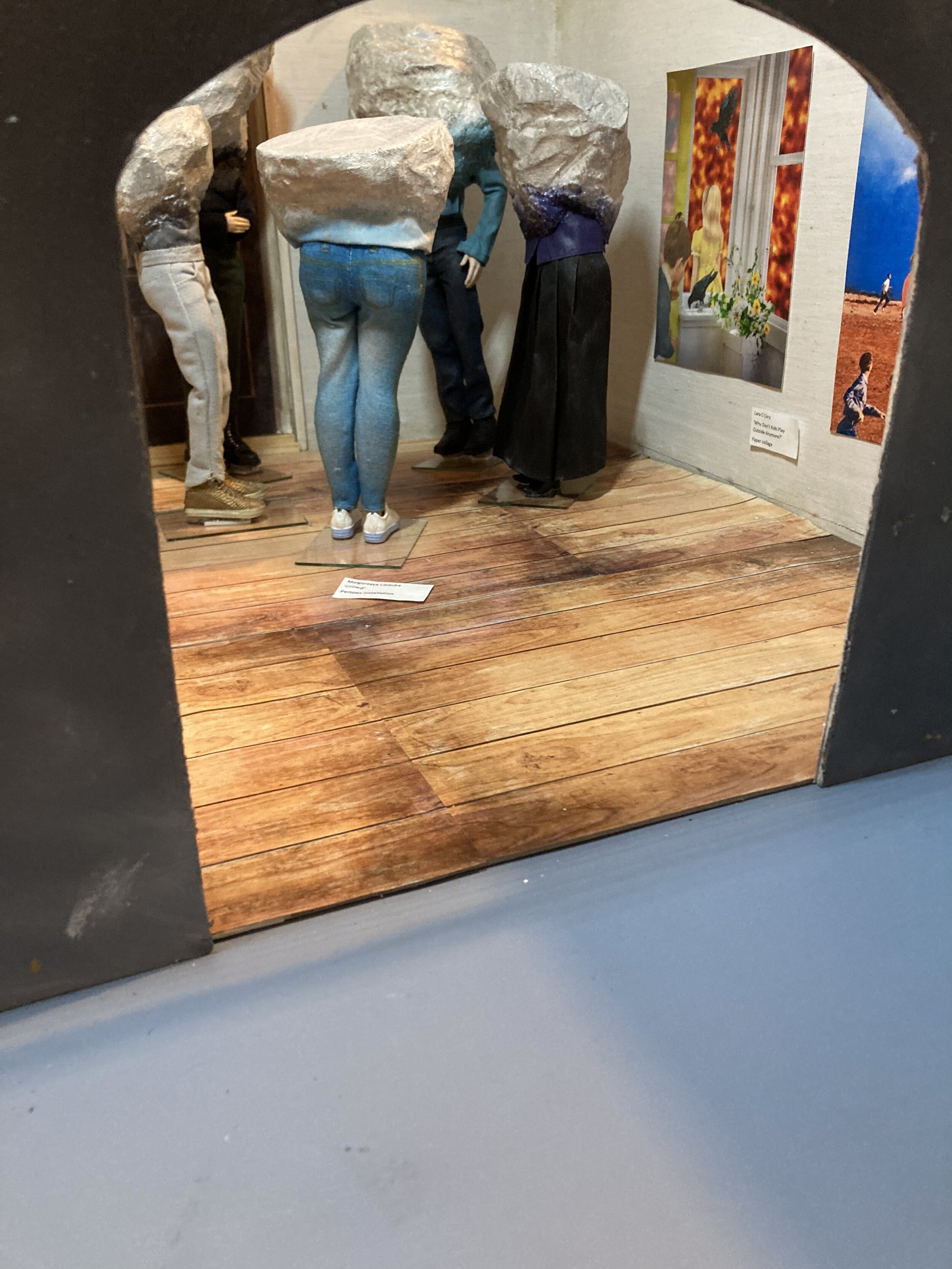
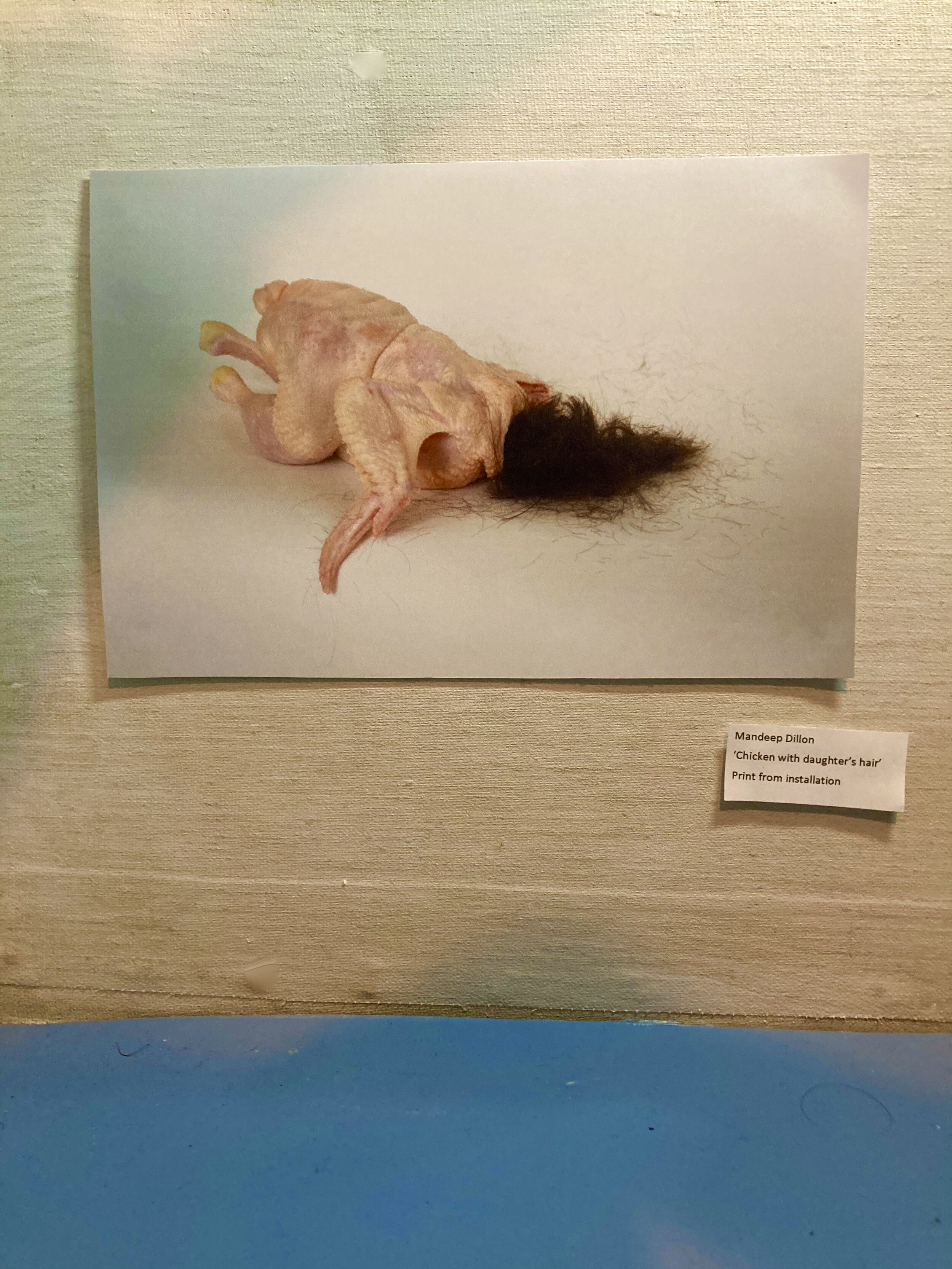

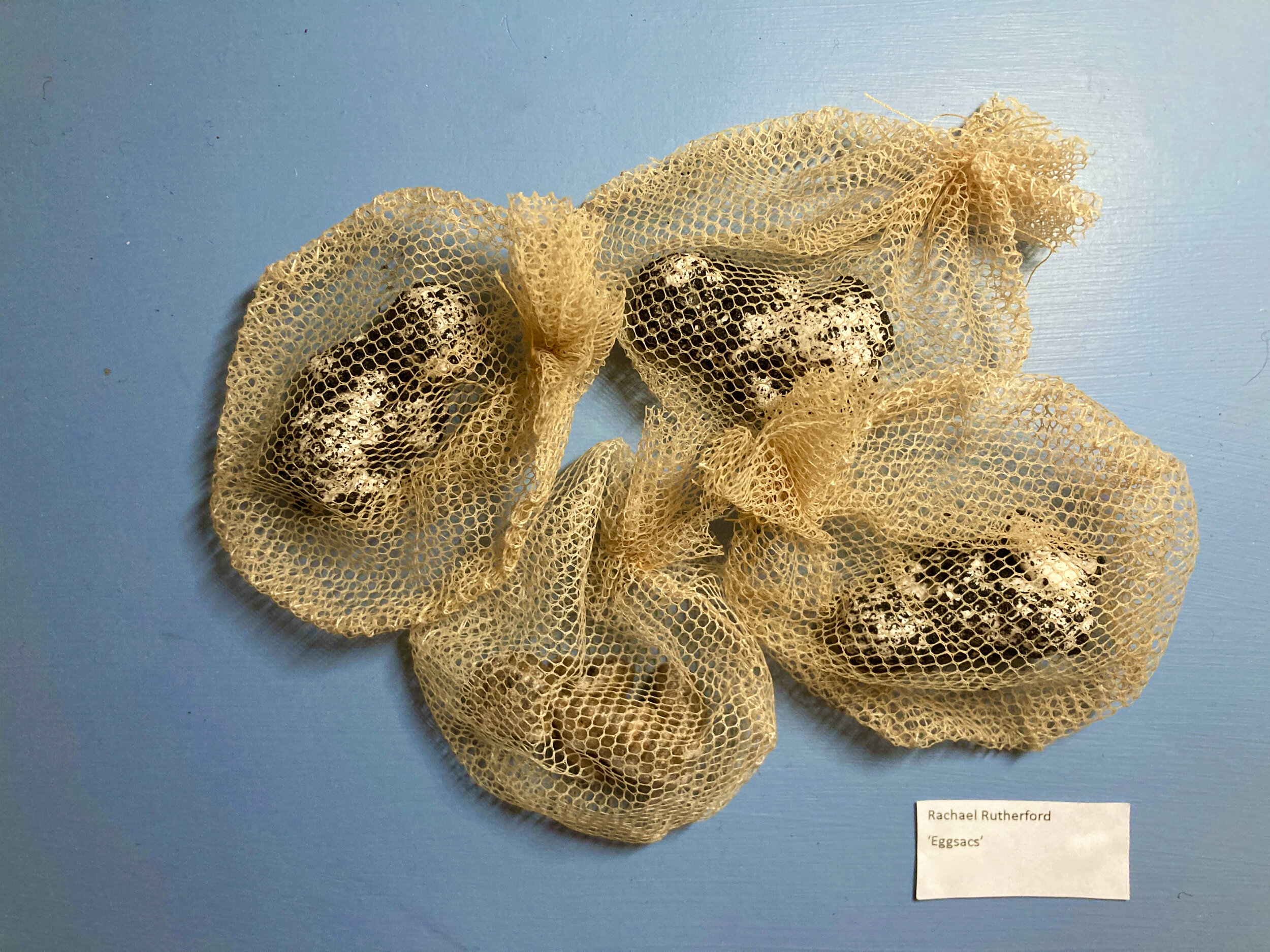
ARTIST - Lara C Cory
Why Don't Kids Play Outside Anymore?
A clean and sunny home with white walls and fresh flowers; home is a sanctuary. This collage expresses the anxiety of the real, imagined and projected fears we have of the world beyond our front door. A world on fire with disease, hunger, poverty, rage, inequality, abuse, corruption and change.
Media
paper collage
Contact
Bio
Lara is a music, film and arts writer, but has been making paper collage this past year. She has featured one of her pieces in the Woman's Month issue of Haus-a-rest and has a piece that was accepted into a Russian collage festival later to be included as part of a collage museum.
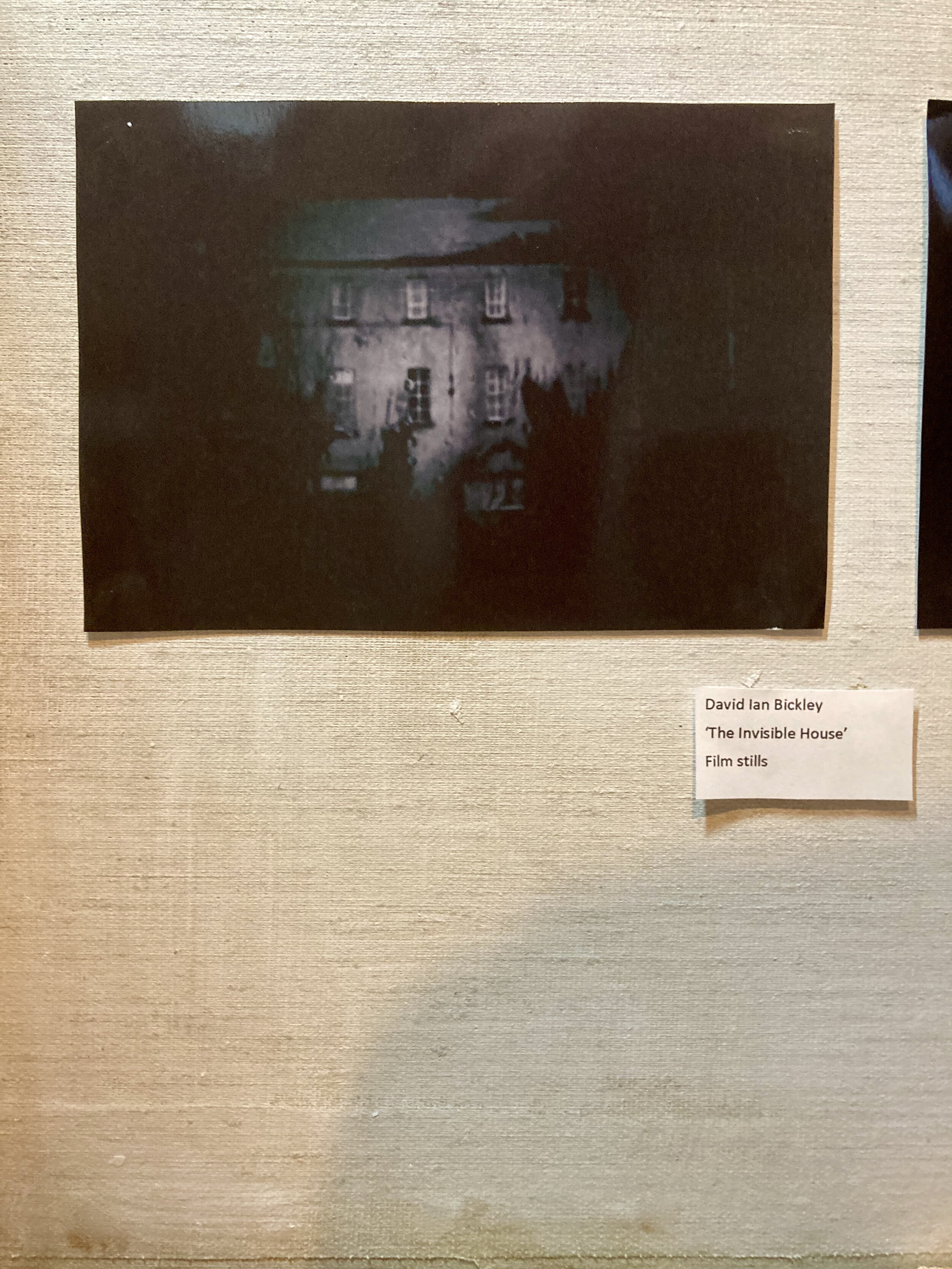
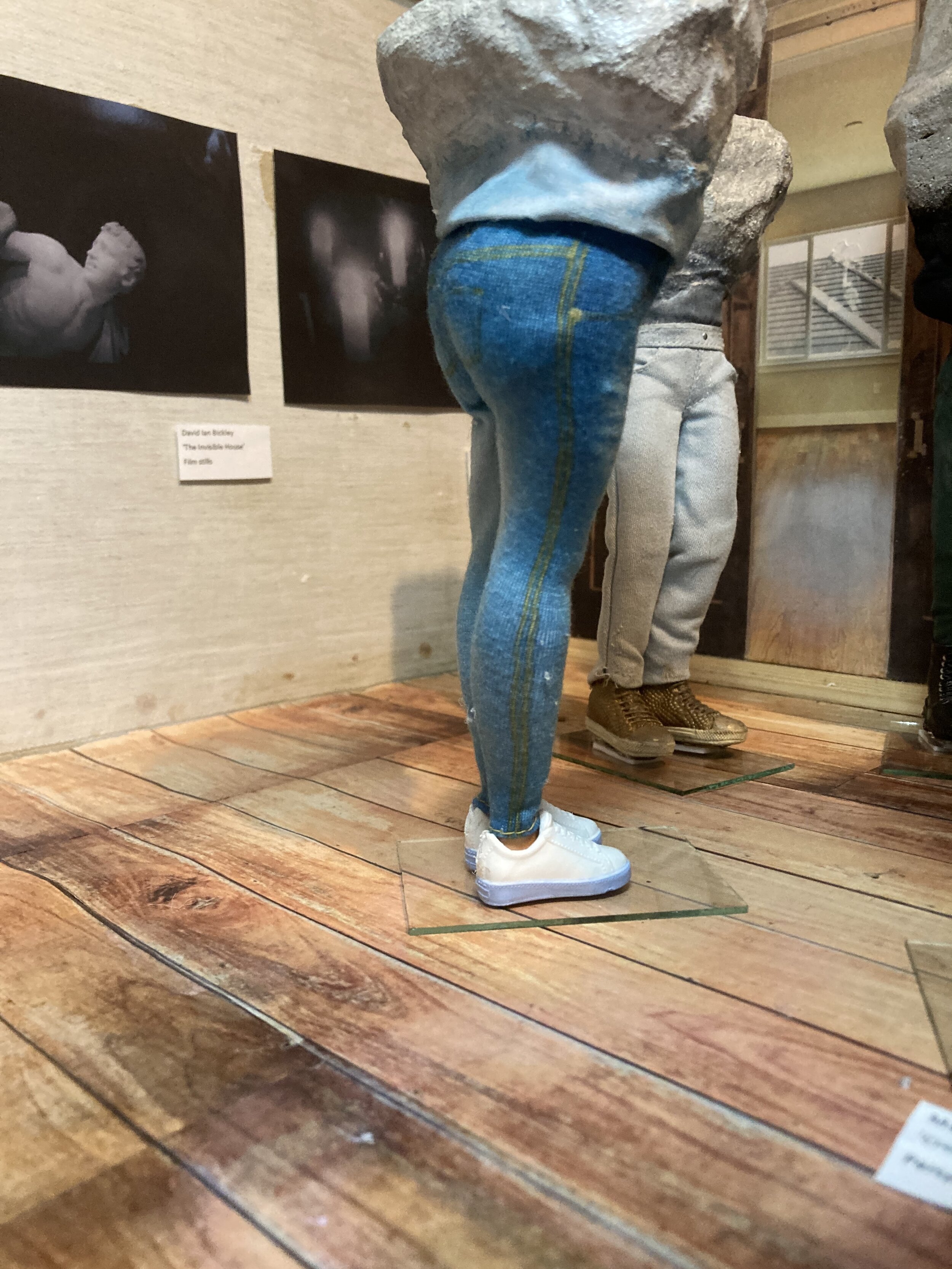

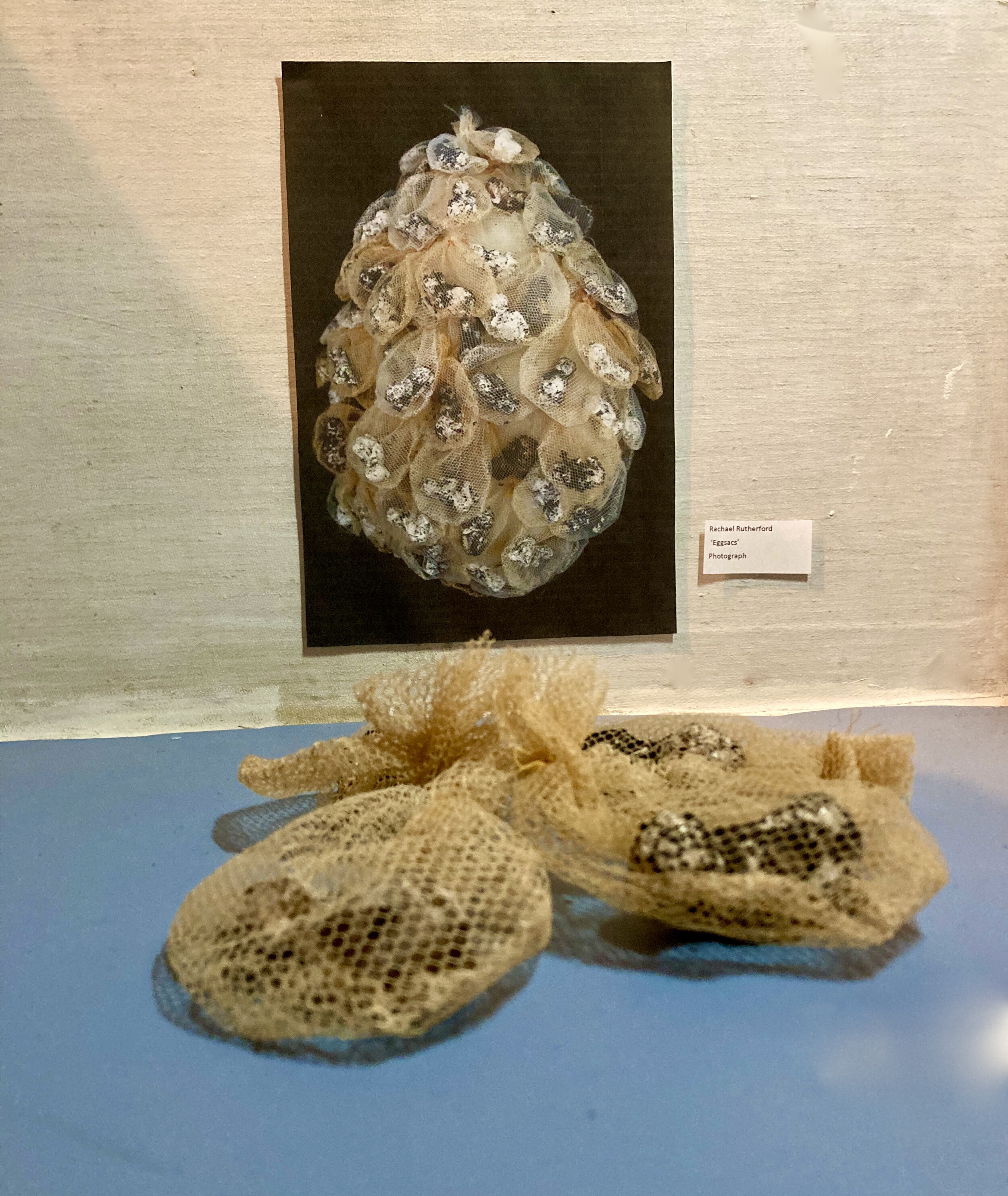
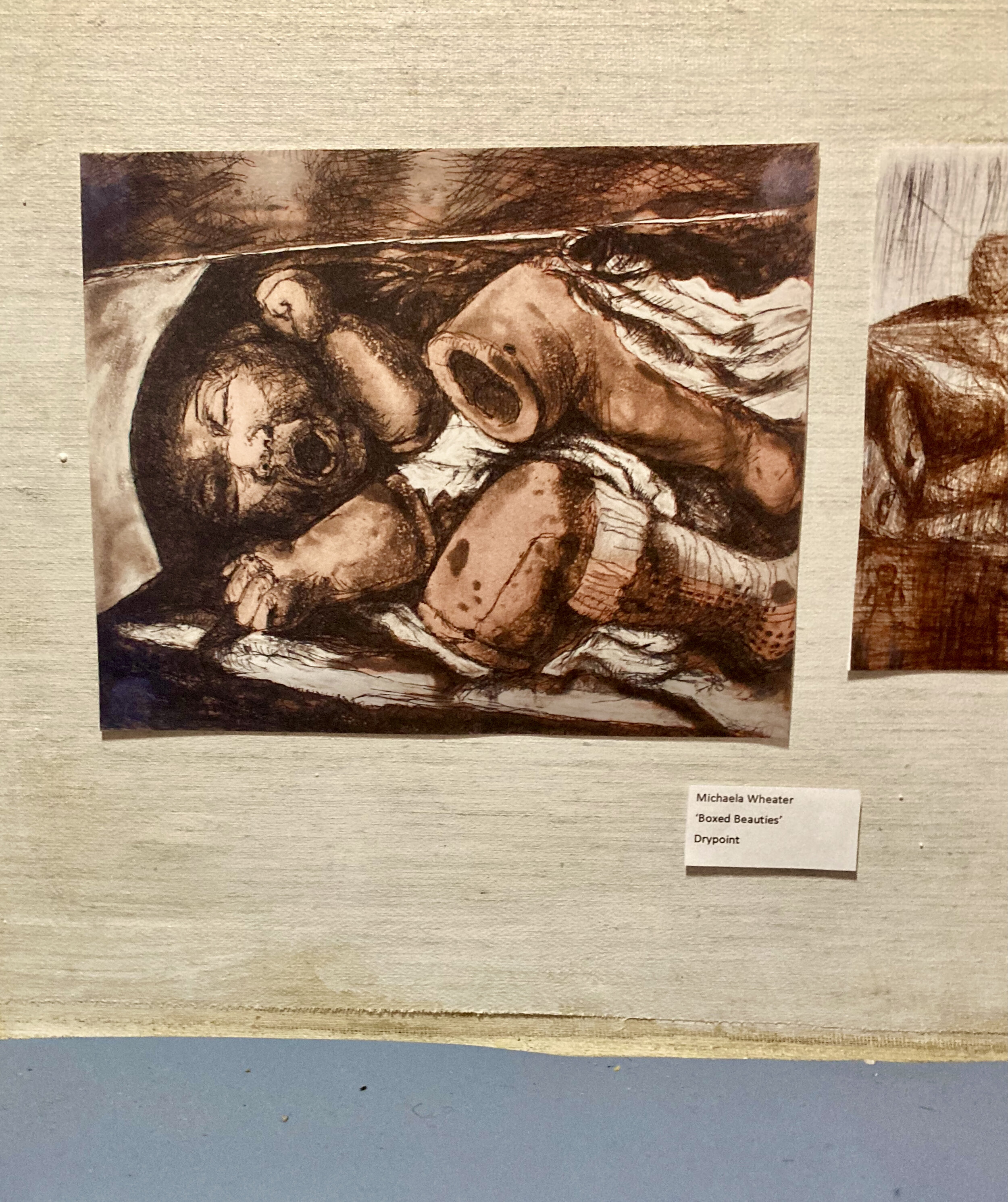
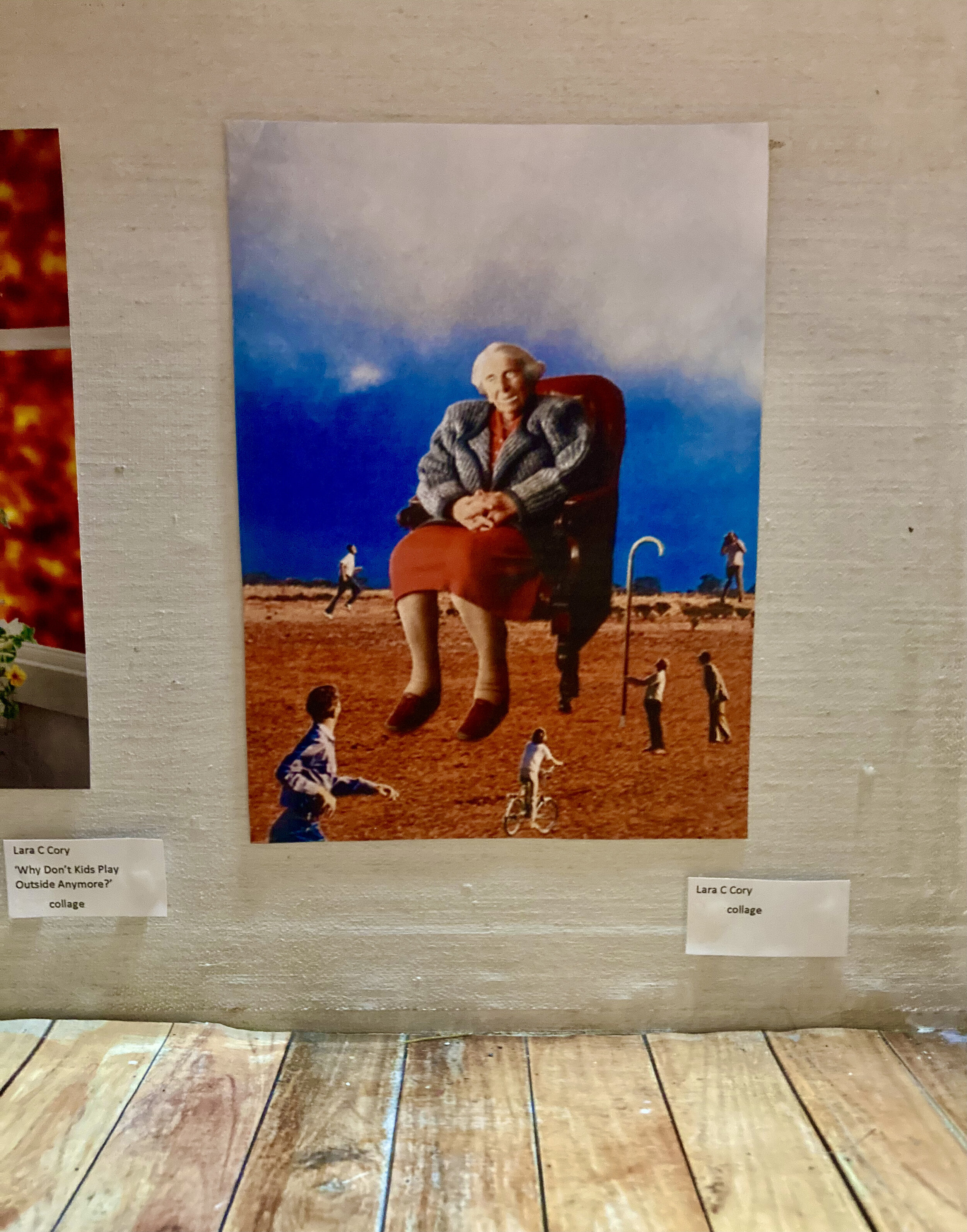
ARTIST - Małgorzata Lisiecka
DESCRIPTION -
Crowd (excerpt)
installation / mixed media We are living in a world of so-called 'free choice.' We are forced to believe that originality and chase for personal goals can make our lives fulfilled. It is a well-designed illusion, sophisticated enough to disguise soft oppression in the form of quasi-voluntary acts. The project addresses the oppressive power and subjugation. The felt fabric used to cover upper body parts has soundproofing properties, helpful to muffling doubts, creating a cosy and comfortable bubble. Turned into a hard surface, isolates from disturbances of the world outside. Bleached colors allow doubts to slowly disappear.
Contact email
Website
www.malgorzatalisiecka.com
Media
sculpture, installation
Bio…
I am a visual artist based in London. My practice is located between sculpture, public art, installation, costume, and performance. I test the boundaries of disciplines, shifting functions of both wearable objects and the body. My works take into consideration the surrounding space, environment but also the spectators who are often becoming unaware participants of the artwork itself. I explore the social, political and psychological context of fashion and clothes, creating objects that balance on the edge of uncanny, absurd and unreal.
In 2019 I graduated as MA at Royal College of Art in Contemporary Art Practice: Public Sphere, previously completed her MA in Sculpture at Warsaw Academy of Fine Arts and a postgraduate studies in the Faculty of Journalism and Political Science at Warsaw University. In 2019 I received a nomination to the UK Young Artist of the Year Award. Participated in various international exhibitions, workshops and collaborative projects such as: Innovative Costume of The XXI Century: The Next Generation in Moscow (2019), Travers Smith Art Programme (2019), costume and spatial design workshops at Prague Quadriennale (2015, 2019), participation in Jelili Atiku performance at Venice Biennale (2017), El Hadji Sy performance in Contemporary Art Centre Ujazdowski Castle in Warsaw (2017).
ARTIST - David Bickley
MEDIUM -
Film and film stills
DESCRIPTION - The Invisible House 1
https://vimeo.com/460363616
The invisible house cannot be seen, but it is not hidden. Through tiny, obscure facets of the mind prism — That same prism that comes in two parts, and that Escher knew, As did the German priest who wrote him of it. From an island in a Lake in the rain, And through midnight lauda-numbed talk of galvanism And of statues that lay asleep, deep in the marble coffin blocks of Canova. Or at Lissadell, again in rain, North western, cold and dark, with the golden flames, pushing, push-pushing against the night. And that 'wyrd' night that lay all about — just a fabric tear in the static electricity of sleep. music by David Bickley & Declan Young.
Contact
@David_ian_bickley
www.davidianbickley.com
Bio
David Ian Bickley is an award-winning media artist whose body of work spans the primitive technological of the 1970’s to the digital cutting edge of today. His media work has manifested as television, installation, electronic music and video art.
His work has been shown in many major museums, galleries and festivals around the world; including the CICA Museum, Korea; Science Gallery, Dublin; A & I GALLERY, LOS ANGELES; HAUN TIE ART MUSEUM, BEIJING; The Electric Picnic and the Glucksman, Cork.
LUX London distribute his video art along with [S]edition online. In the early 1980’s Bickley’s video work won 1st prize at the Sony UK Festival and after a move to Ireland in the early 90’s he was fundamental in the evolution of Irish electronic music, earning a Hotpress award in the process. Besides producing video art Bickley has also made important arts documentaries including The Man Who Shot Beckett and the Celtic Songlines. His themes reside in mythic and folklore motif and often use landscape as a form to reflect and process these ideas.
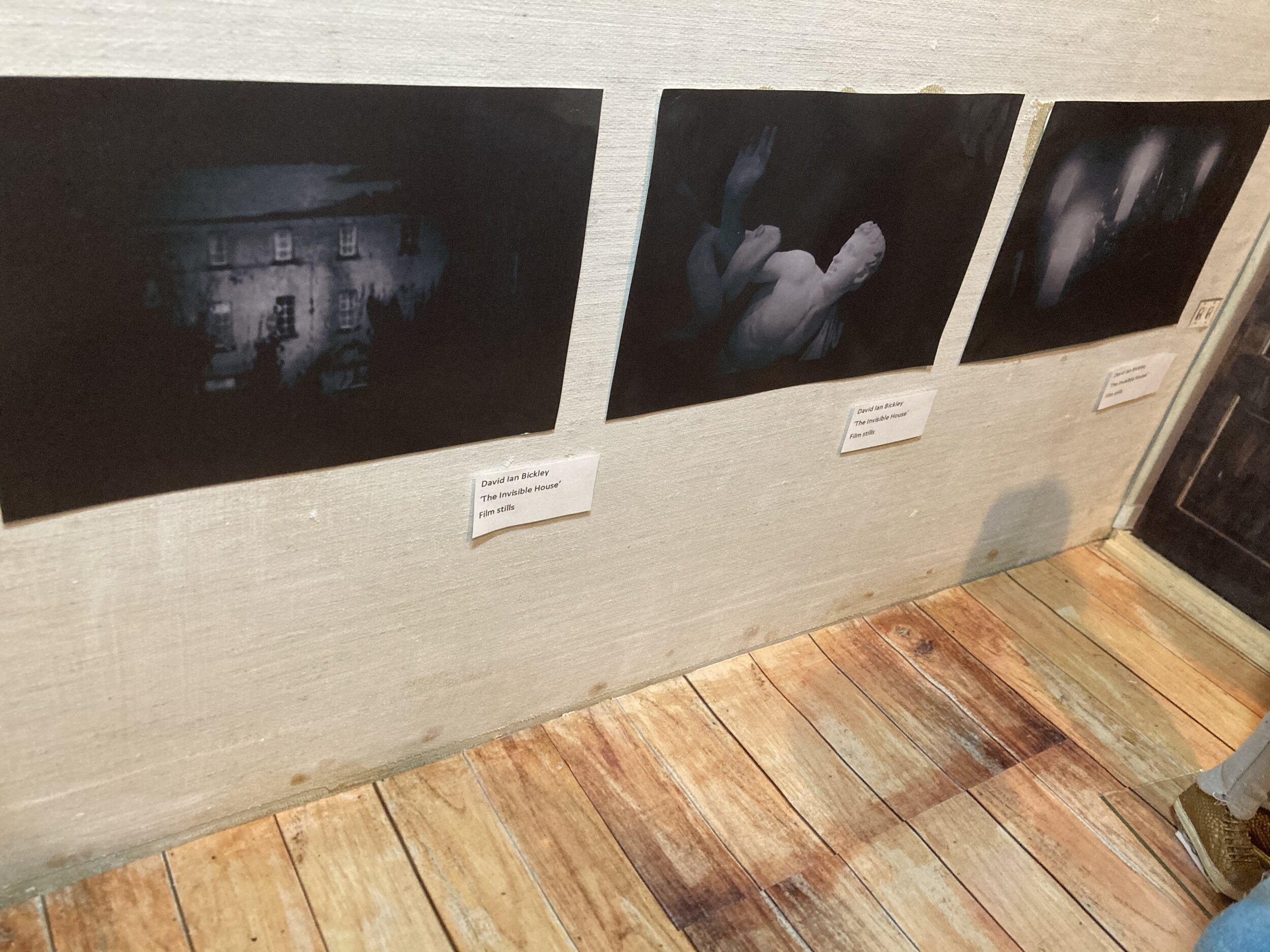
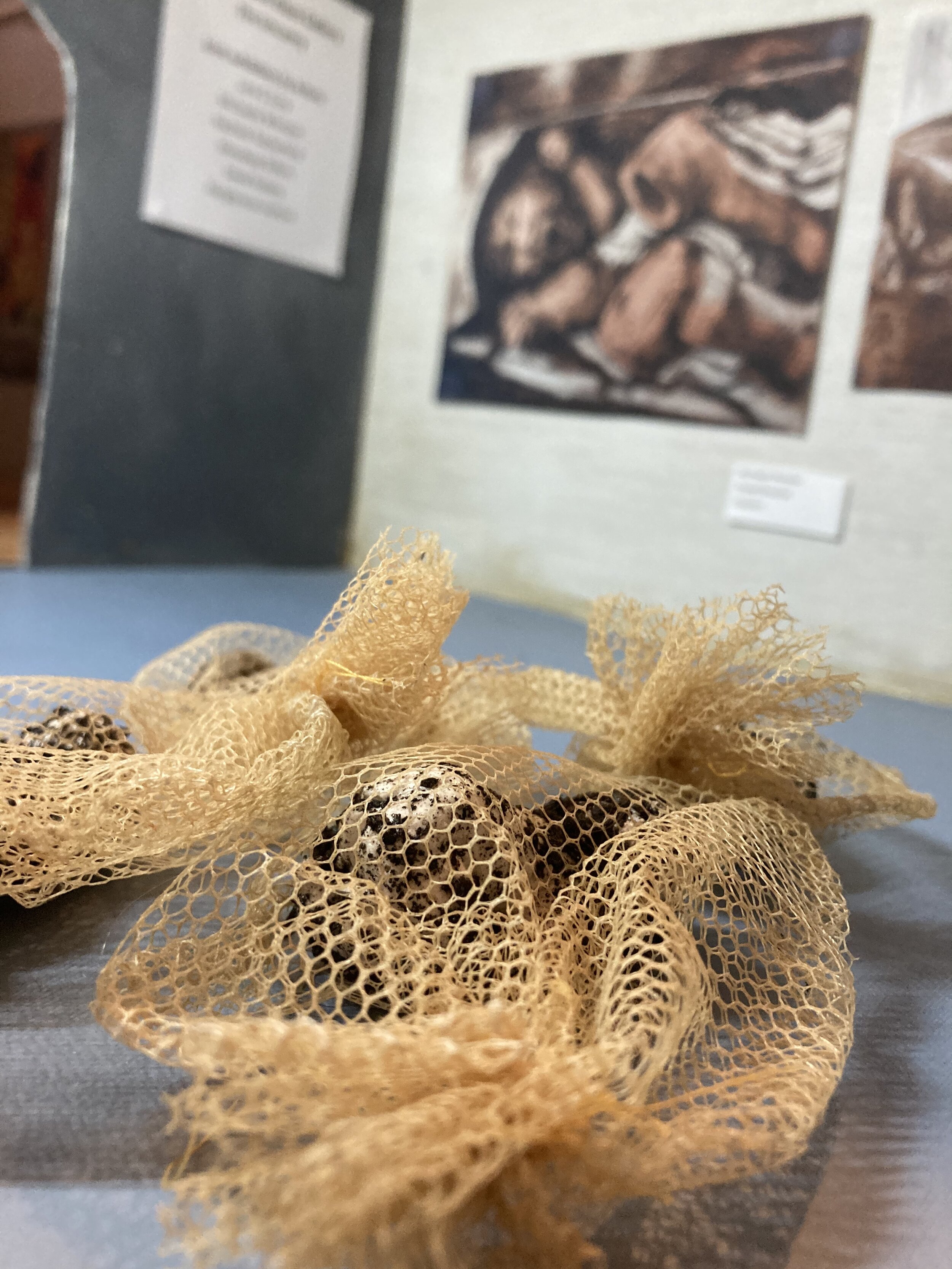
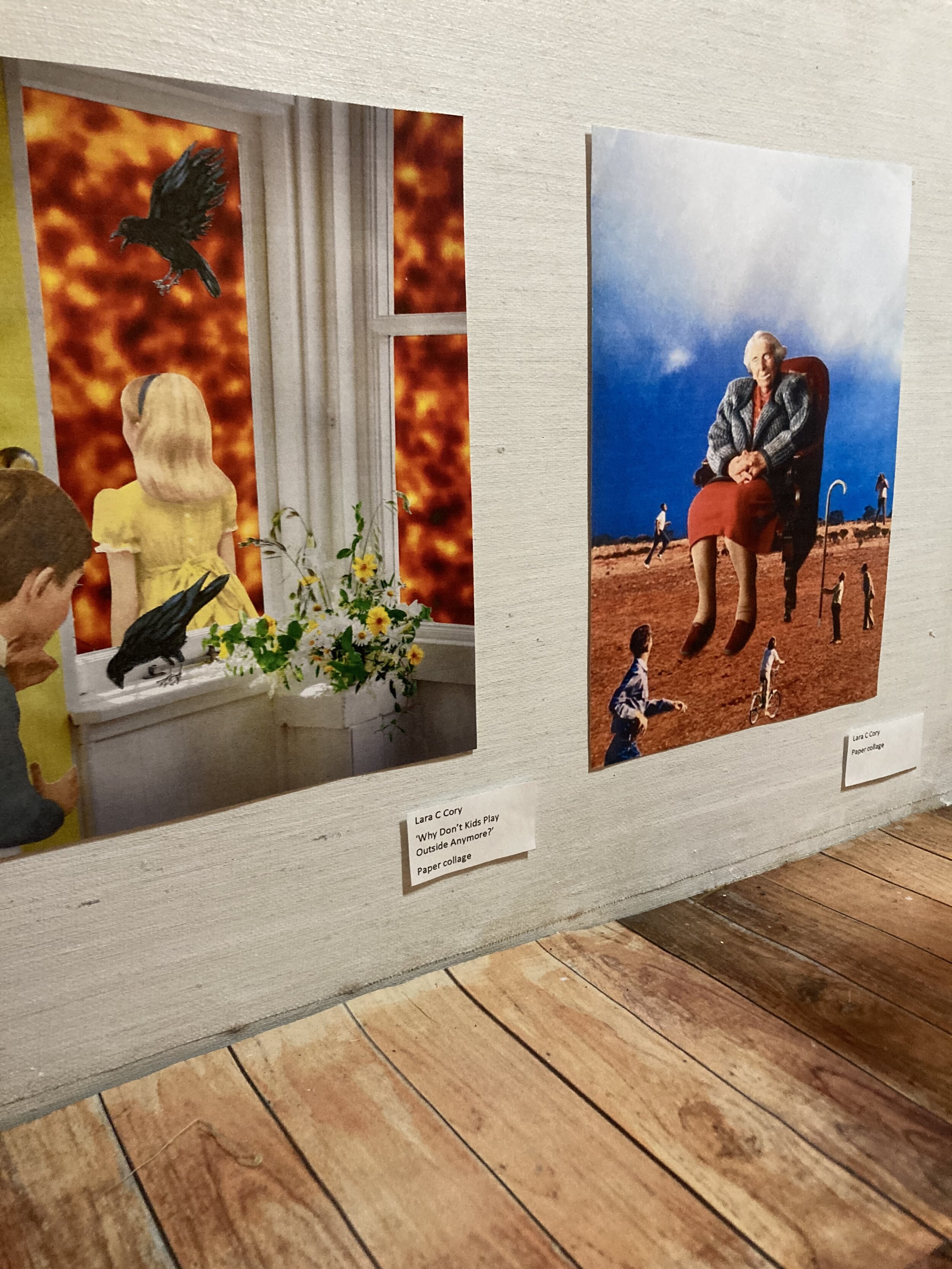
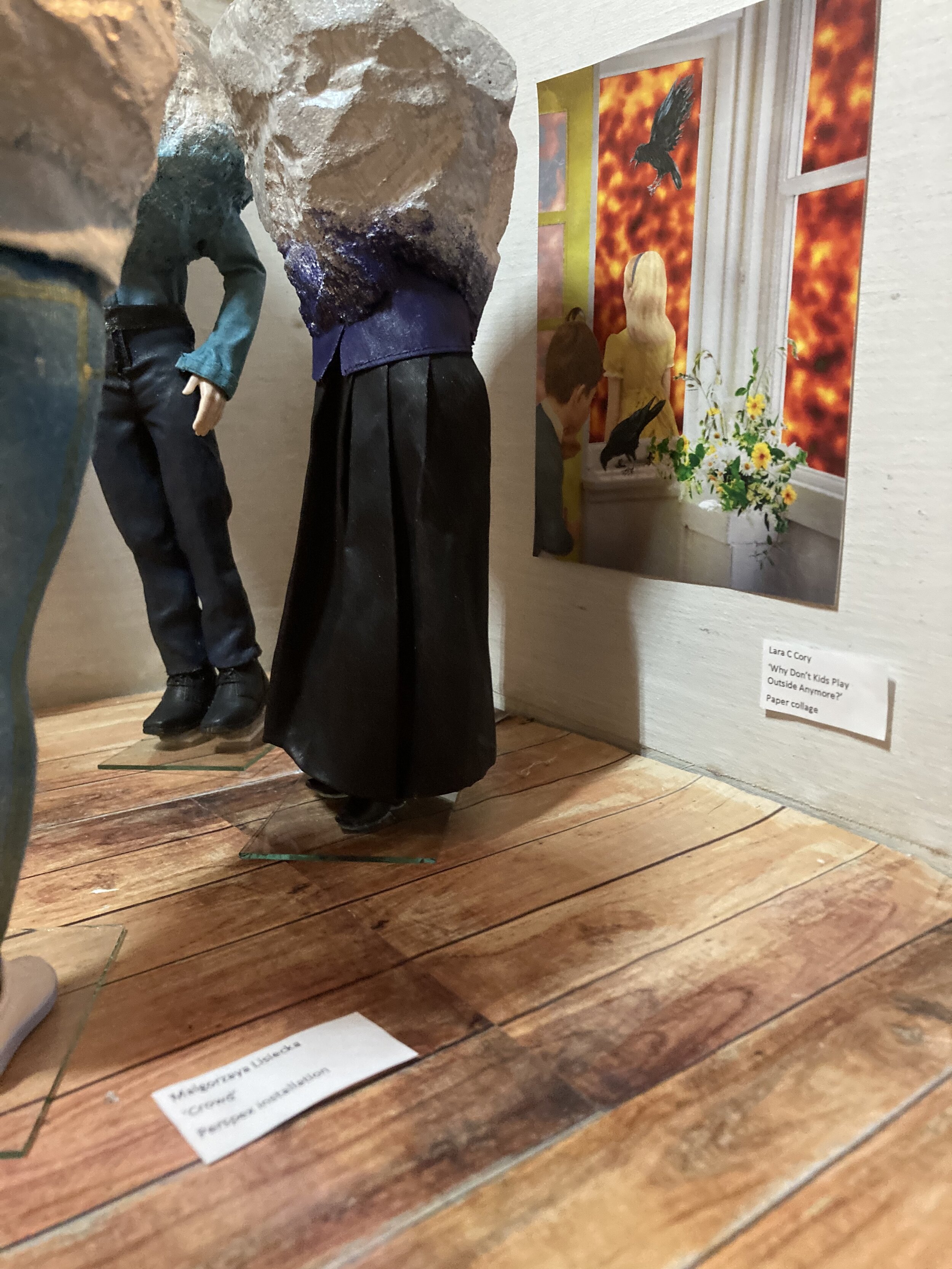
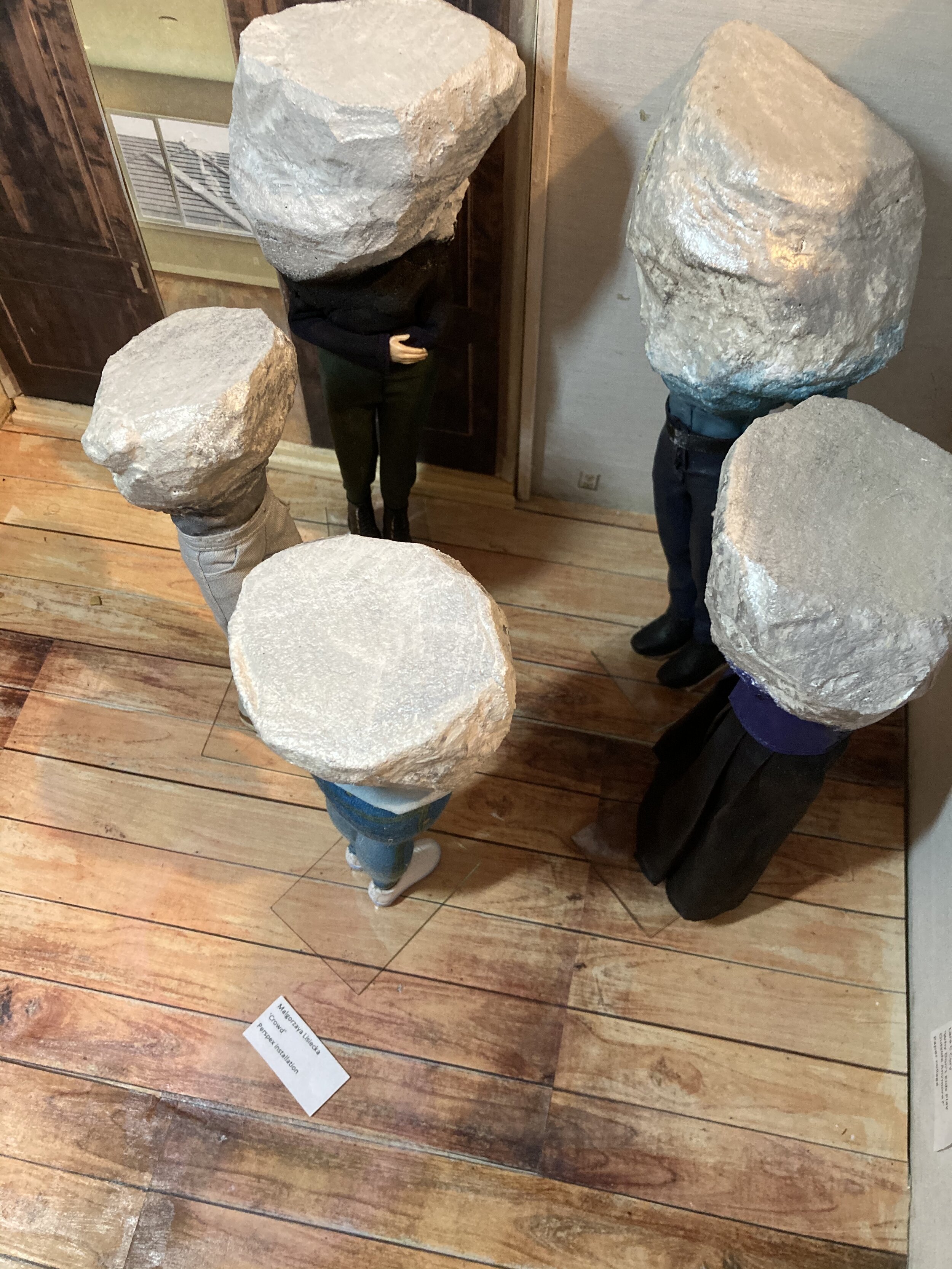
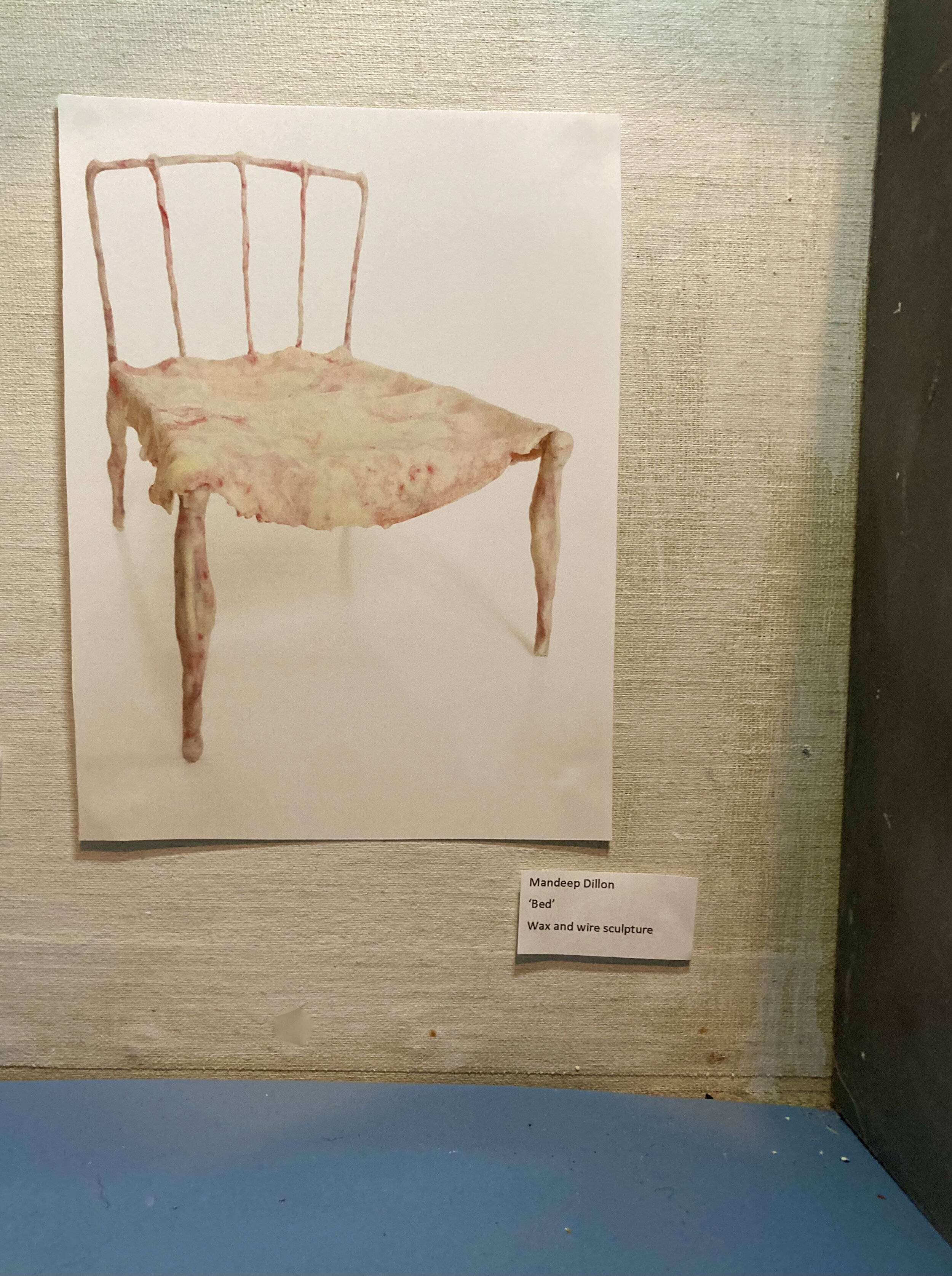
ARTIST - Mandeep Dillon
Contact
https://www.instagram.com/inbuilt_obsolescence/
Media
01 Armed, sculpture. Medium: Silicone & Wood 18cm wide x 25cm high 02 Bed, sculpture. Medium: Wax and wire 25cm long x 18cm high 03 Blond, print from installation 28cm x 28cm 04 Chicken with daughter's hair, print from installation 28cm high x 40cm wide. Gladioli, collage, 26 cm high x 17 cm wide
Bio
RCA alumni Mandeep works across a range of disciplines including video installation, photography, collage and sculpture. Mandeep Dillon draws on a personal malaise to explore iniquities imposed on the human and animal body and to consider its fragility, vulnerability and ultimate mortality.
Selected Exhibitions
2020 Pumpers and Tankers, Oxo Tower Gallery, London
2020 New Moon, Crypt Gallery Bethnal Green, London
2018 Sleep and the Unconscious, Wigmore Street, London
2017 This Year’s Model, The Human Stain, Studio 1:1 Gallery, London
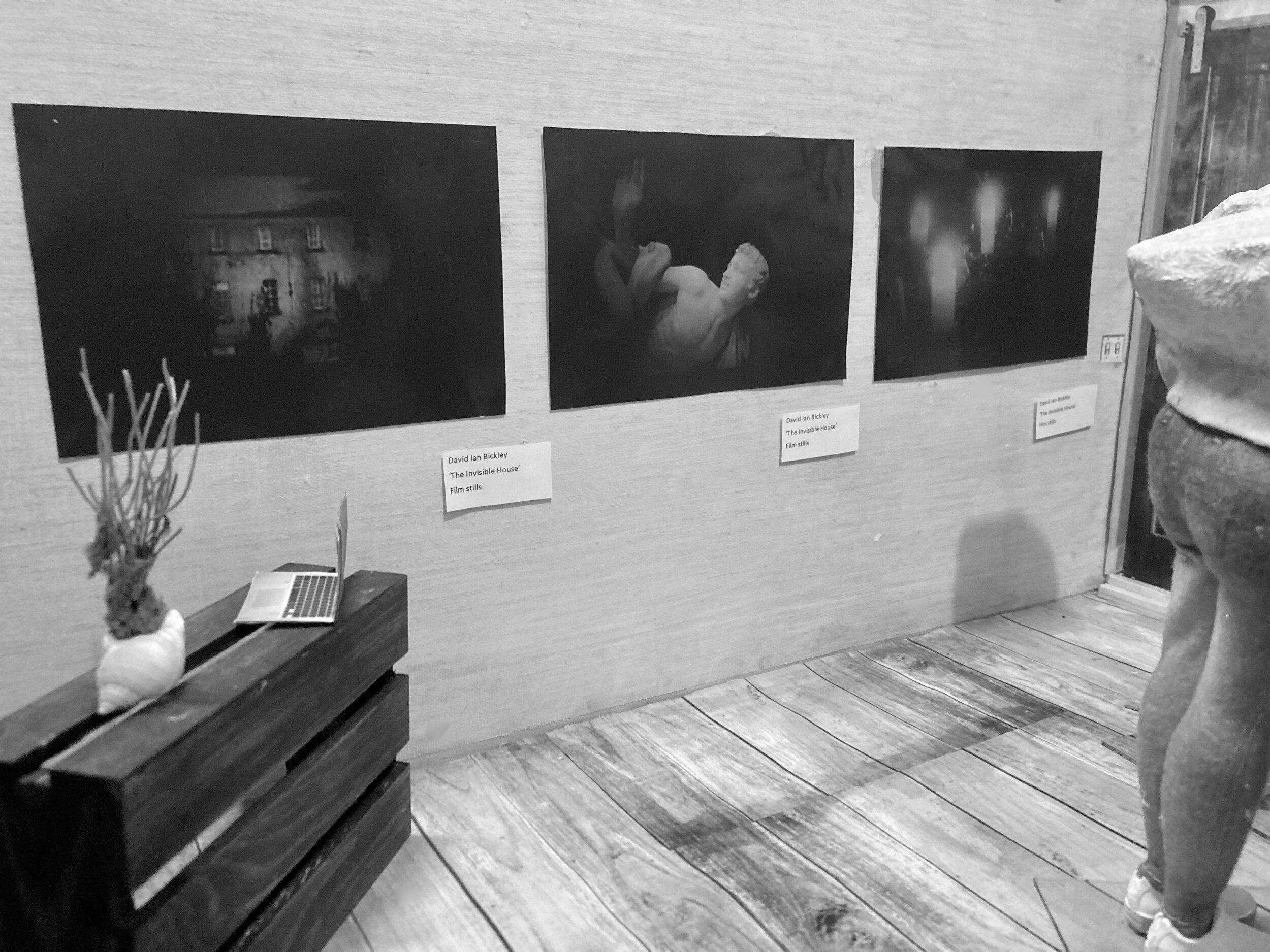
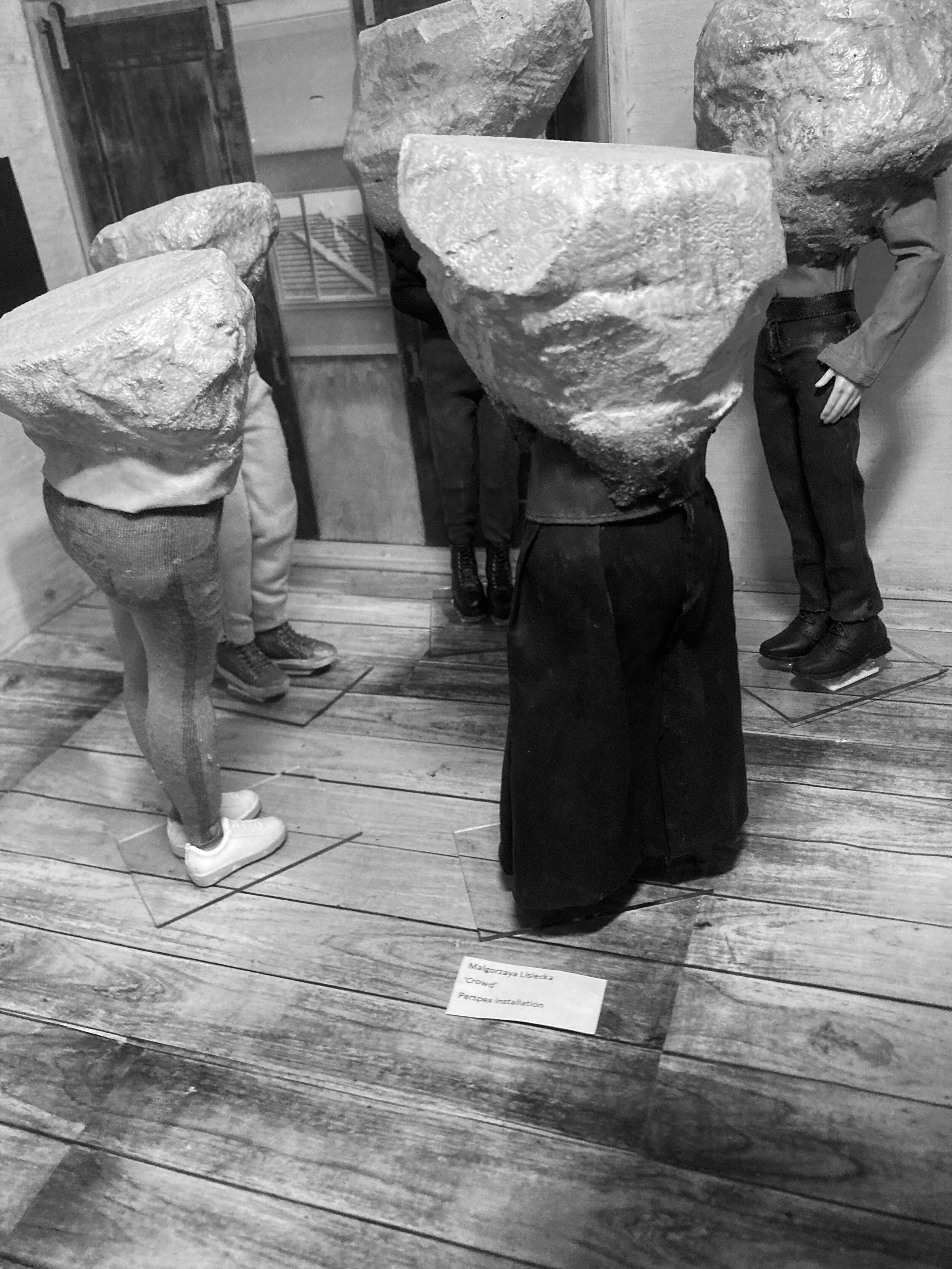
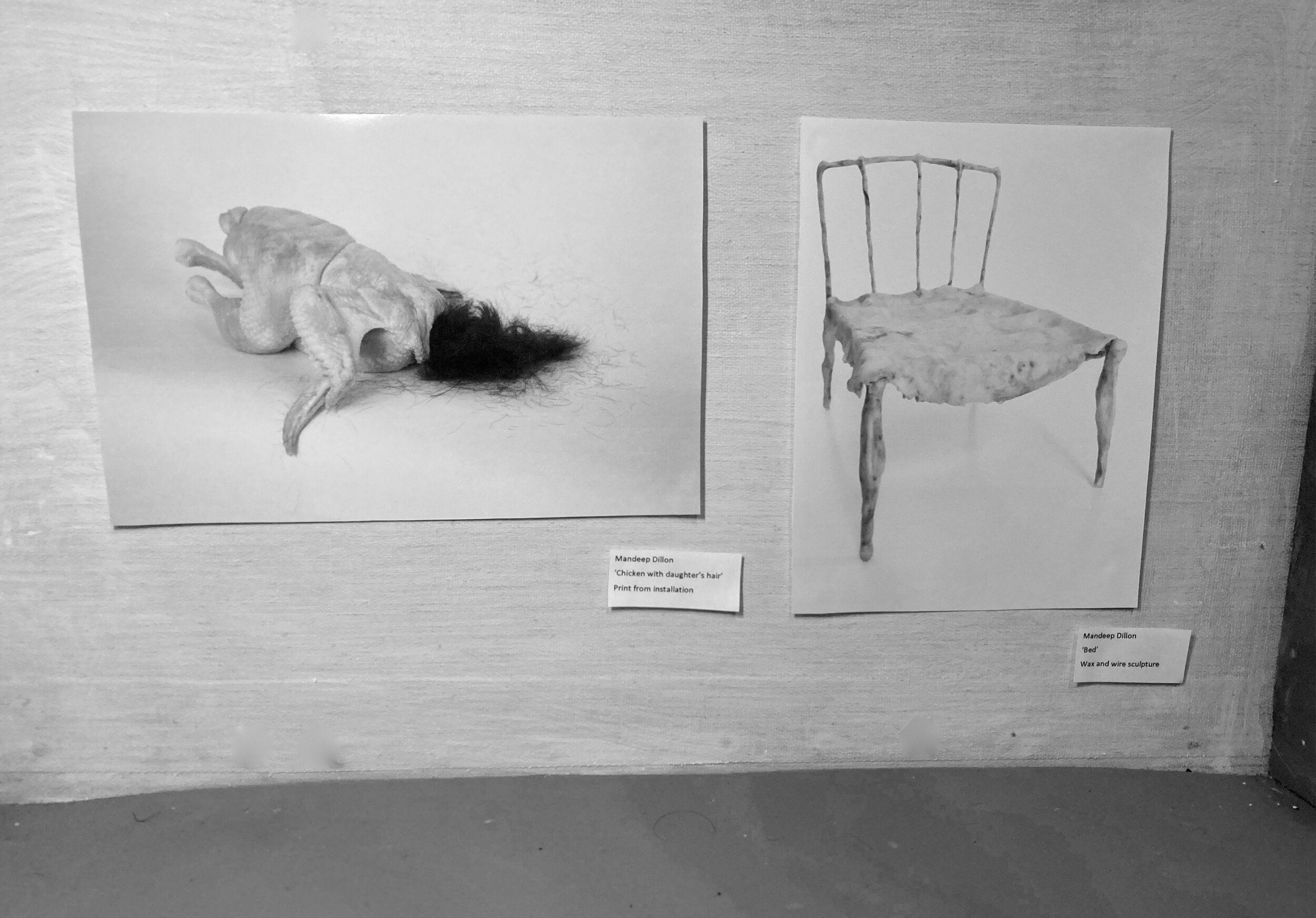
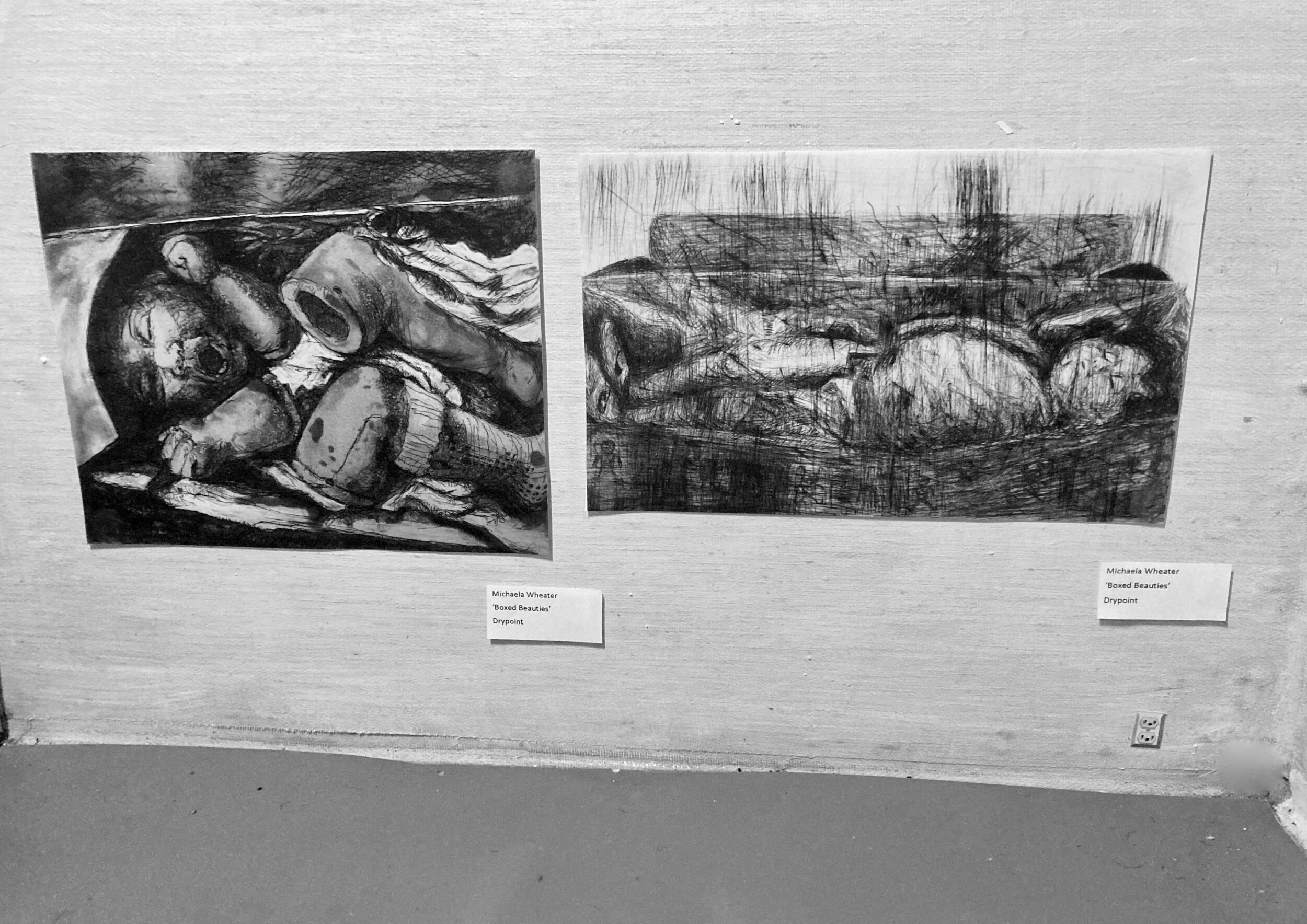

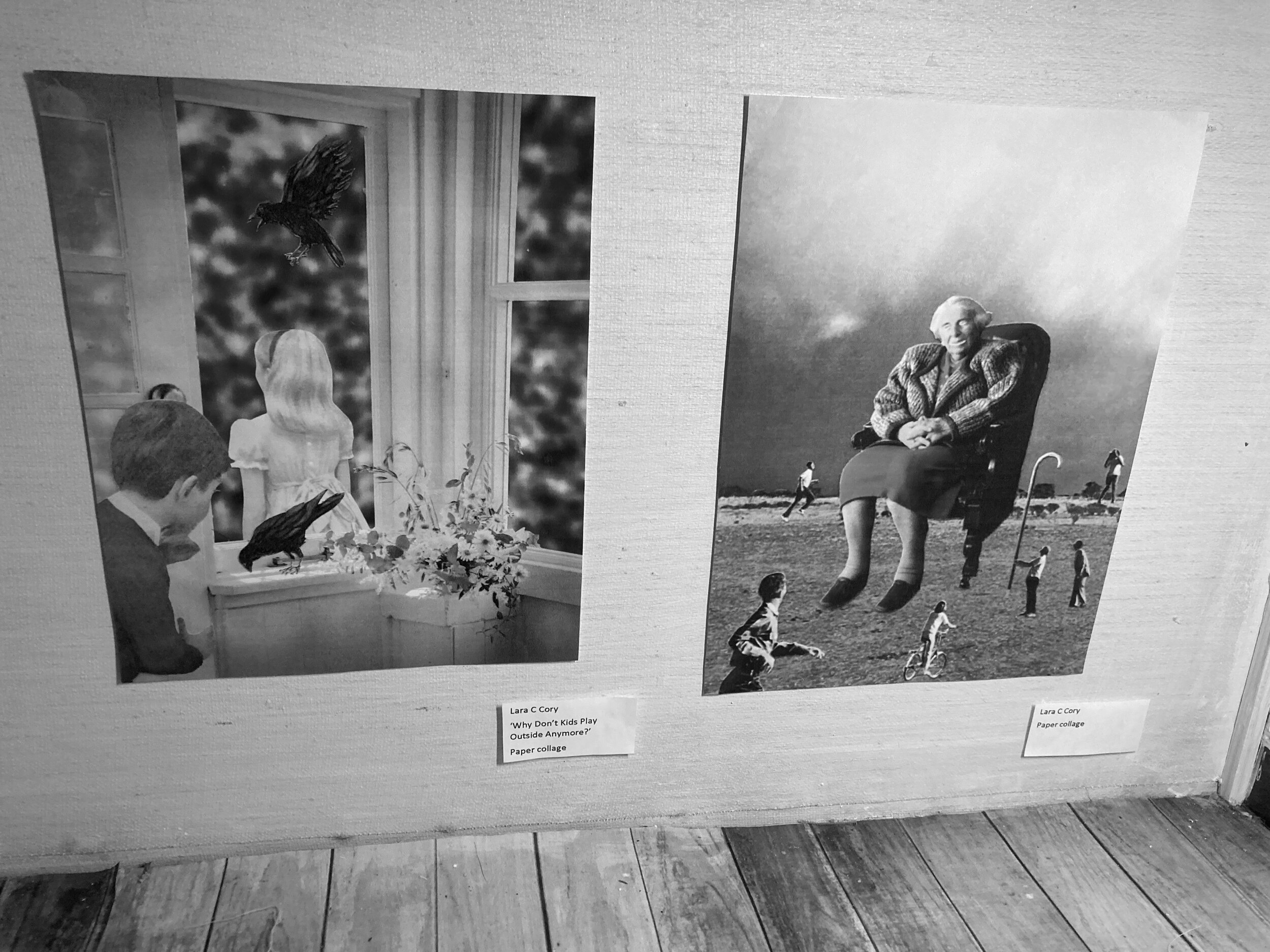
ARTIST - Rachael Rutherford
Contact
@rachaelrutherford_art
https://rachaelrutherford.wixsite.com/rachaelrutherfordart/home-2
Media
textiles and photograph
Bio
When making this piece, I had been reading in depth into Freud's theory of the uncanny, and how this theory of the familiar strange relates to our understanding of mortality, and how this is thought about in the same way as before our birth - the fear of burial becoming a desire to return to the womb. Through this, the powers of life all become related to the maternal figure, and so I became interested in using parts of the maternal anatomy to create something that exists outside of the circles of life and death, these eggsacs as a purgatorial like existence, that exists only within the maternal.
ARTIST - Michaela Wheater
Contacts
@michaela.wheater
Description
Latent Potential /dormant potential
Dolls are a powerful metaphor for the self: Our experiences and our relationships. This image is from an ongoing series of prints affectionately called 'boxed beauties' which are based on preloved dolls photographed for sale on eBay. These prints capitalise on ambiguity: They reflect a dark humour that plays on the viewer’s emotions, associations and experiences.
******************************************************
BY ARTIST JENNA FOX
Drawing in the expanded field
In recent years the category 'drawing' has expanded to incorporate a wide range of materials and processes, making it increasingly difficult to define. In contemporary art, the term 'drawing' might refer to a physical struggle (Matthew Barney), a fragment of a cinematic sequence (Tacita Dean), an object made linear (Cornelia Parker) or a geopolitical borderline (Doris Salcedo).The Expanded Field that we refer to was mapped by American Art Historian Rosalind Krauss in her essay Sculpture in the Expanded Field published in the journal October in 1979(4) as a framework to define a shift in sculpture at the time—a sort of un-monumental, non-architectural practice. While Krauss's 1979 essay identified sculpture's placement within an 'expanded field' as a condition of postmodernism, the study of drawing might suggest alternative models for thinking about historical continuity and rupture within cultural practices.
Our new April exhibition is an exciting one -
Drawing in the expanded field by RCA Masters Student
Bio
Jenna Fox is a British artist studying an MA in sculpture at The Royal College of Art. Her work explores the themes of home, memory, life as a woman, and control. is currently on show at The War Horse Memorial, Royal Ascot and has been shown at The National Trust, The RSPB, Earley Station, Trowbridge Town Hall, and The Crypt Gallery, London, on permanent display at South Western Rail, The Sculpture Park Farnham, and Frimley Park Hospital.
Exploring trauma, women and family connections, control and the domestic are central to the work that multidisciplinary artist Jenna Fox makes. This is in relation to universal debates on feminism, home, gender, and identity. Expectations of the role of women and the pressures of juggling and keeping life and soul together are ongoing themes in Fox’s work. The burden has fallen back to women seeing an increase in domestic violence and 40,000 additional calls to the Domestic Abuse hotline - and all the while women are taking the brunt of homeschooling, working, feeding the dog, and looking like a goddess. In this unique solo show, Jenna Fox presents sculptures, installations, and drawings as manifestations of these debates.
Often kitsch, tongue in cheek, and playful, the work sticks its tongue out at life’s hardships as a coping mechanism. This confessional and candid show seeks to expose issues that are often kept silent and show our vulnerabilities are our strengths as well as explore the ways in drawing can be expanded within its field.
*****************
THIS IS A GROUP SHOW EXPLORING THE LANDSCAPE / BODYSCAPE OF THE WOMEN
A special exhibition for Women’s history month,
this show sees the union of four women artists to explore the female body and the associated narratives that surround them.
Each discussing the body with a different approach, artist Laura Greenway explores her own relationship with her body whilst tackling mental illness, drawing parallels between her physical body and the inner workings of her mind. Similarly, artist Amy Oliver often uses the body in her work to examine issues such as invisible illness and she often touches on domestic and sexual violence towards women.
Artist and curator Nichola Rodgers take a look at the relationship between nature and culture, rethinking the traditional landscape whilst taking an interesting look into topics including eco-feminism and gendering nature. Lastly, the simple yet beautiful creations of emerging artist Linear create uses the medium of digital drawing to celebrate the female form.
In a week that has seen a national discussion being sparked around the safety of women, this collection of body expressions help to start a conversation about the different stories and concepts that are connected to women today.


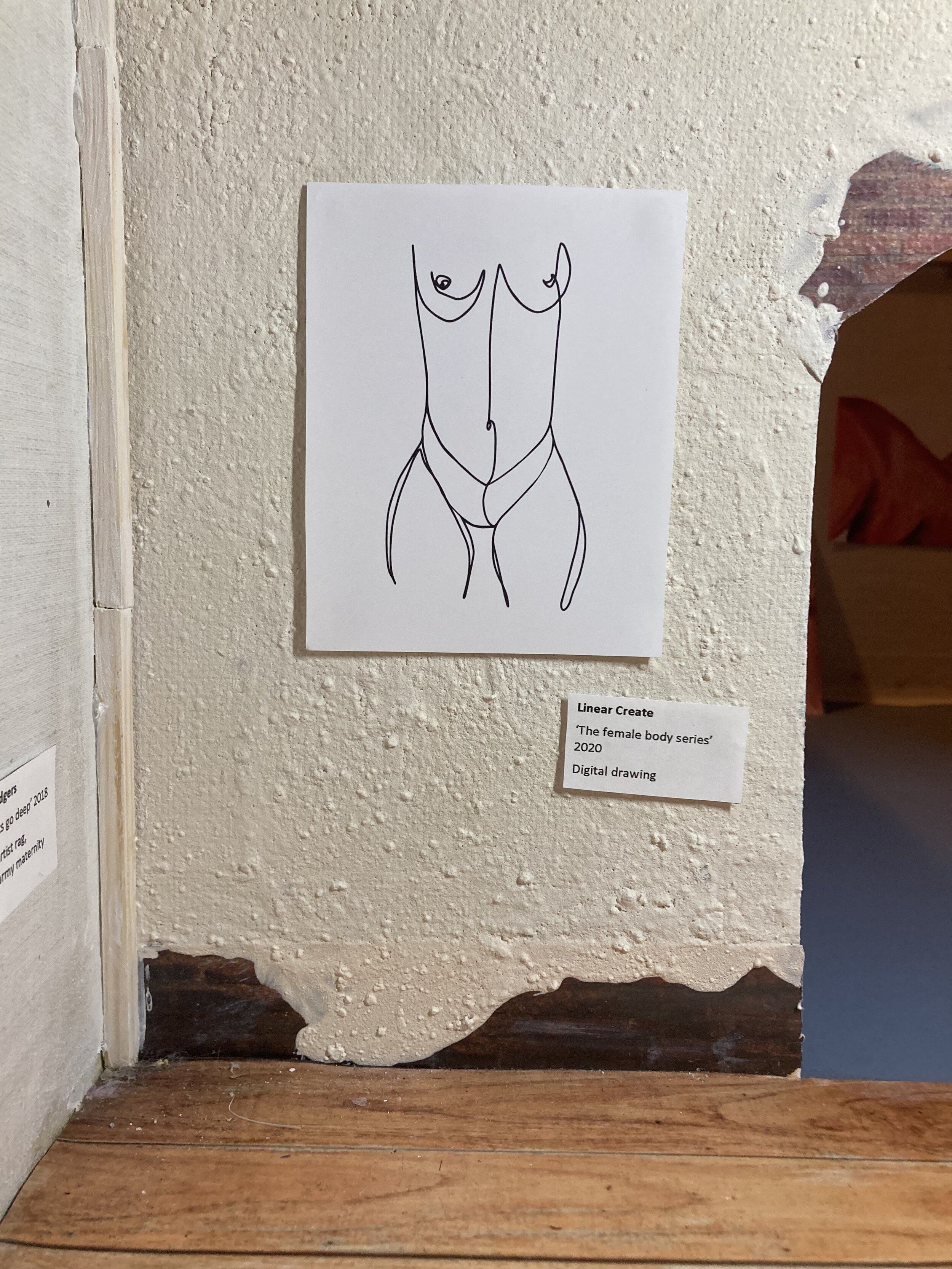
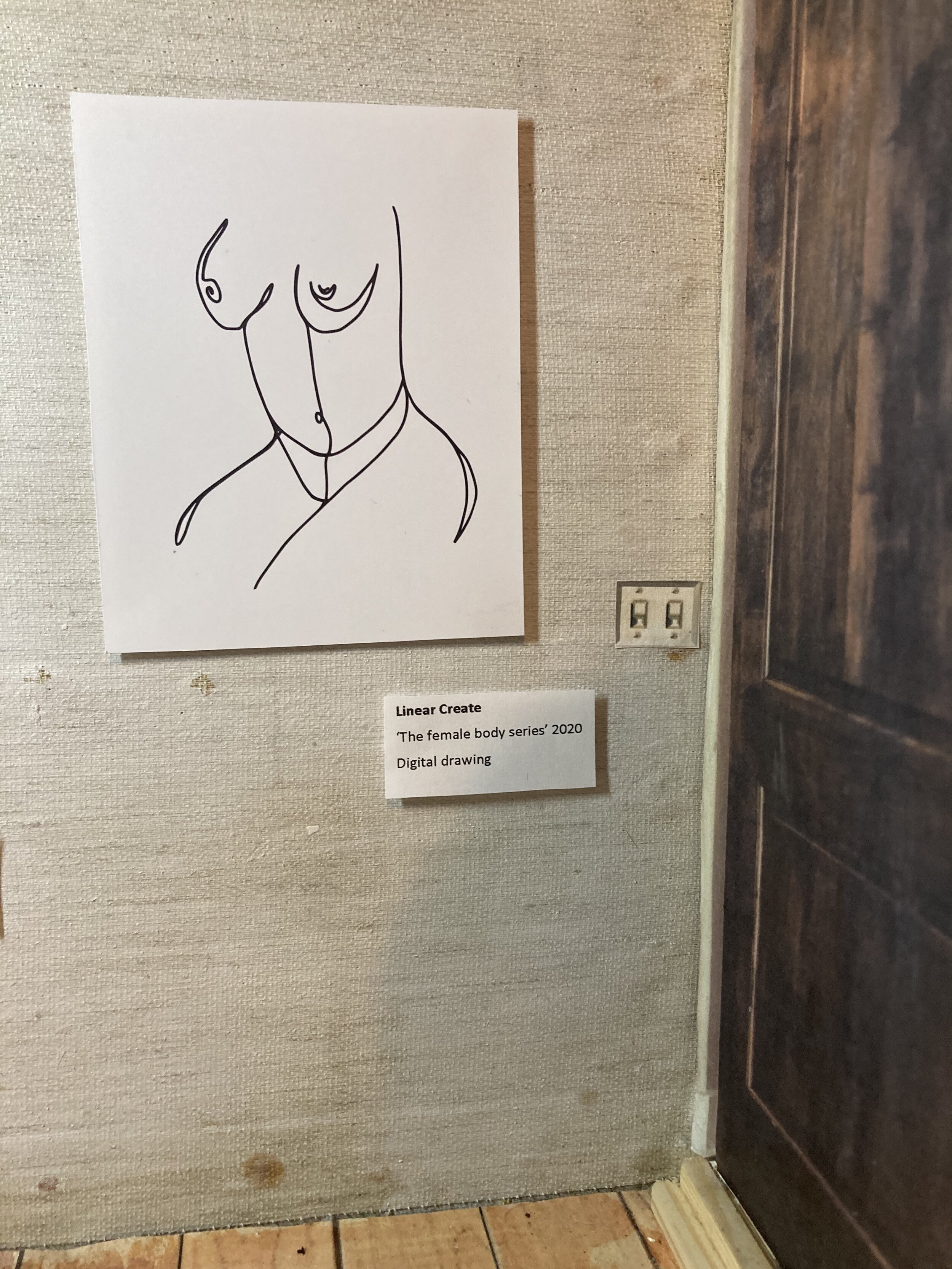
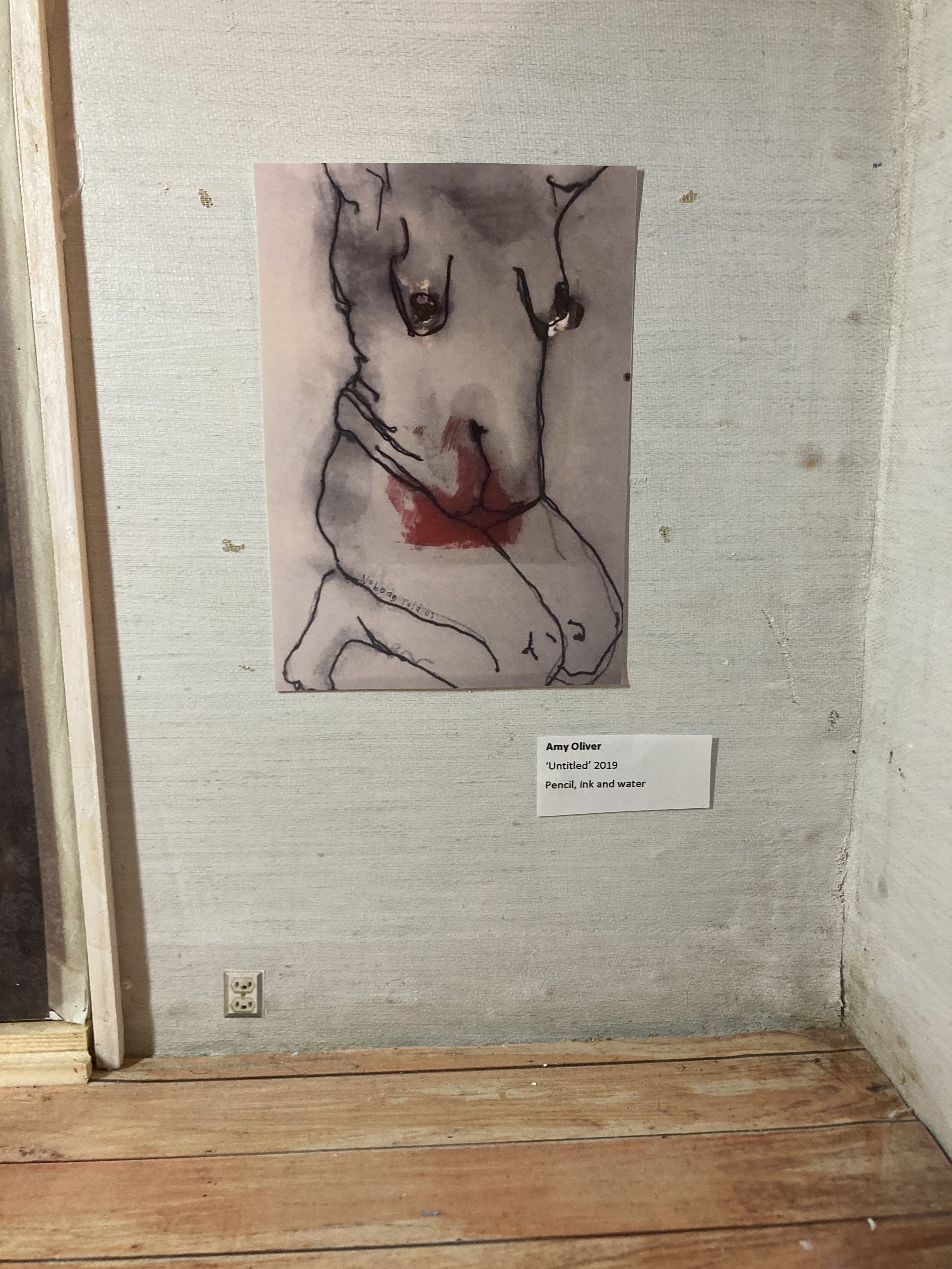
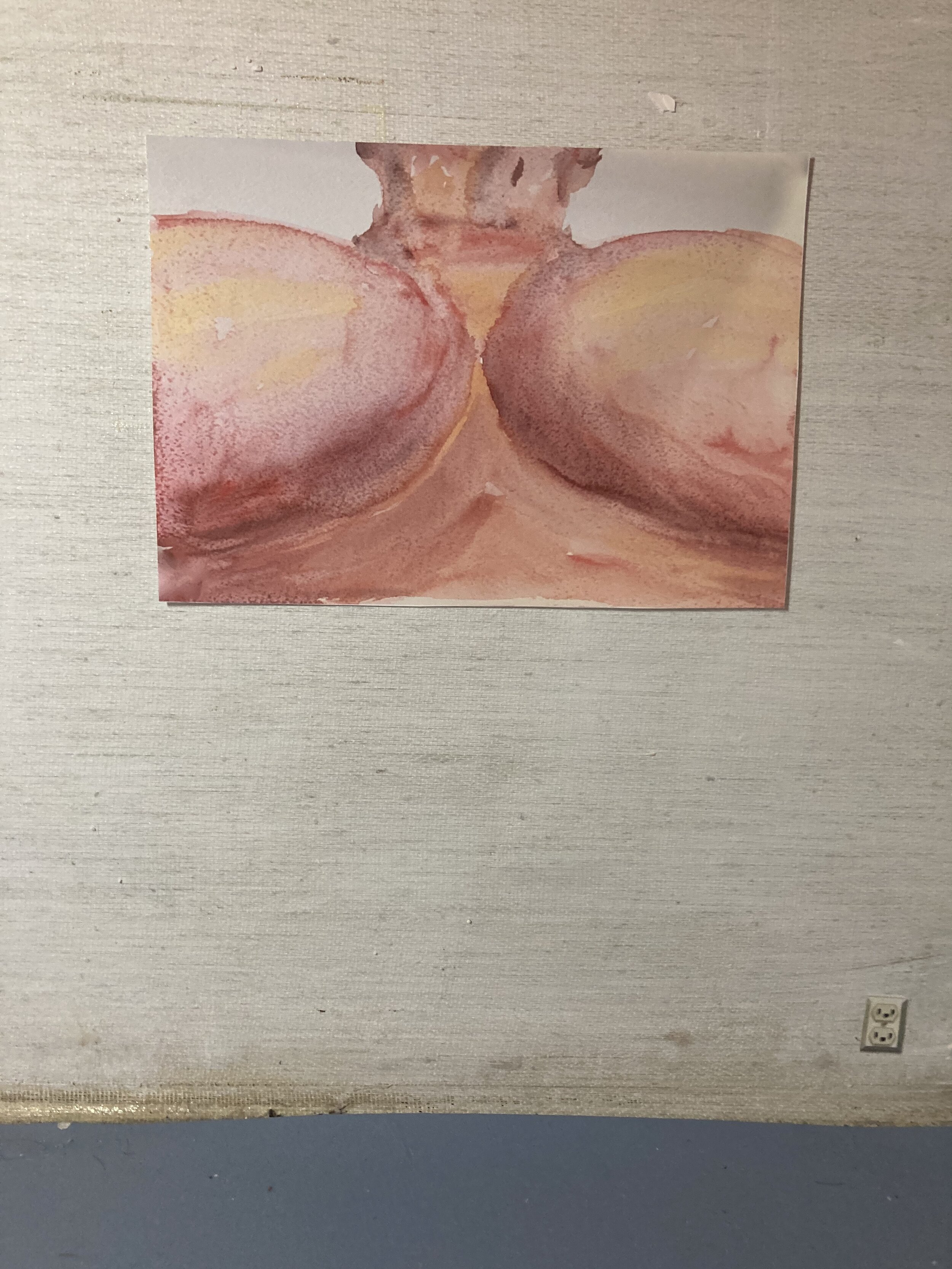
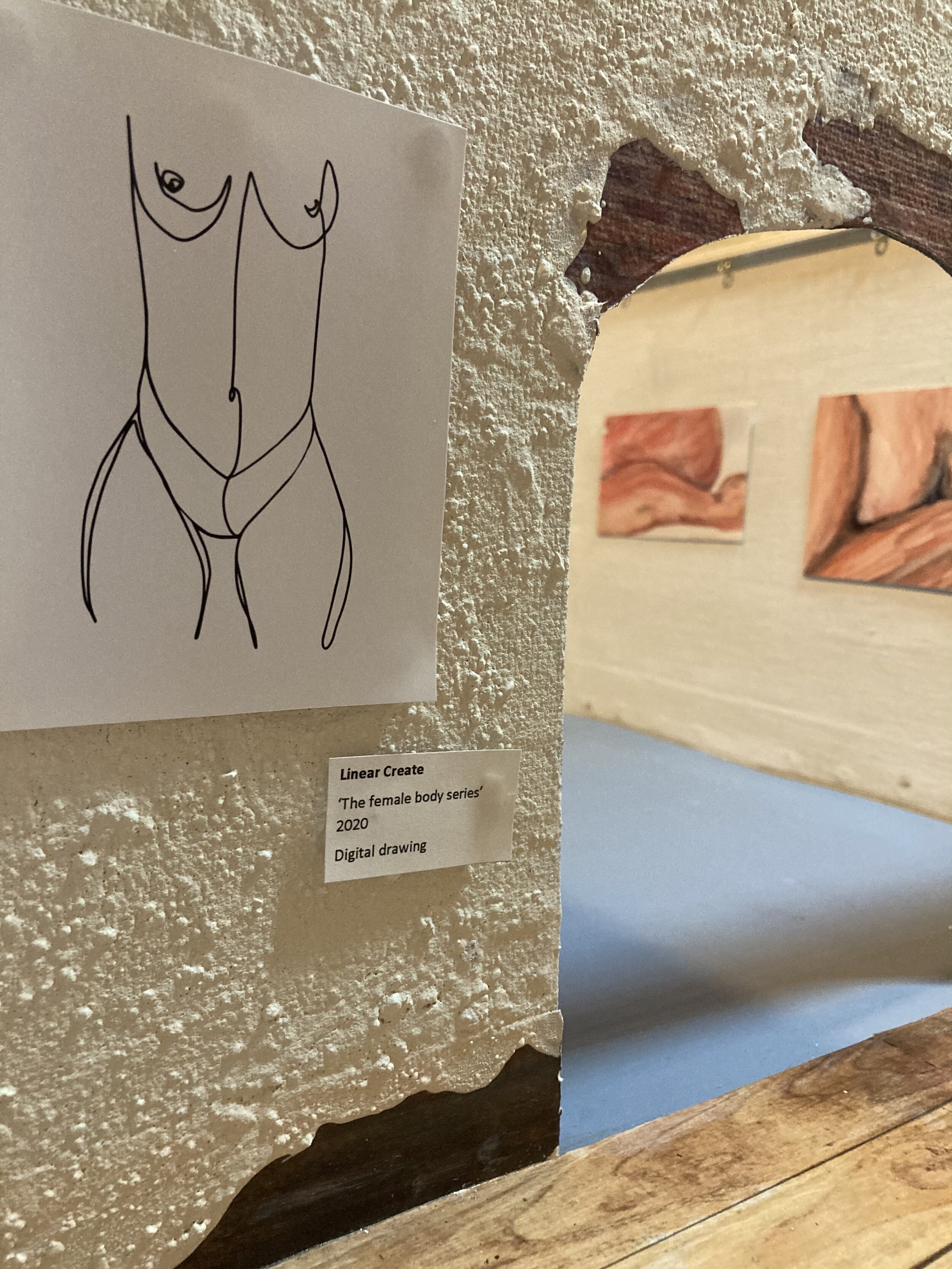
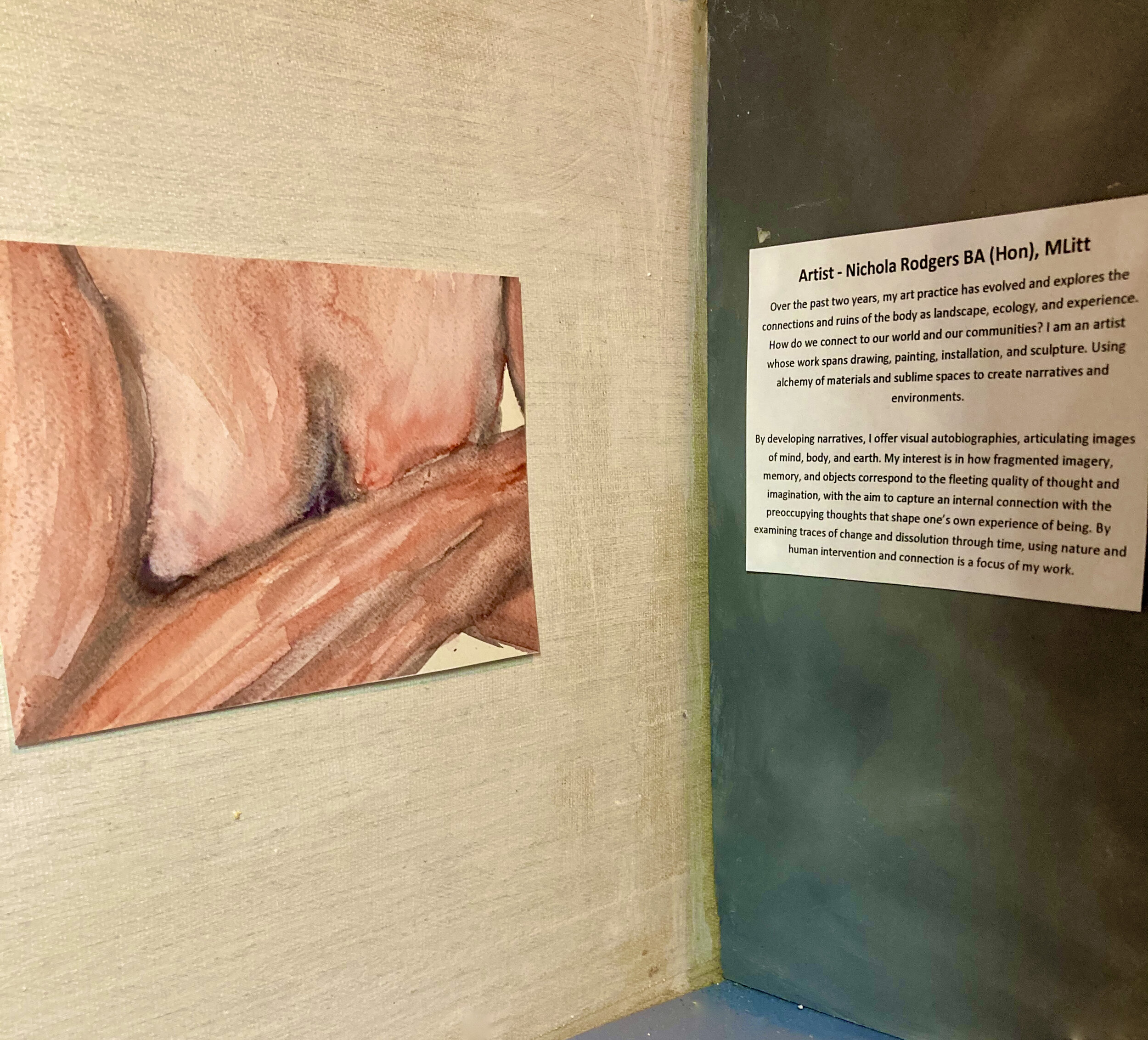
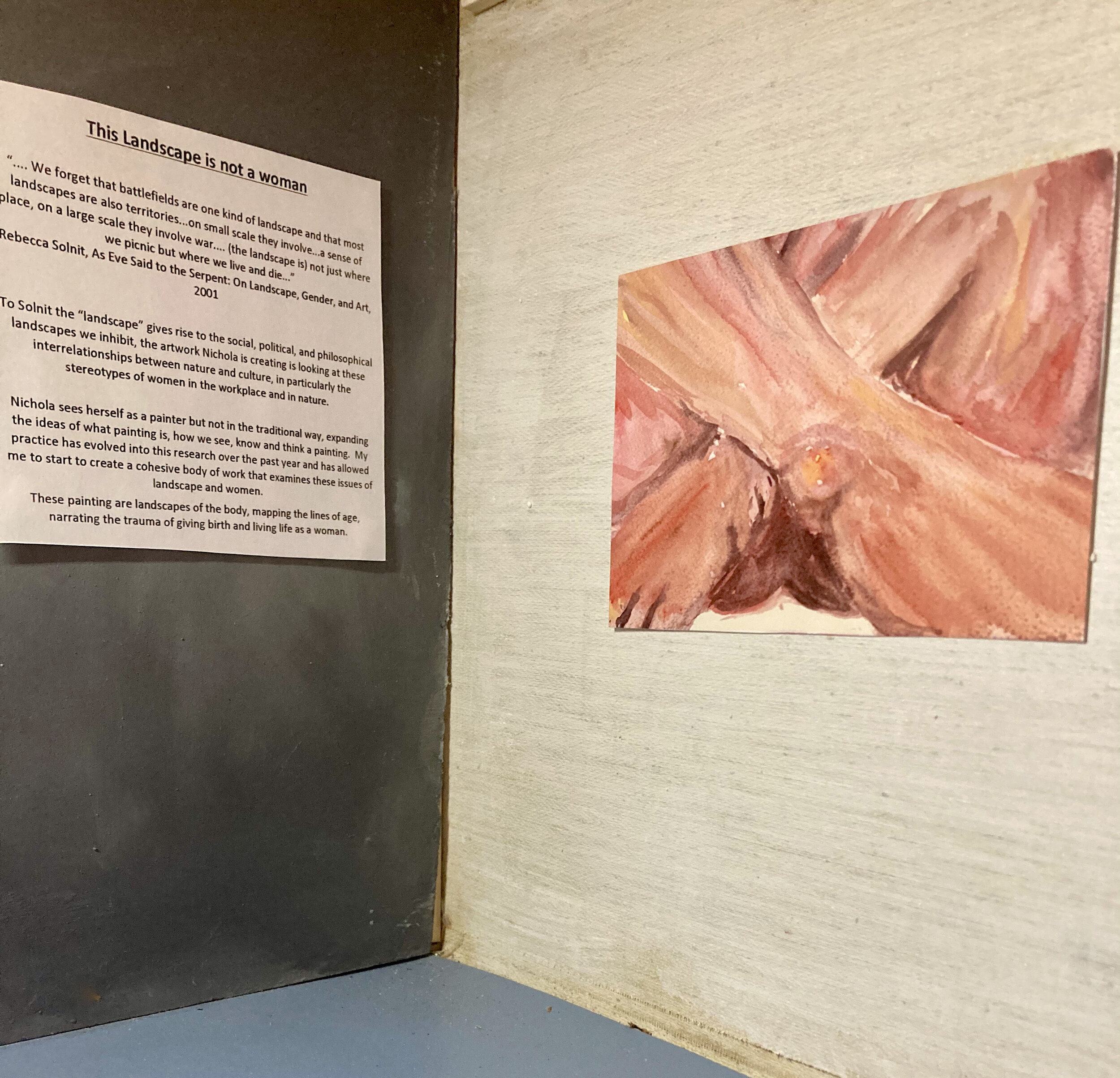
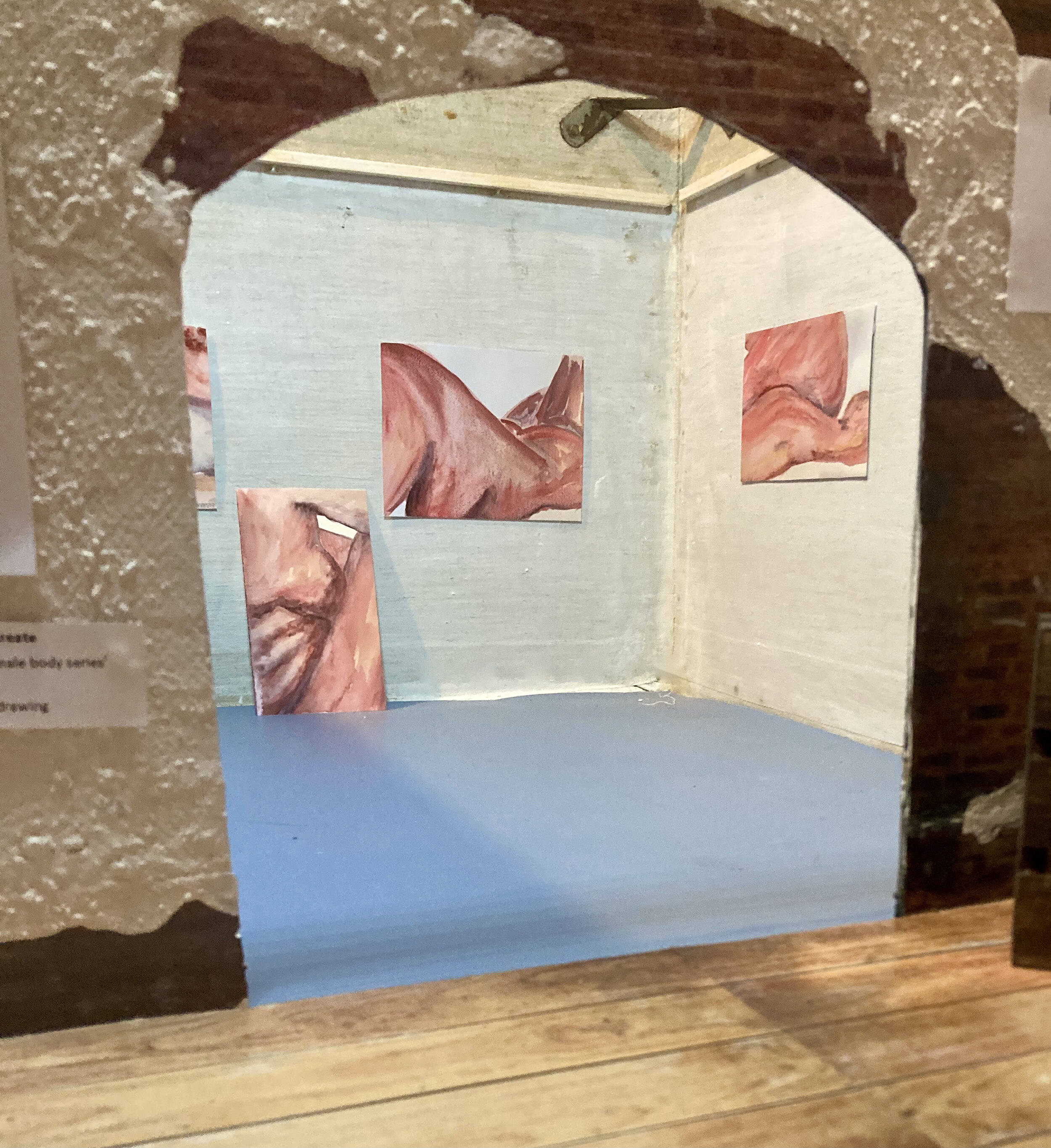
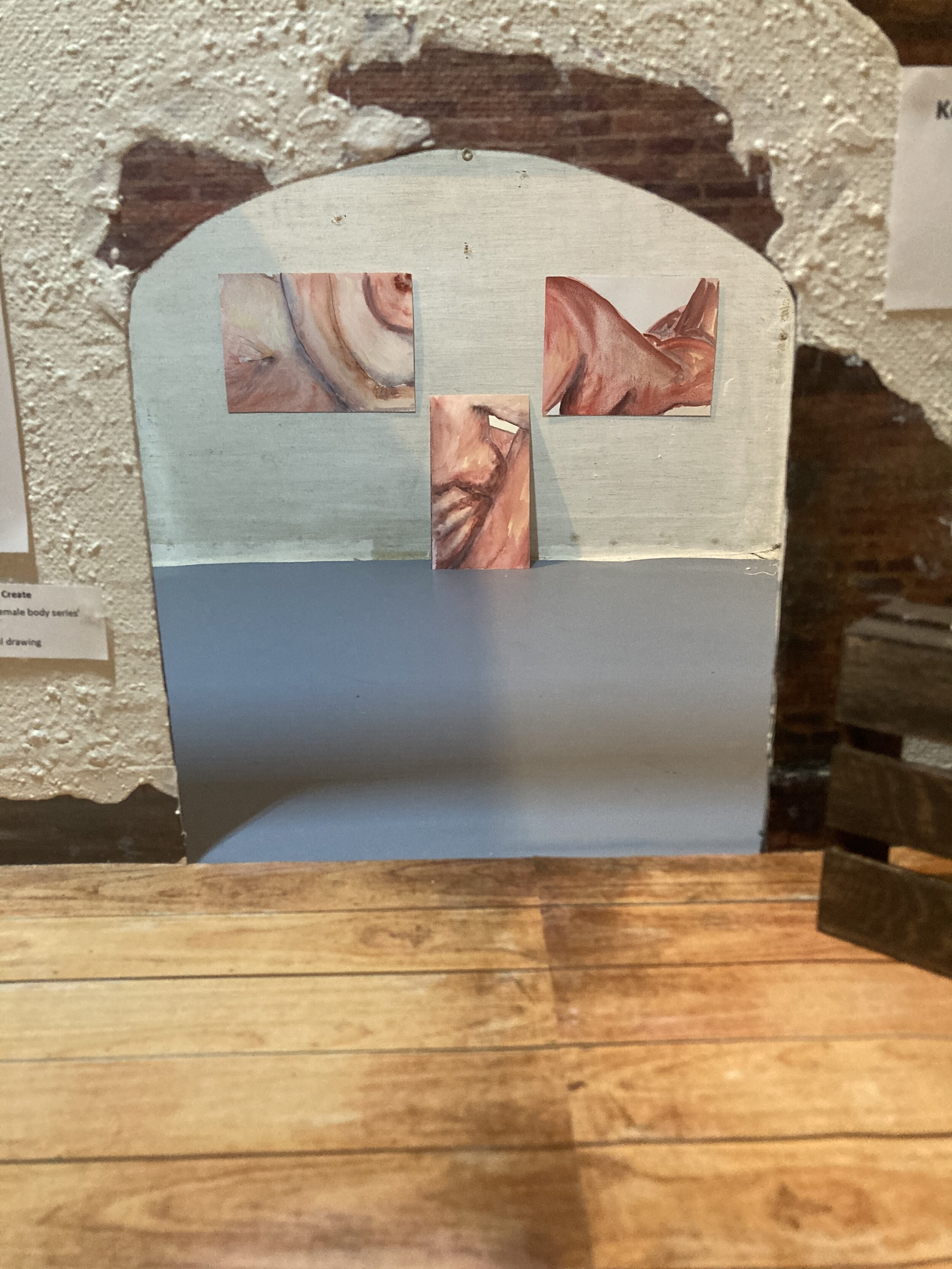
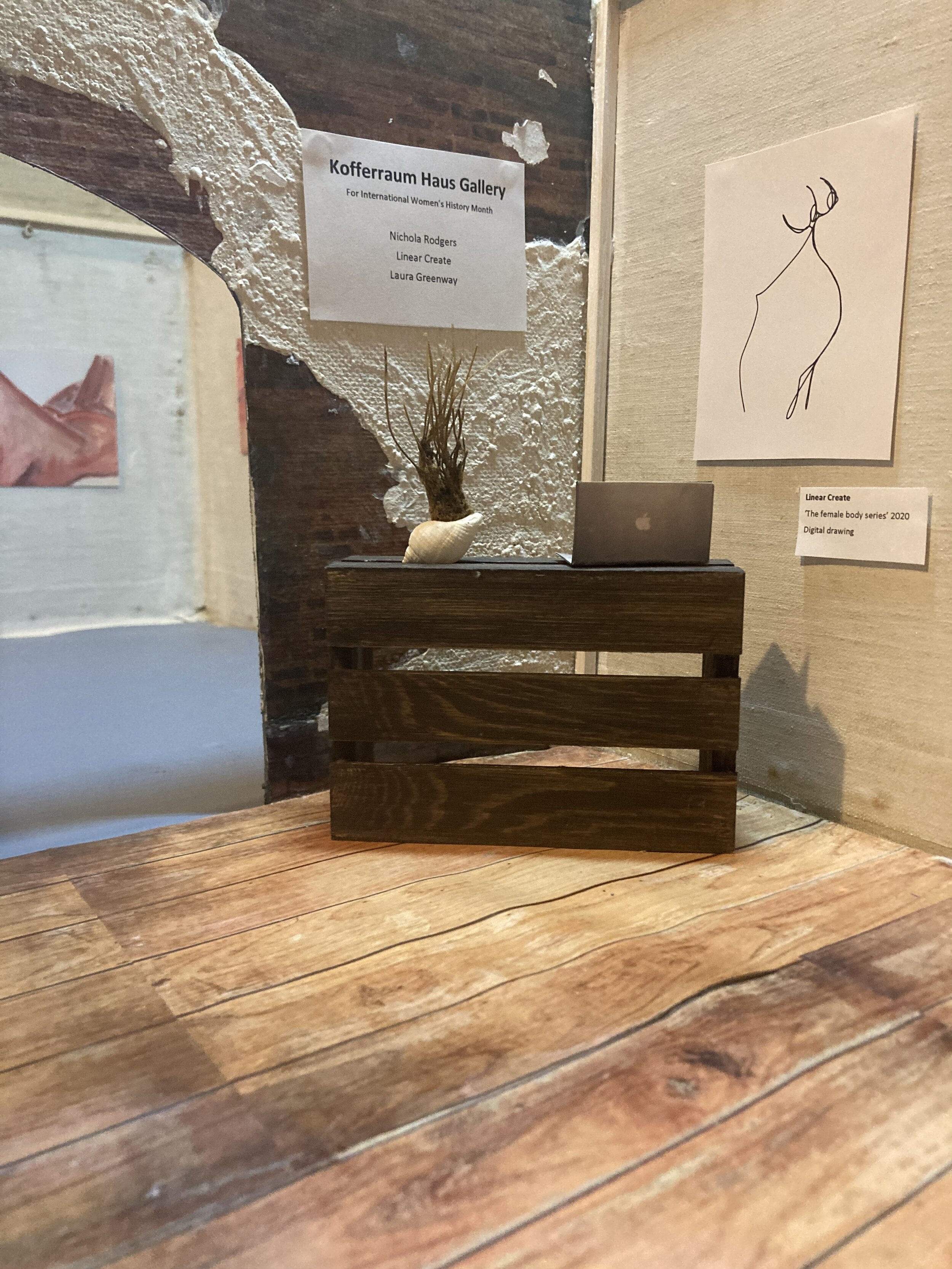

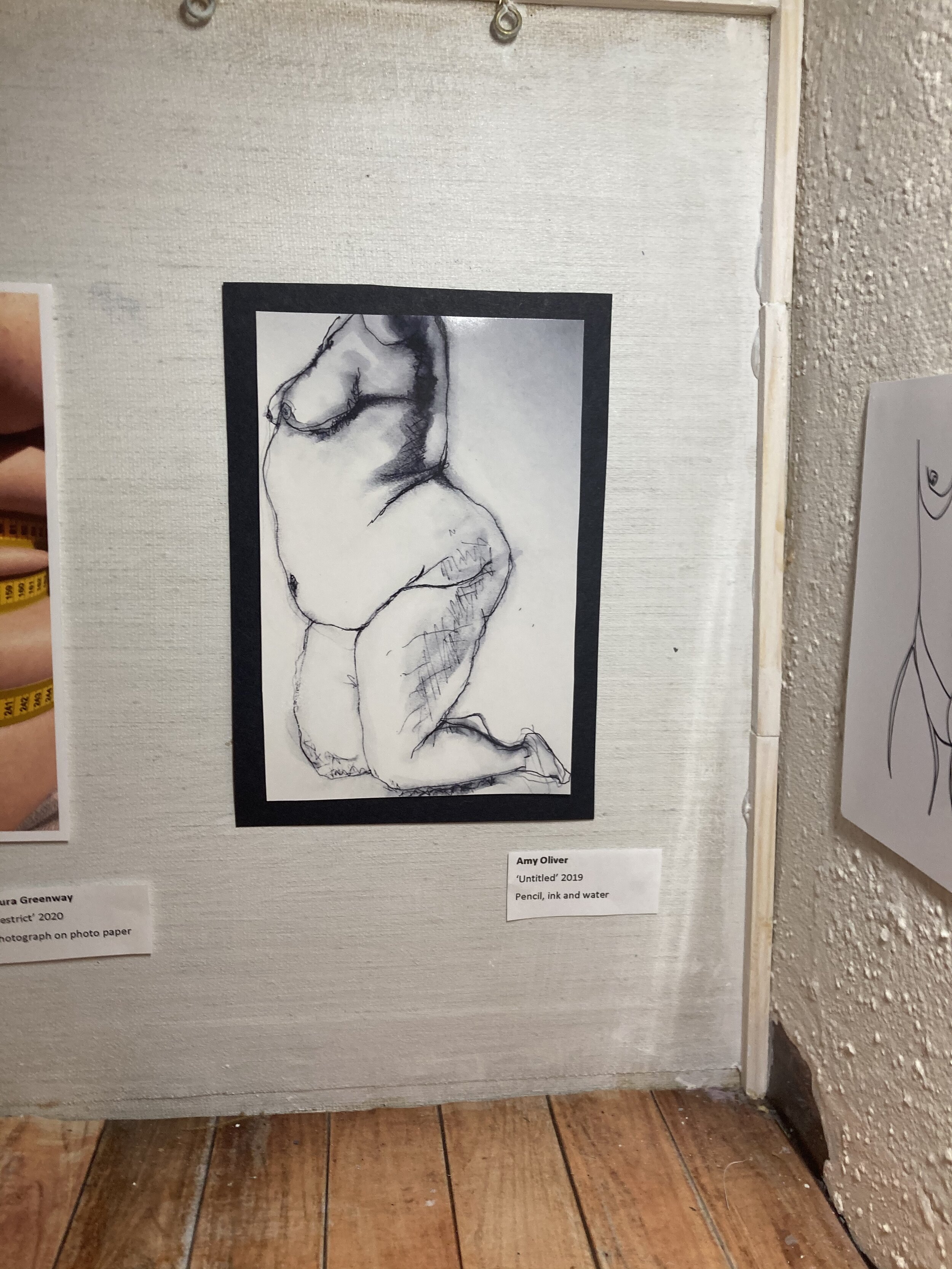
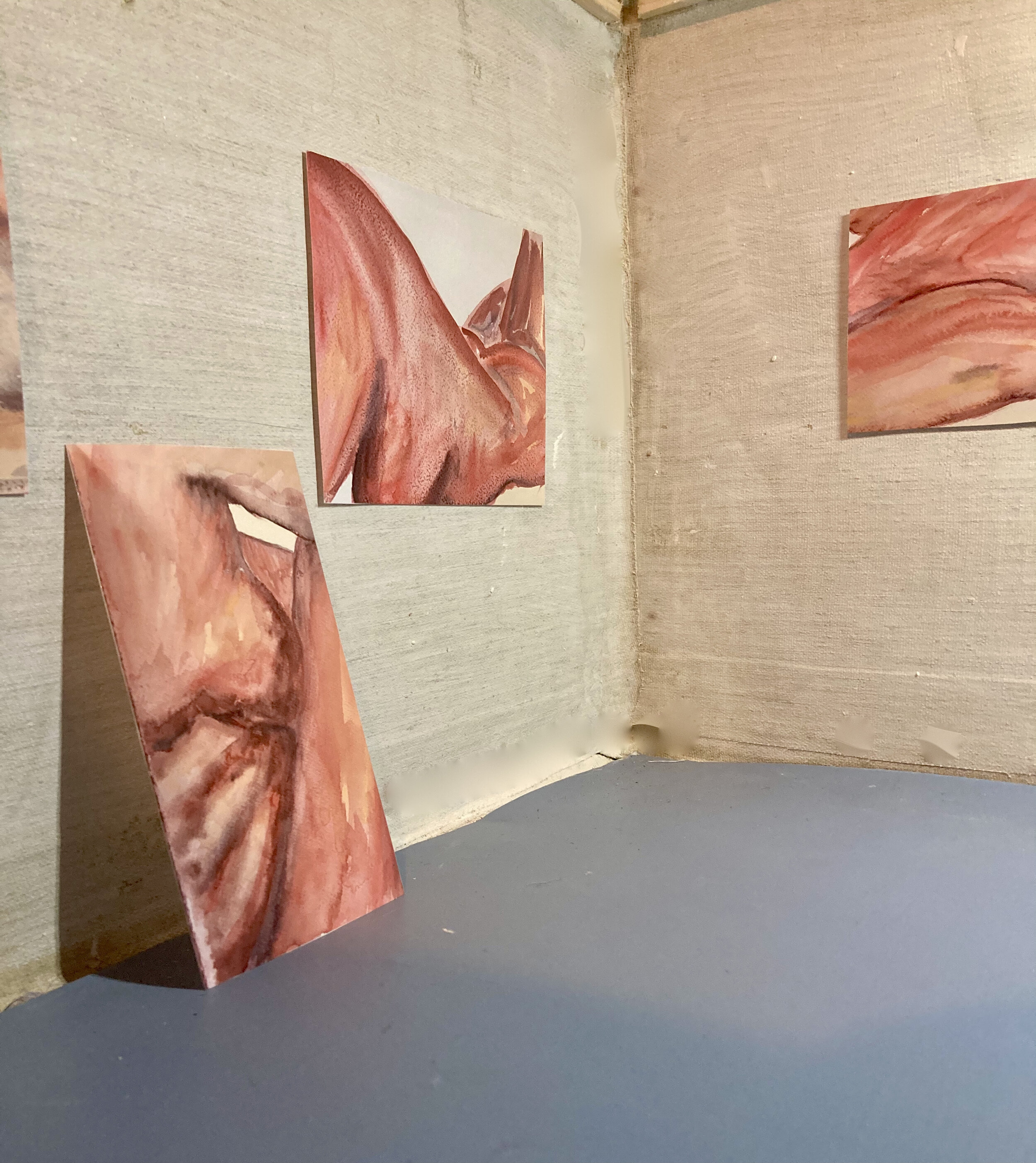
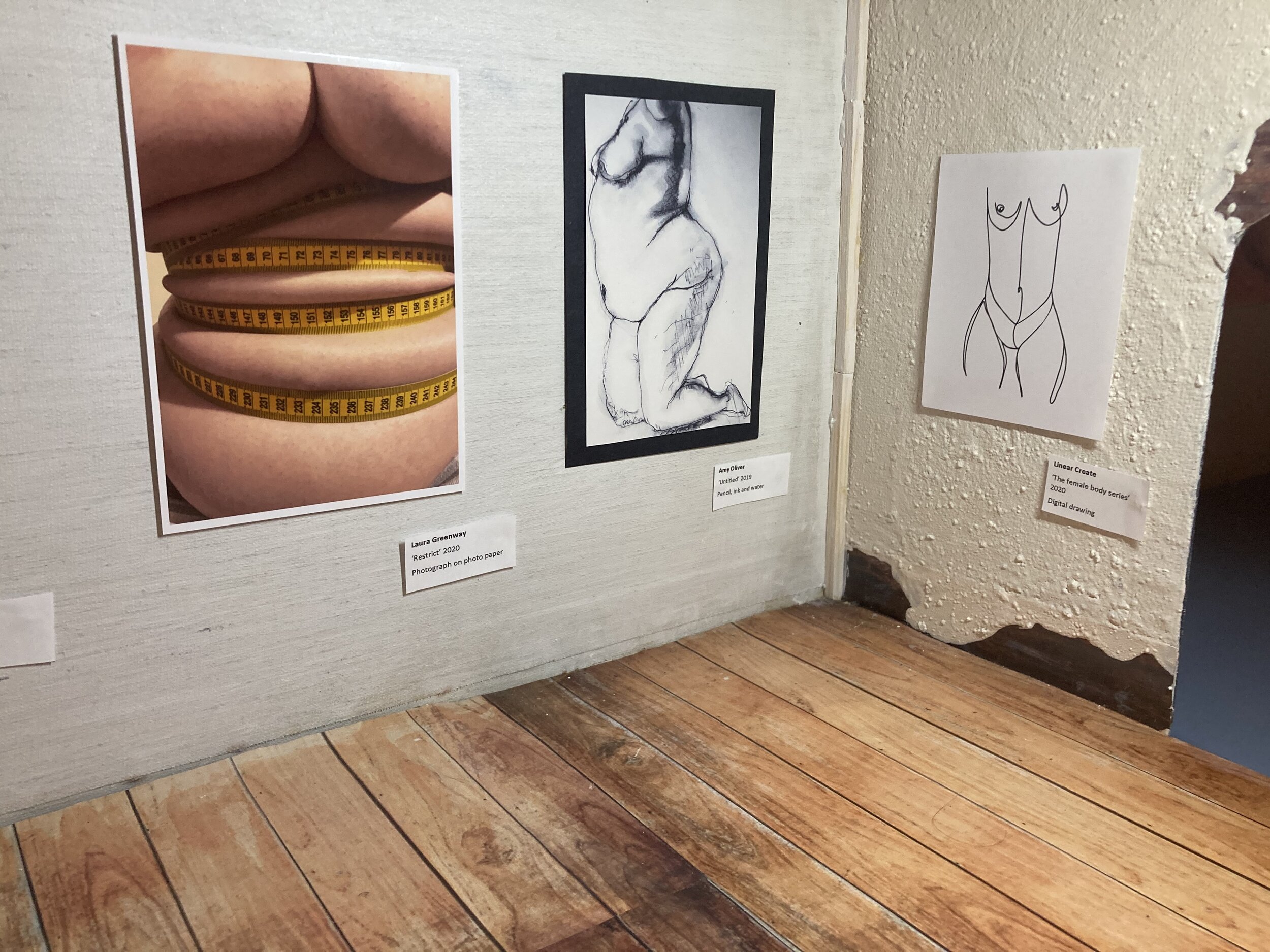
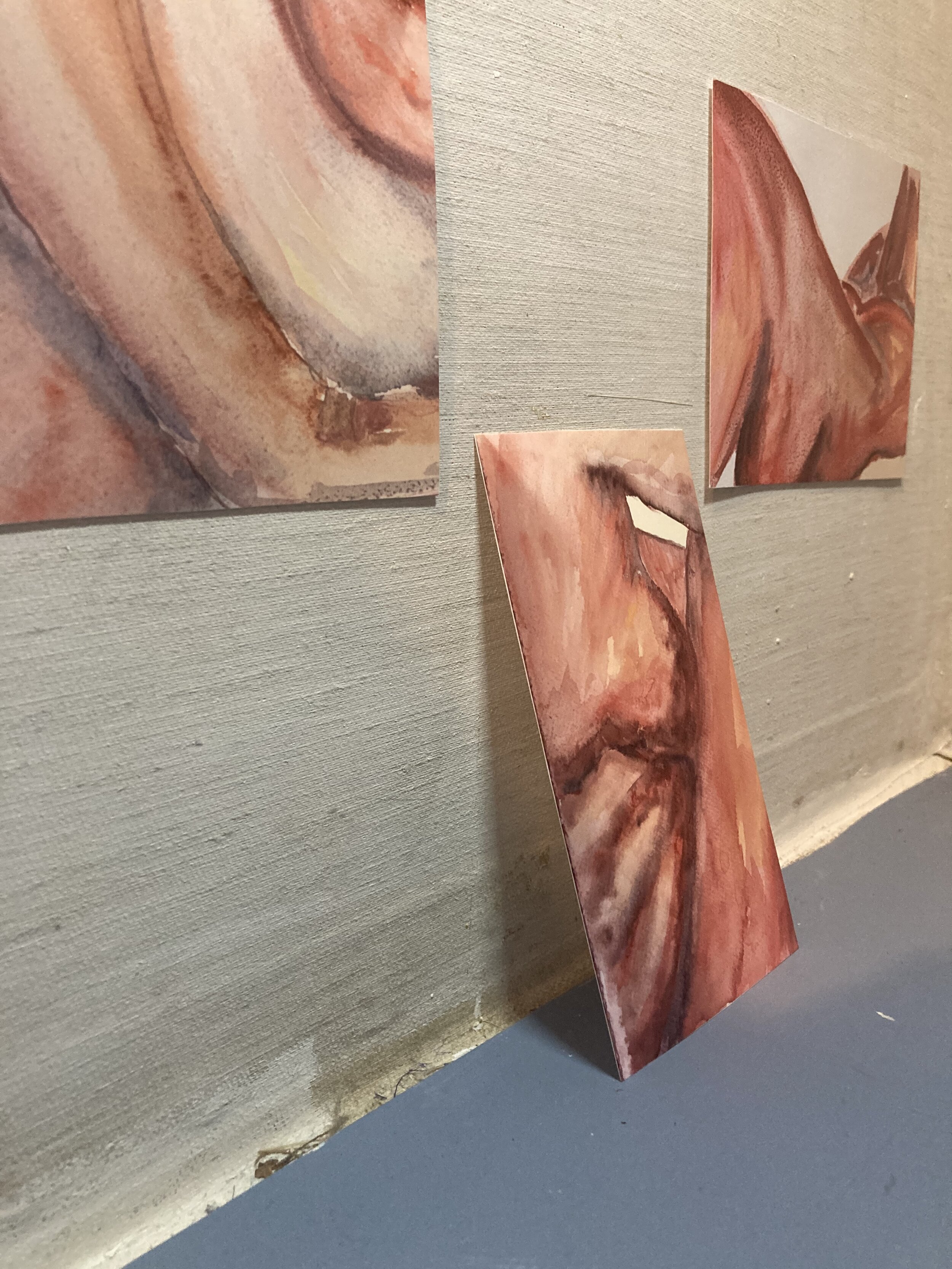
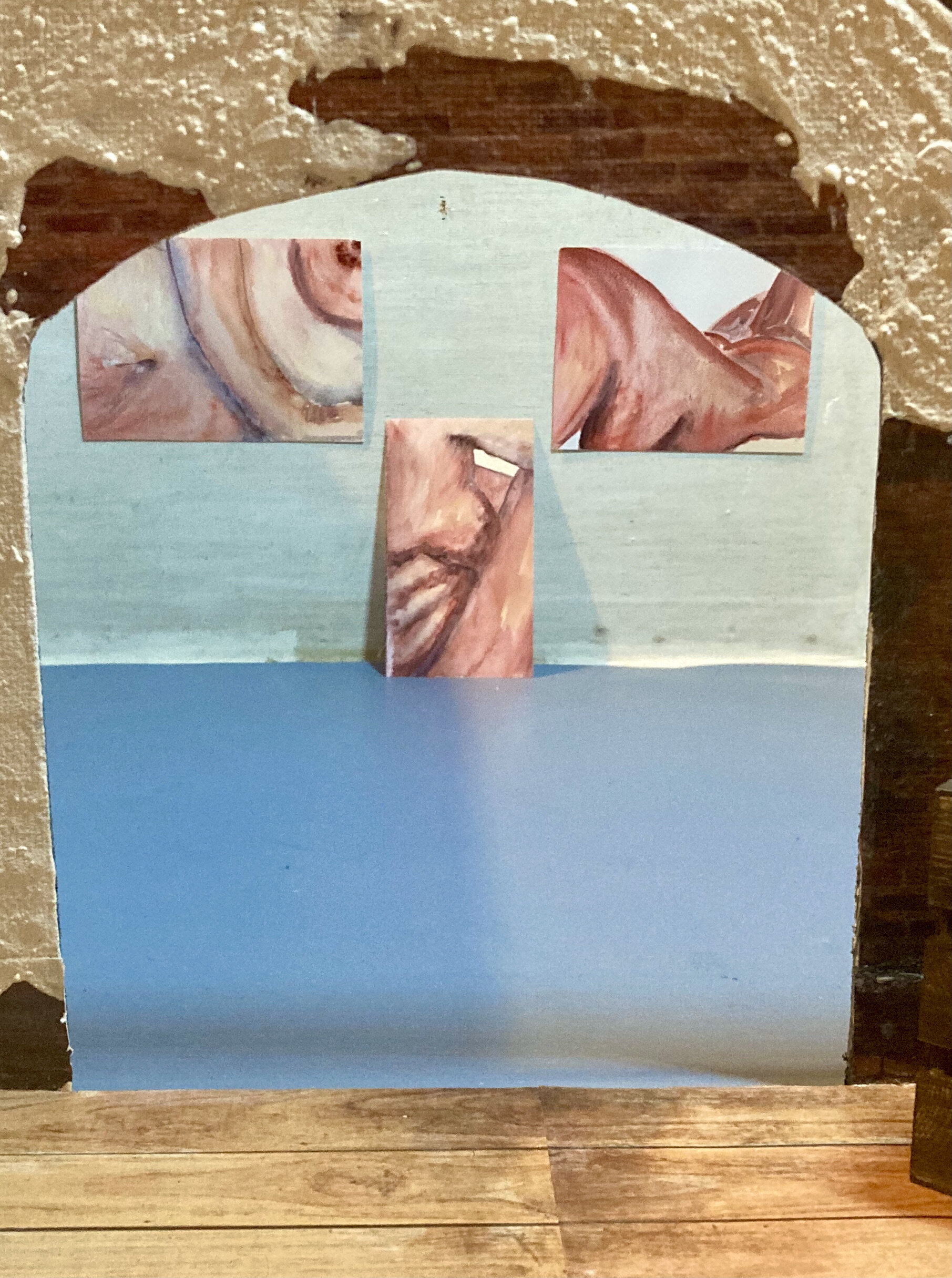

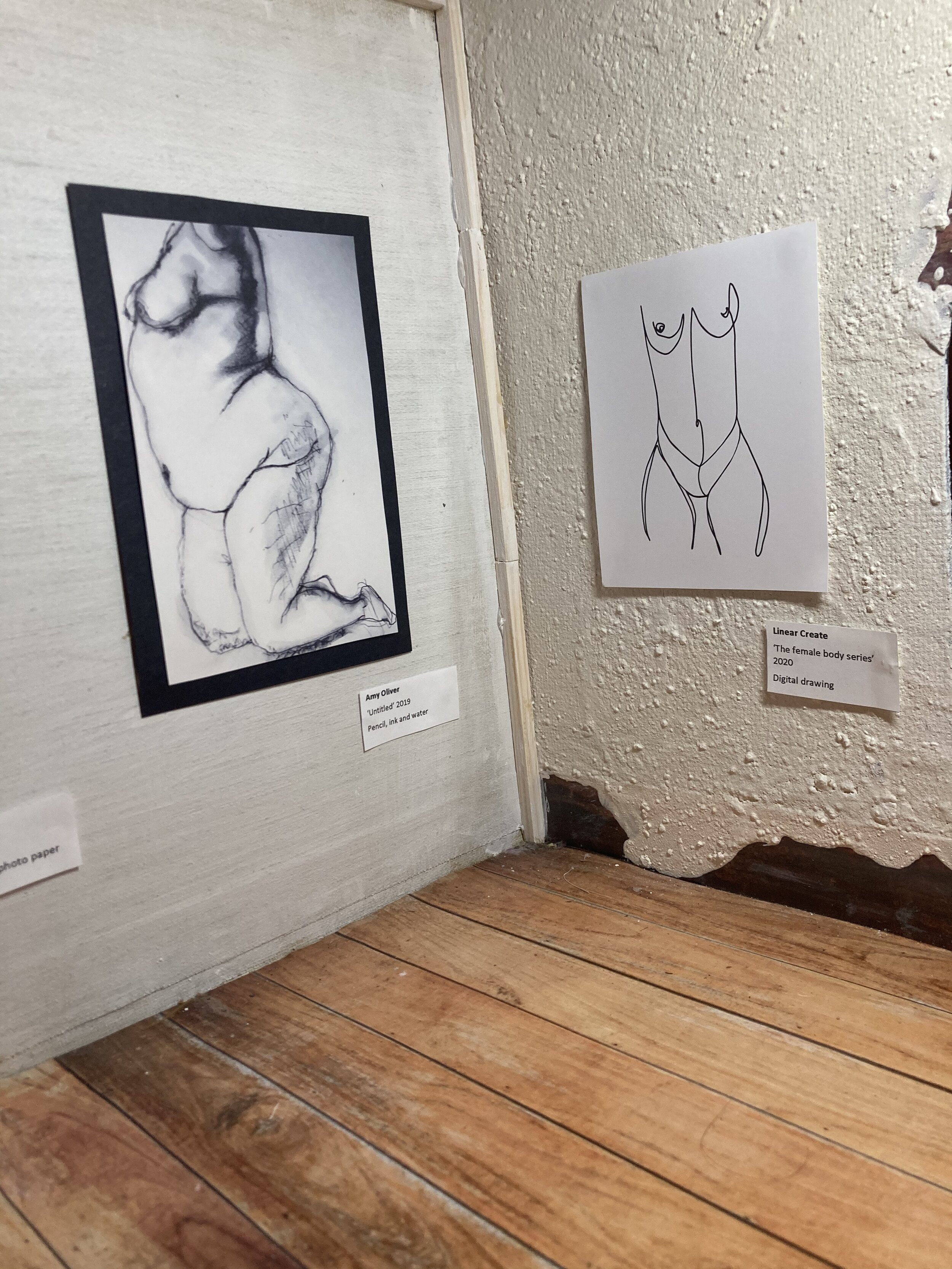

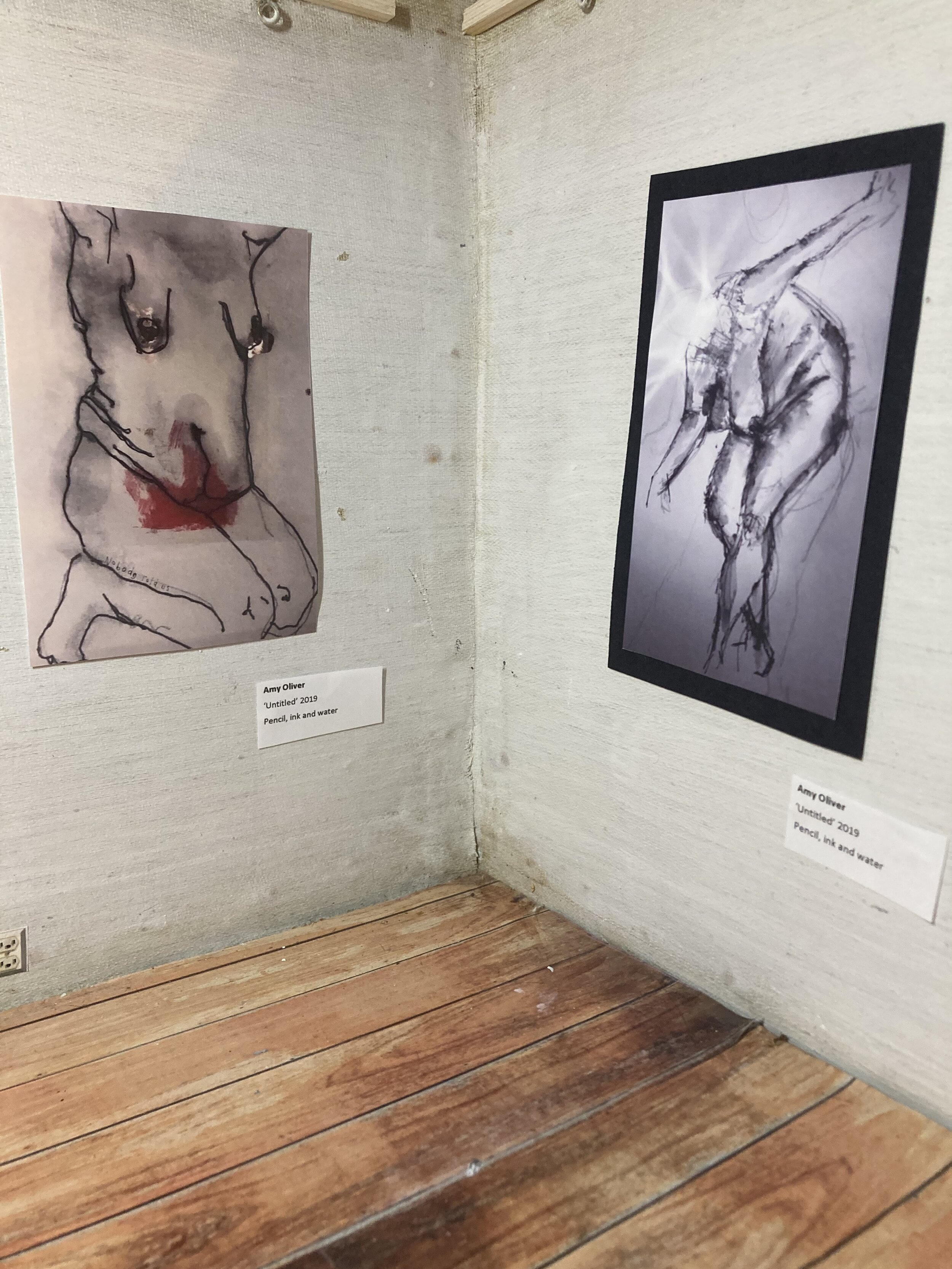



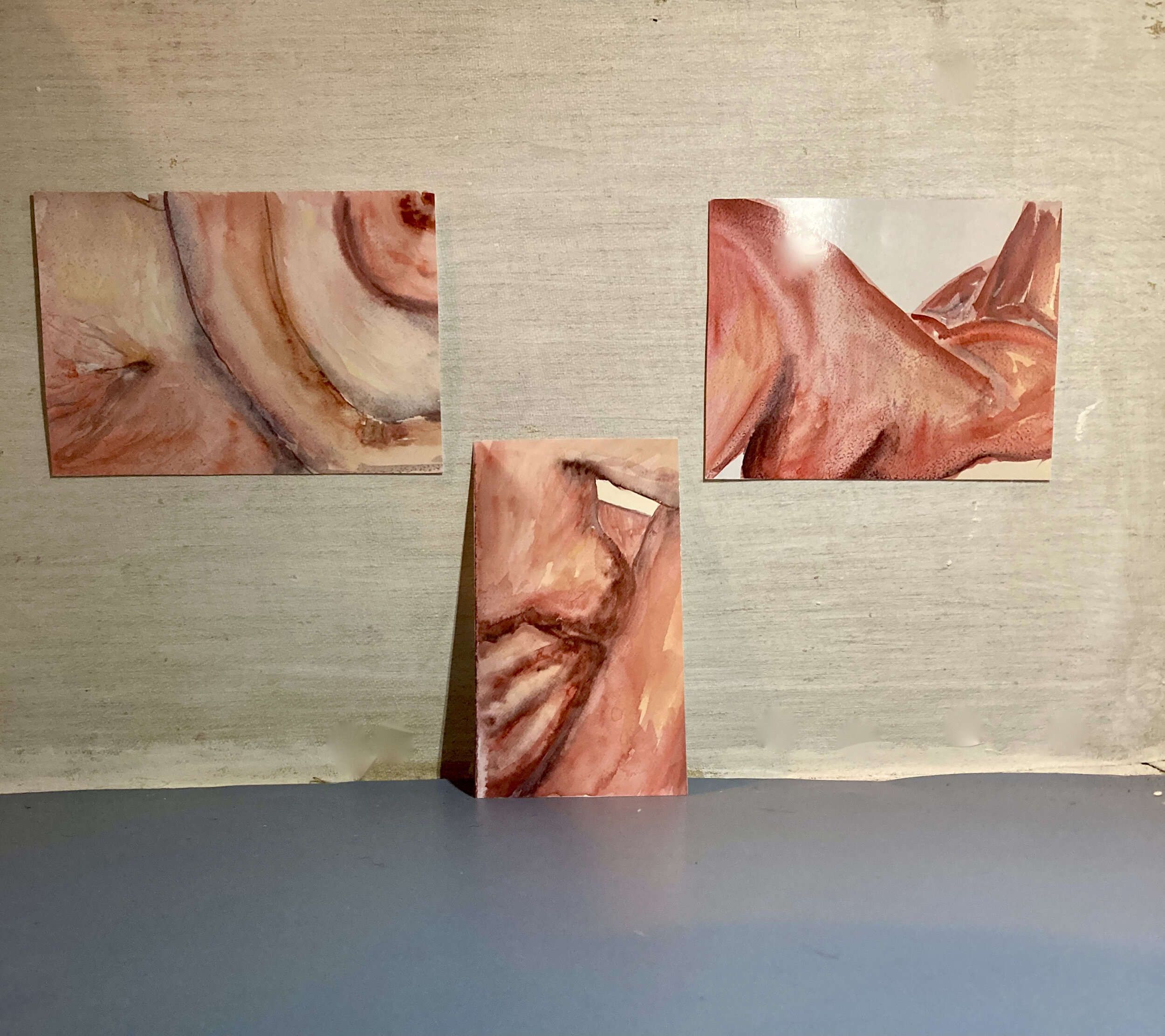
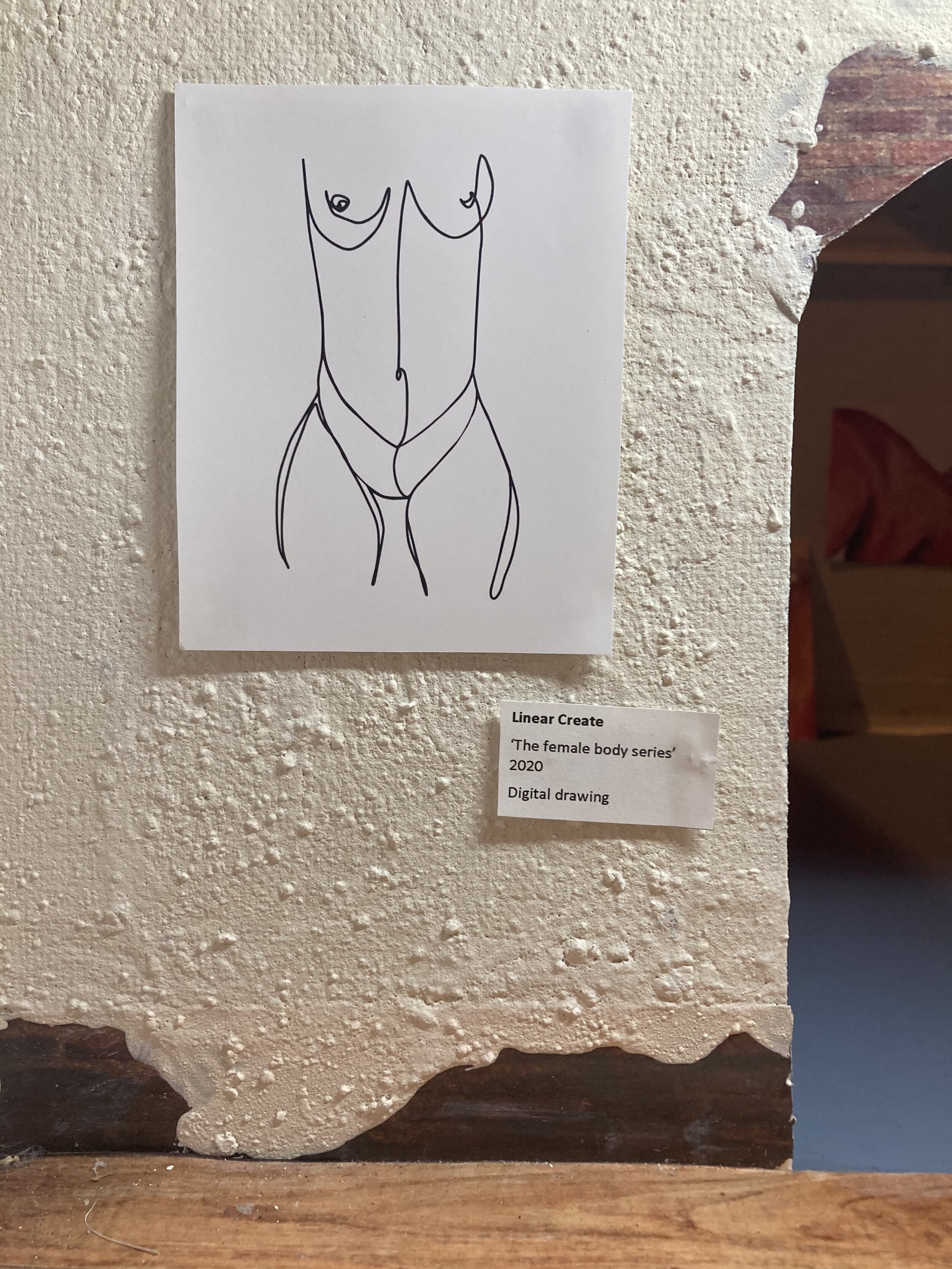
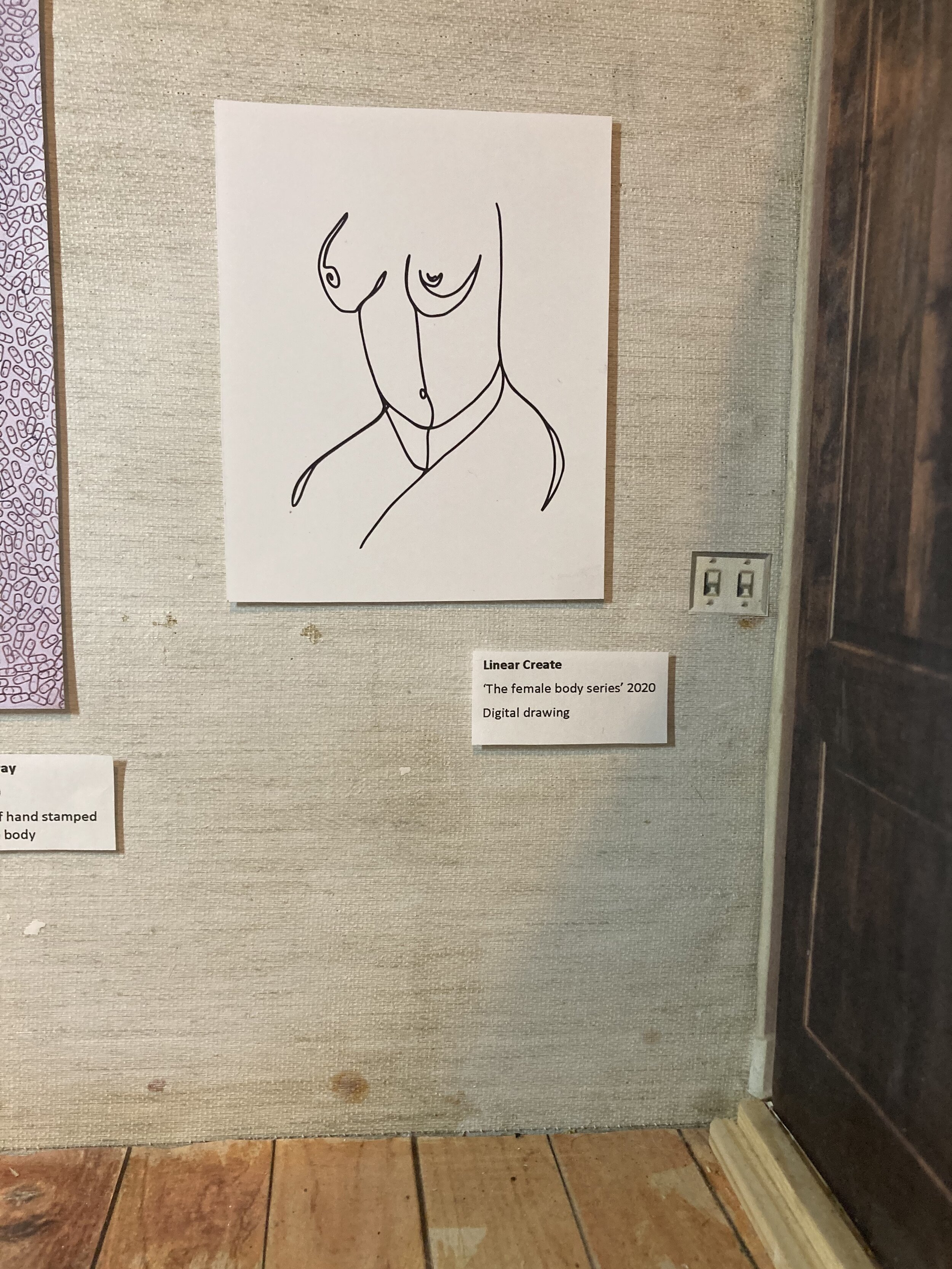
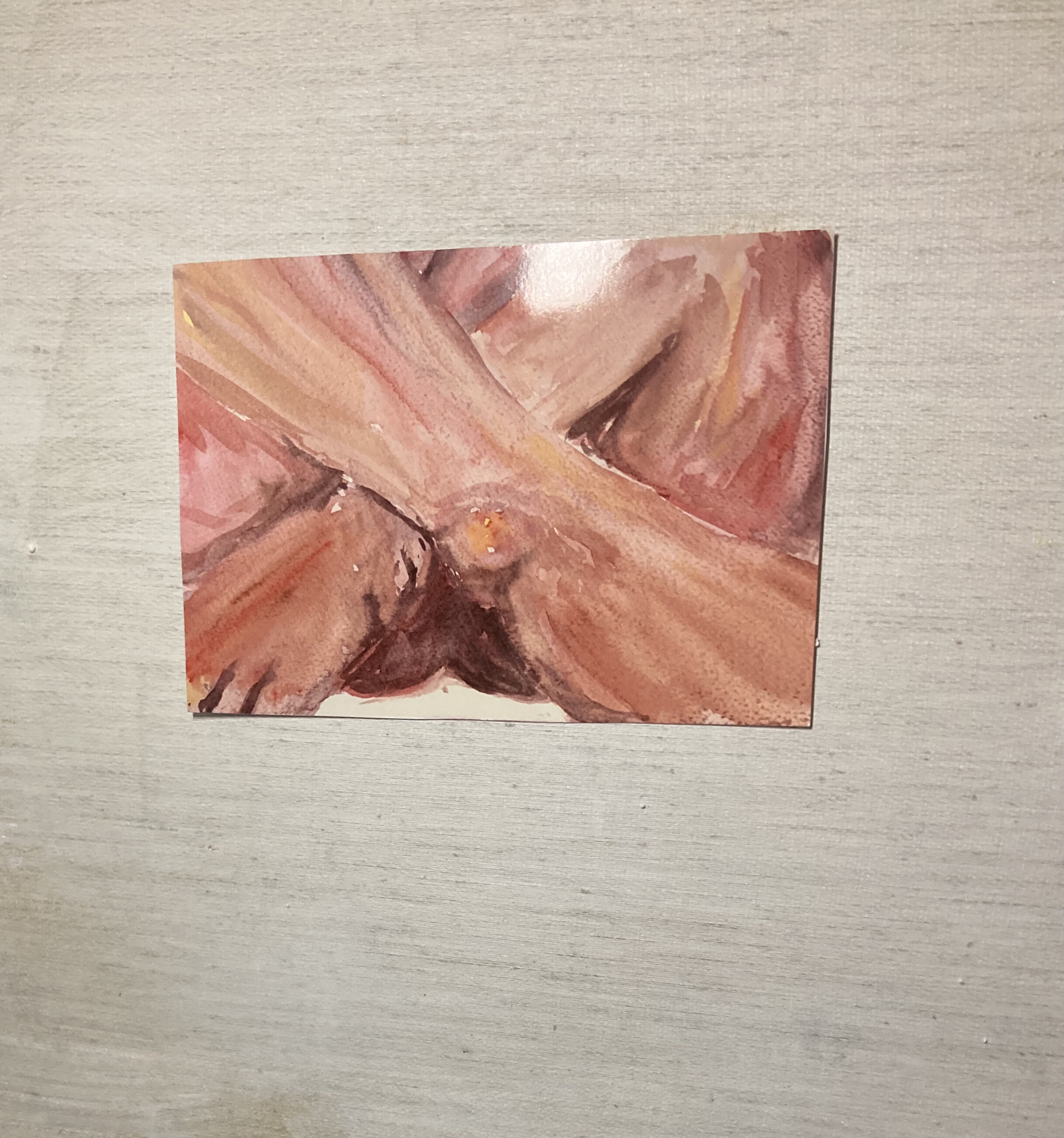
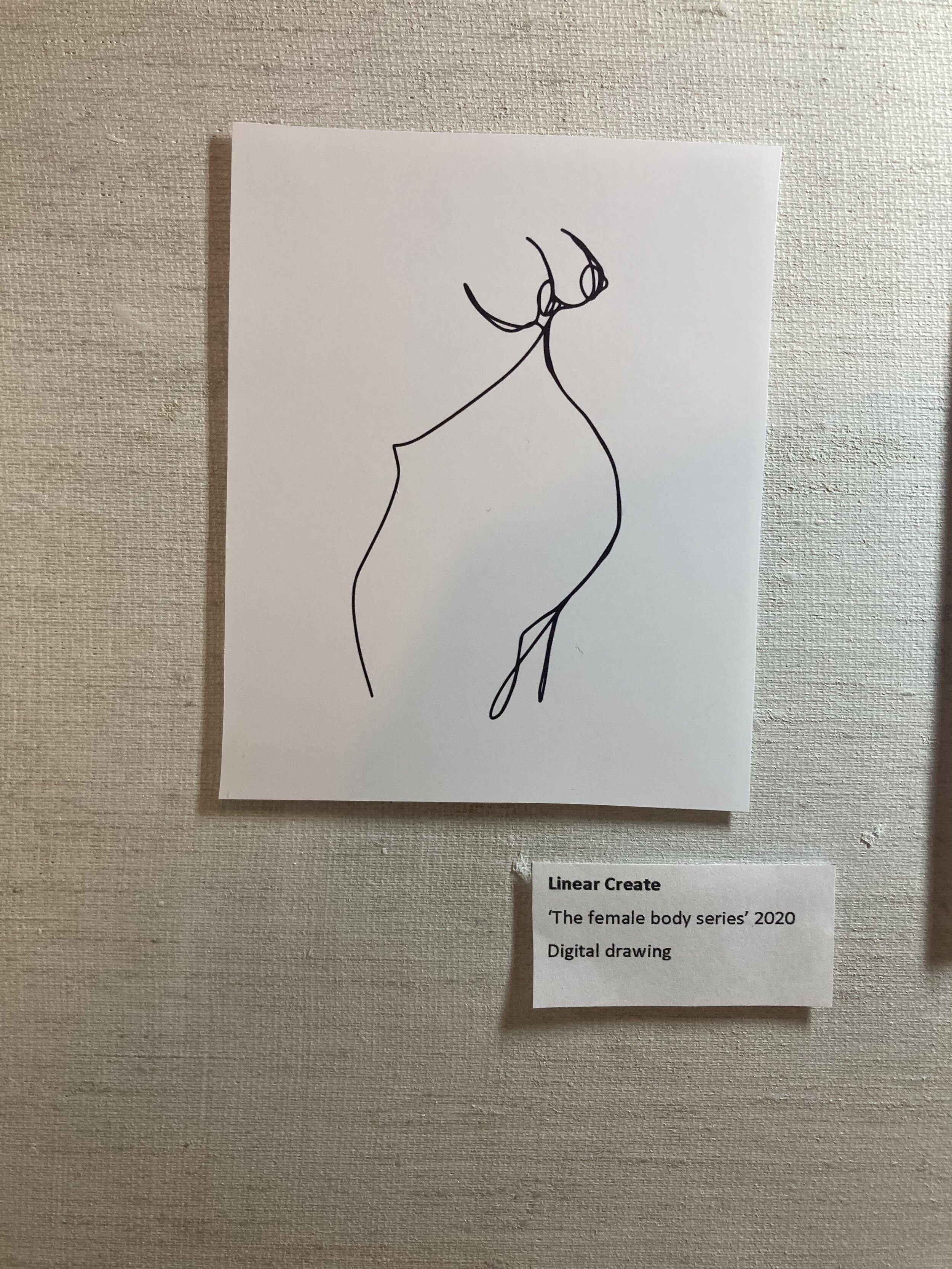
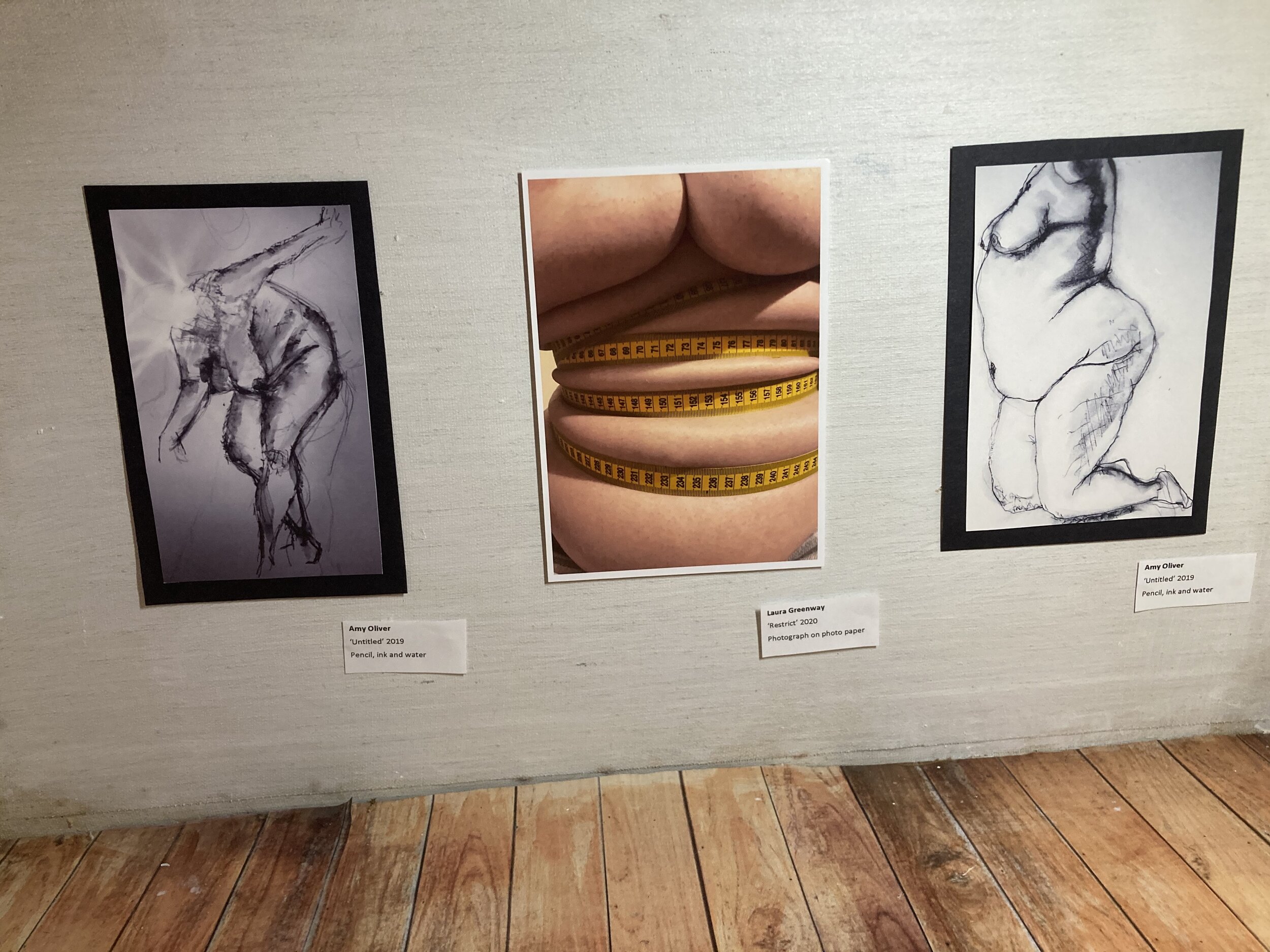
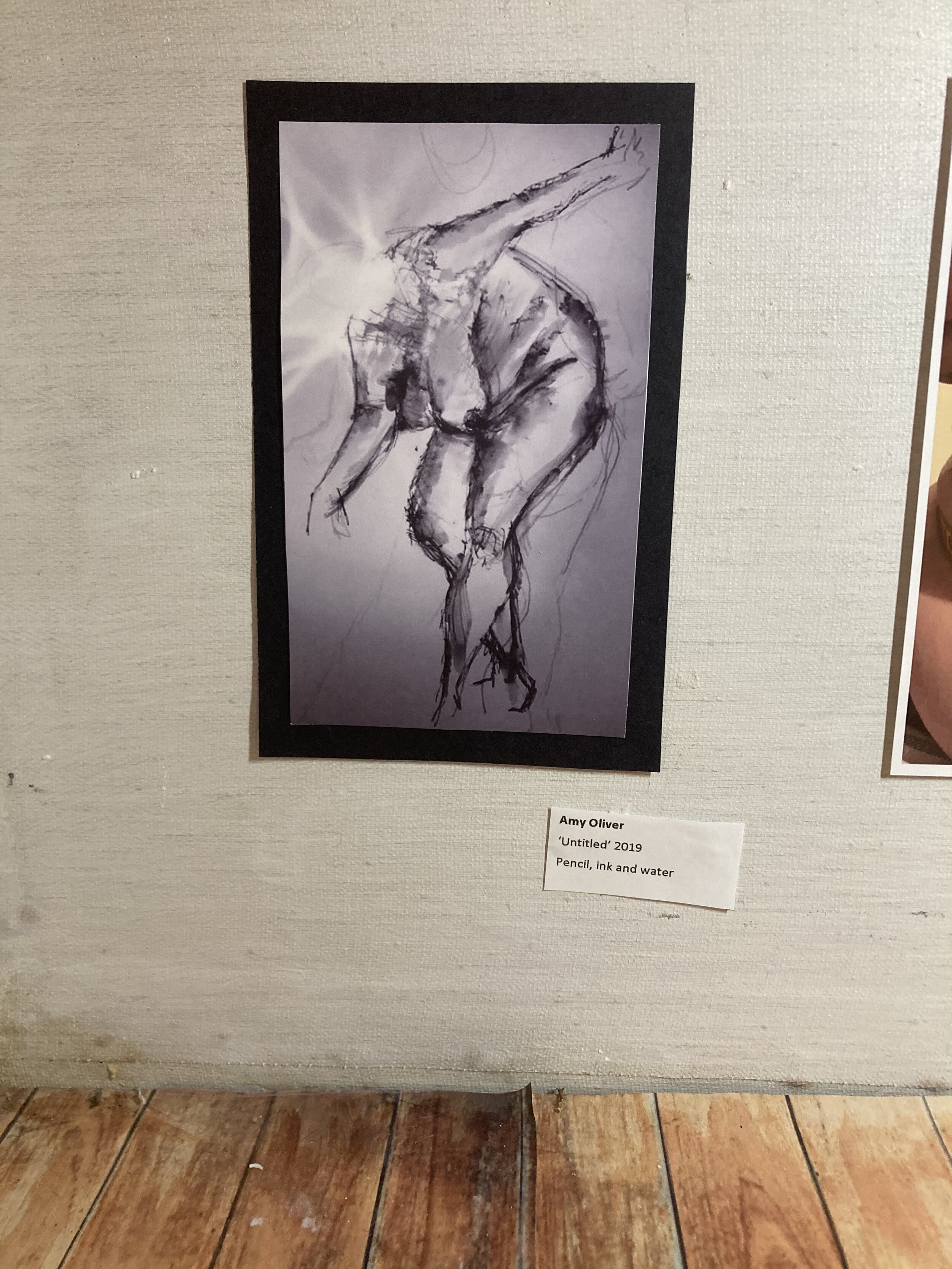

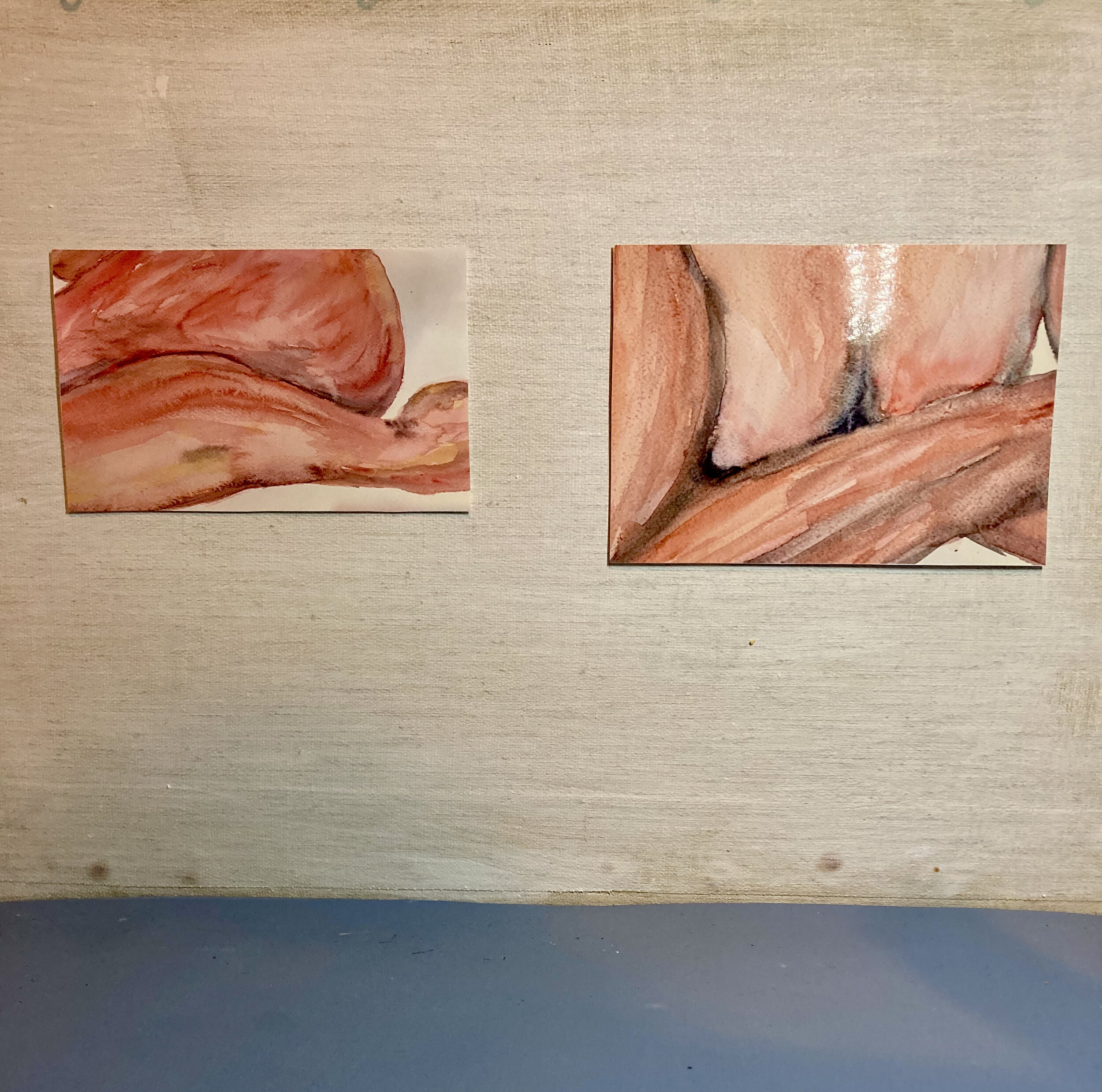
Artist - Nichola Rodgers BA (Hon), MLitt
My art practice explores the connections and ruins of the body as landscape, ecology, and experience. How do we connect to our world and our communities? I am an artist whose work spans drawing, painting, installation, and sculpture. Using alchemy of materials and sublime spaces to create narratives and environments. By developing narratives, I offer visual autobiographies, articulating images of mind, body, and earth. My interest is in how fragmented imagery, memory, and objects correspond to the fleeting quality of thought and imagination, with the aim to capture an internal connection with the preoccupying thoughts that shape one’s own experience of being. By examining traces of change and dissolution through time, using nature and human intervention and connection is a focus of my work.
******************
Kate harrison - artist
Kate loves collecting flora and fauna and using nature's own materials and things that people would normally throw away within my work, be it a pair of wings from a dead fly on the windowsill, a poppy seed head, or just a delicate butterfly and some old moss to create tiny mystical people, coupled with tiny speech bubbles cut from old comics and obscenities from ancient Viz issues. Her work is neither serious nor intellectual. It is just made to make you smile. a bit of lighthearted fun. But she may occasionally use the platform to say something more meaningful, which this exhibition is all about, celebrating women for international women’s day and women’s month, in collaboration with POW! Thanet fringe arts festival margate.
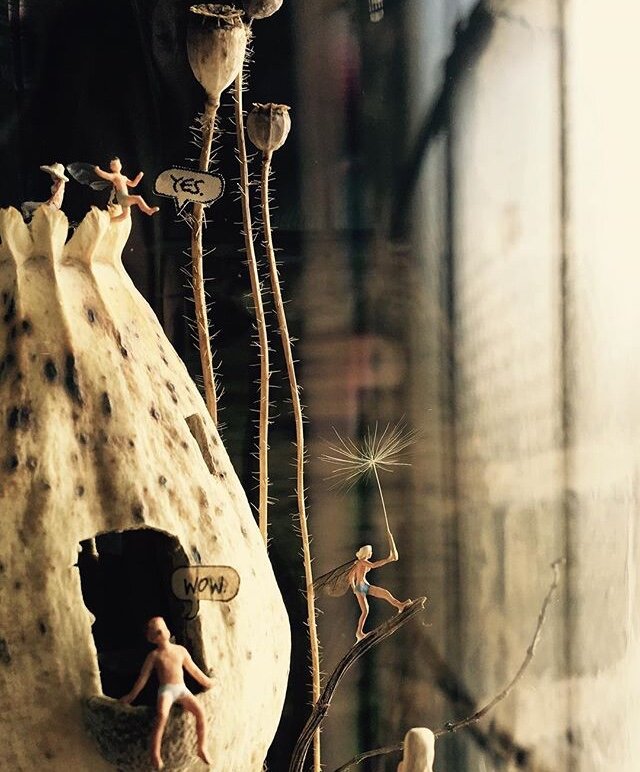
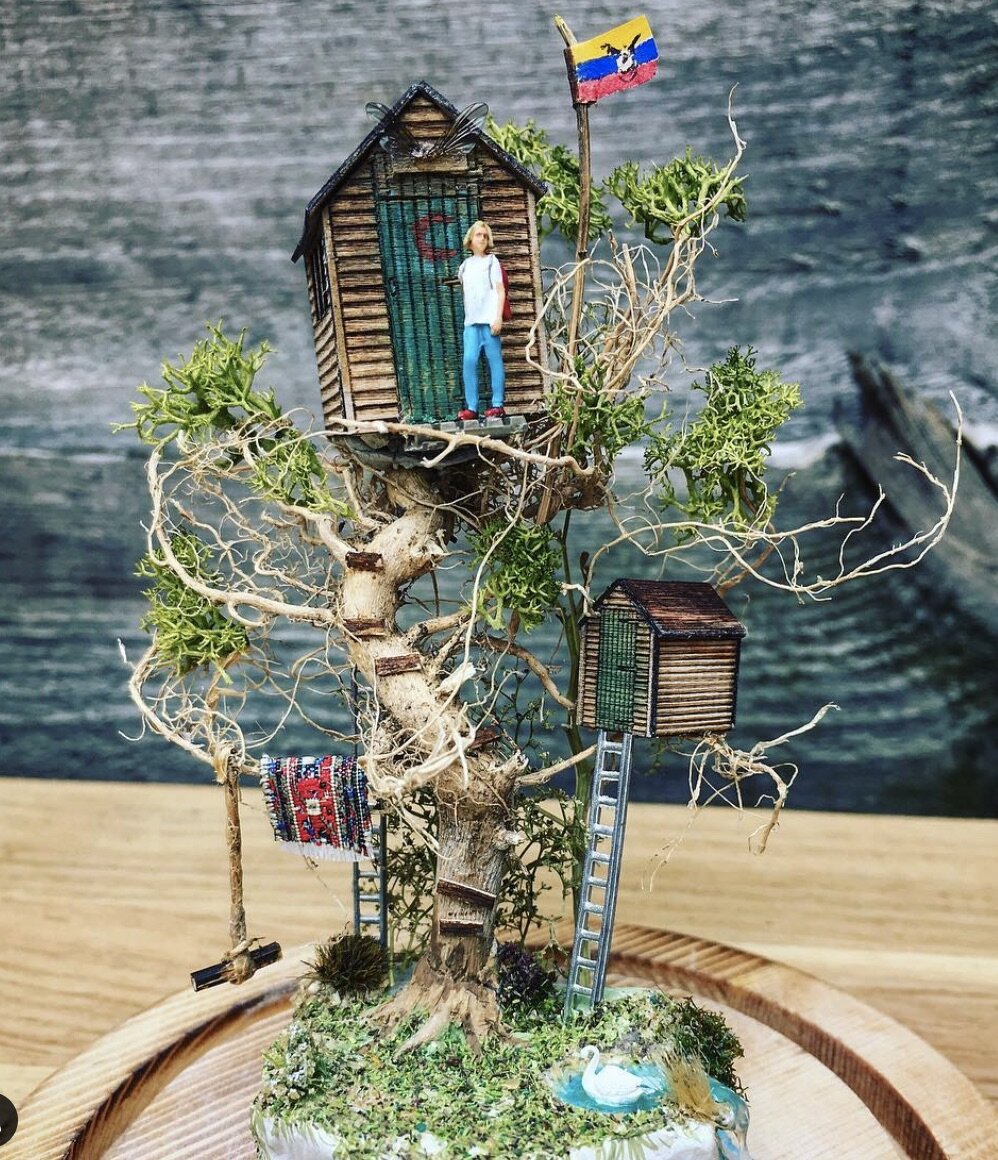

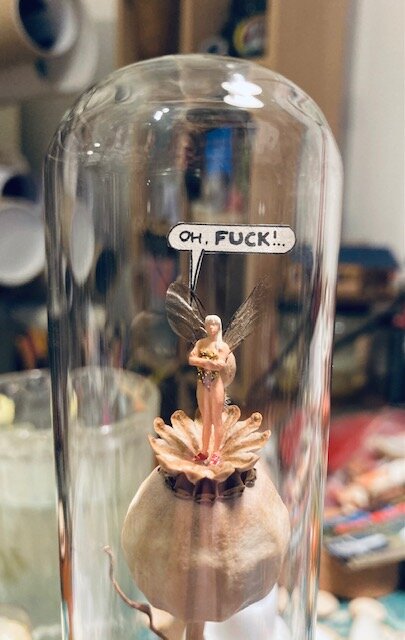
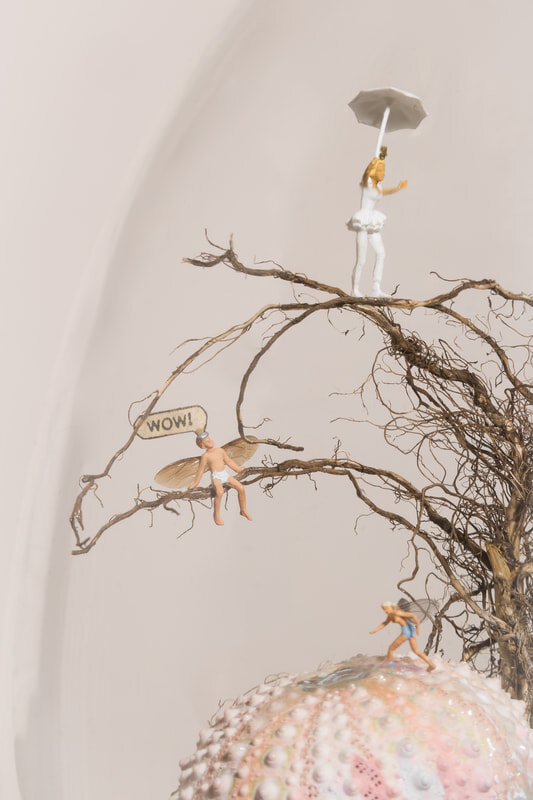
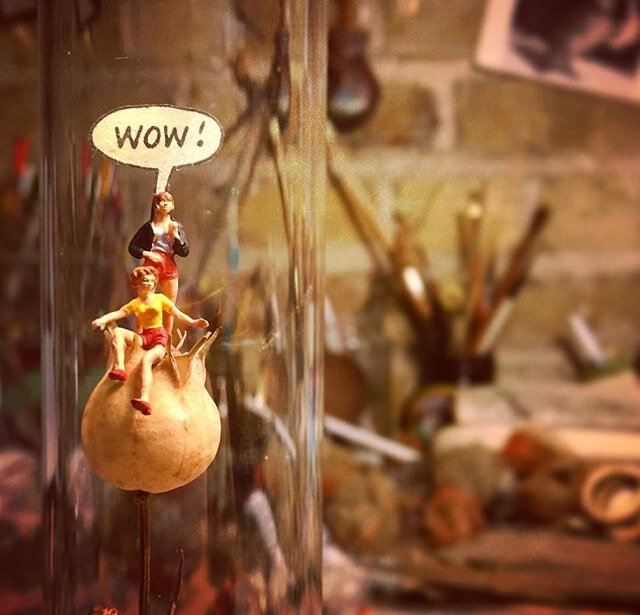


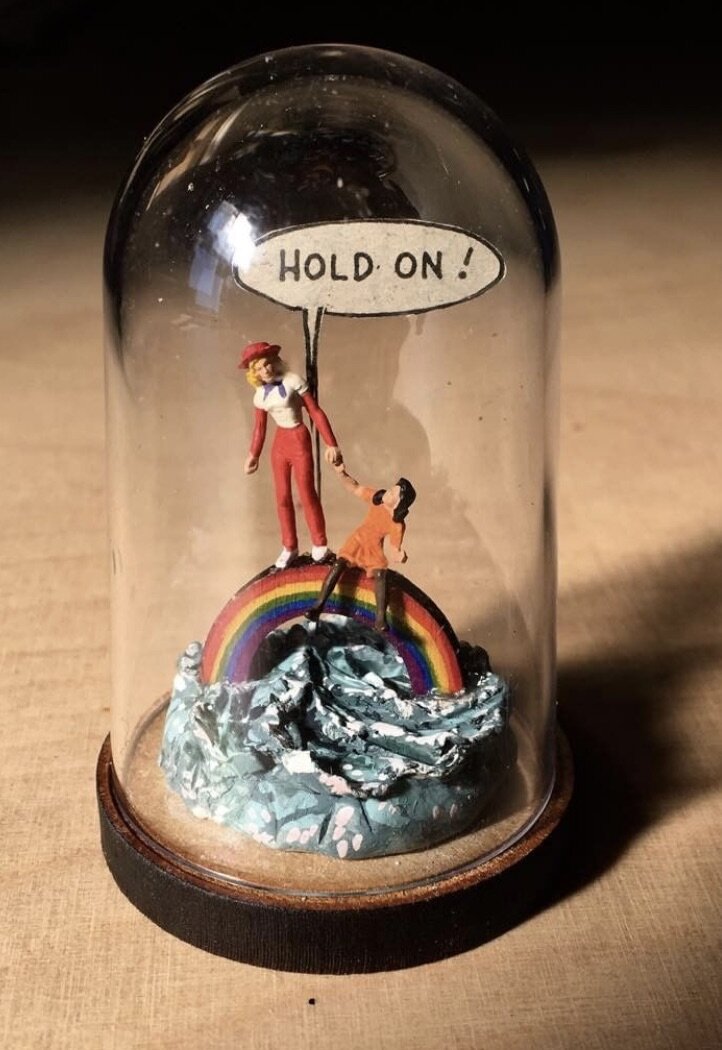
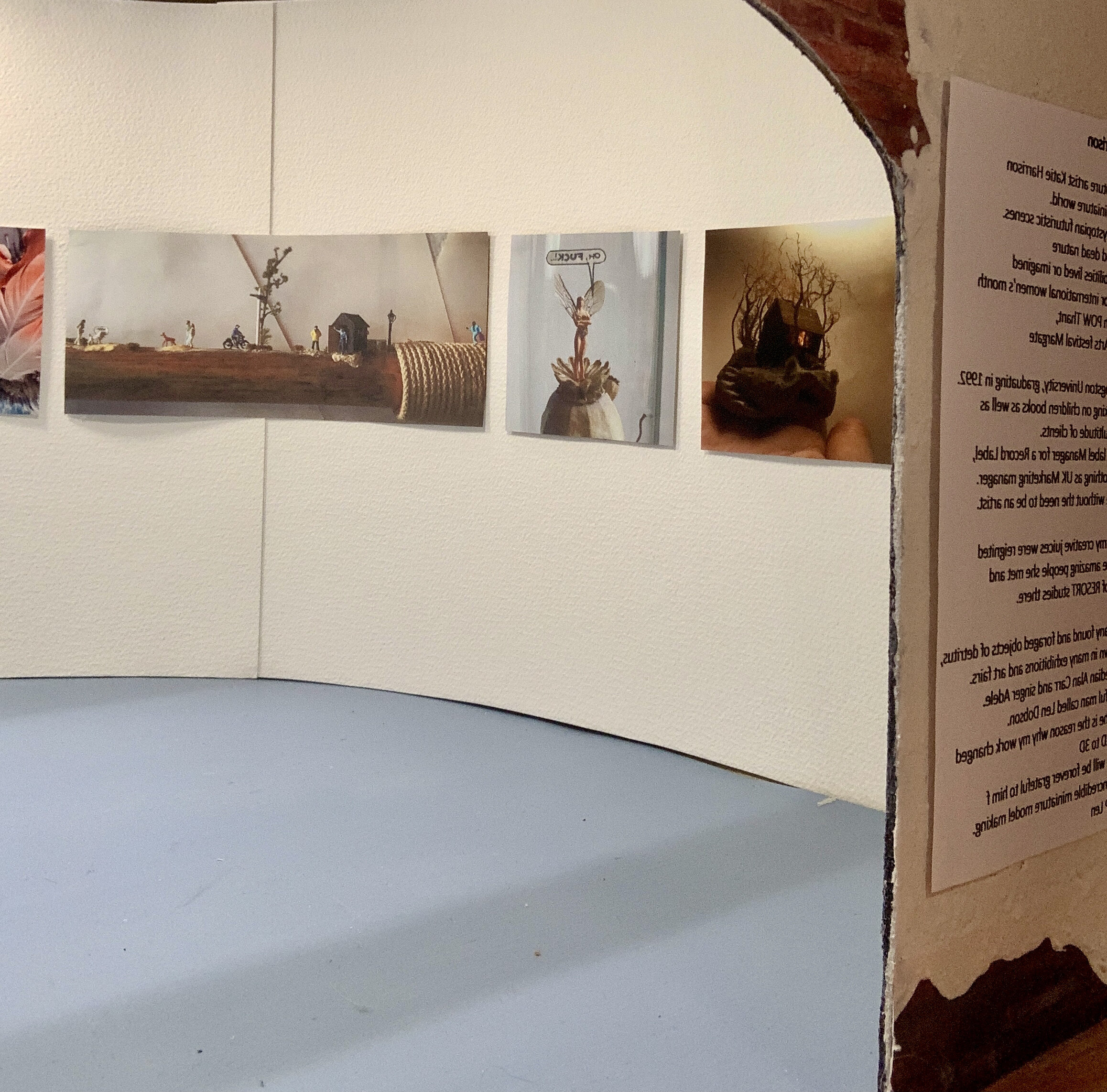

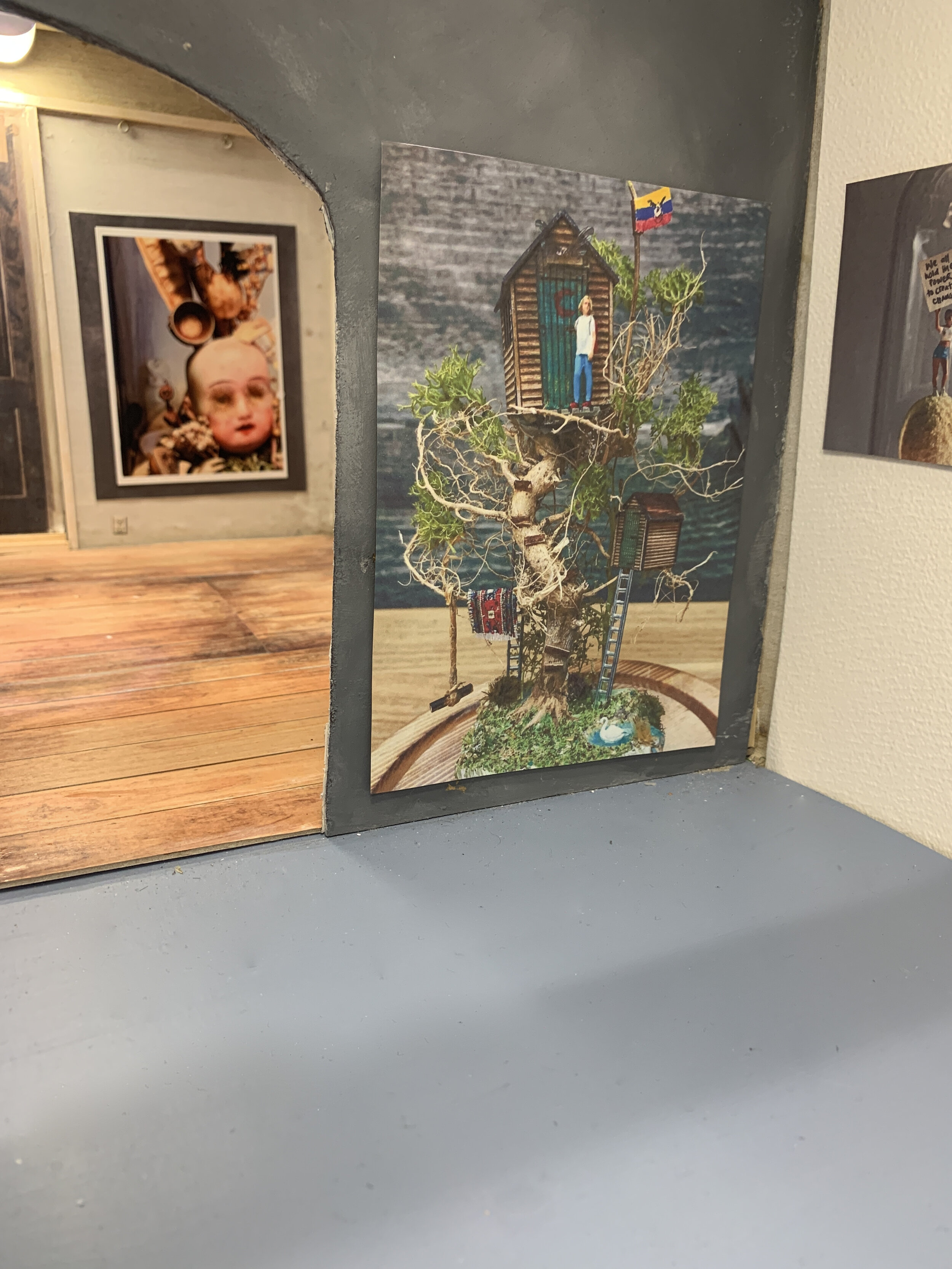
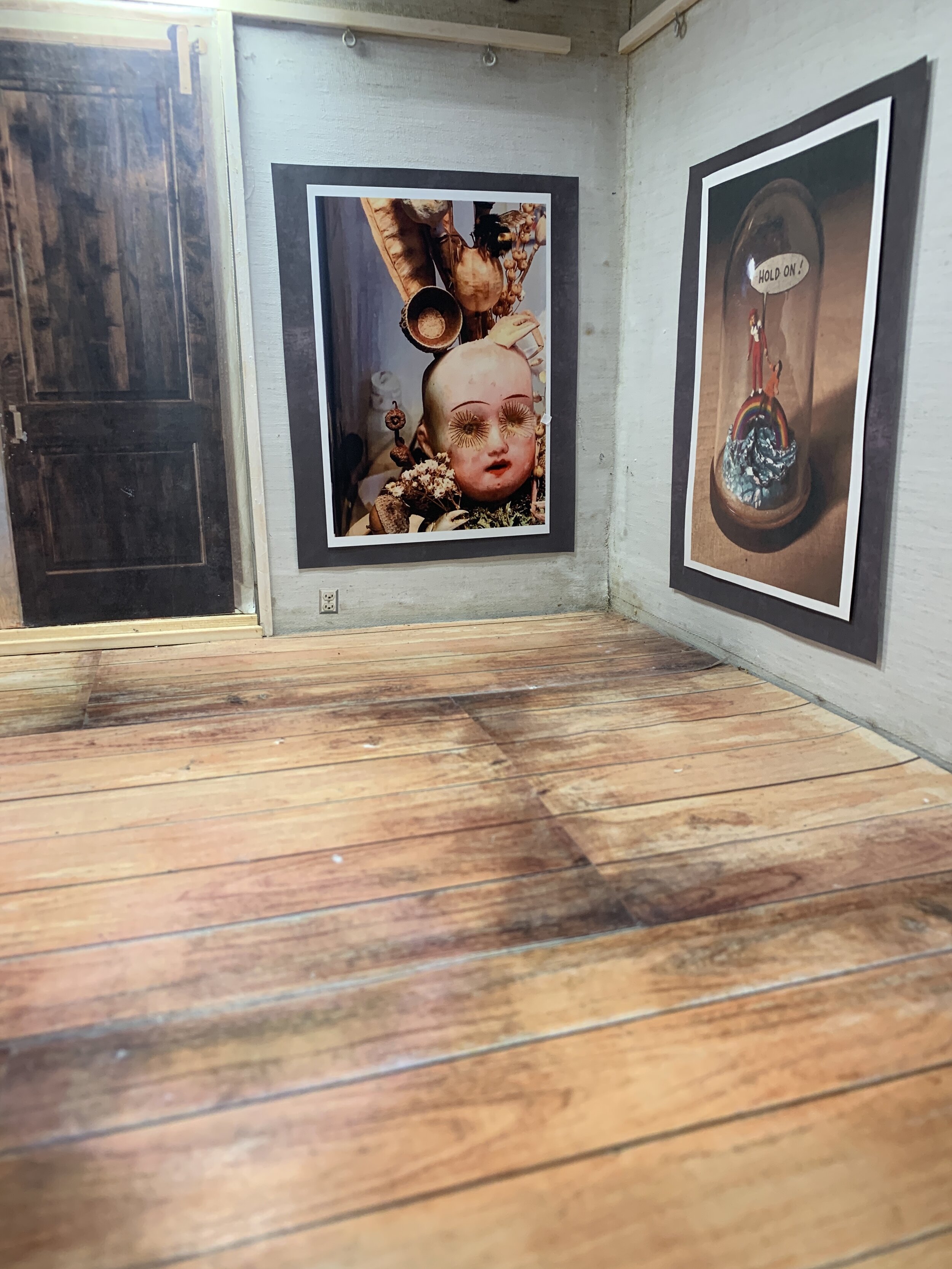
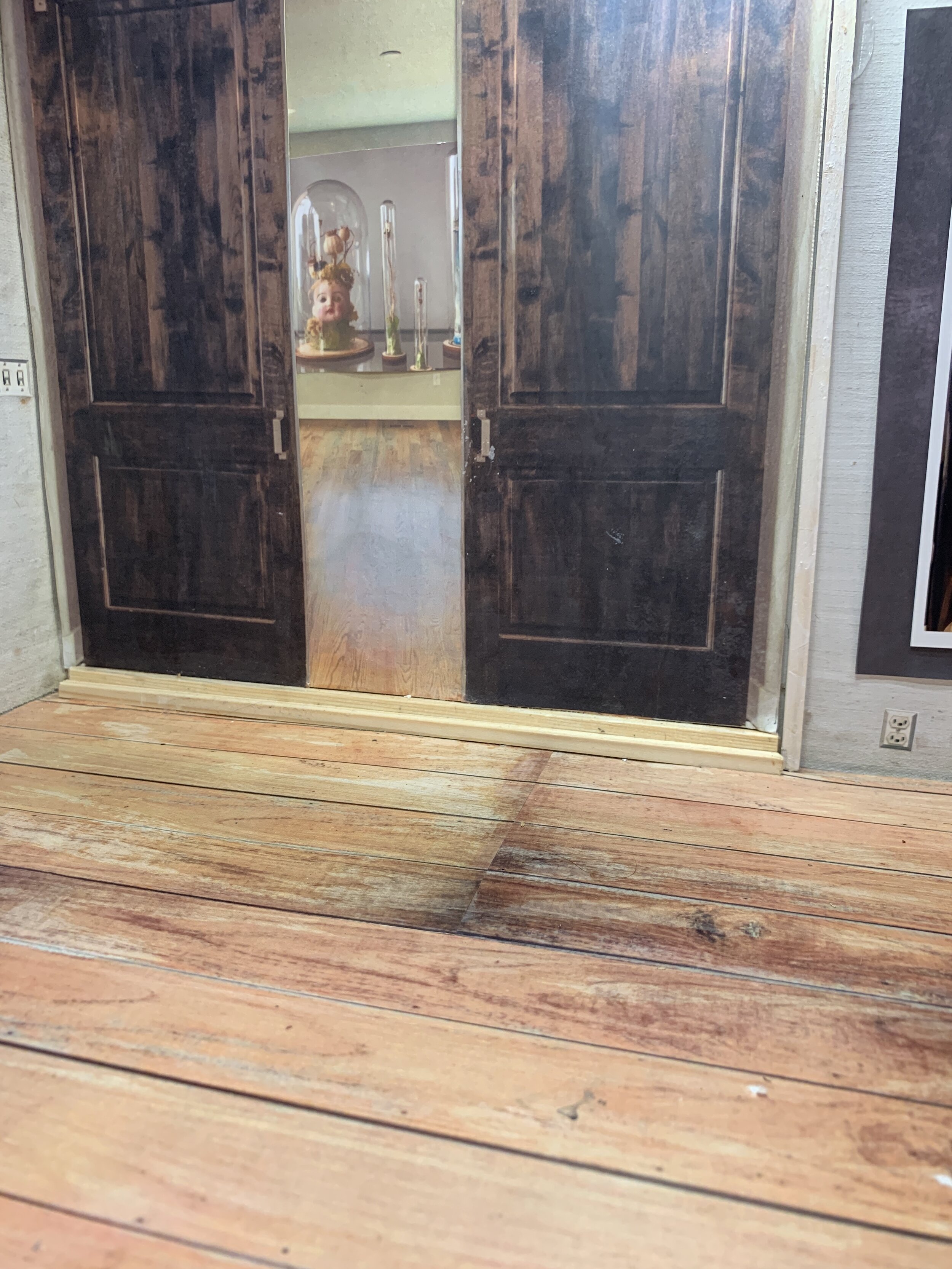
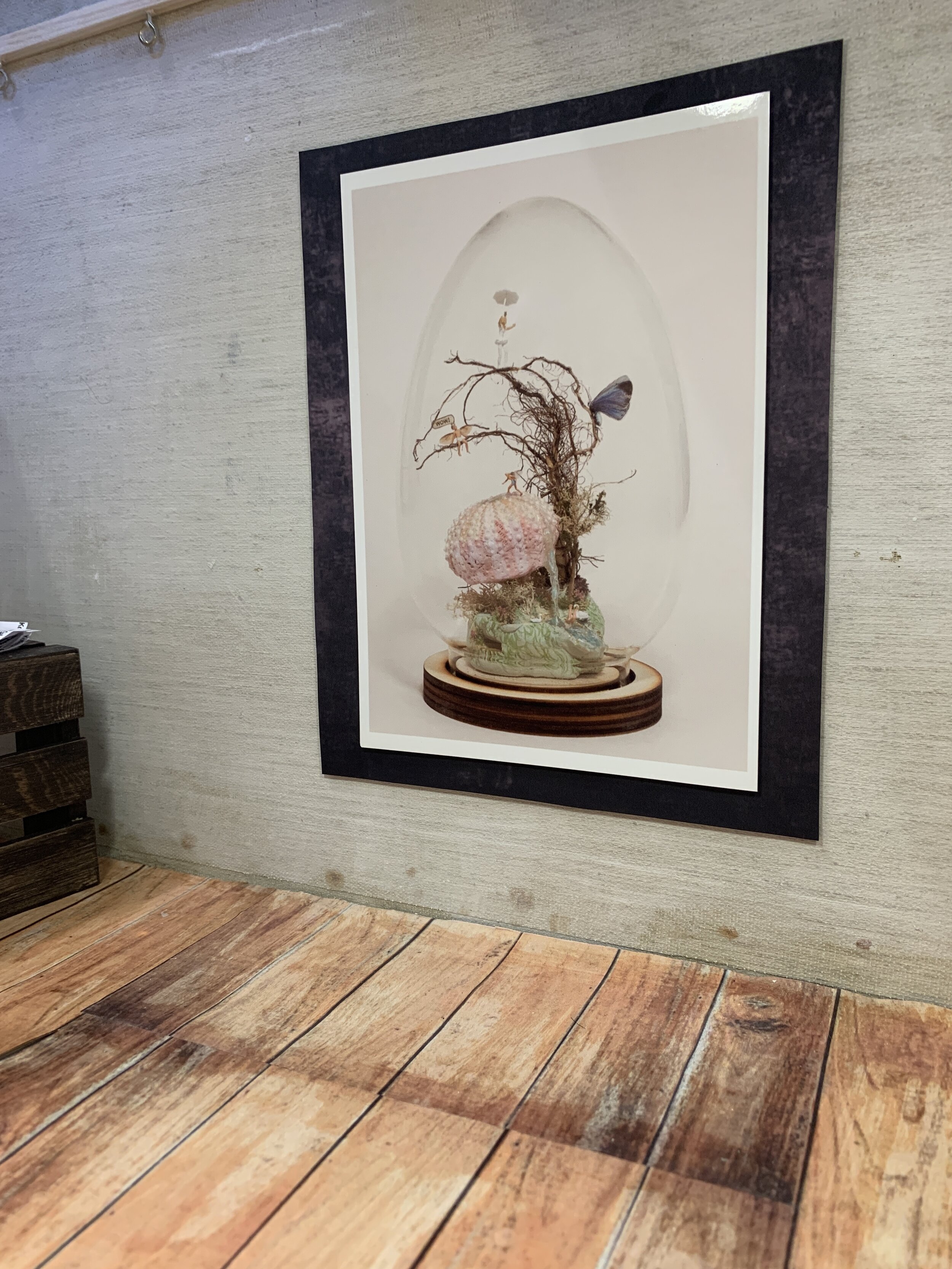
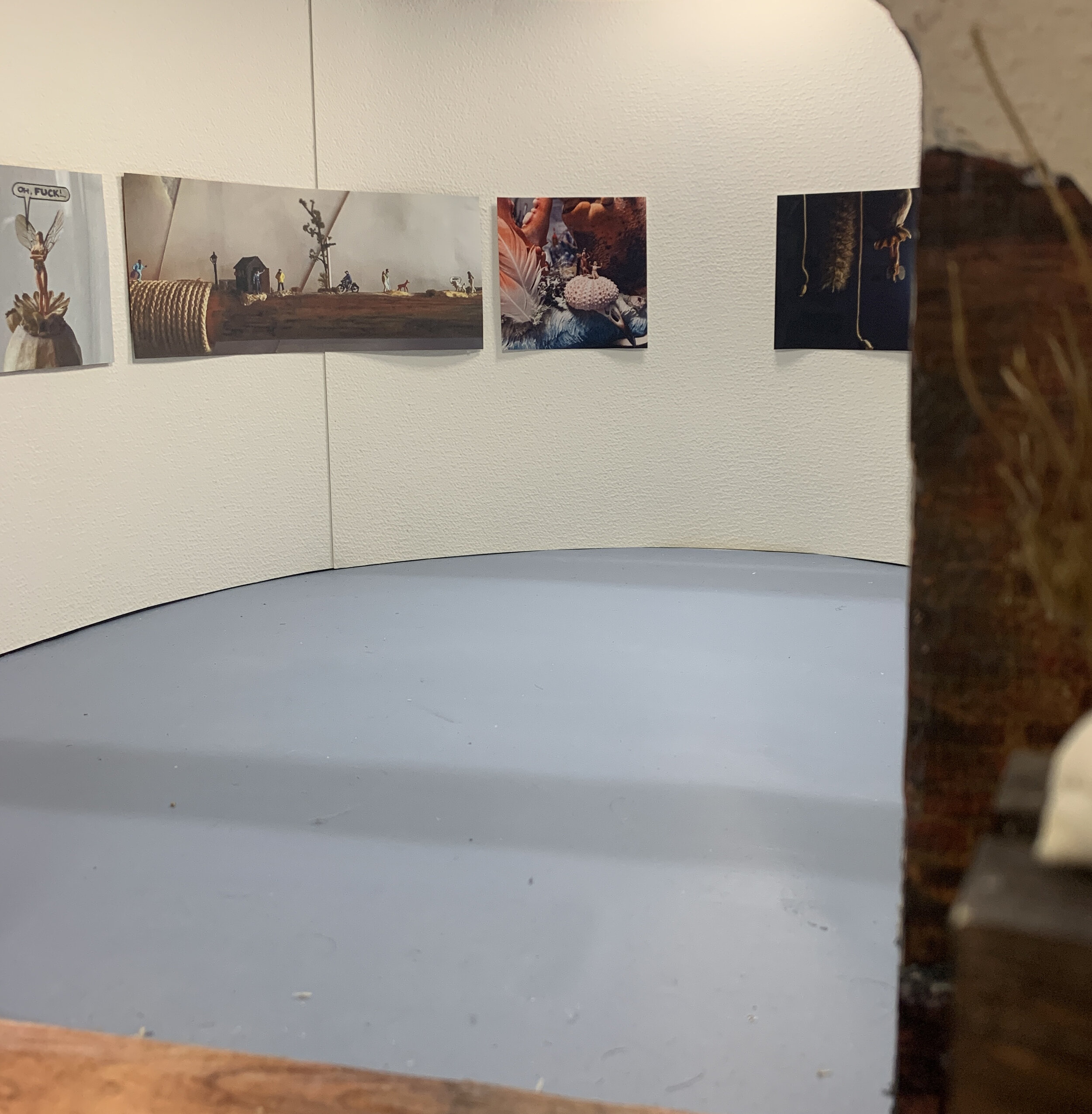



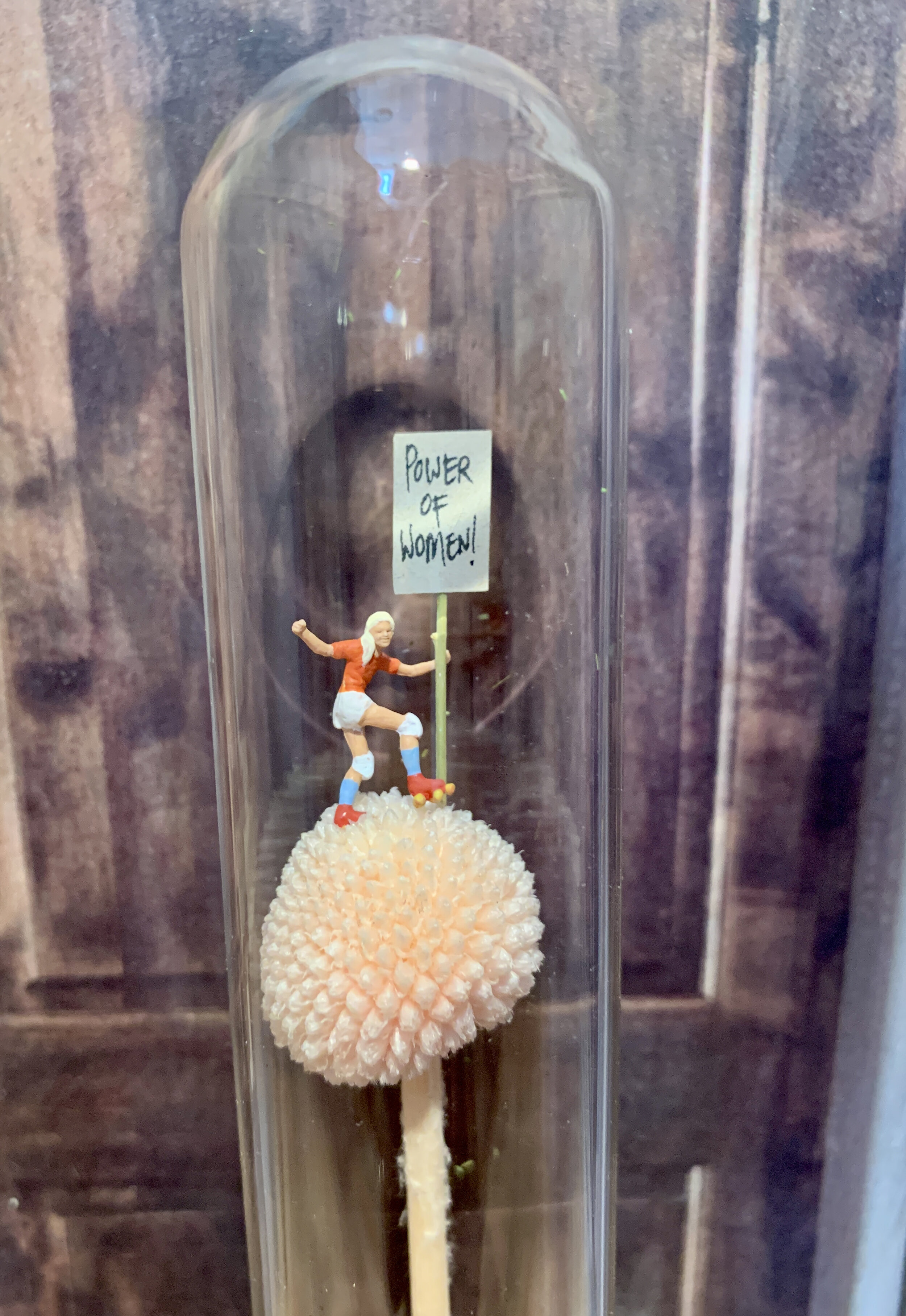
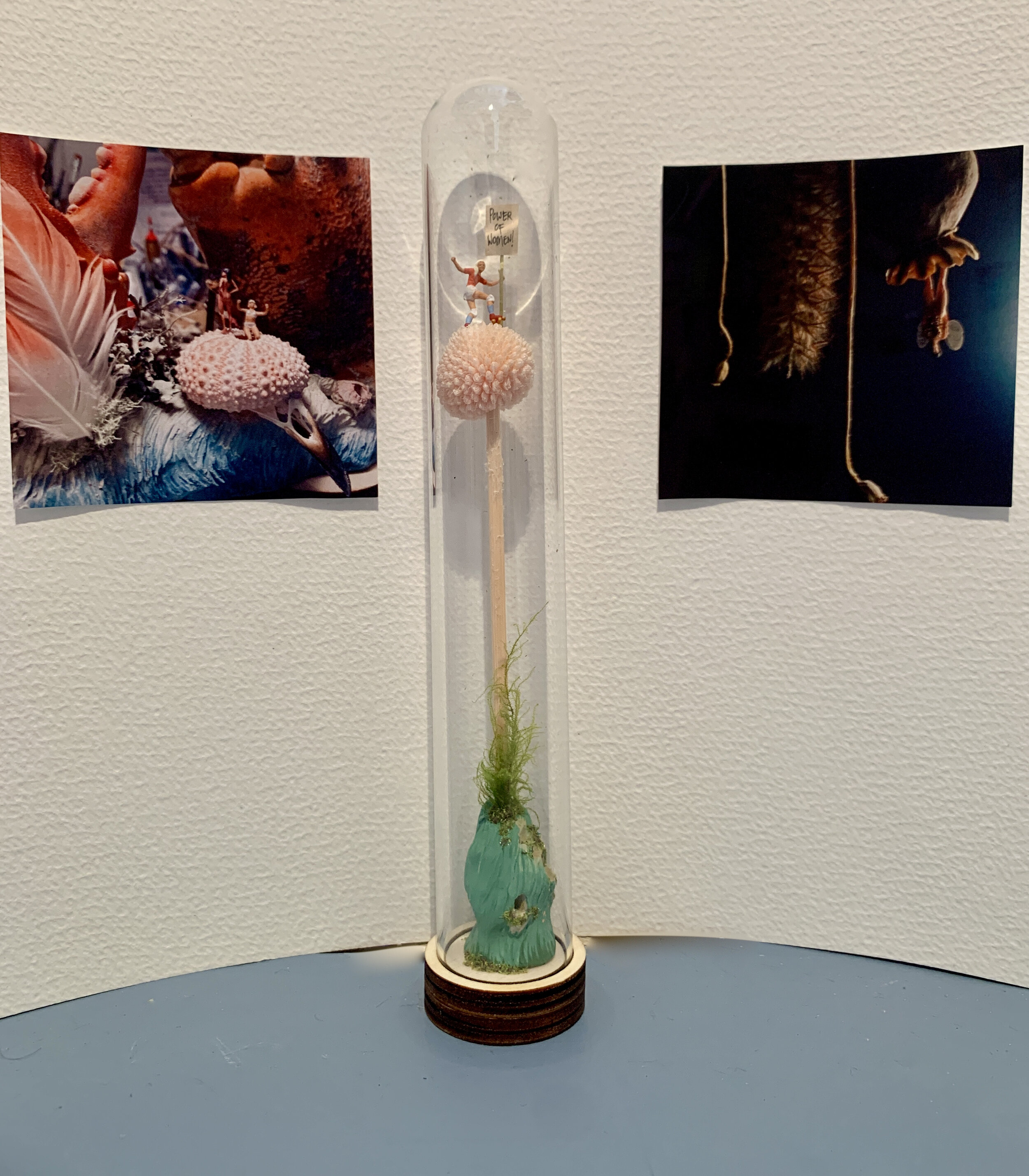
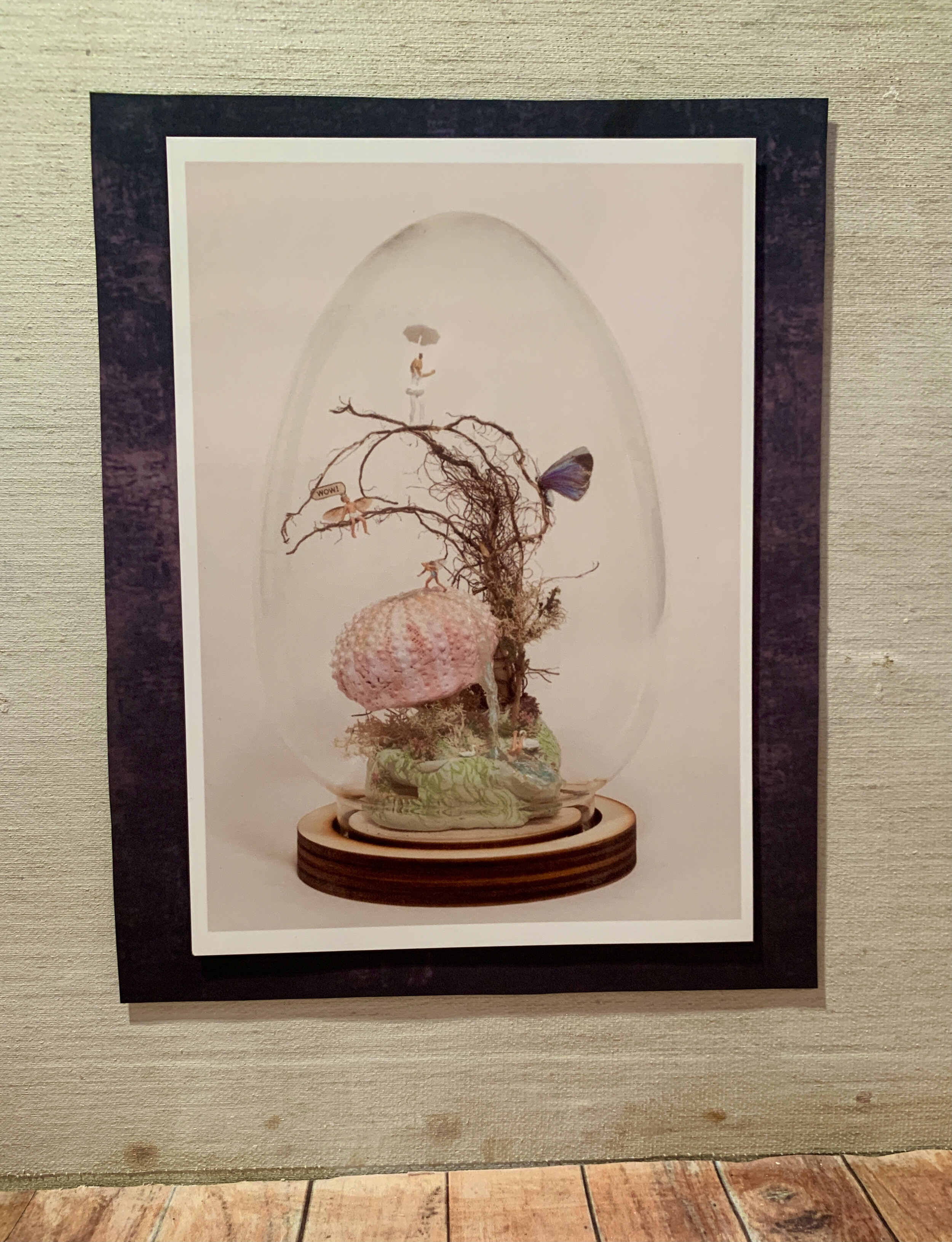
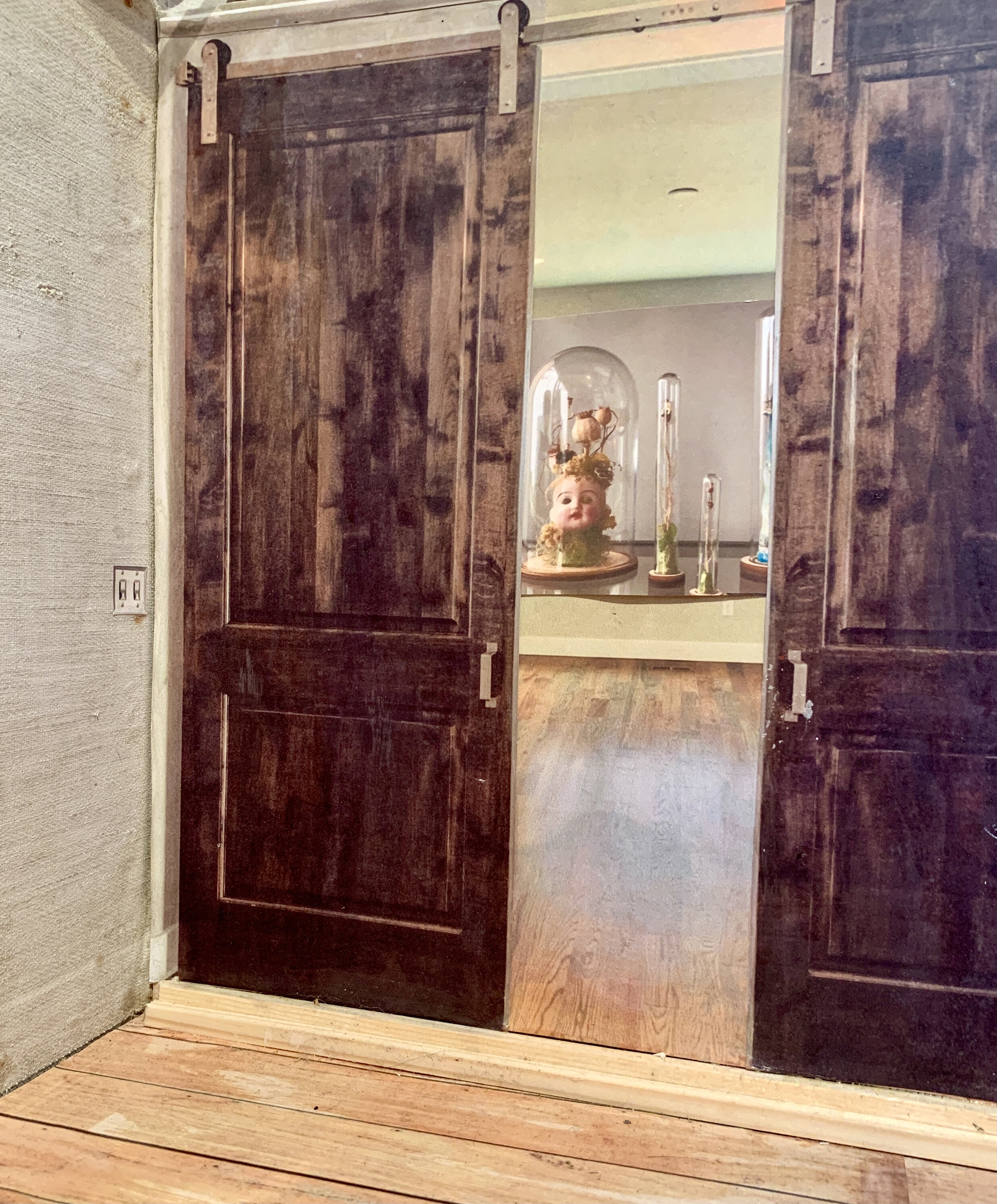
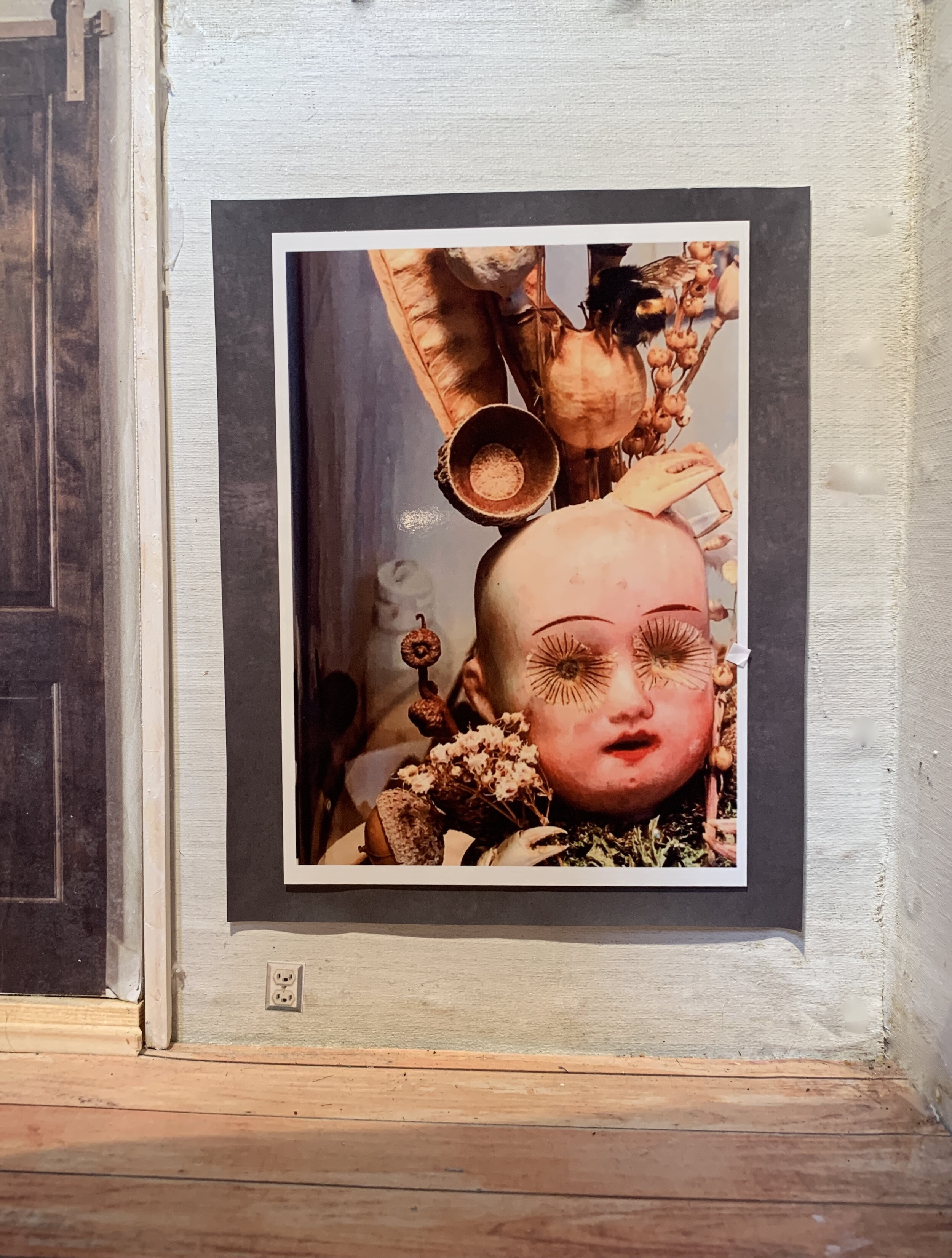
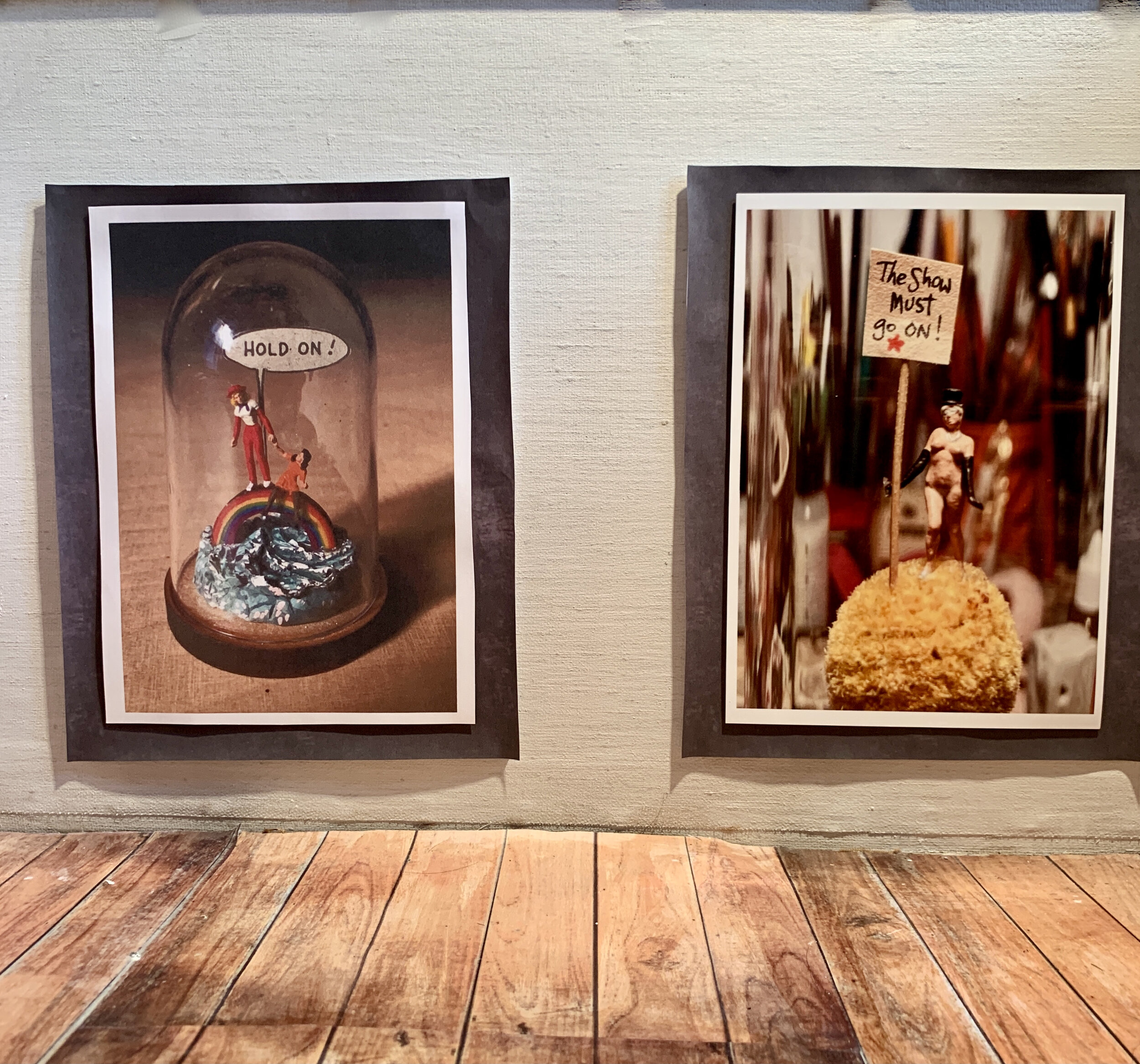
******************
‘Into Perspective’ is the third joint show from artists Laura Greenway and Carlie Simpkin. The pair met on their Bachelor of Arts degree in Fine Art back in 2011, which they studied at UCA Farnham, immediately connecting over their shared passion for making art that explored the theme of mental illness. Both artists use their practices to explore their own experiences of mental health issues, with Laura’s work focusing on her struggles with Obsessive Compulsive Disorder, Depression, and subsequent body image issues. Similarly, Carlie’s work considers her battle with Depression and PTSD. Since graduating, both Laura and Carlie have gone on to exhibit across the country, appearing in a number of group shows together as well as curating their own joint show that was exhibited twice in London during 2018.
‘Into Perspective’ sees both artists expressing their experiences through text-based work as well as photographic imagery and other mixed media work. Featuring a series of never seen before, exclusive works, this candid and vulnerable show analyses what it’s like to live with symptoms of mental illness such as intrusive thoughts, emotional numbing, and the re-experiencing of trauma. Being able to experiment with their own show at the Kofferraum gallery has allowed the artists to play with scale as well as test new ideas including using techniques, media, and subject matter that they haven’t previously been able to explore.
The show aims to get the public talking about mental health and in turn help to reduce the stigma that so often surrounds psychiatric illness.
************************
Artist Thyme James
A Glasgow based inter-disciplinary artist
Their practice is based on expanded painting, combining traditional notions of paint with filmmaking print, and drawing. Focusing on the female form, as a conceptual tool, to explore gender, inclusivity, sexuality, and object-hood in the arts. Recent works attempt to question the impact of online spaces on relationships and the body. Using highly saturated colour fields to render form, through the consideration of digital design, and applying this to traditional mediums. And bringing online and offline worlds together. This work suggests the anonymity one can present on the internet and the voyeuristic nature of interactions through the screen.
Thyme graduated from The Glasgow School of Art in 2019 with a BA (Hons) in Fine Art Painting, Attended the Academy of Fine Art Vienna in 2016/17, and received the New Graduate award from The Royal Glasgow Institute of the Fine Arts.
Curators comments -
I picked Thyme’s work for this exhibition as I really felt that their work connects with our themes of identity on many levels. The prints and paintings portray the artist’s own body, but they could be ‘anybody’, the ambiguous use of form, colour fields, and style open up questions of identity and why does identity matter when we are all born in the same human form with the same emotions. It question’s why and how things change, is it pressure from the patriarchy, capitalism, social media, or our own self destructive minds. These questions are what we all face on a daily basis, the body is constantly being shrouded, covered, and manipulated to conform in one way or another.
By exploring different ways to shroud, erase, cover, and manipulate their own identity in their art practice, Thyme is making the decisions about how their own body is portrayed and viewed they are becoming their own muse, thus switching the control to themselves, thus choosing how the viewer sees them.
********************
This was our first exhibition during the lockdown and went really well considering the restrictions the work is by Nj - www.nicholajaneart.com and is a selection of work that explores the landscape, discarded objects, and our environmental crisis.













